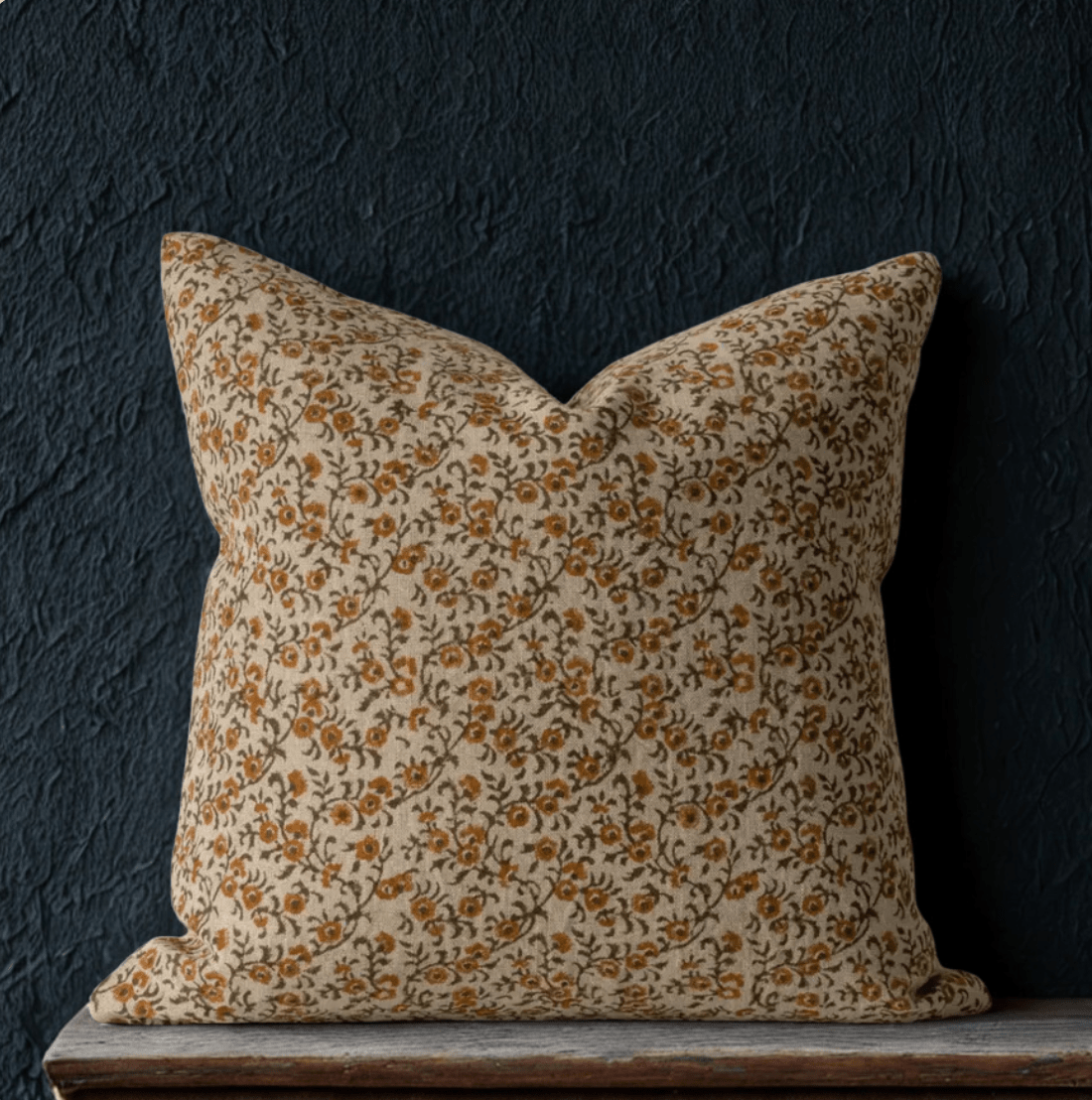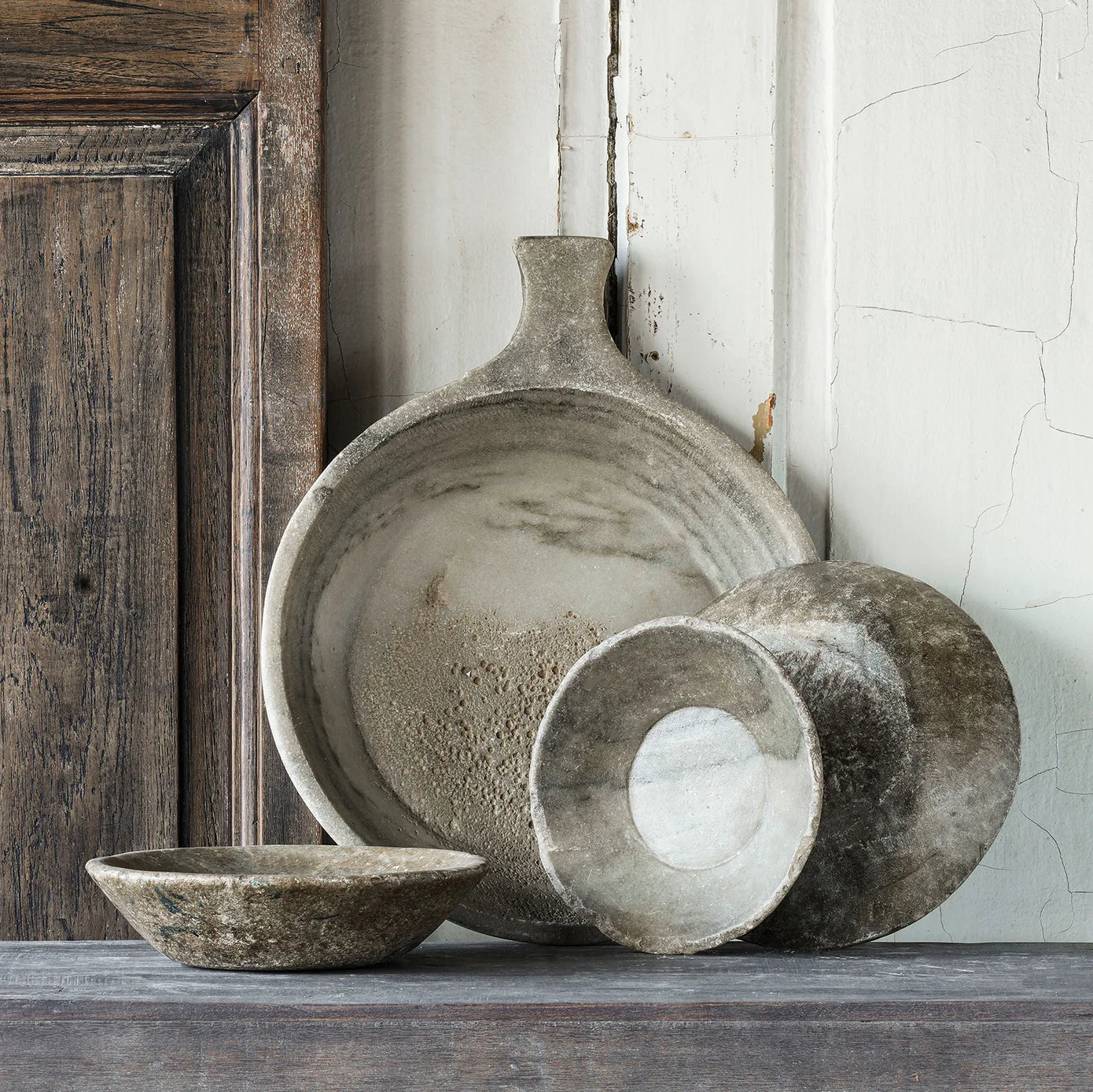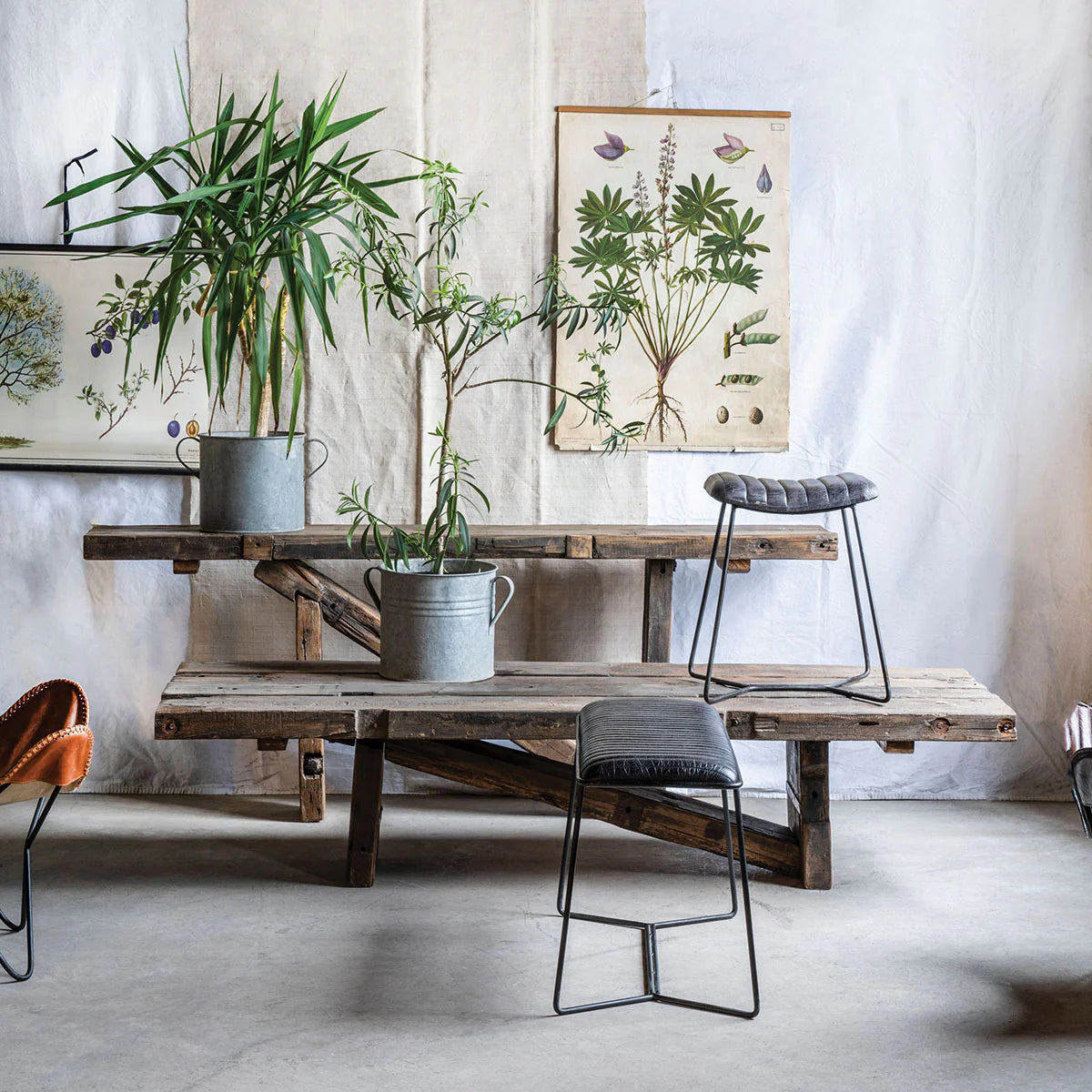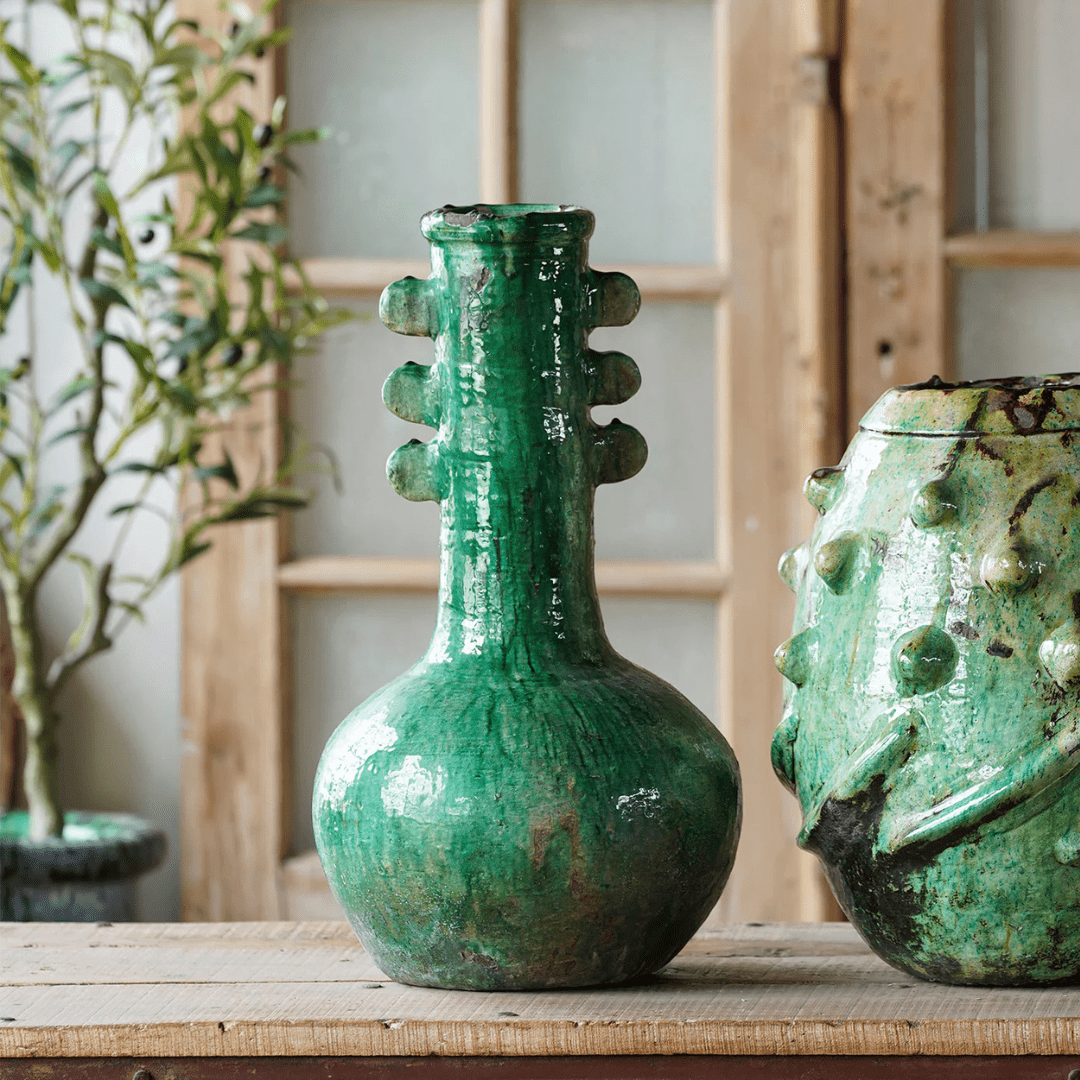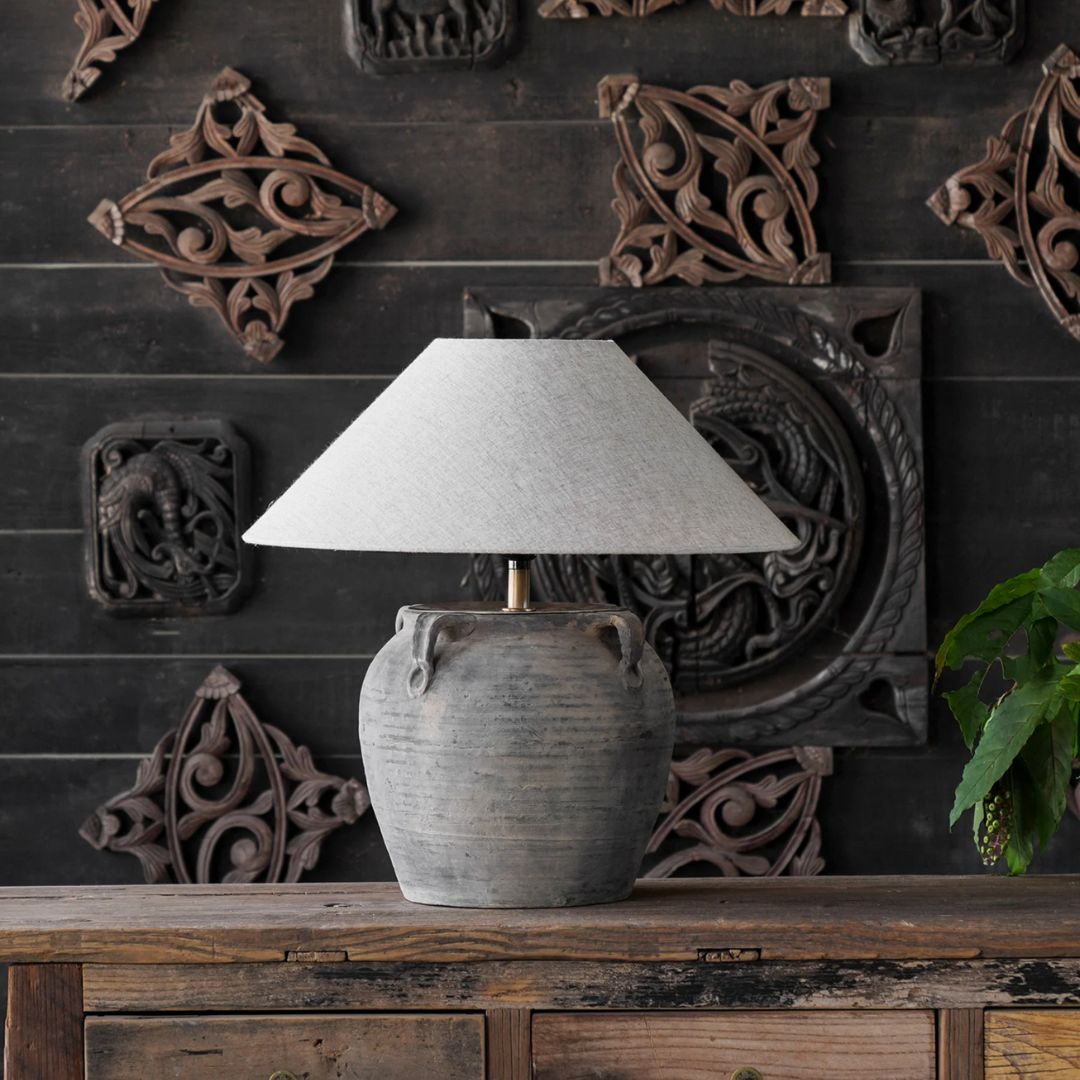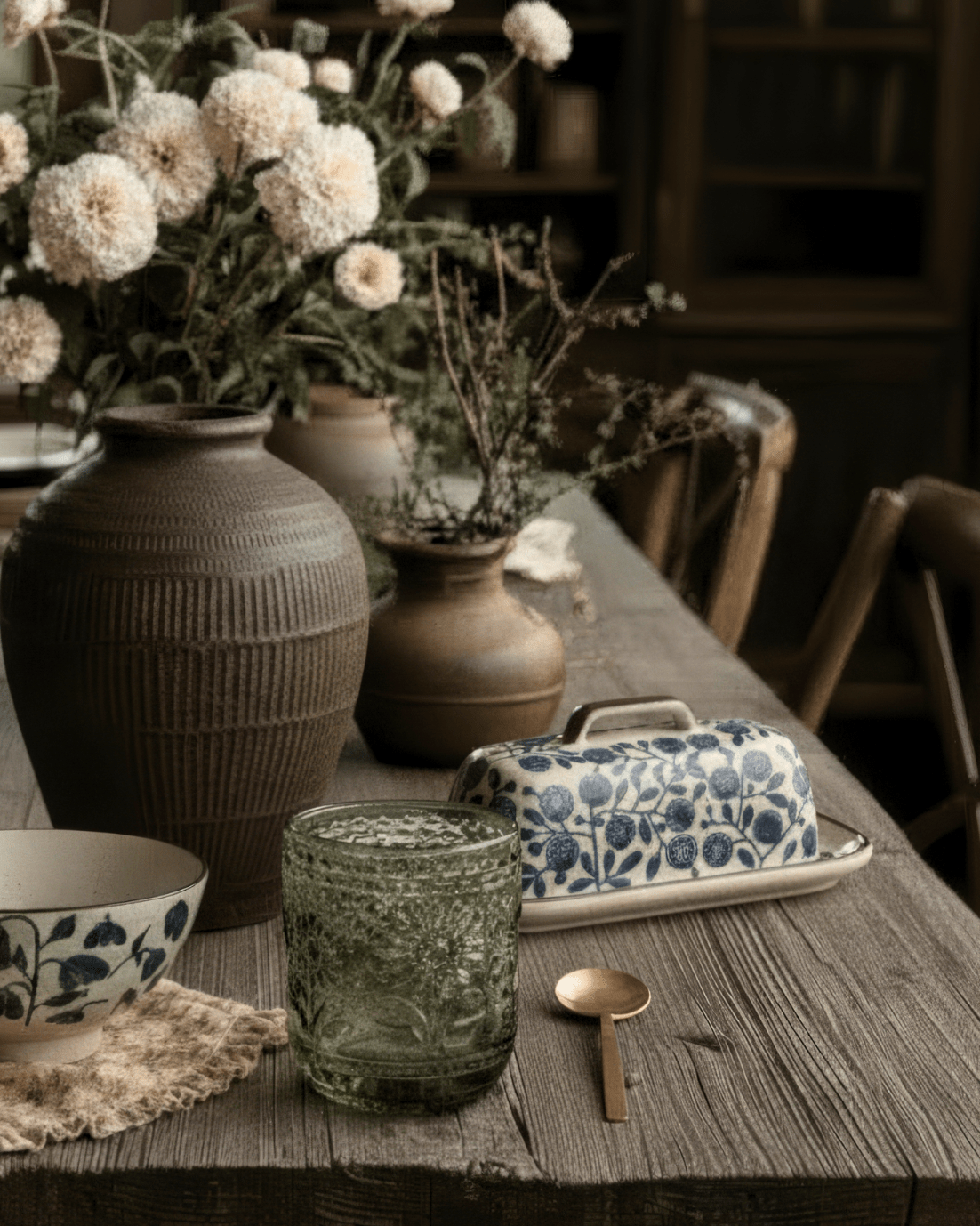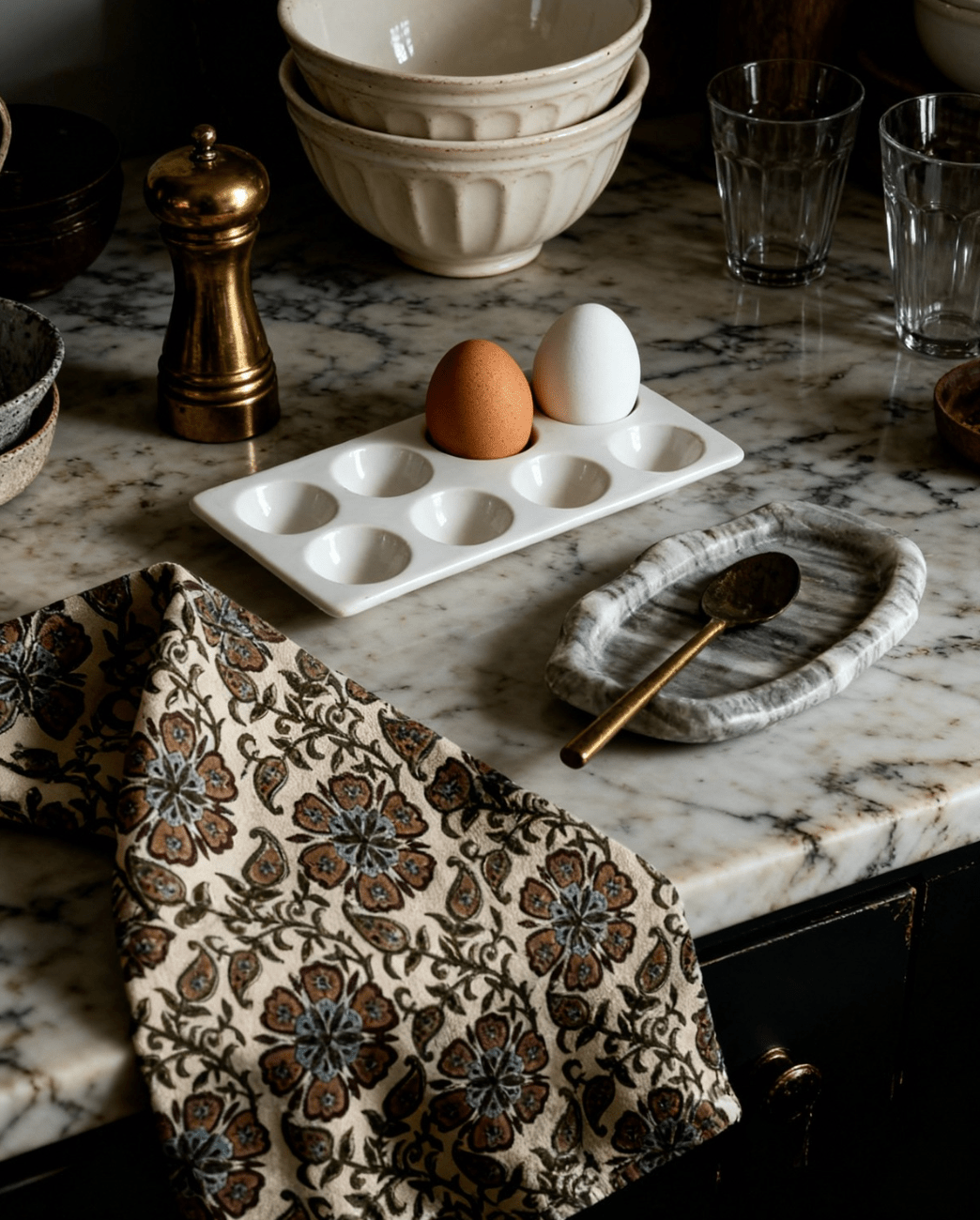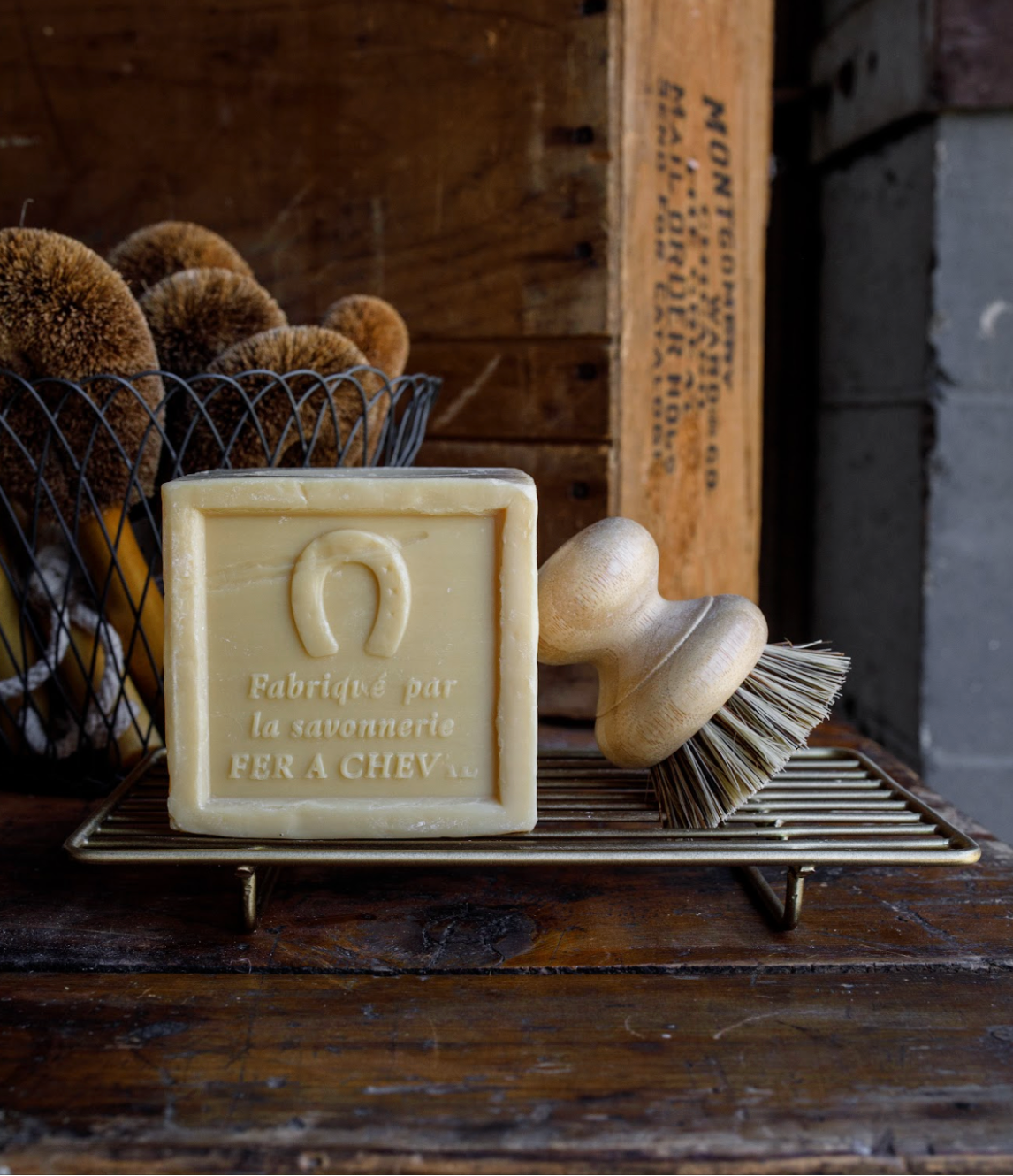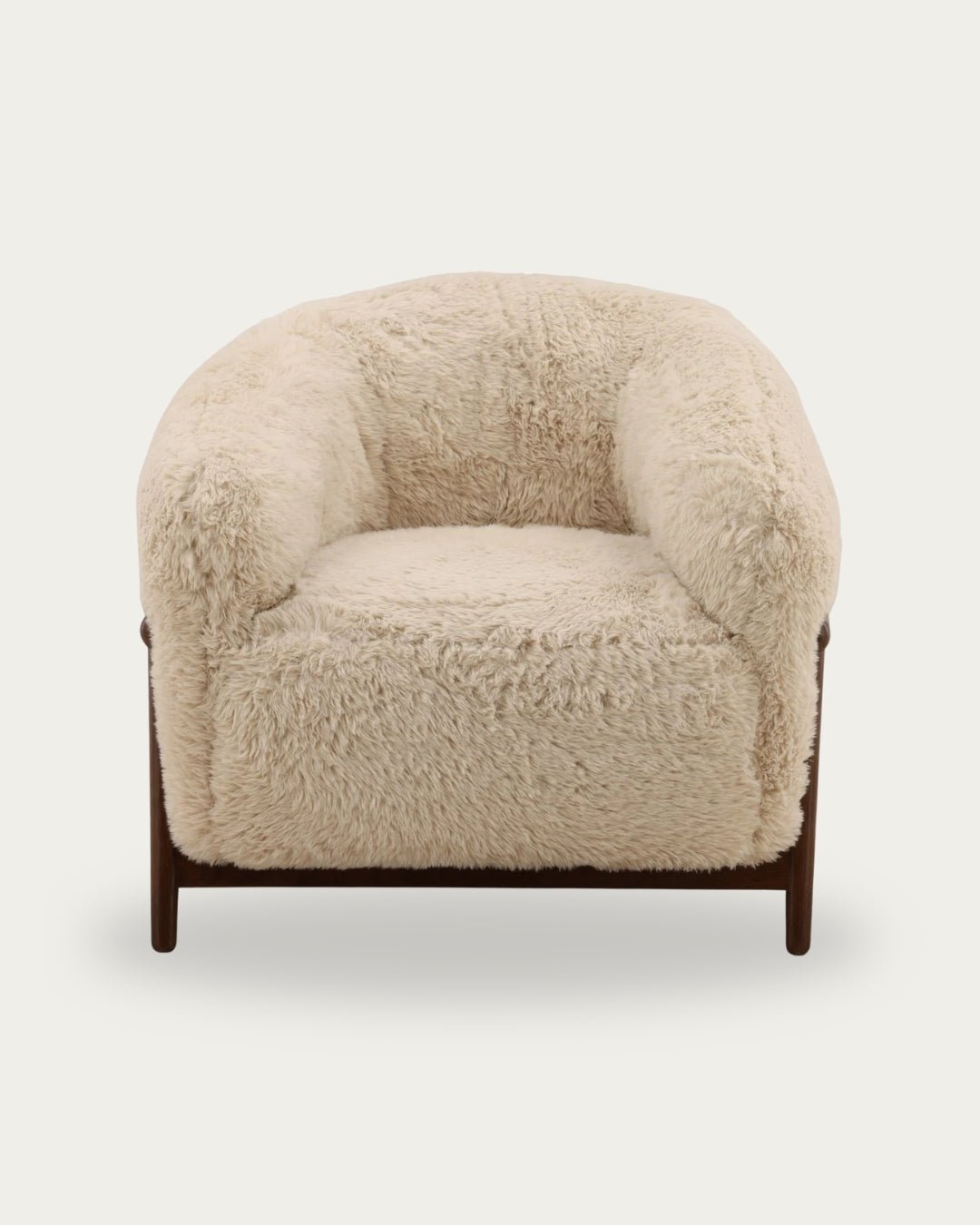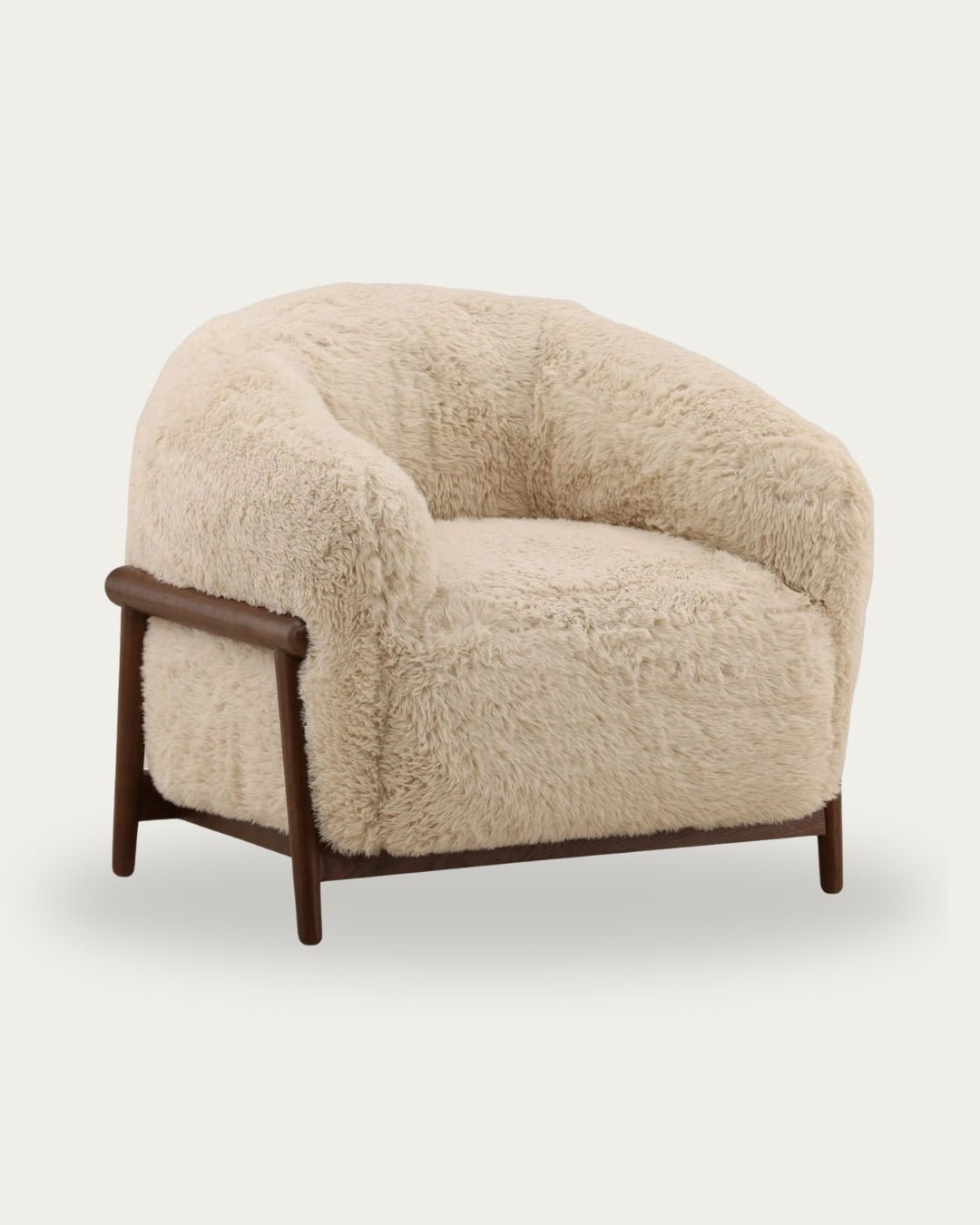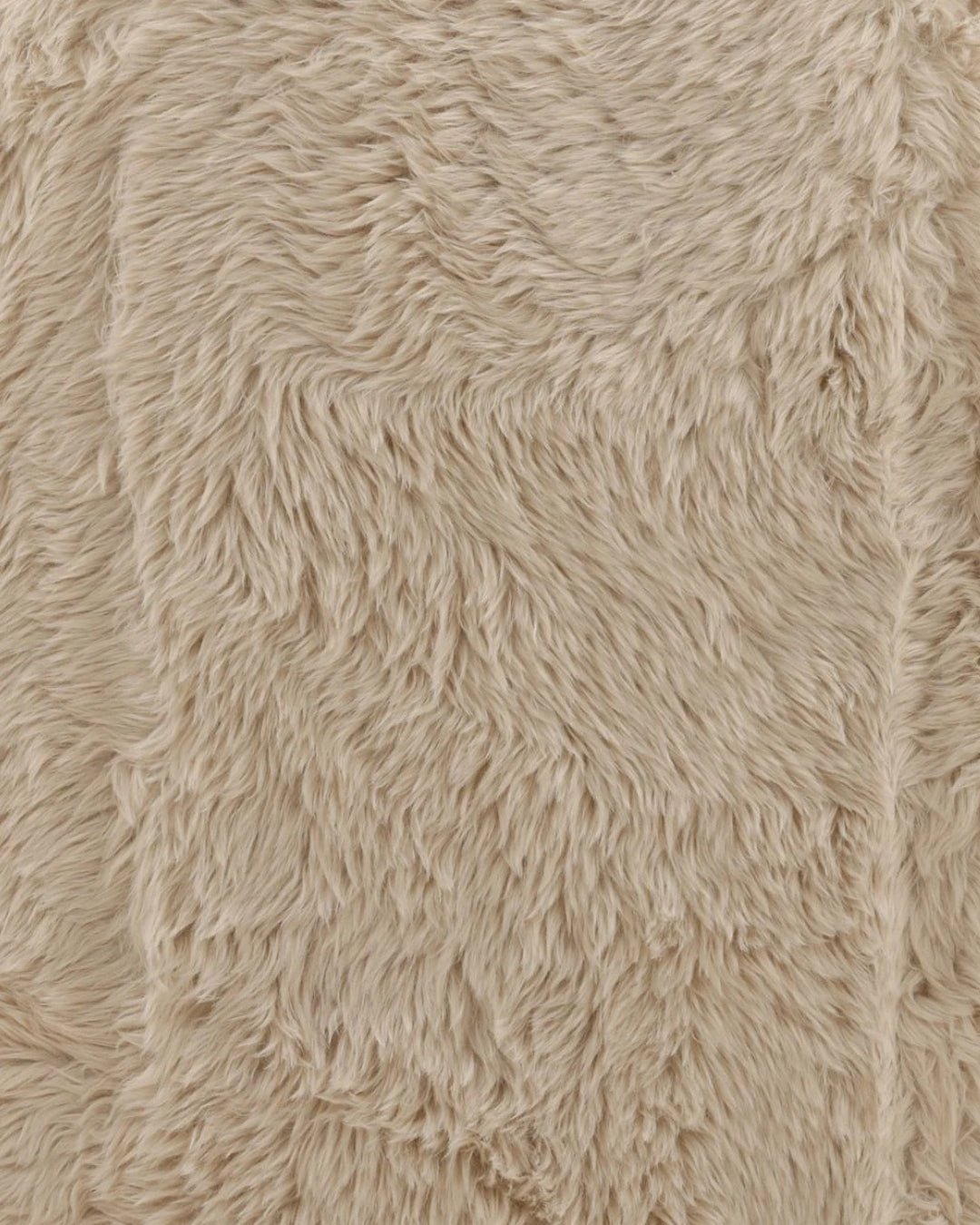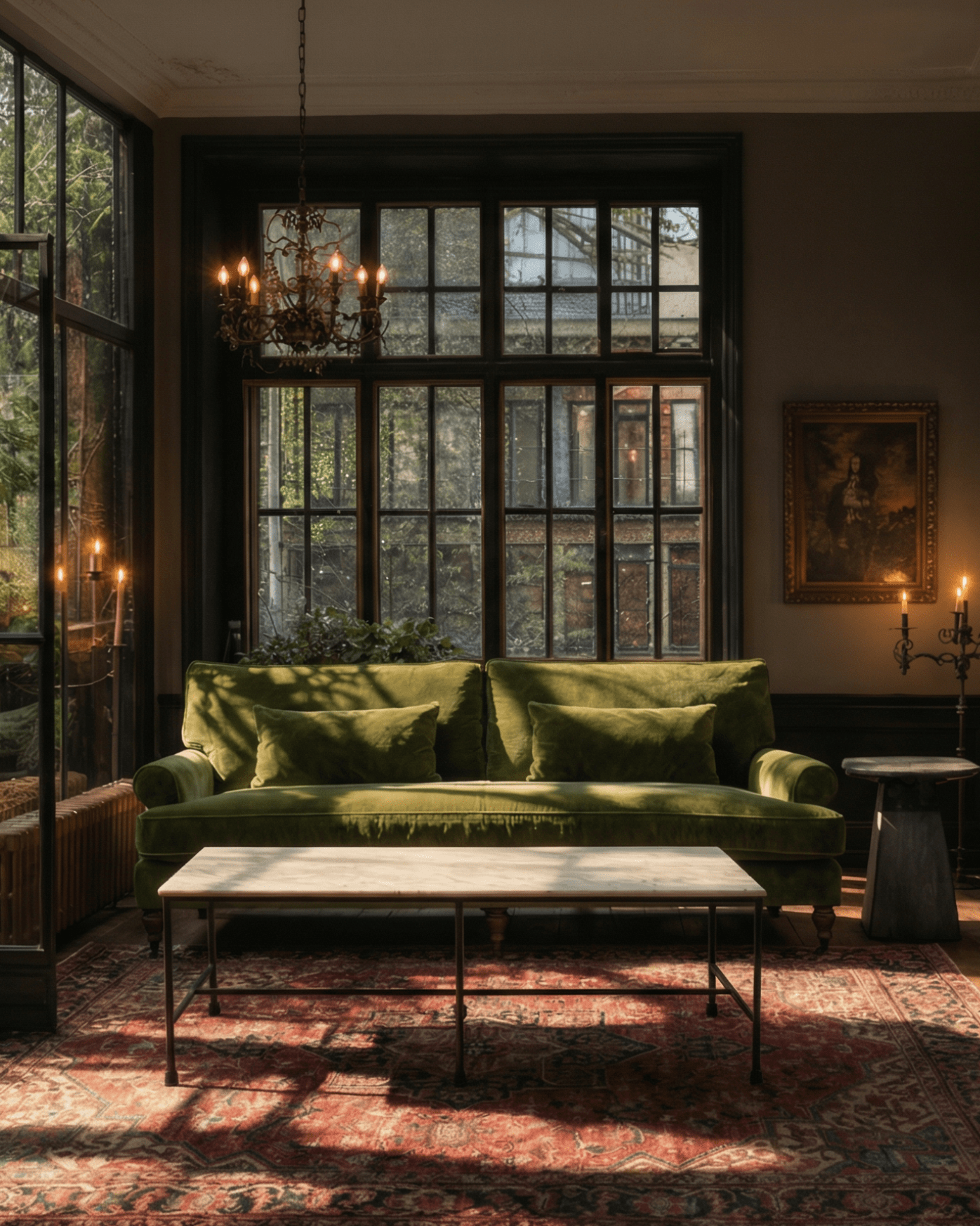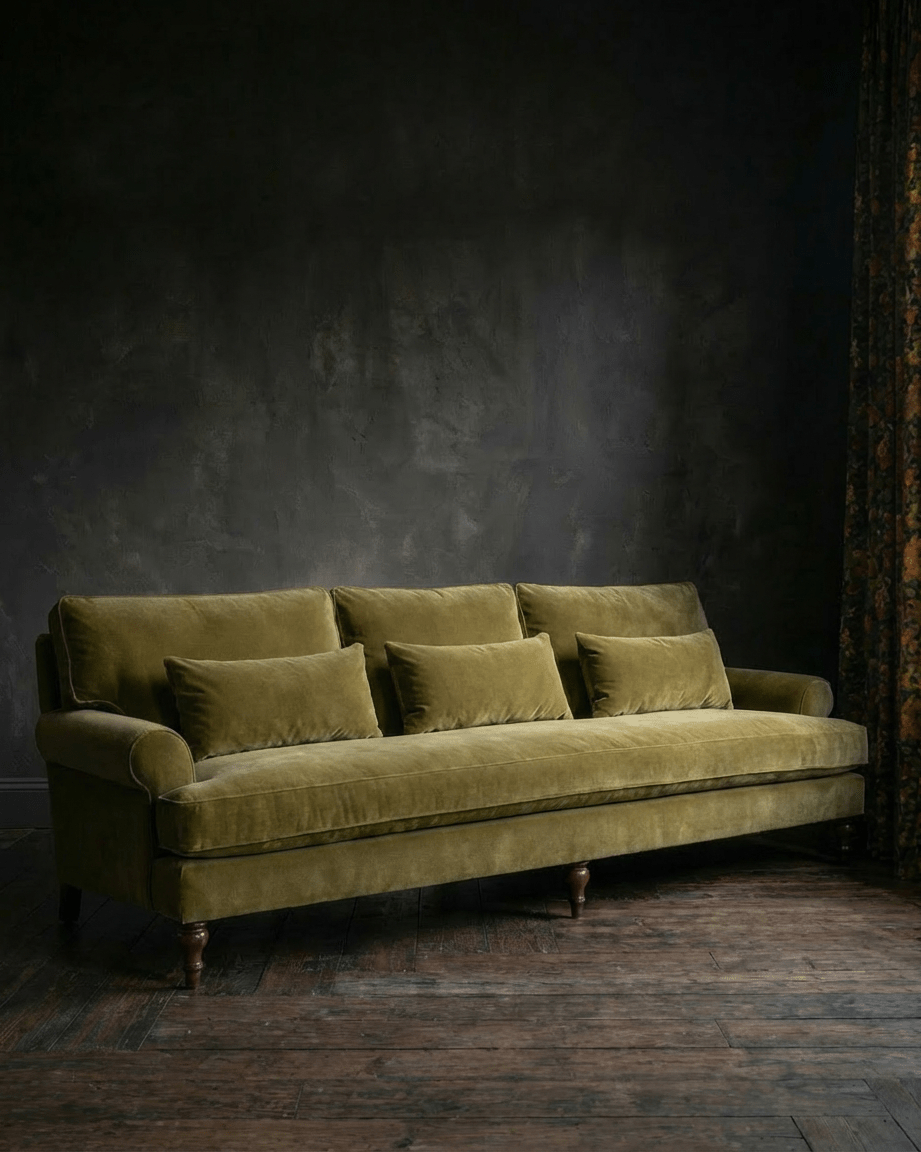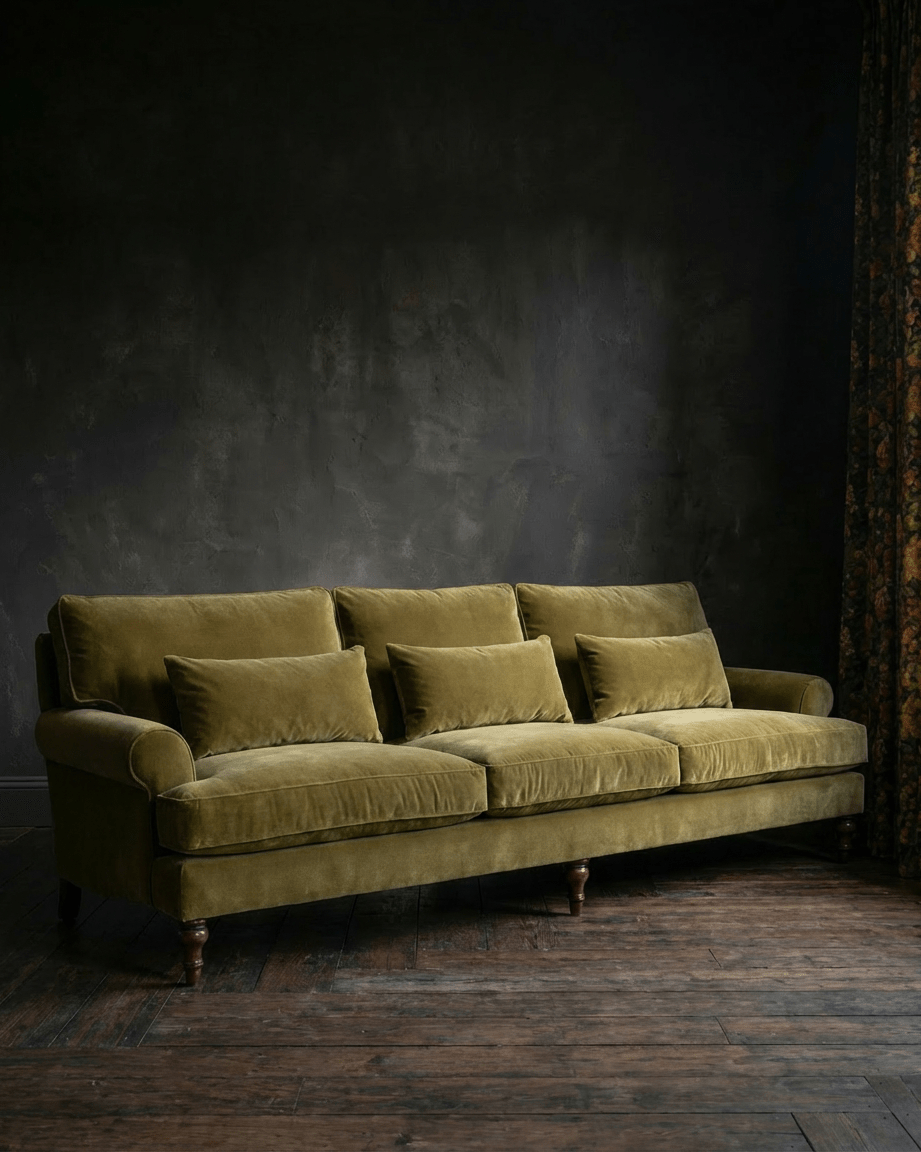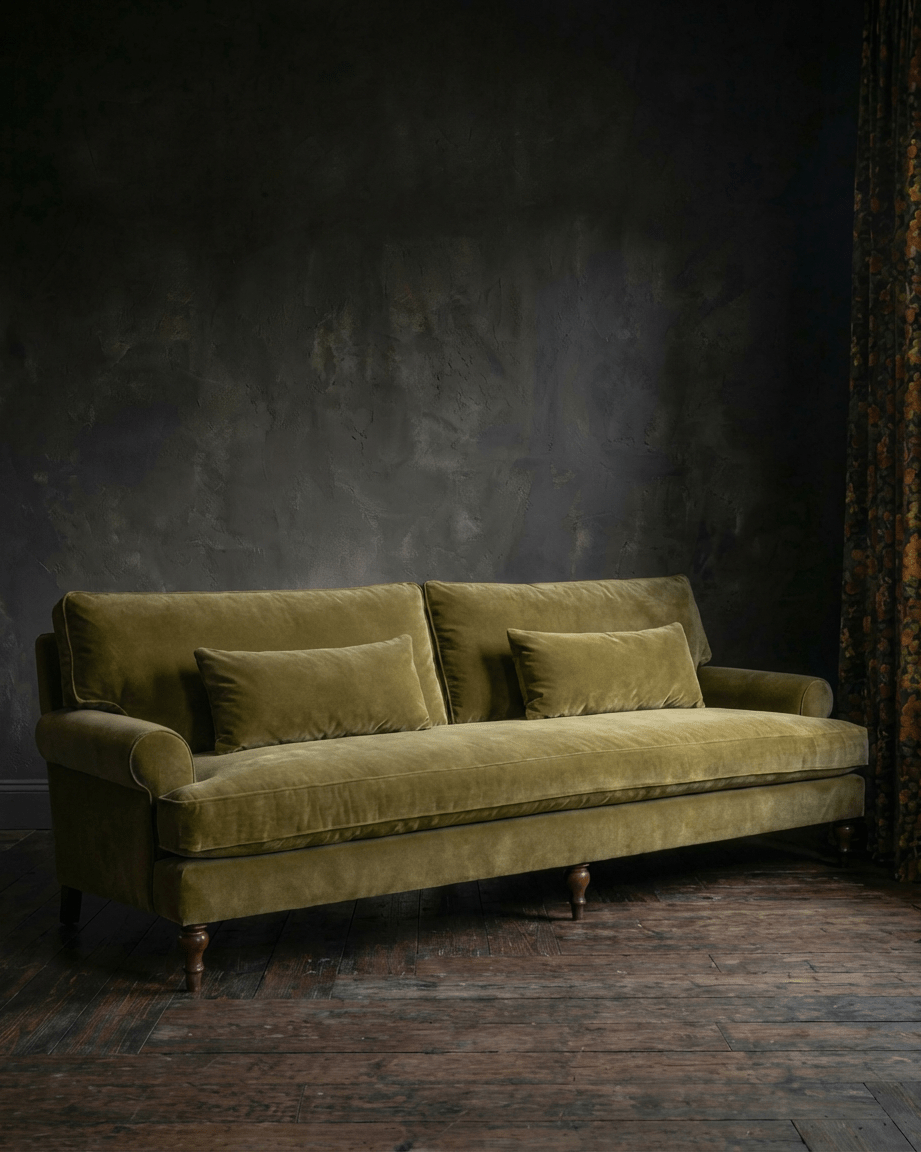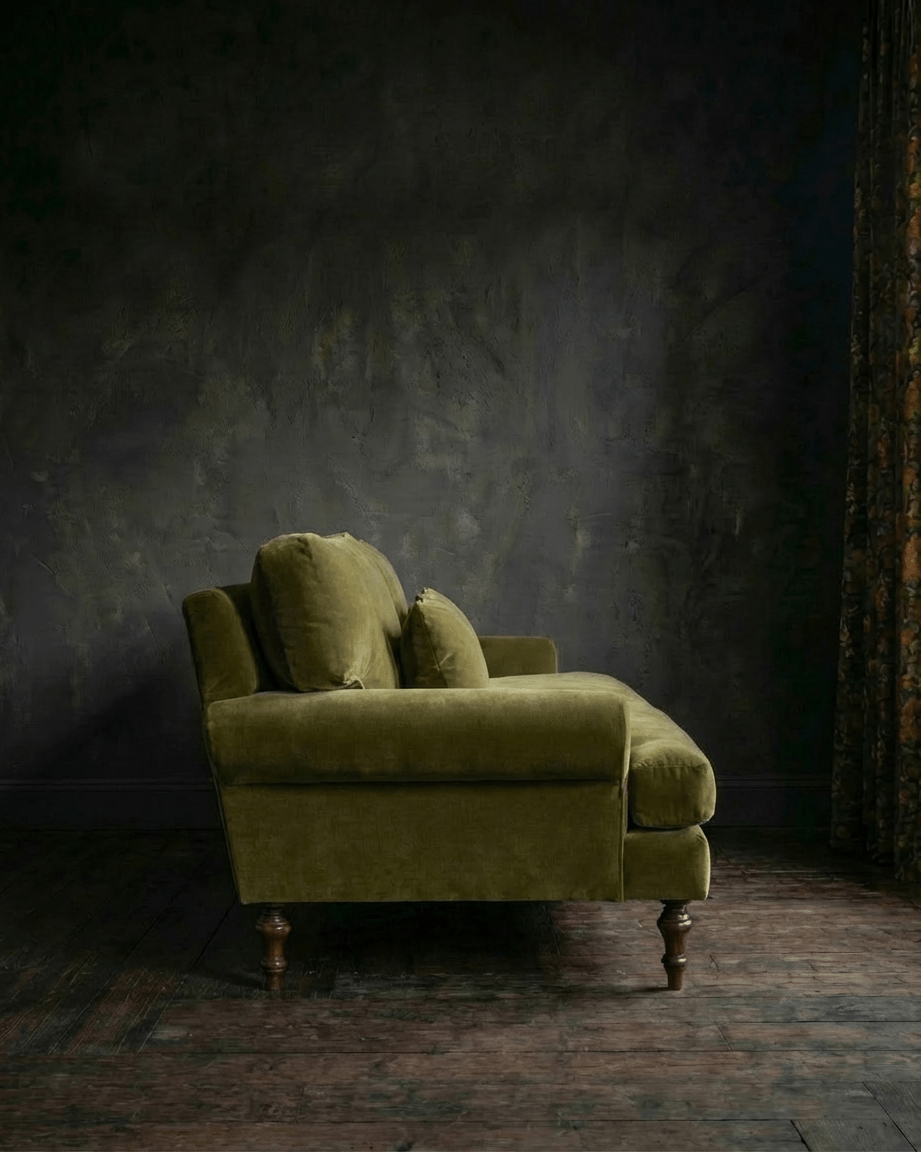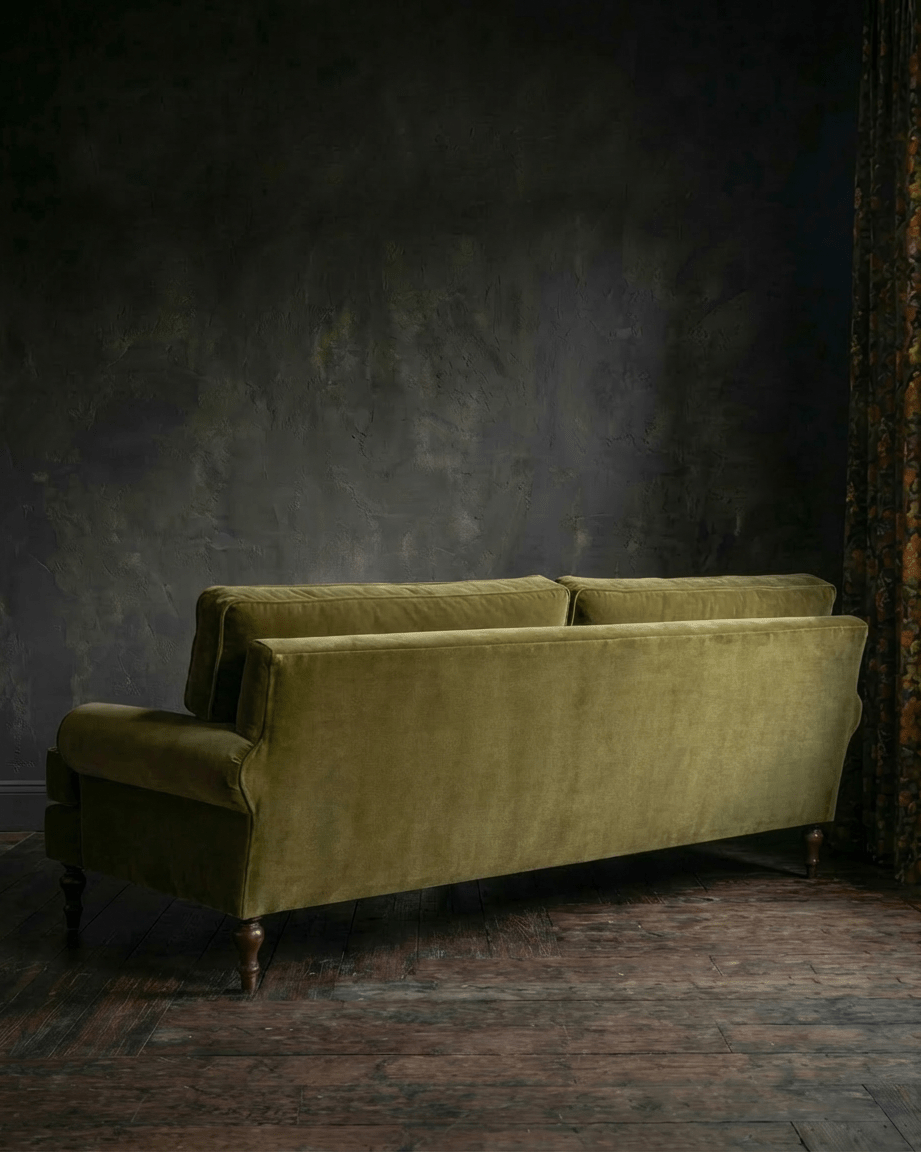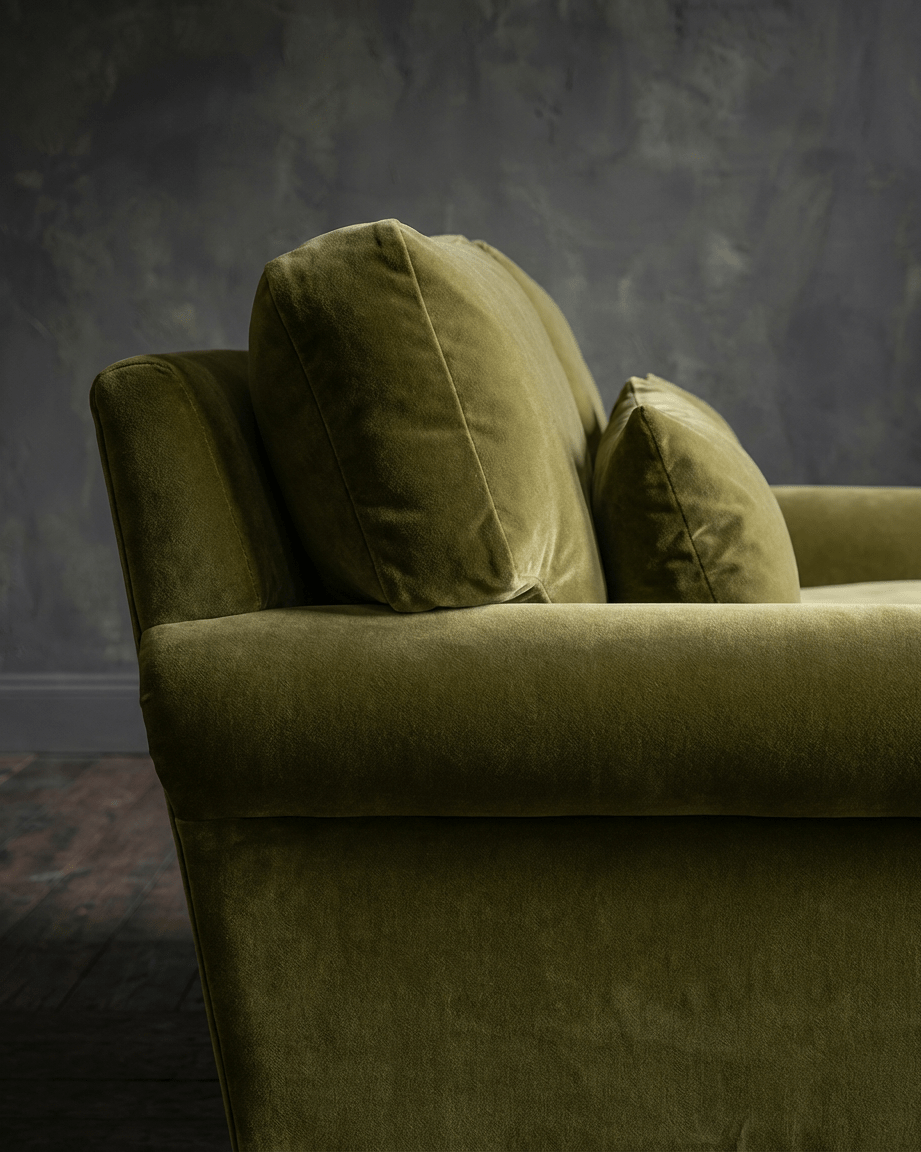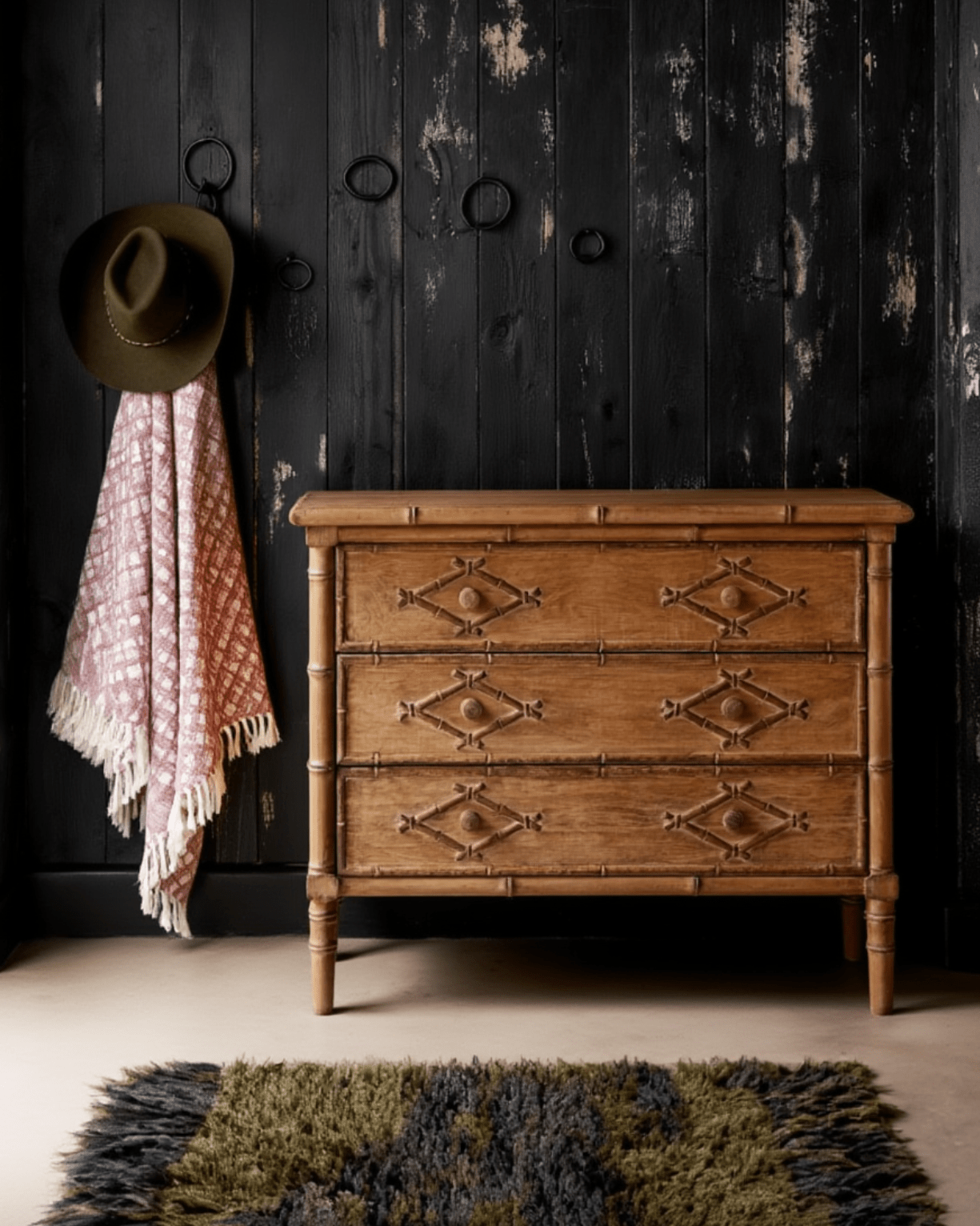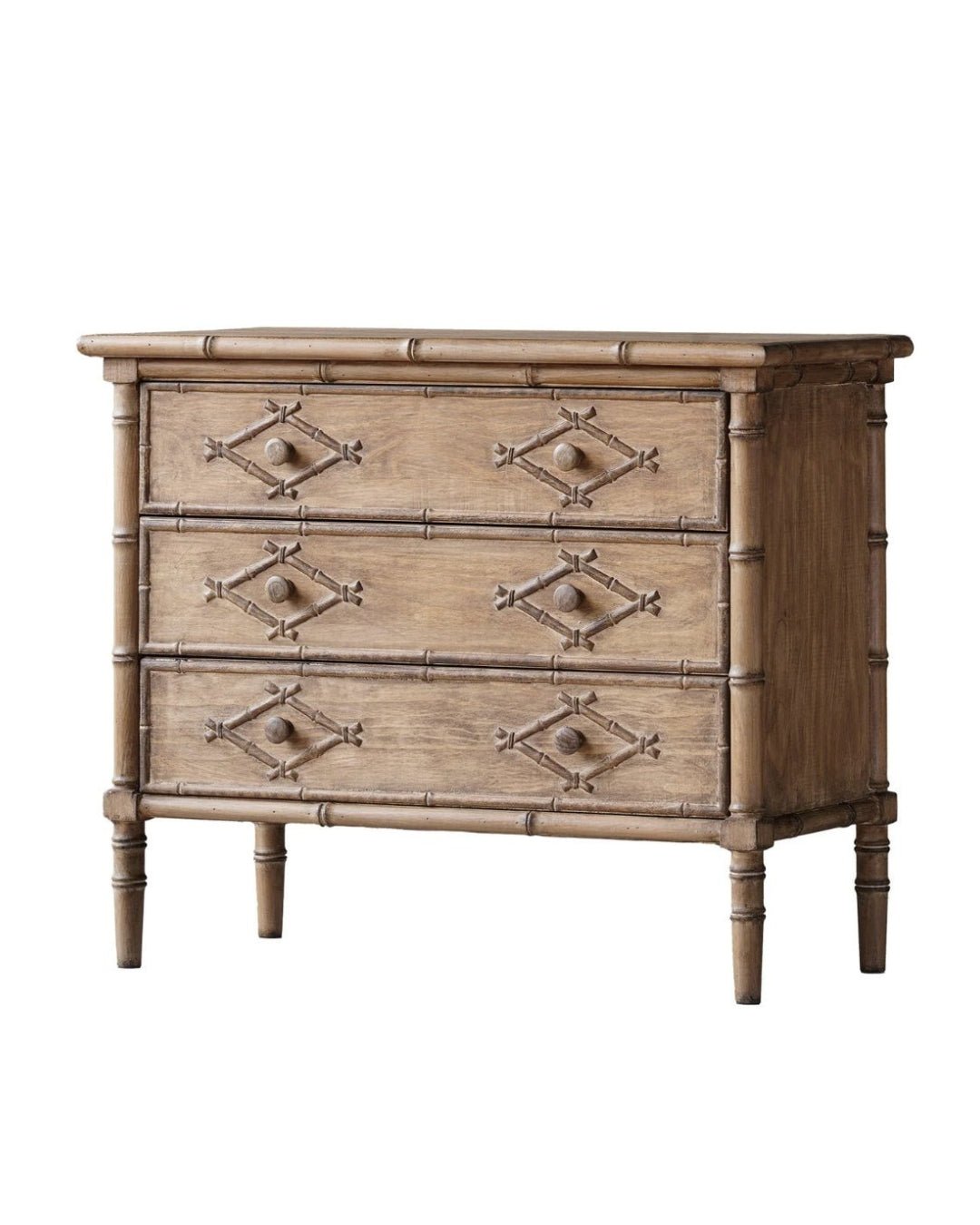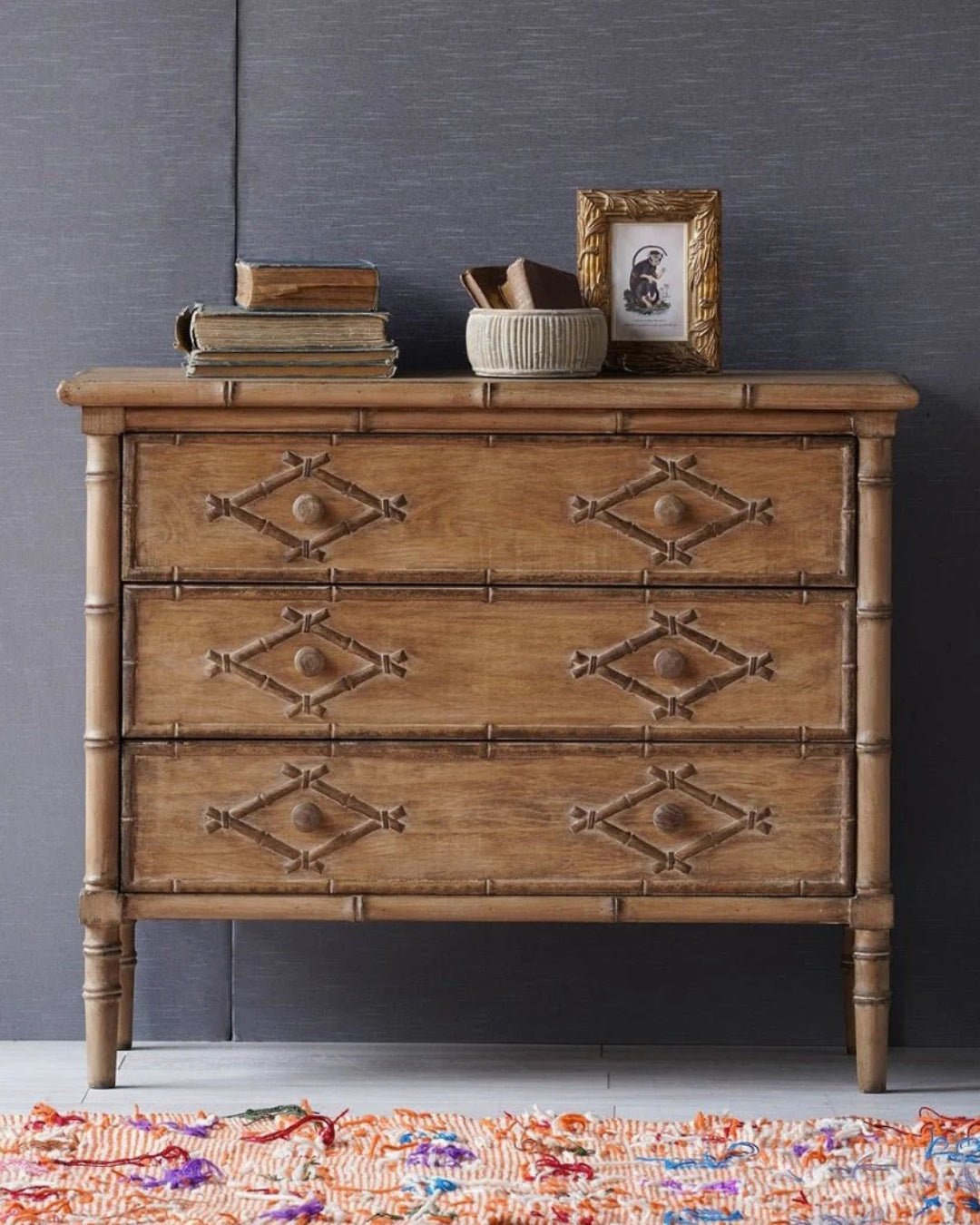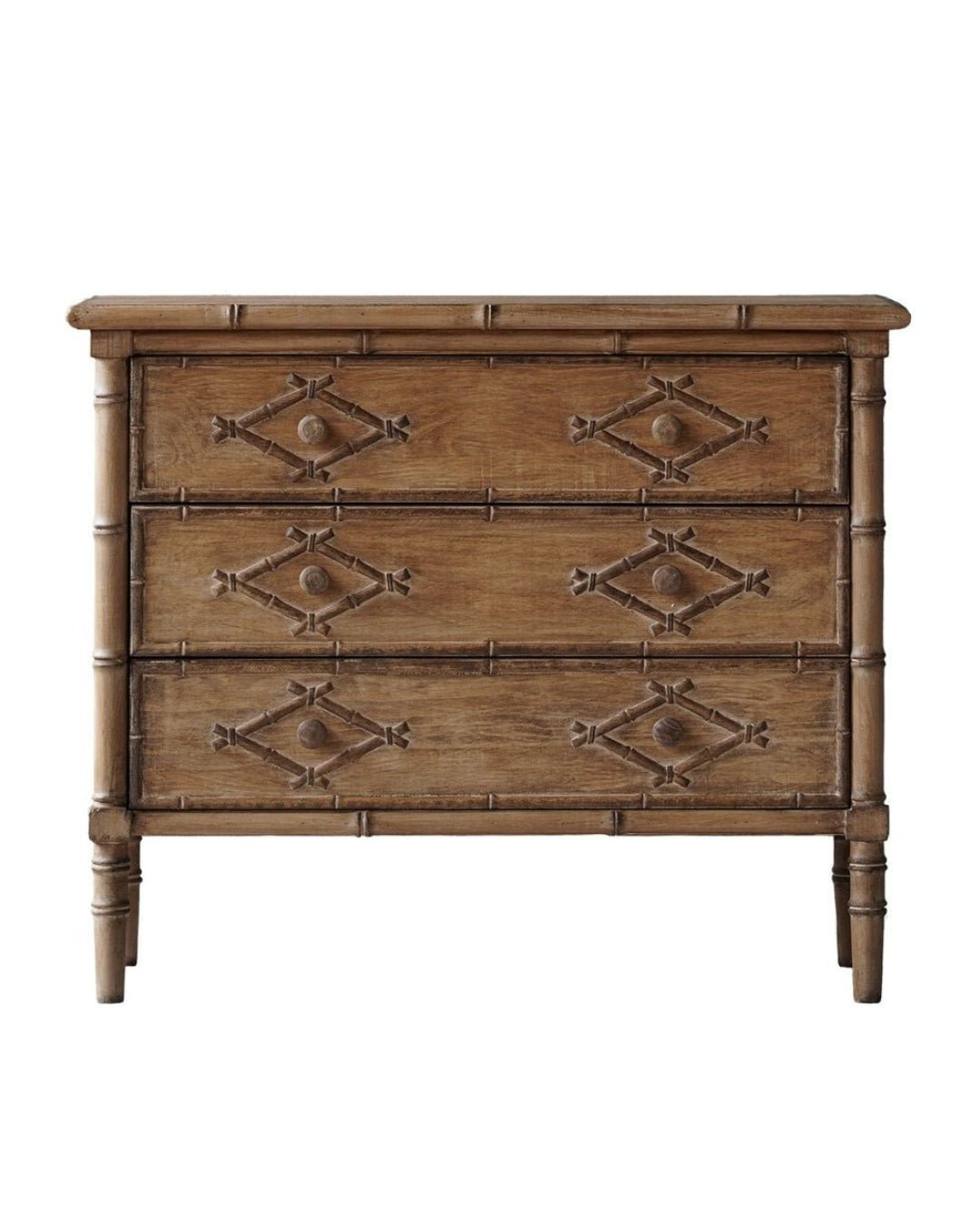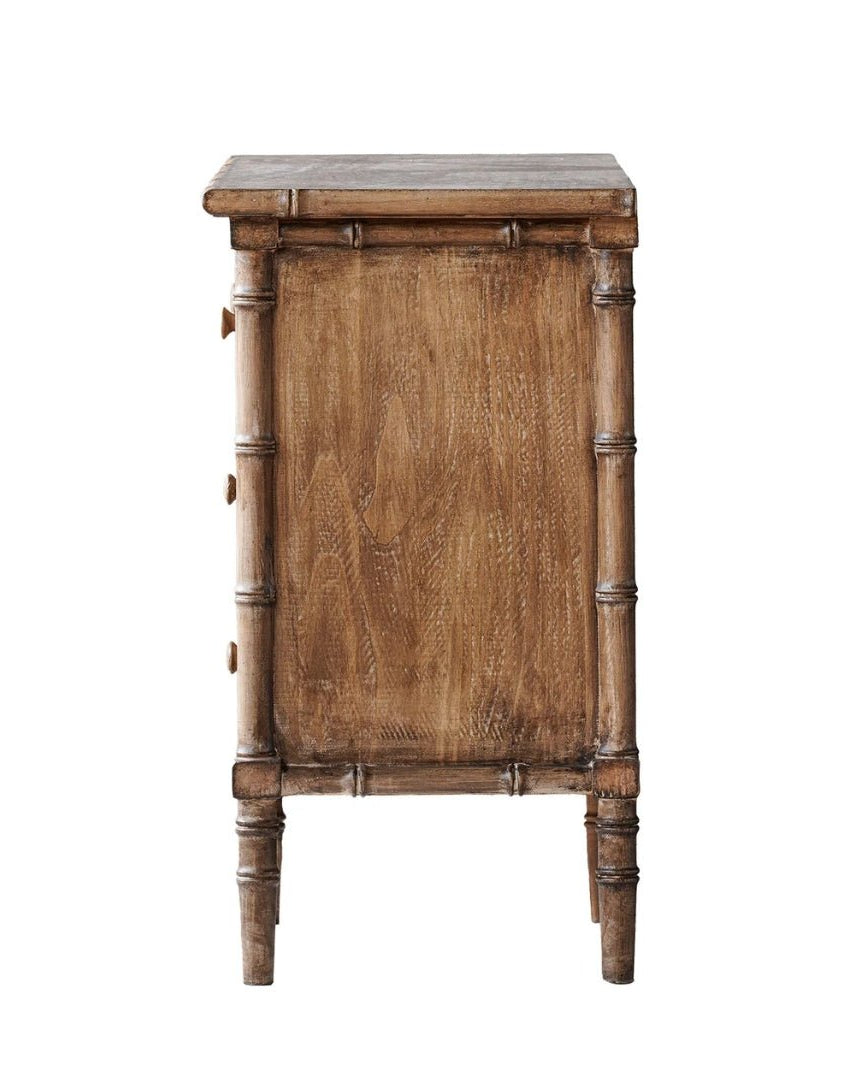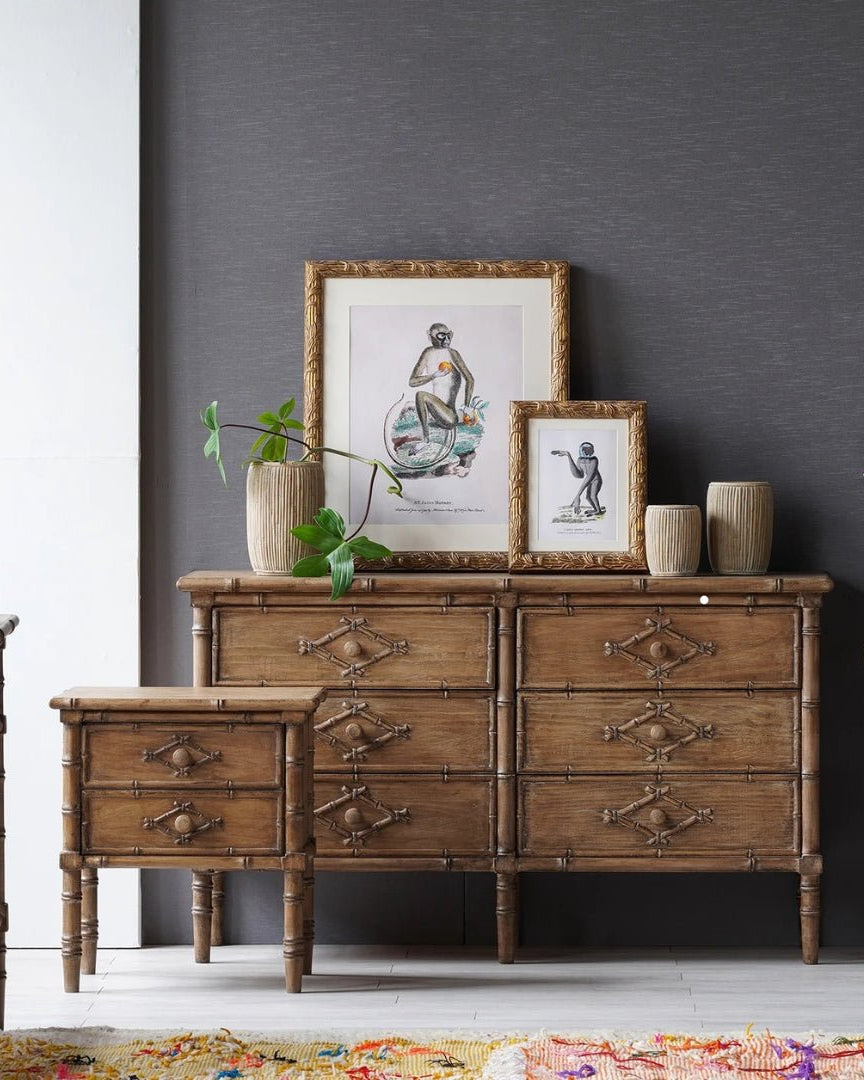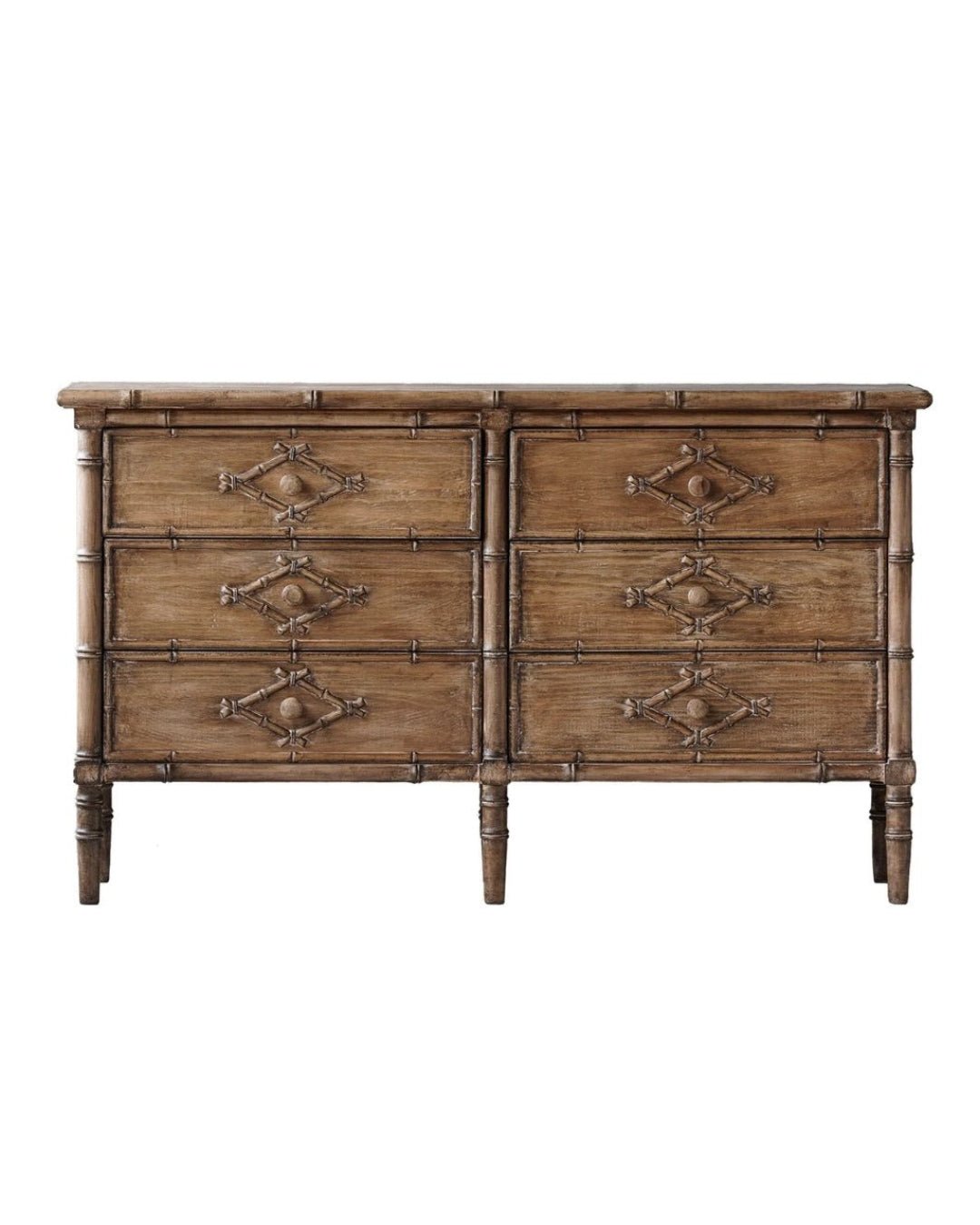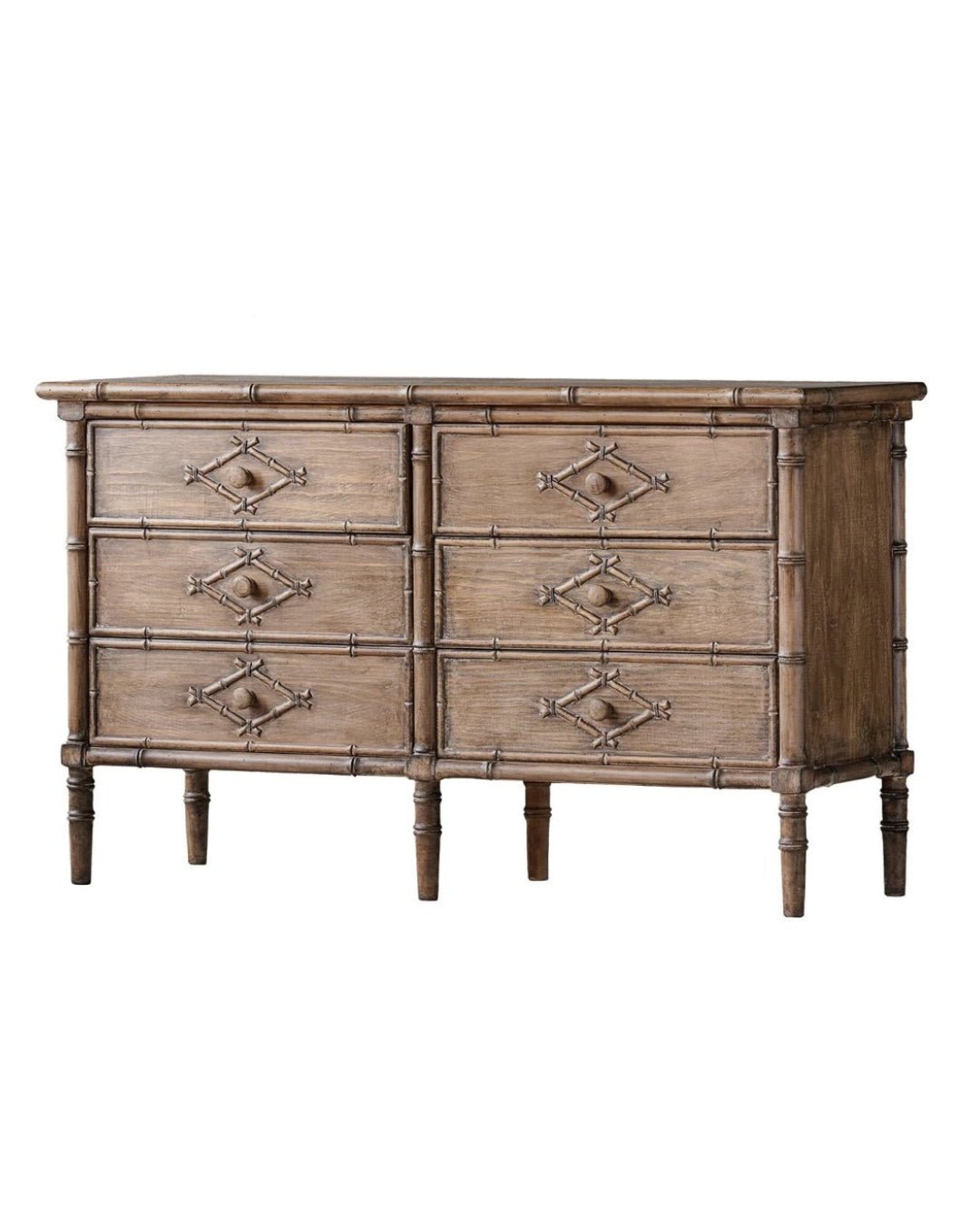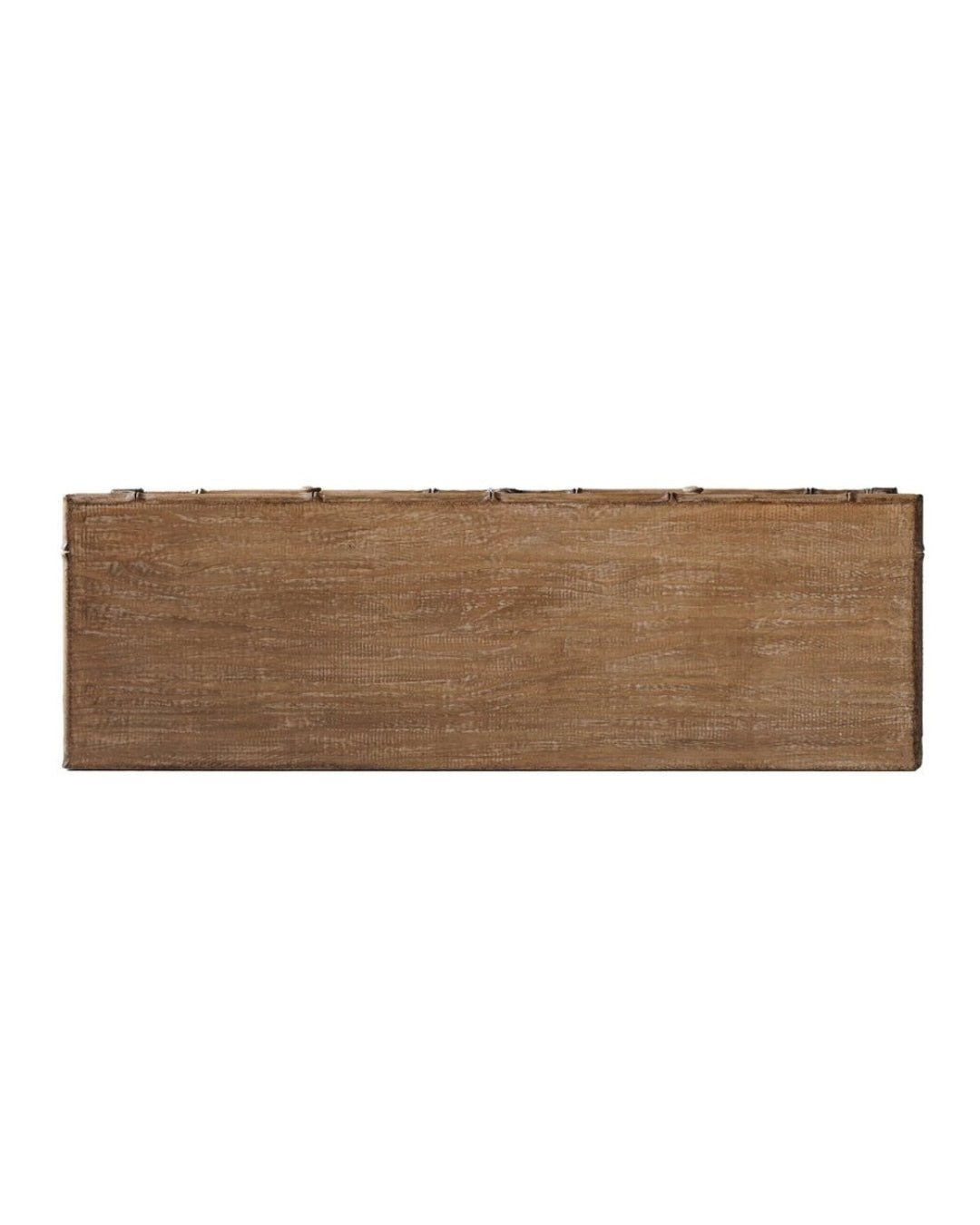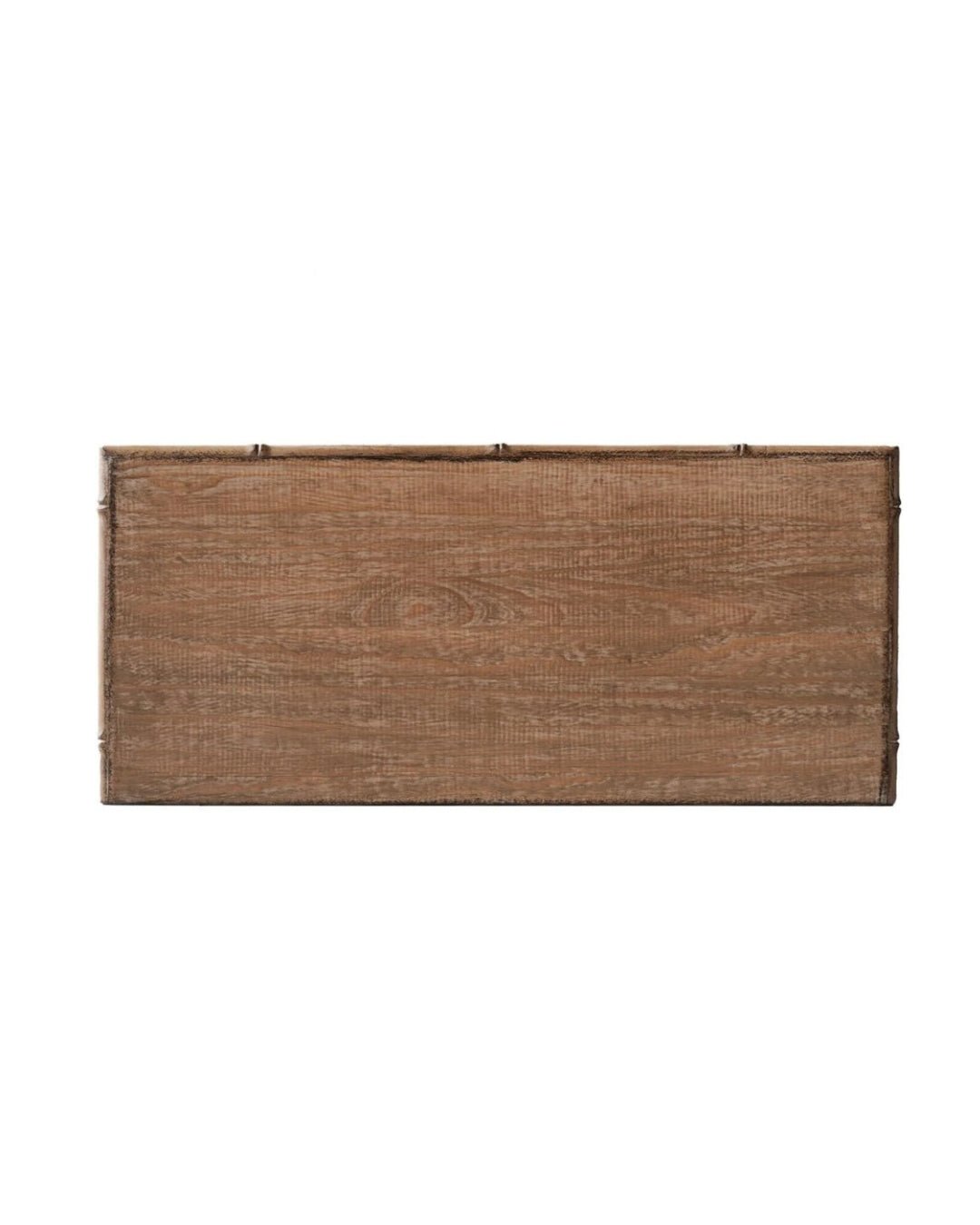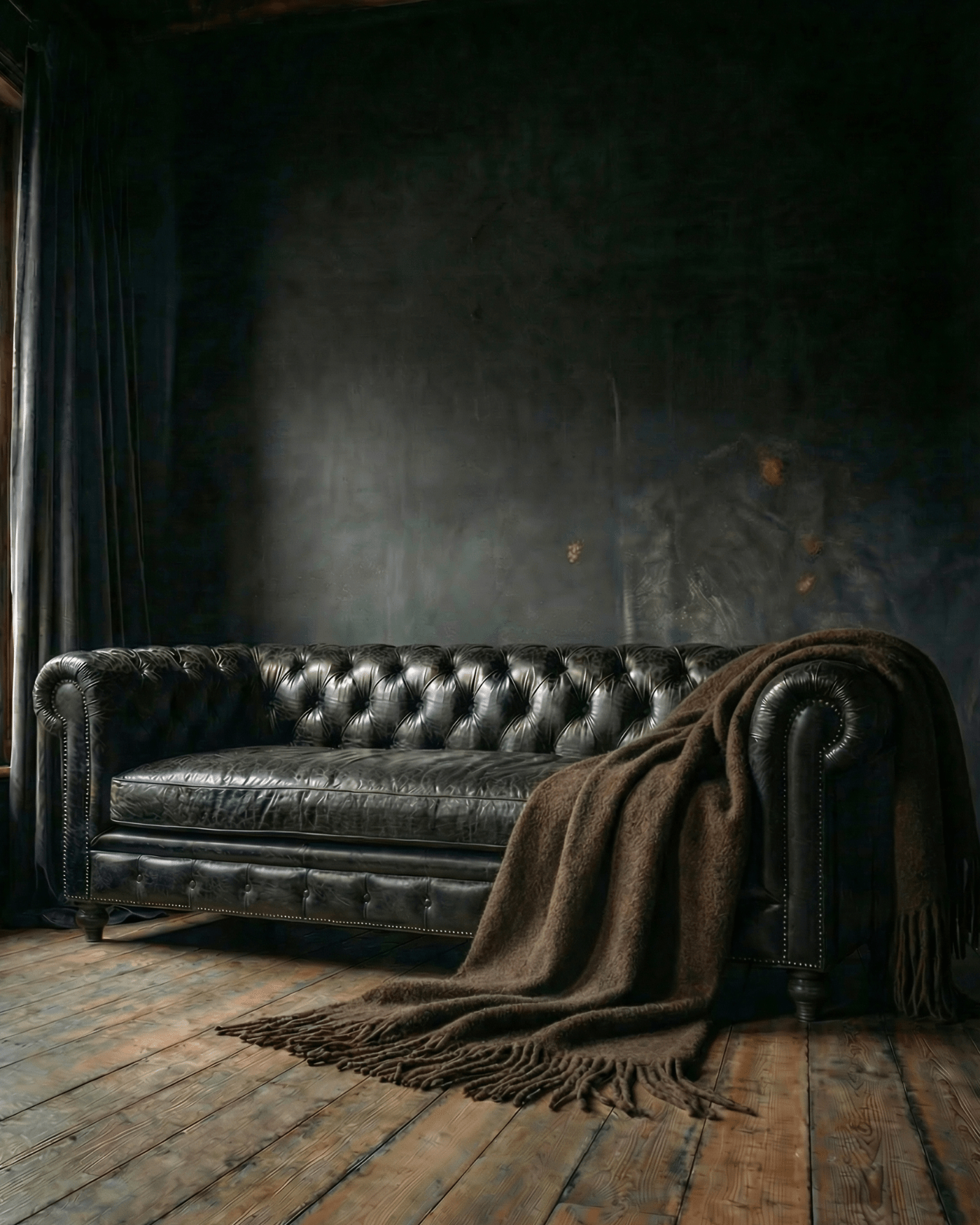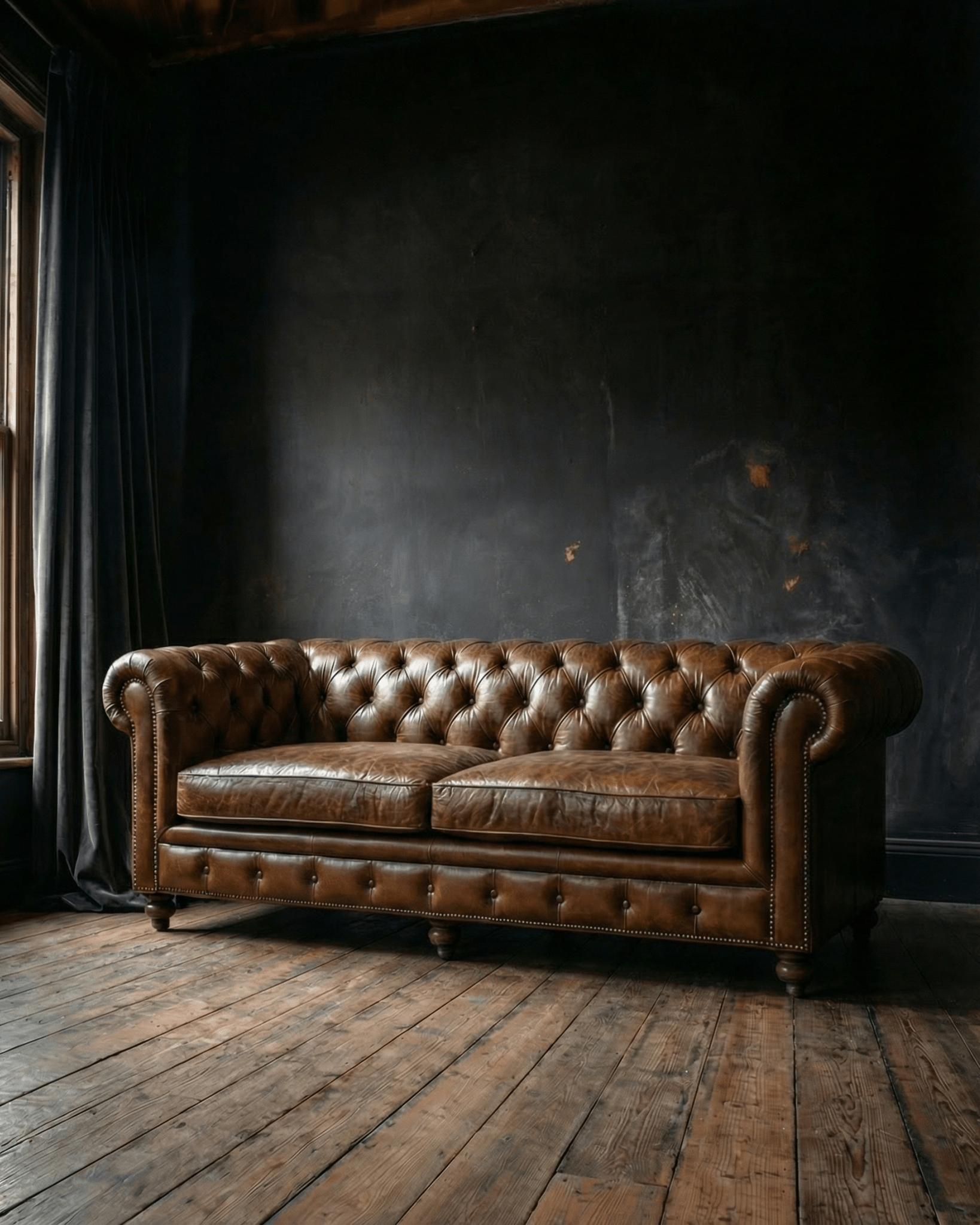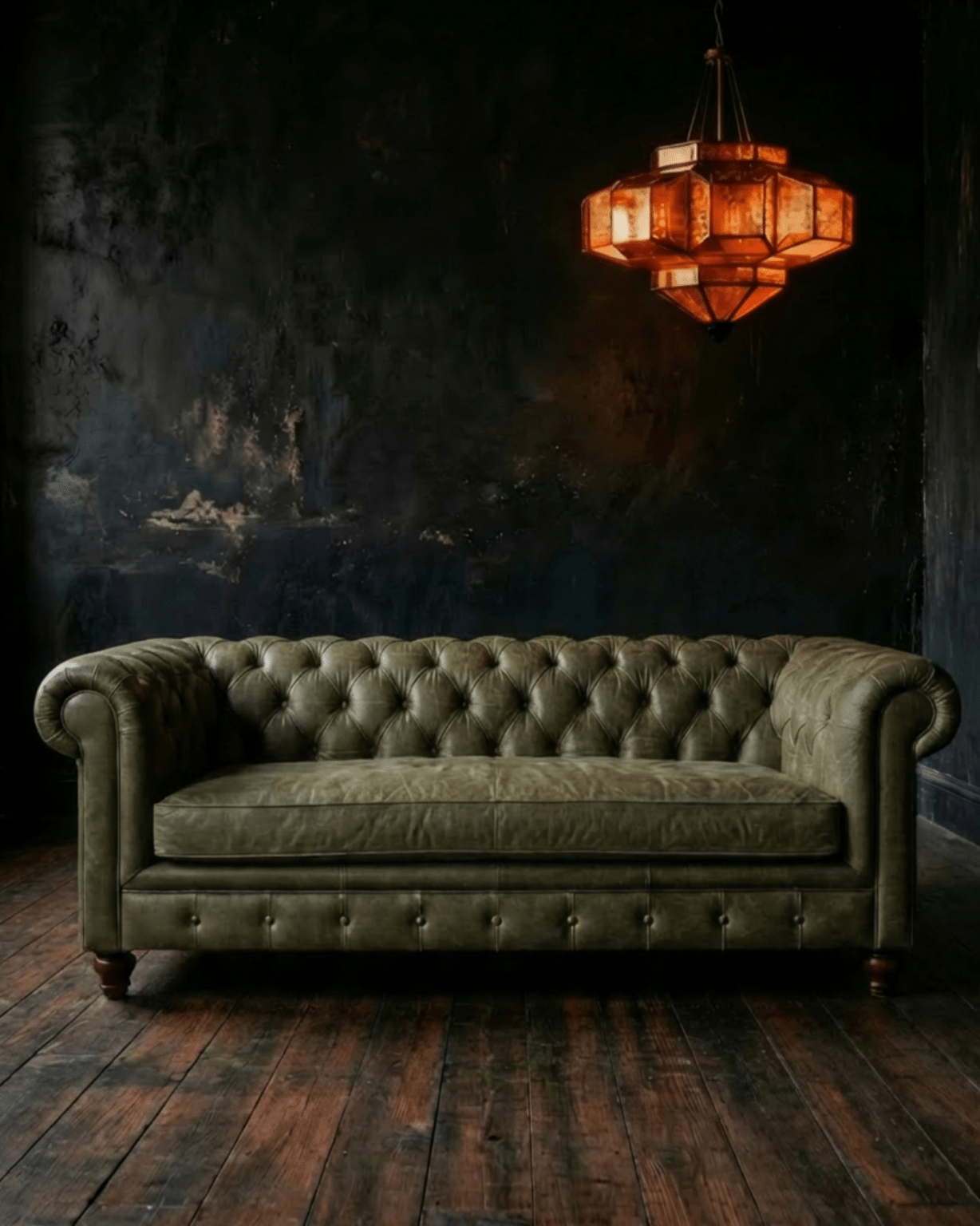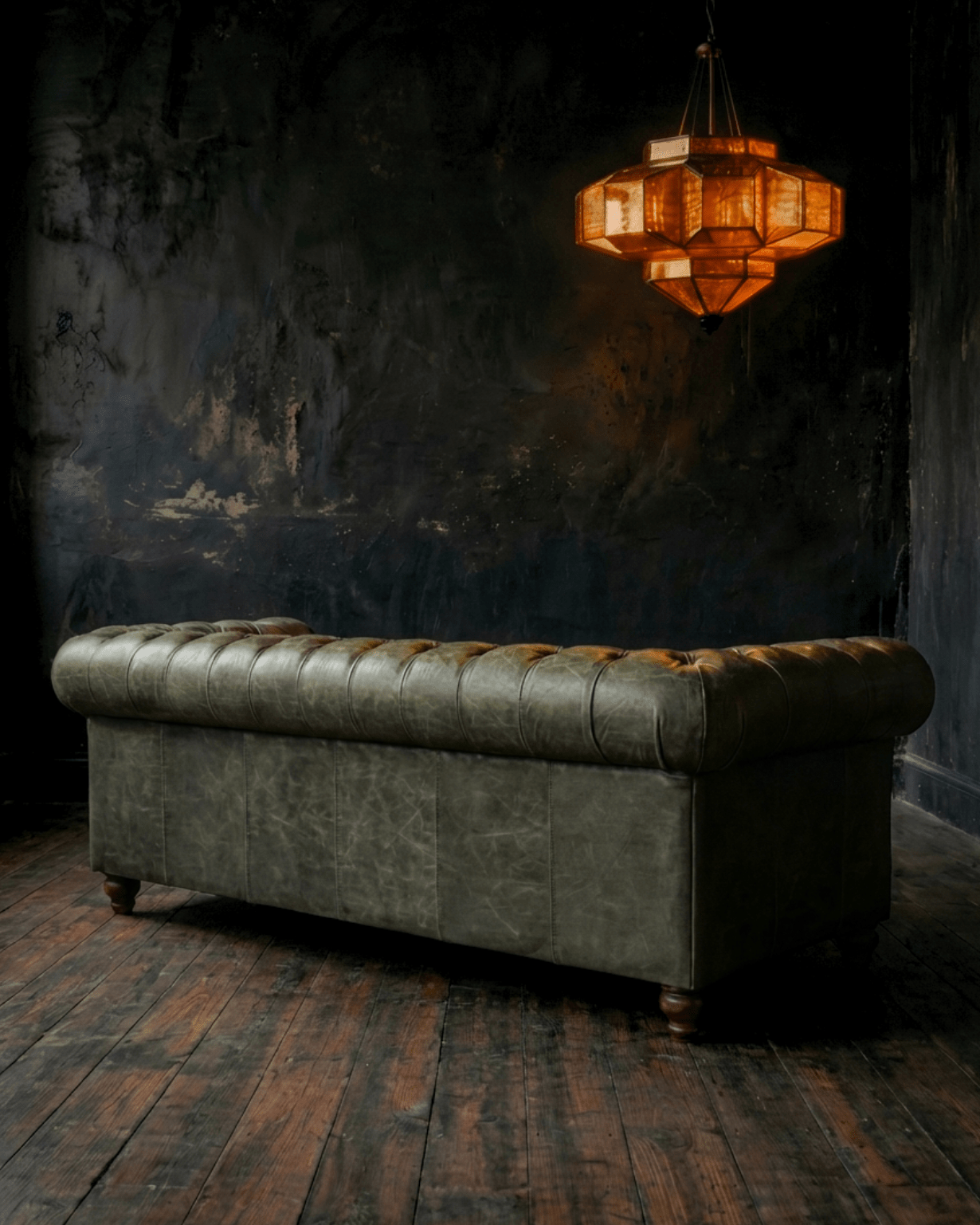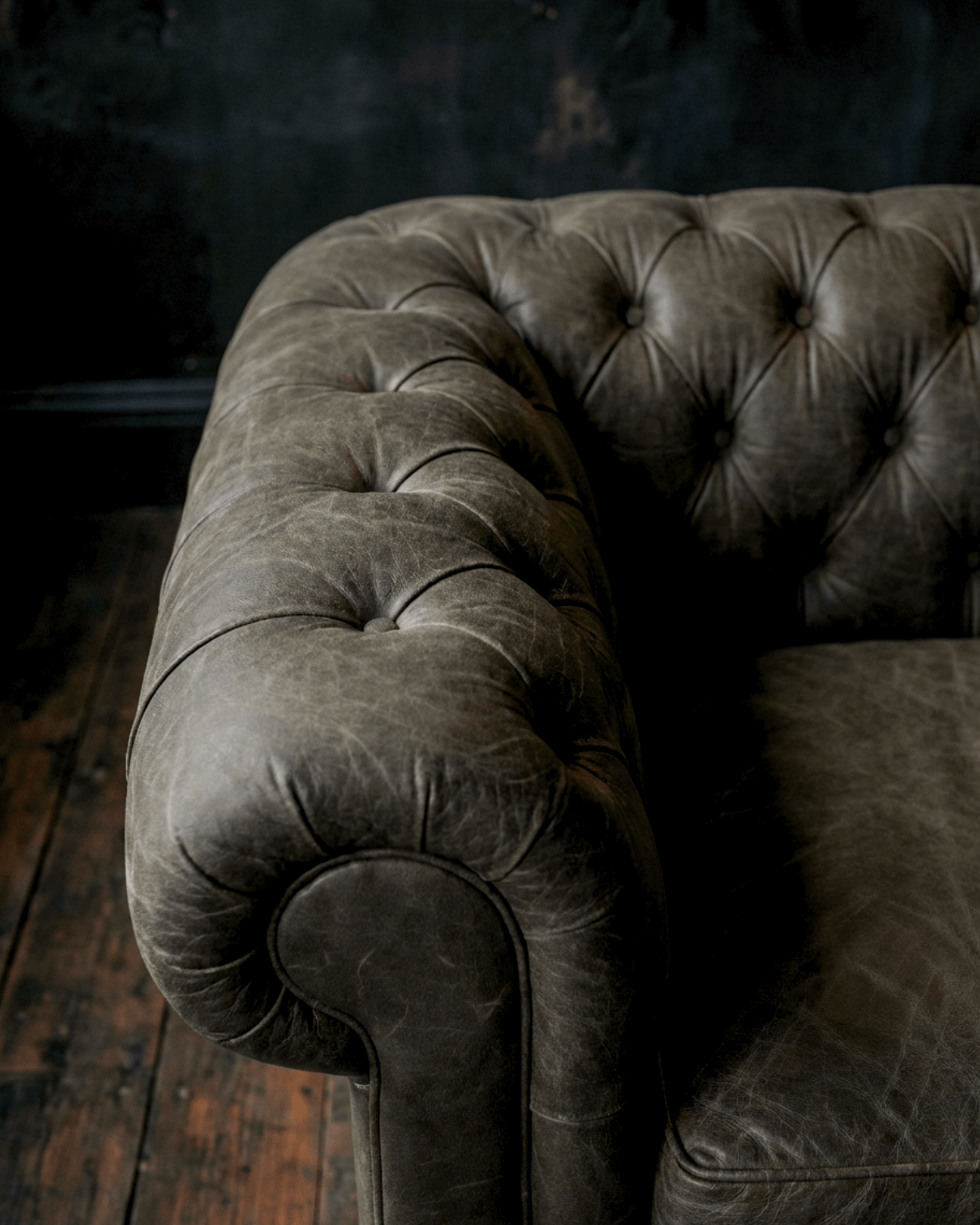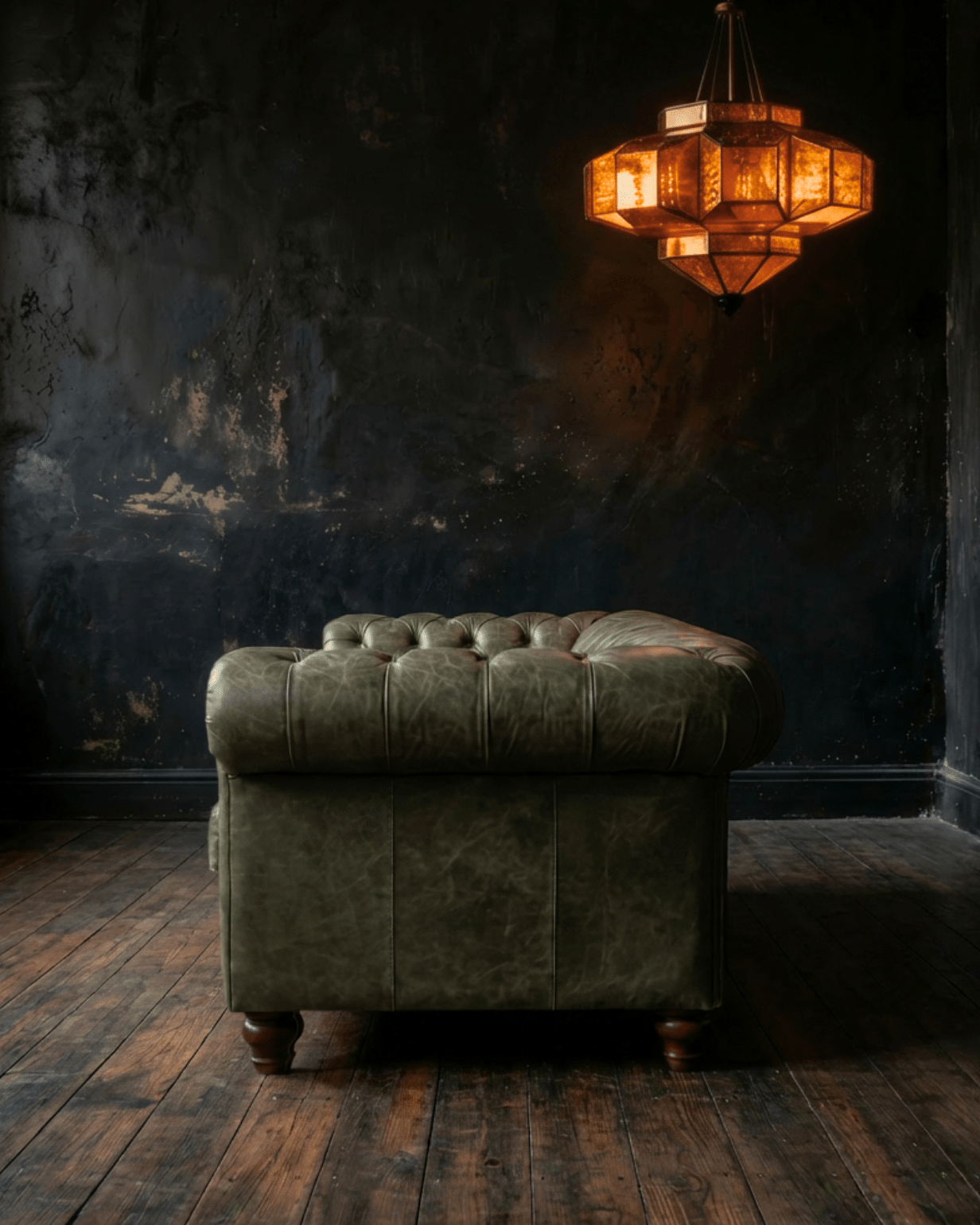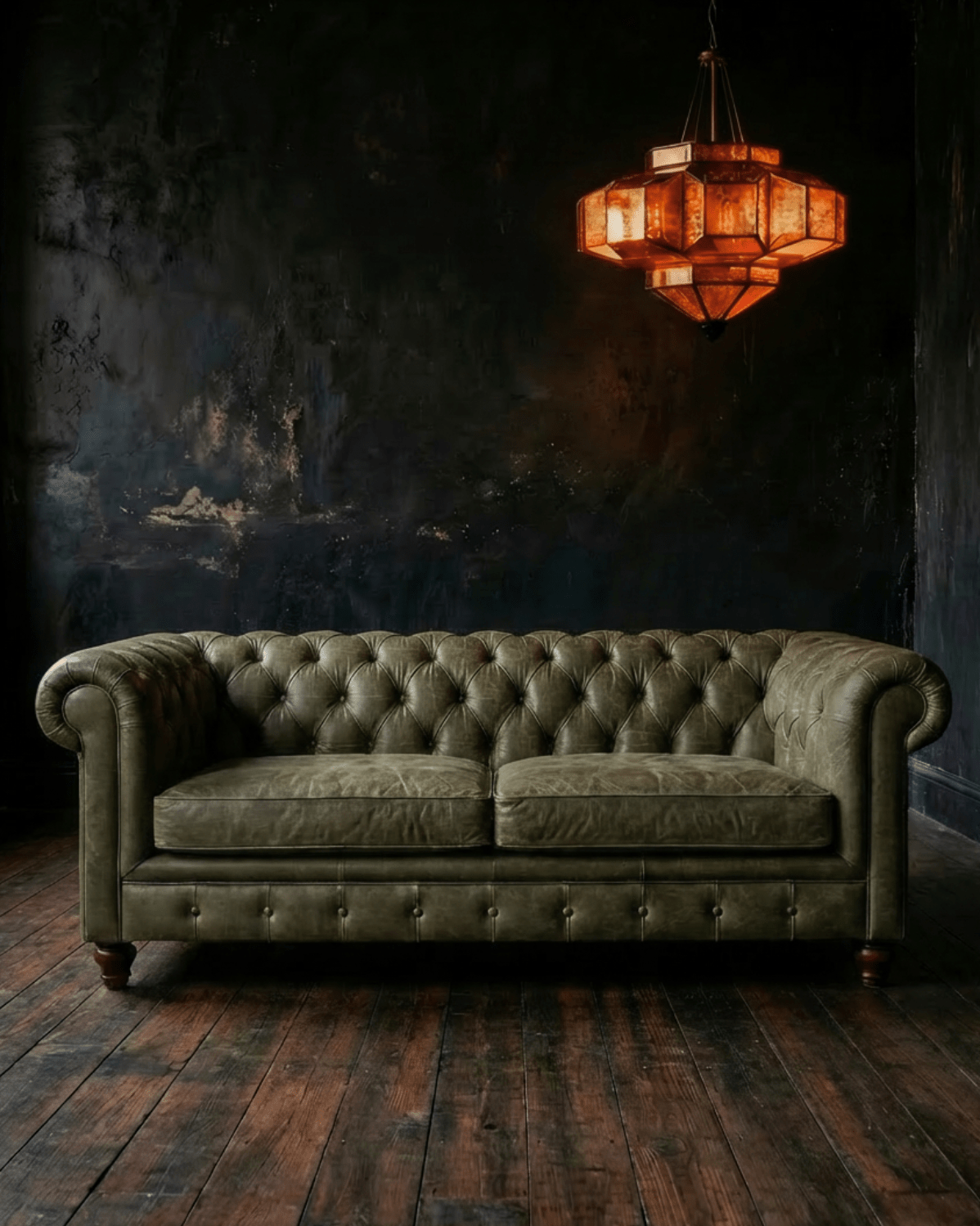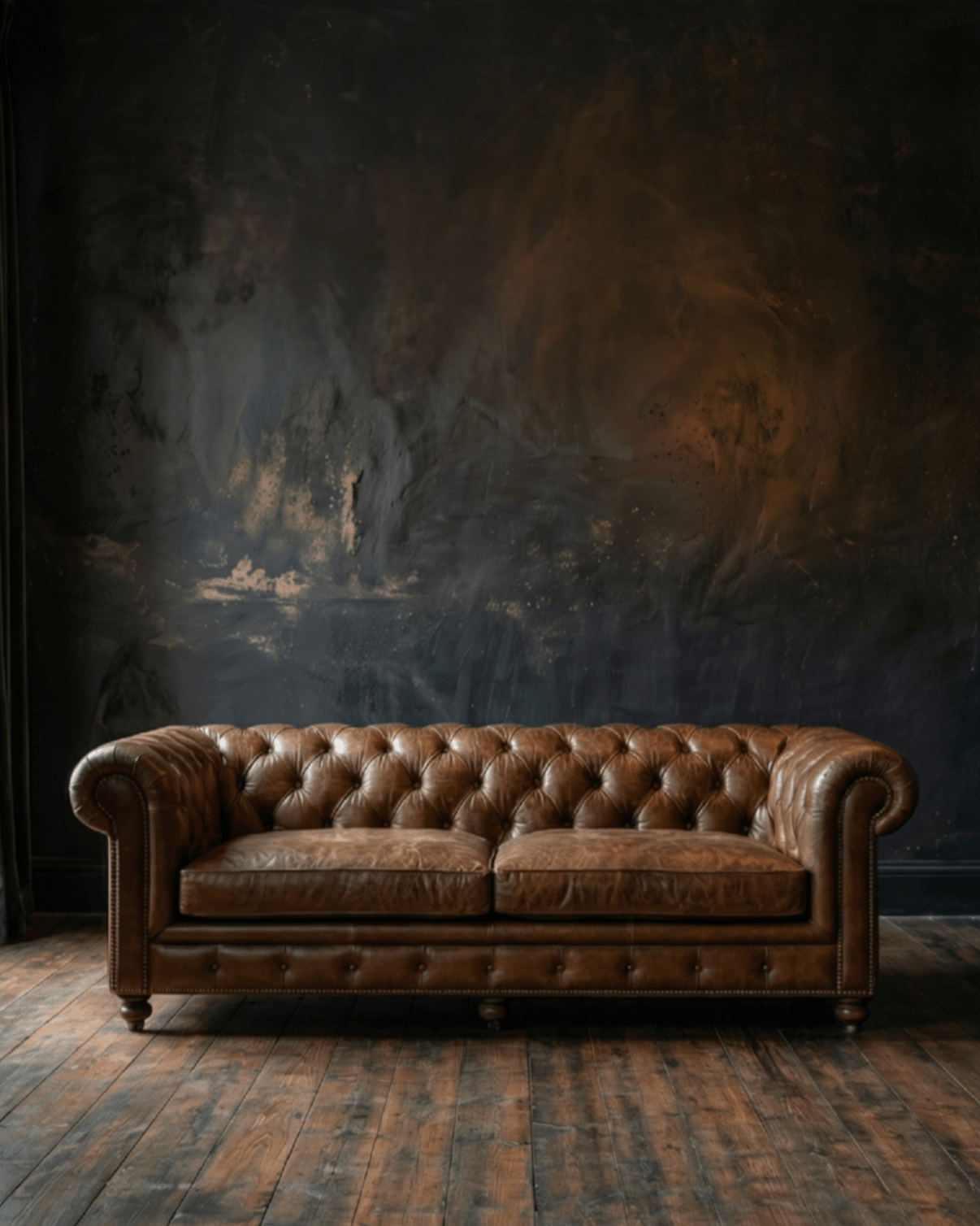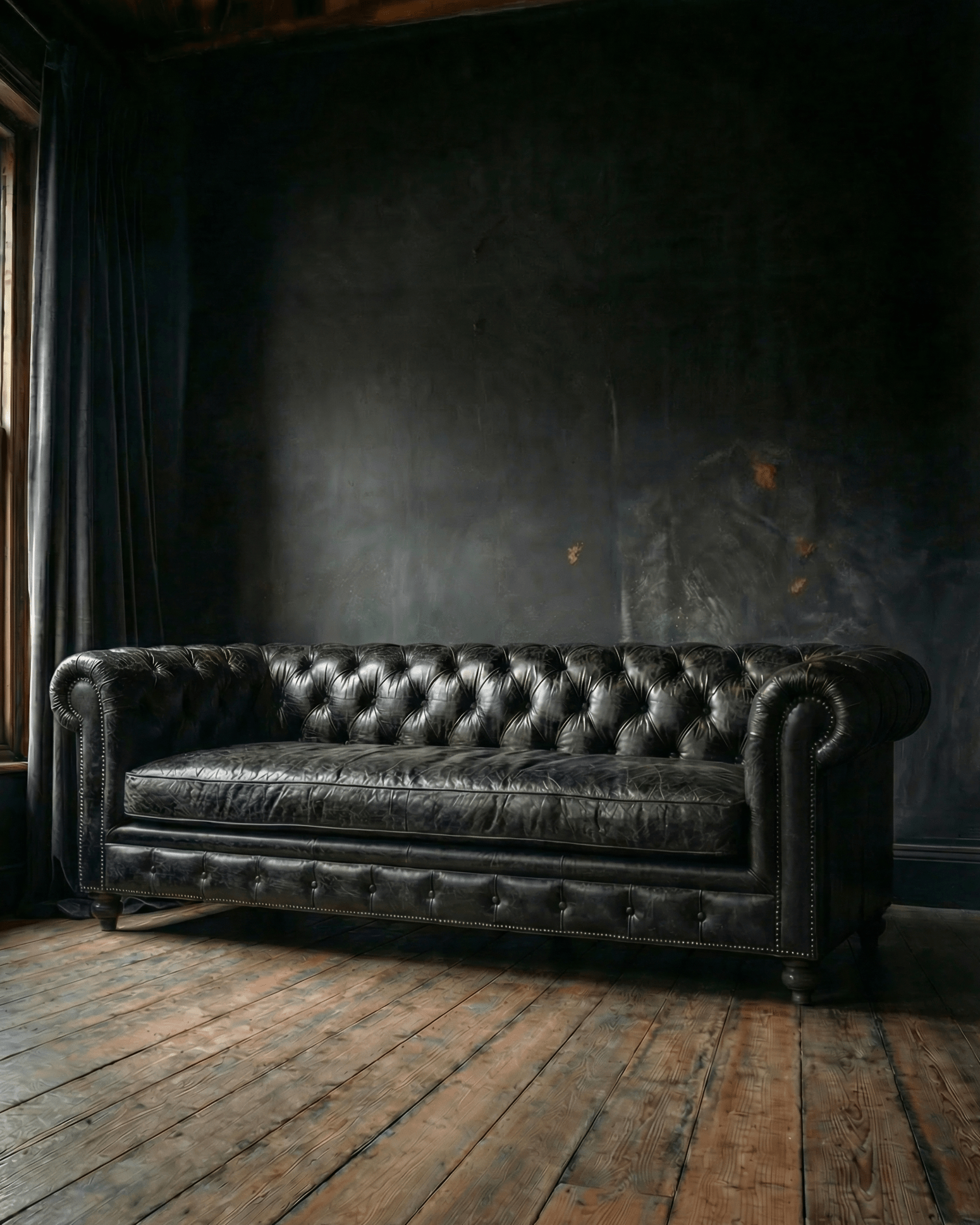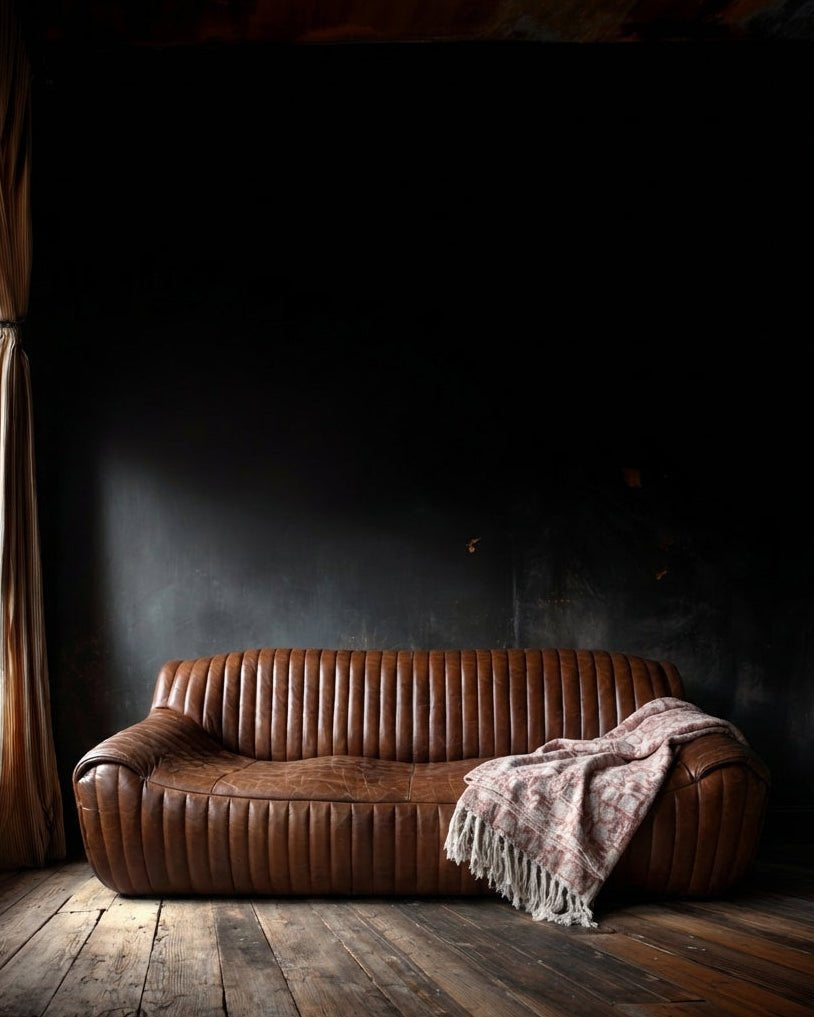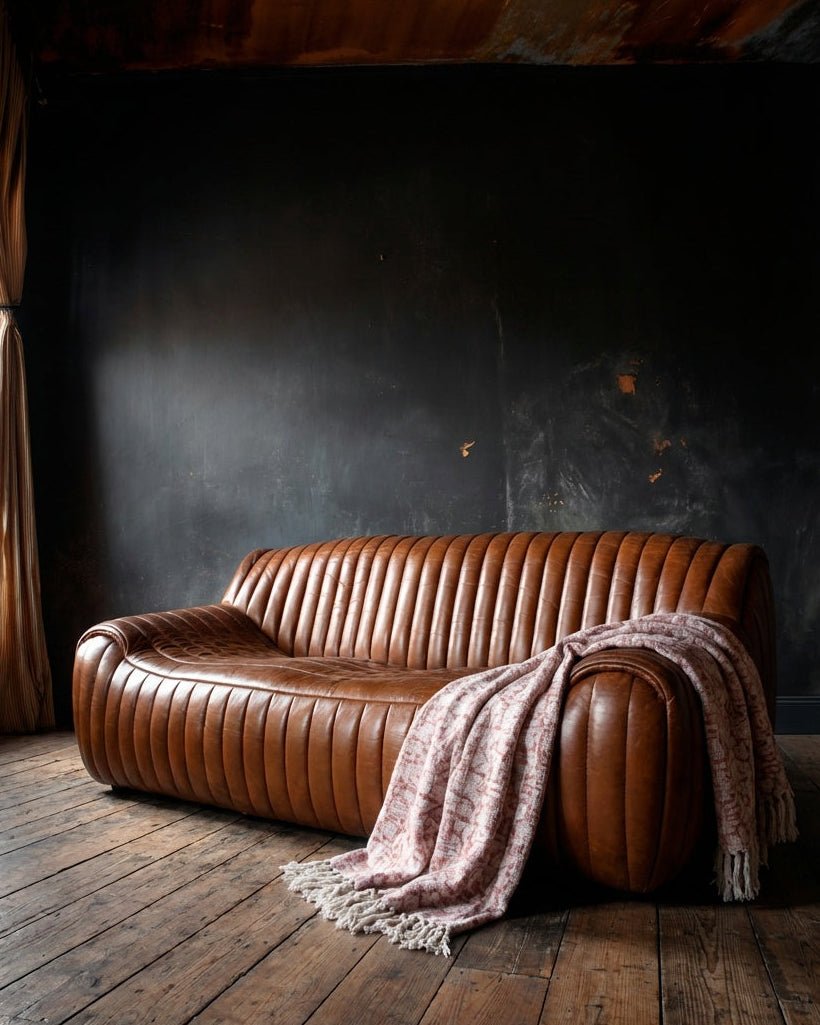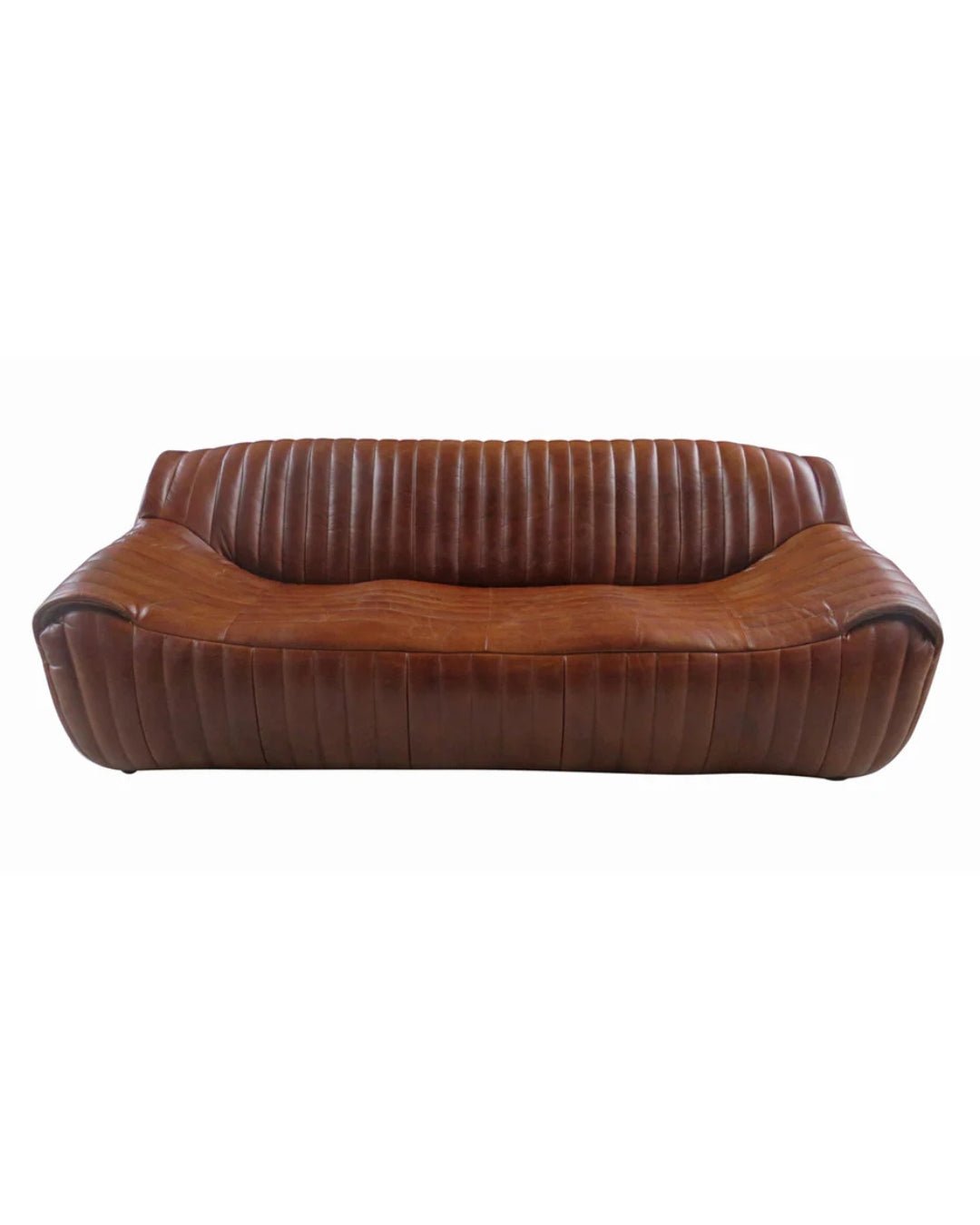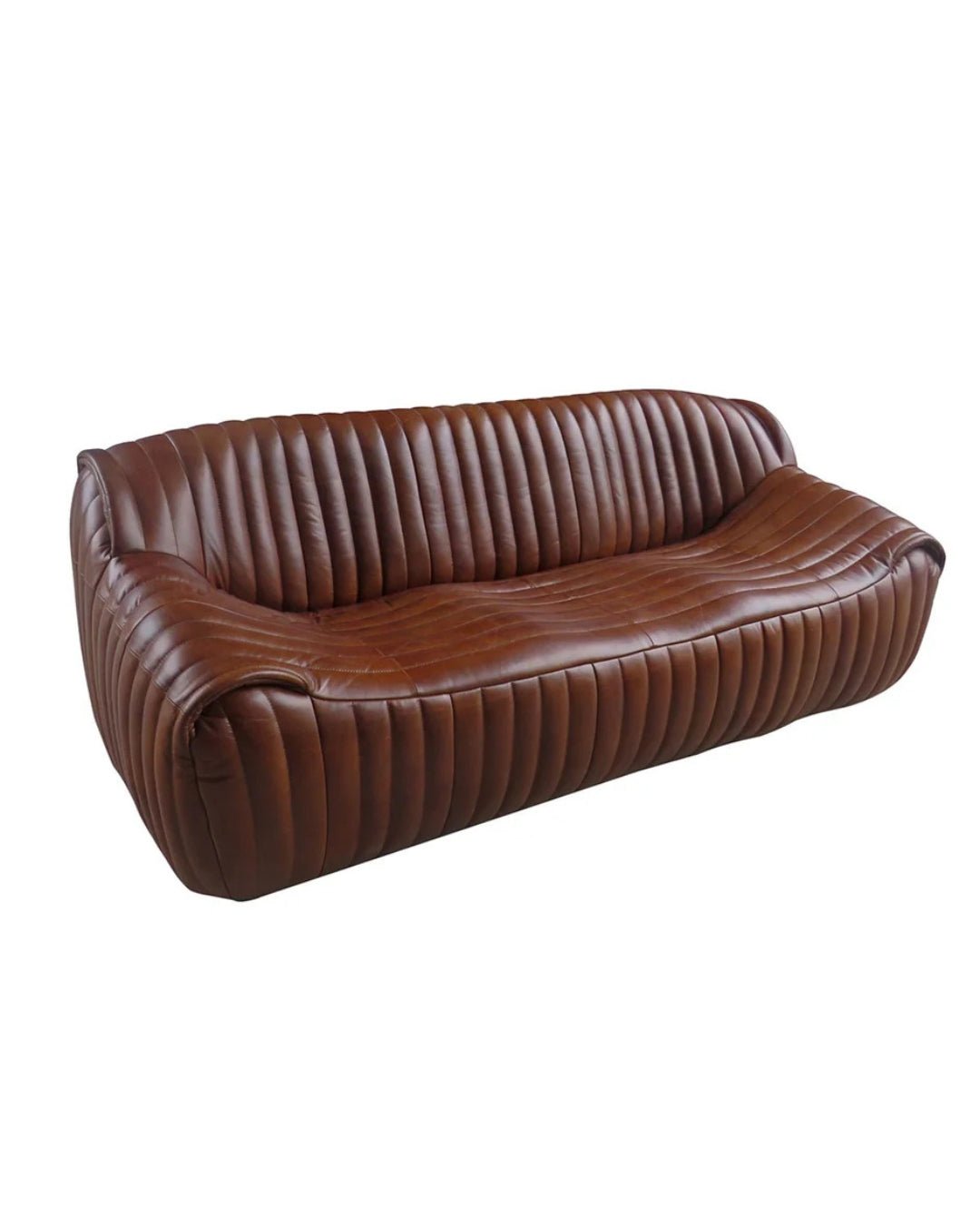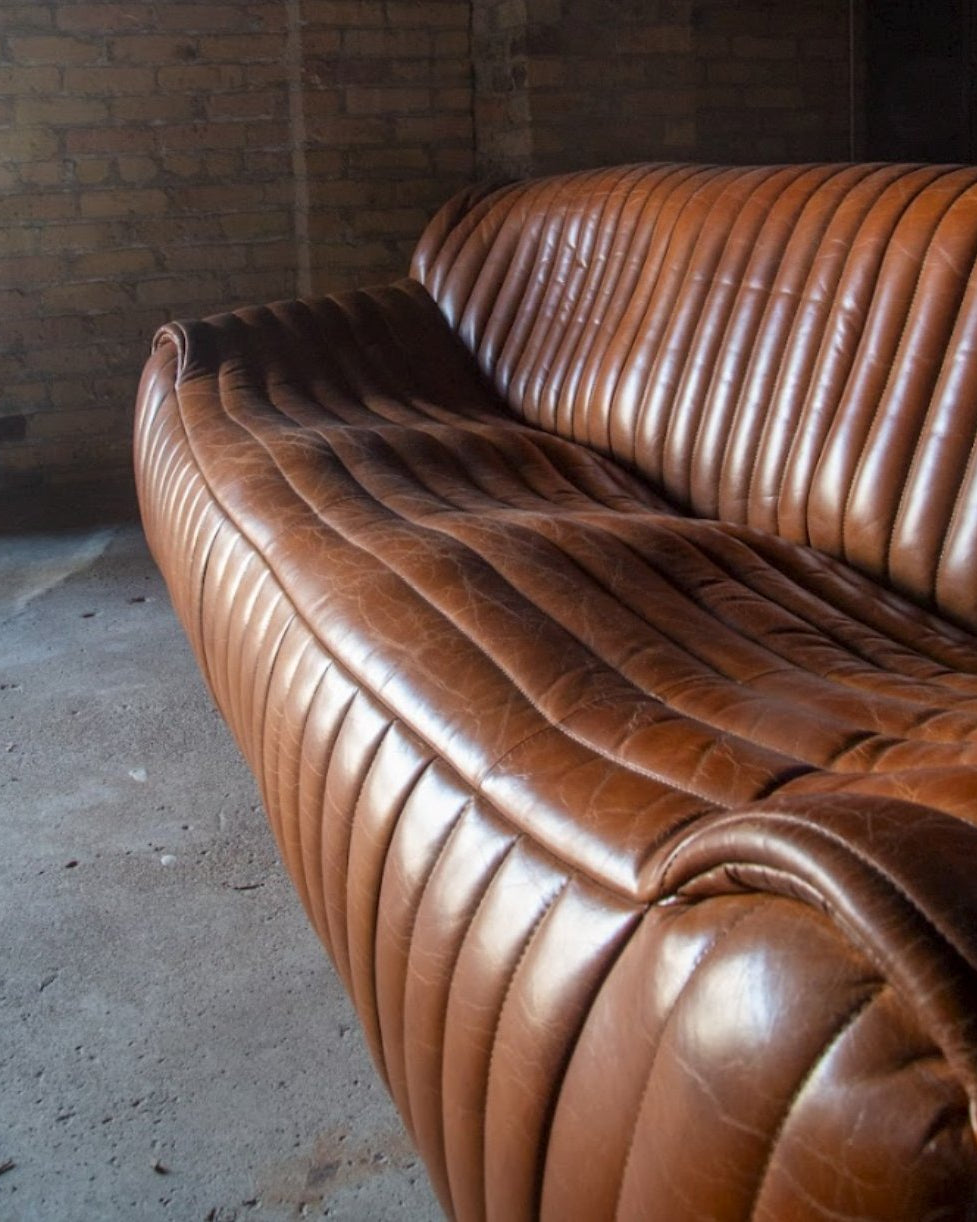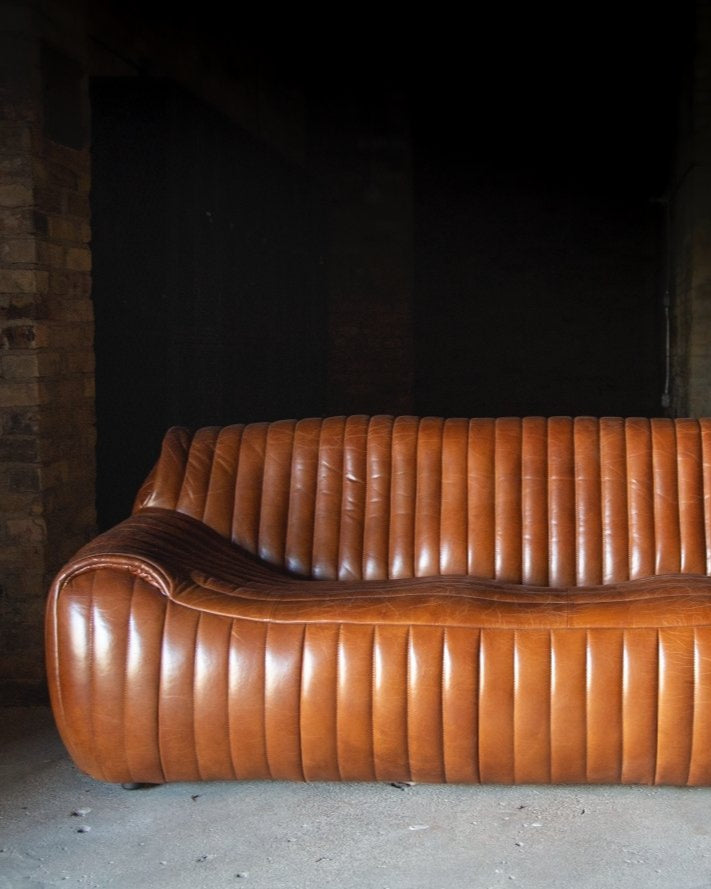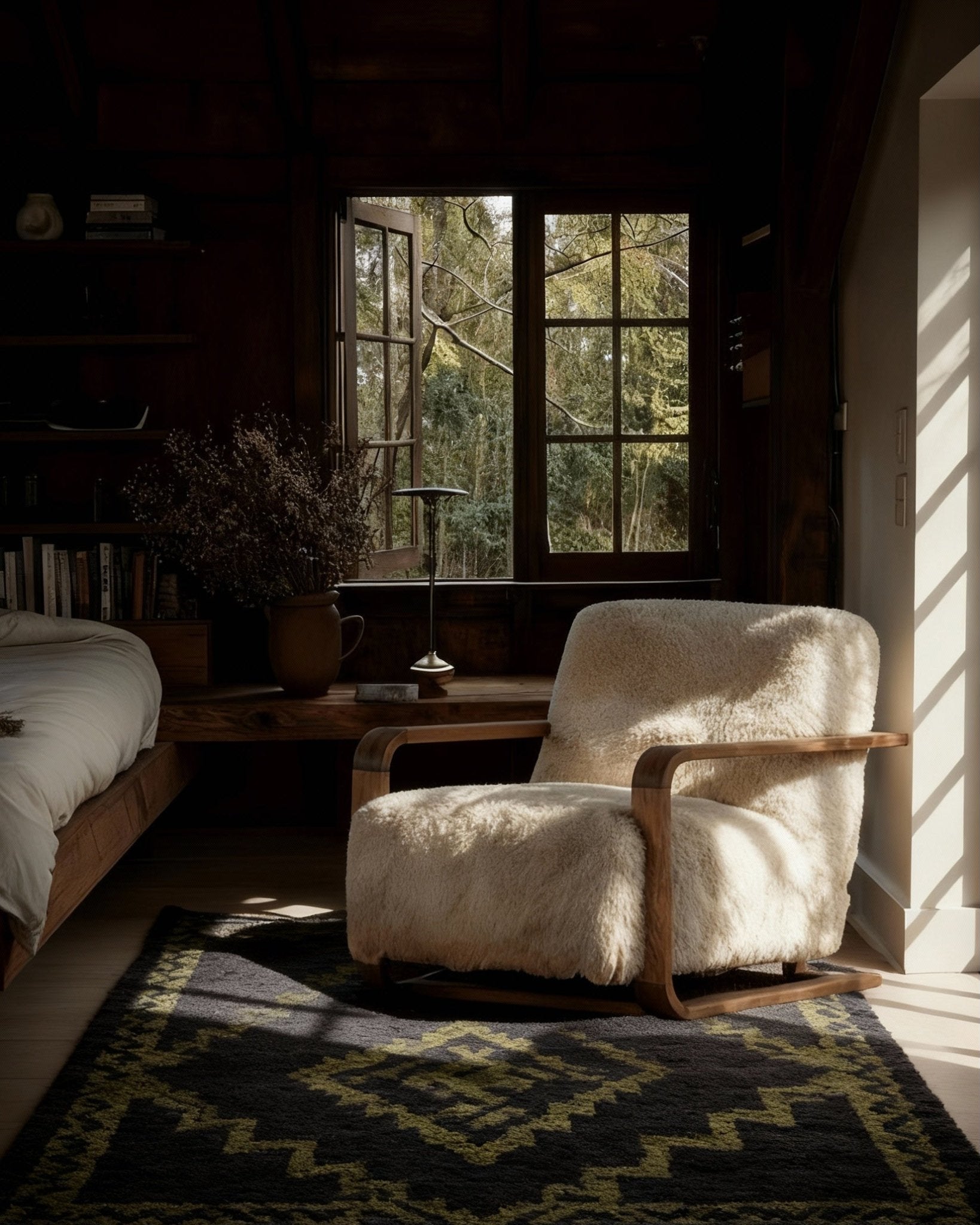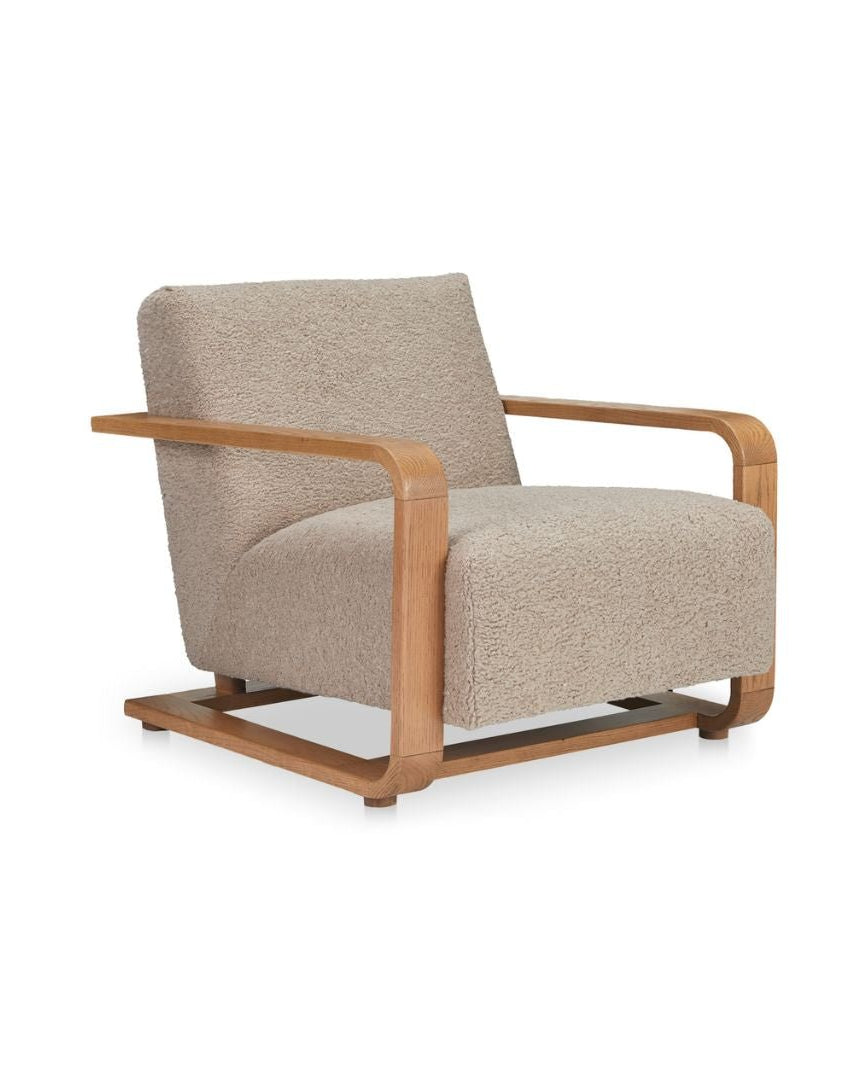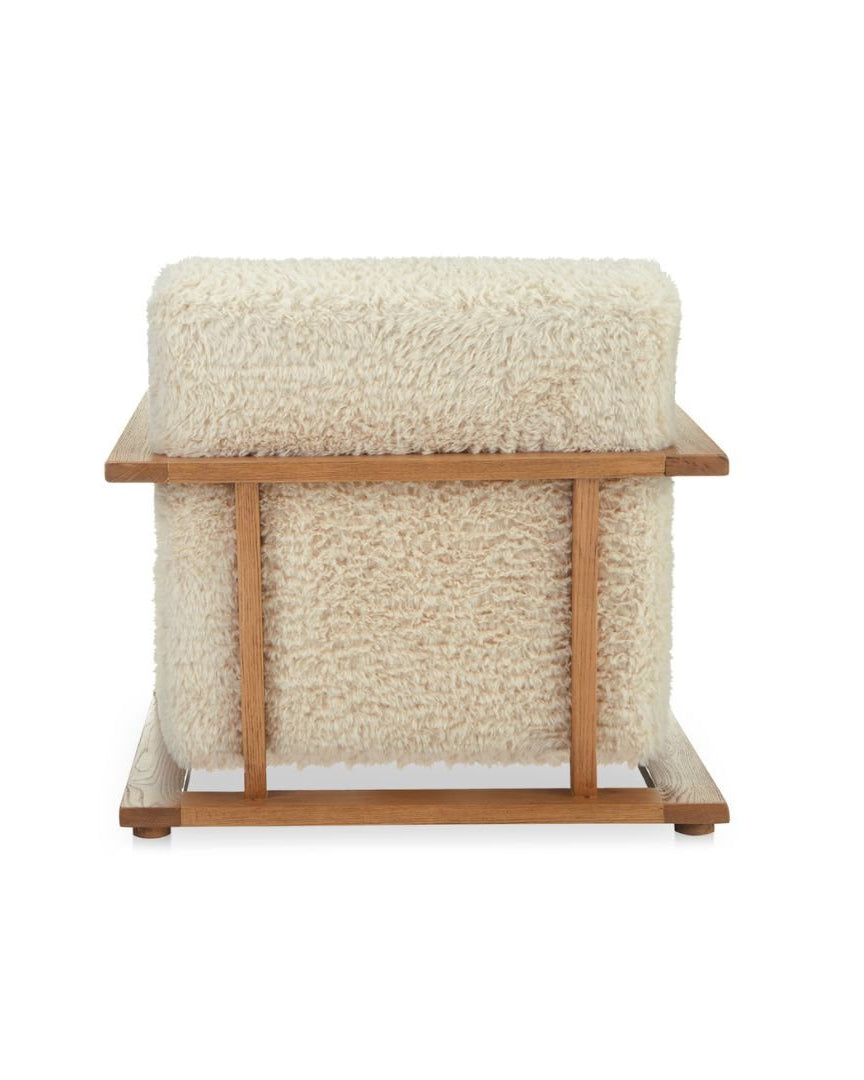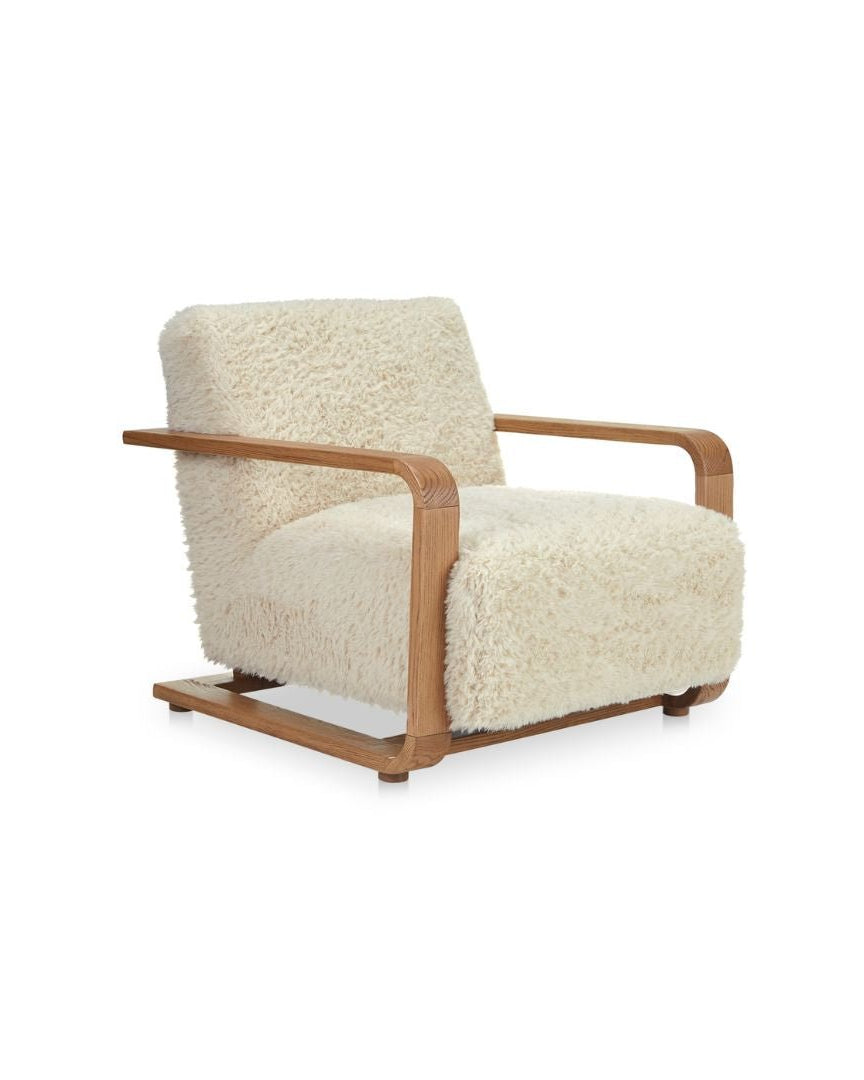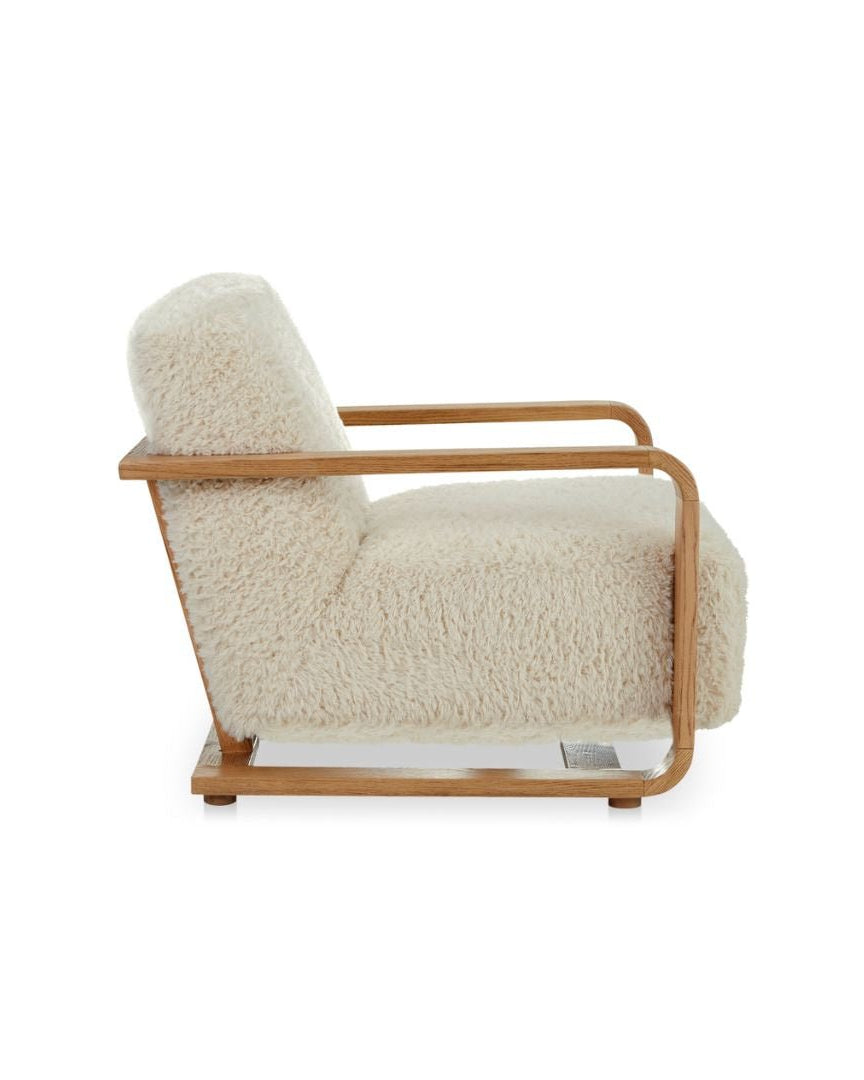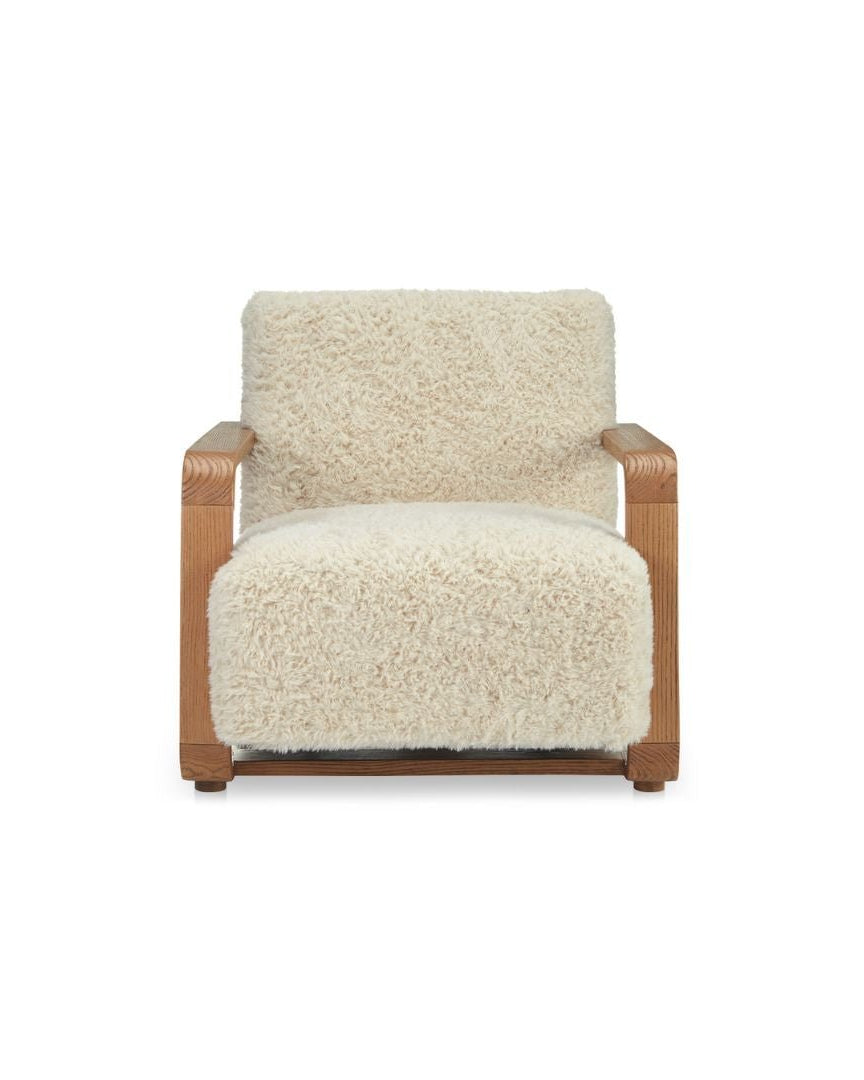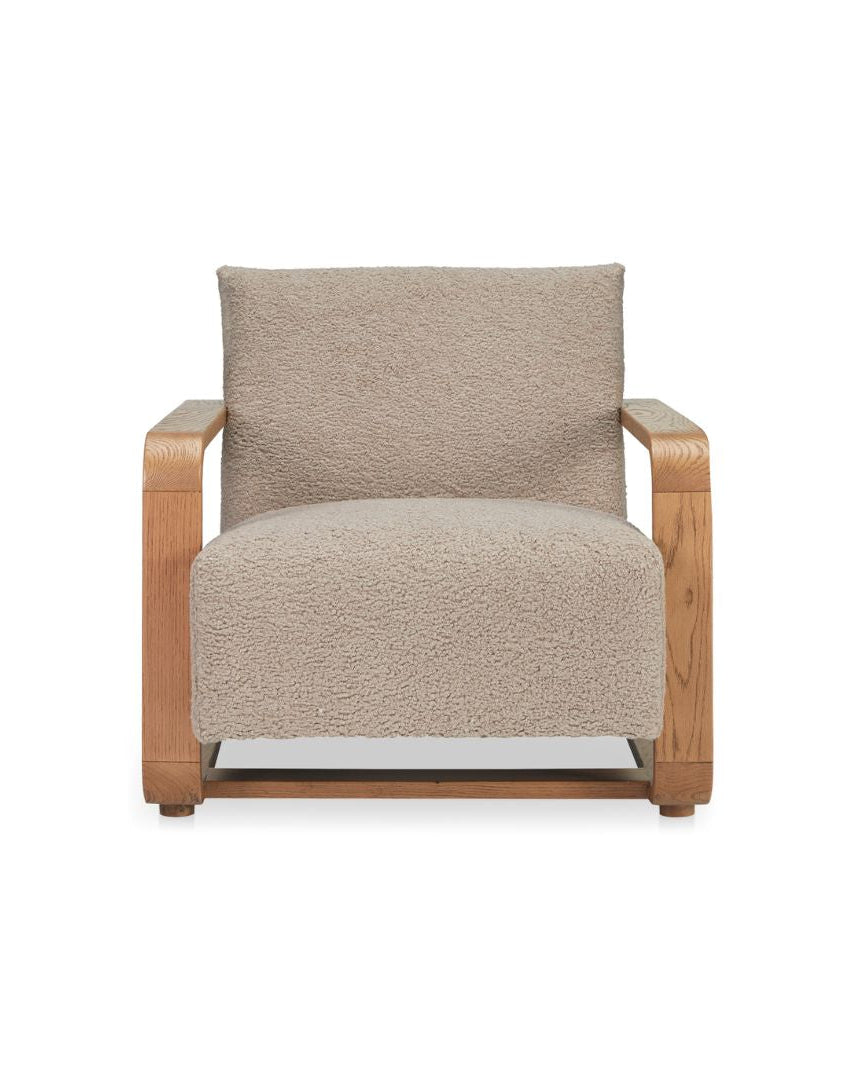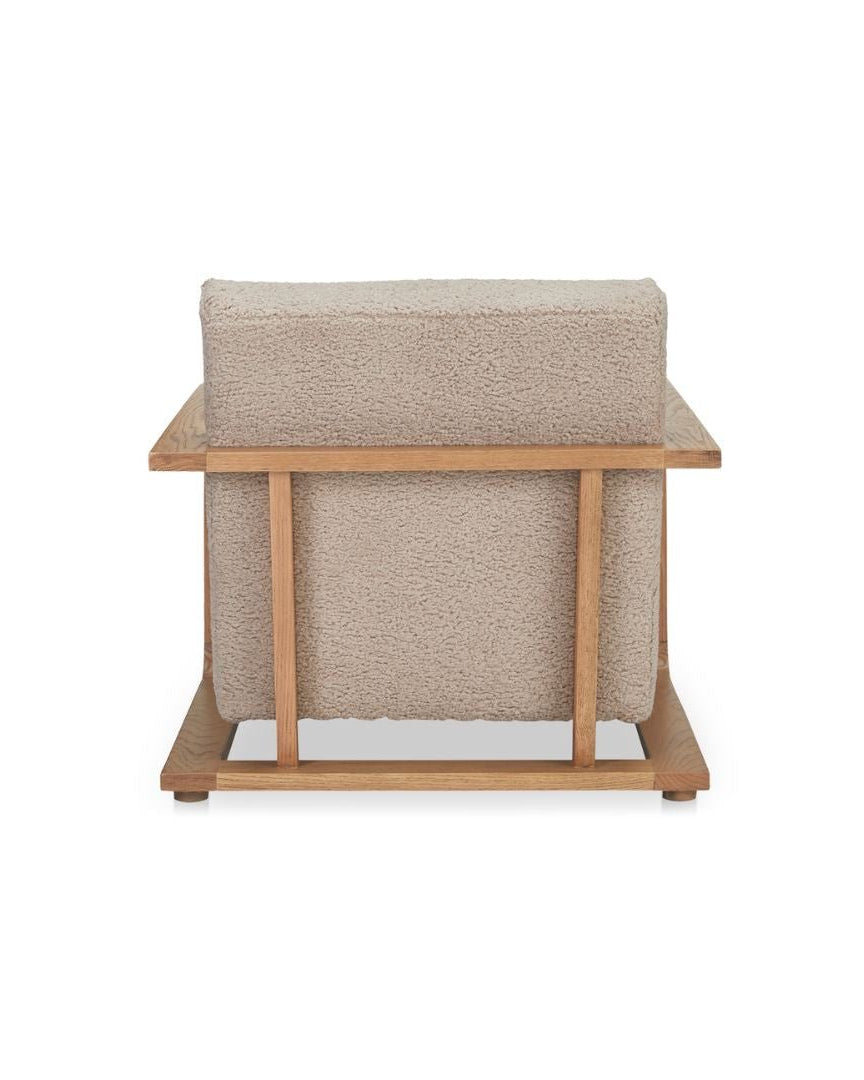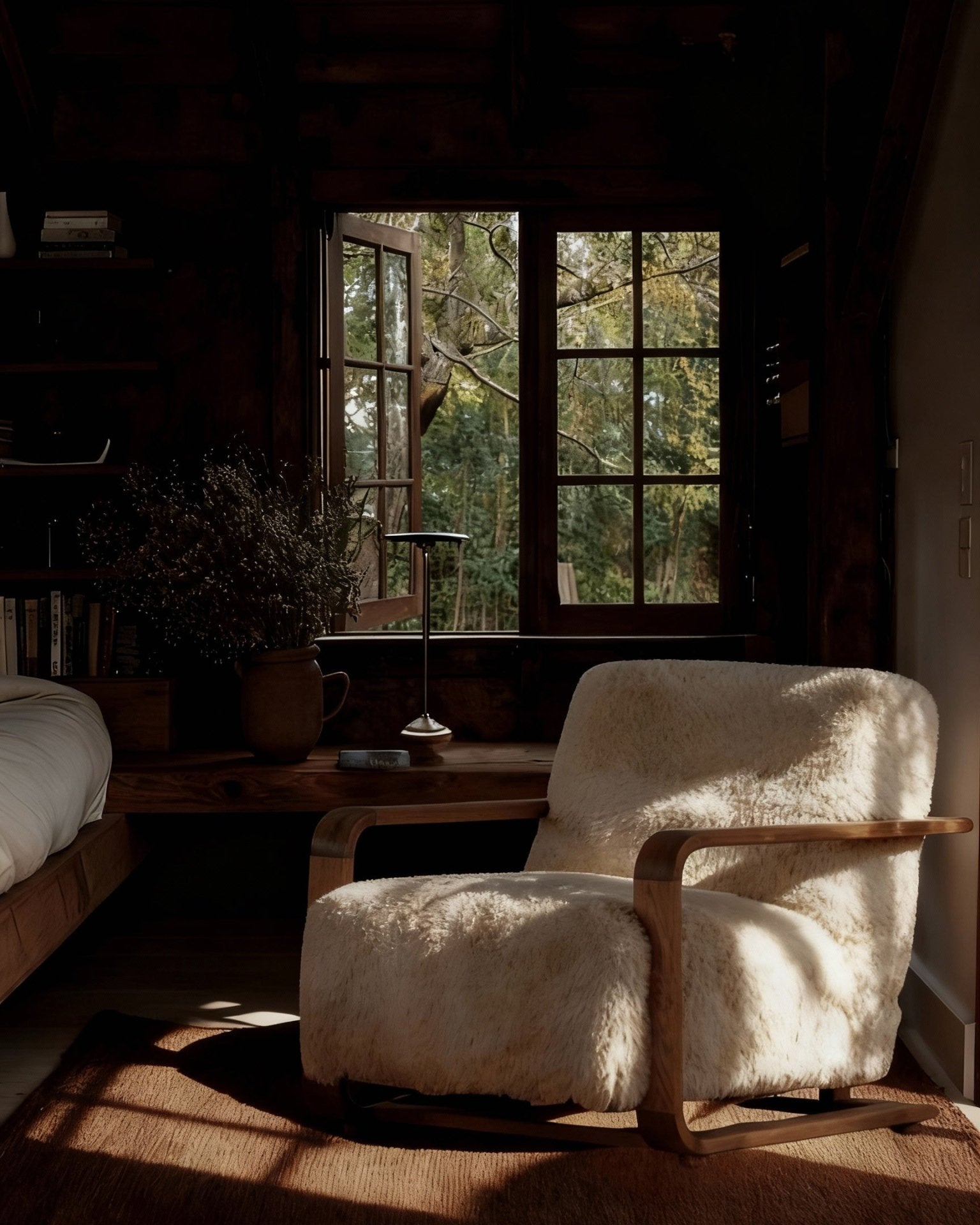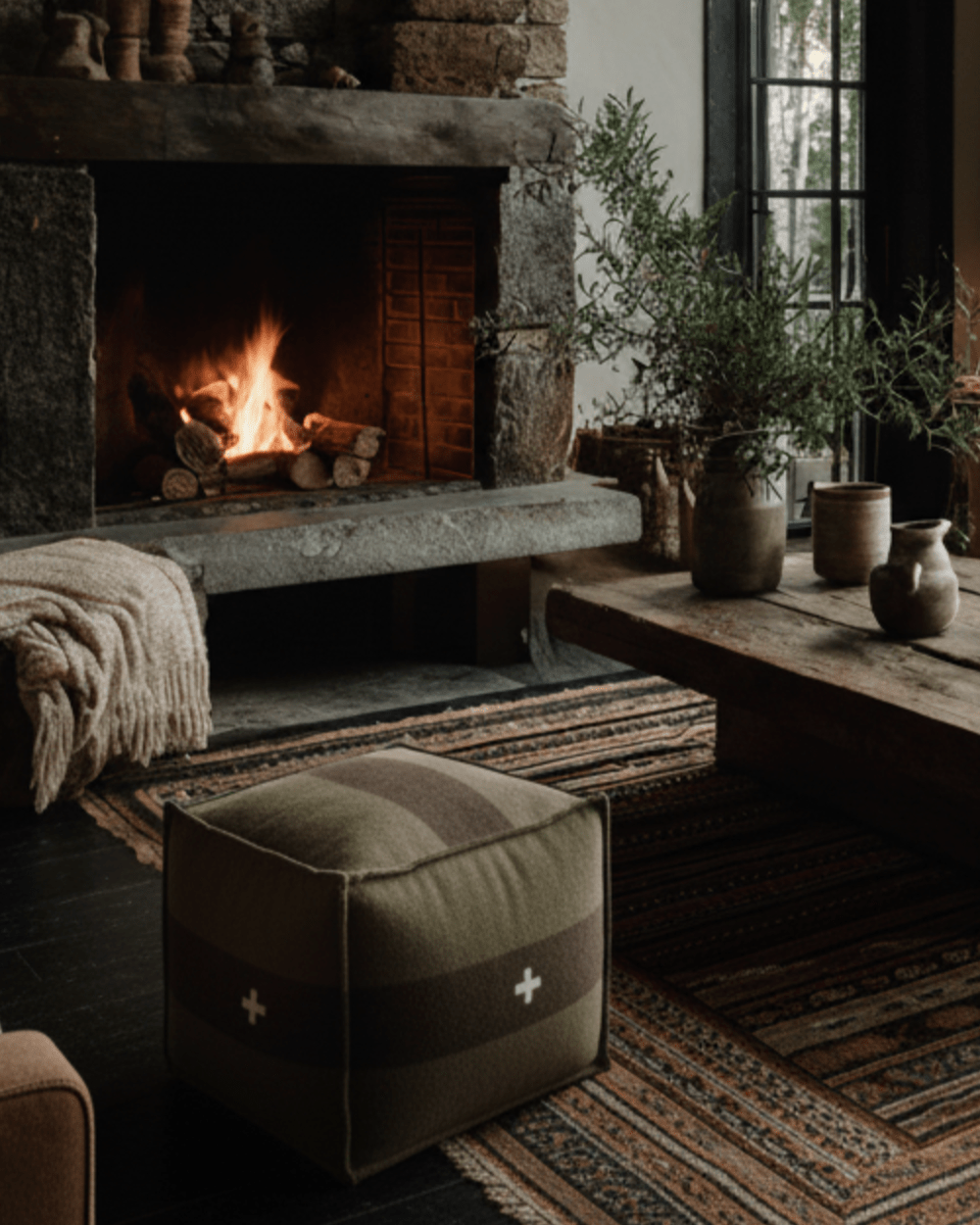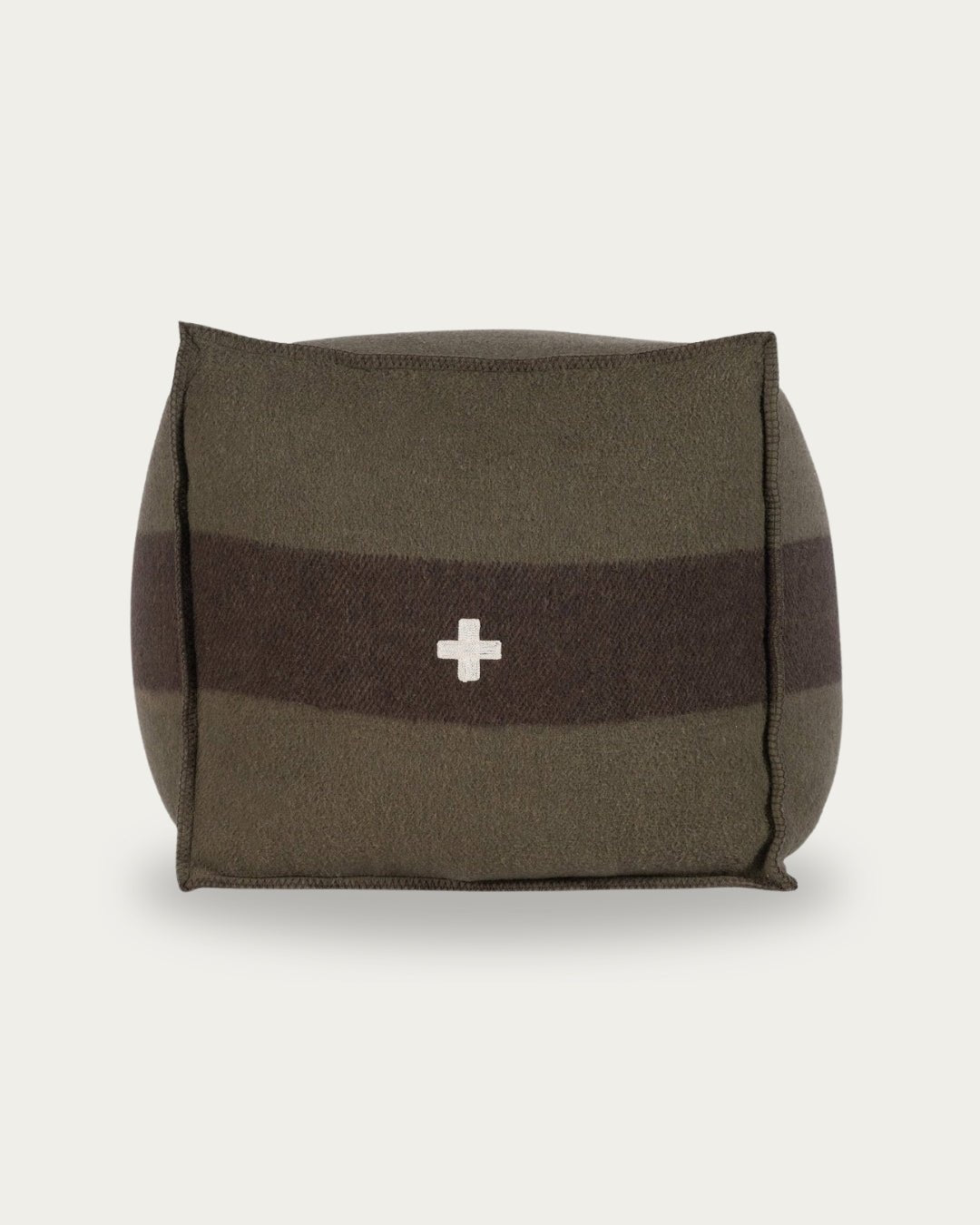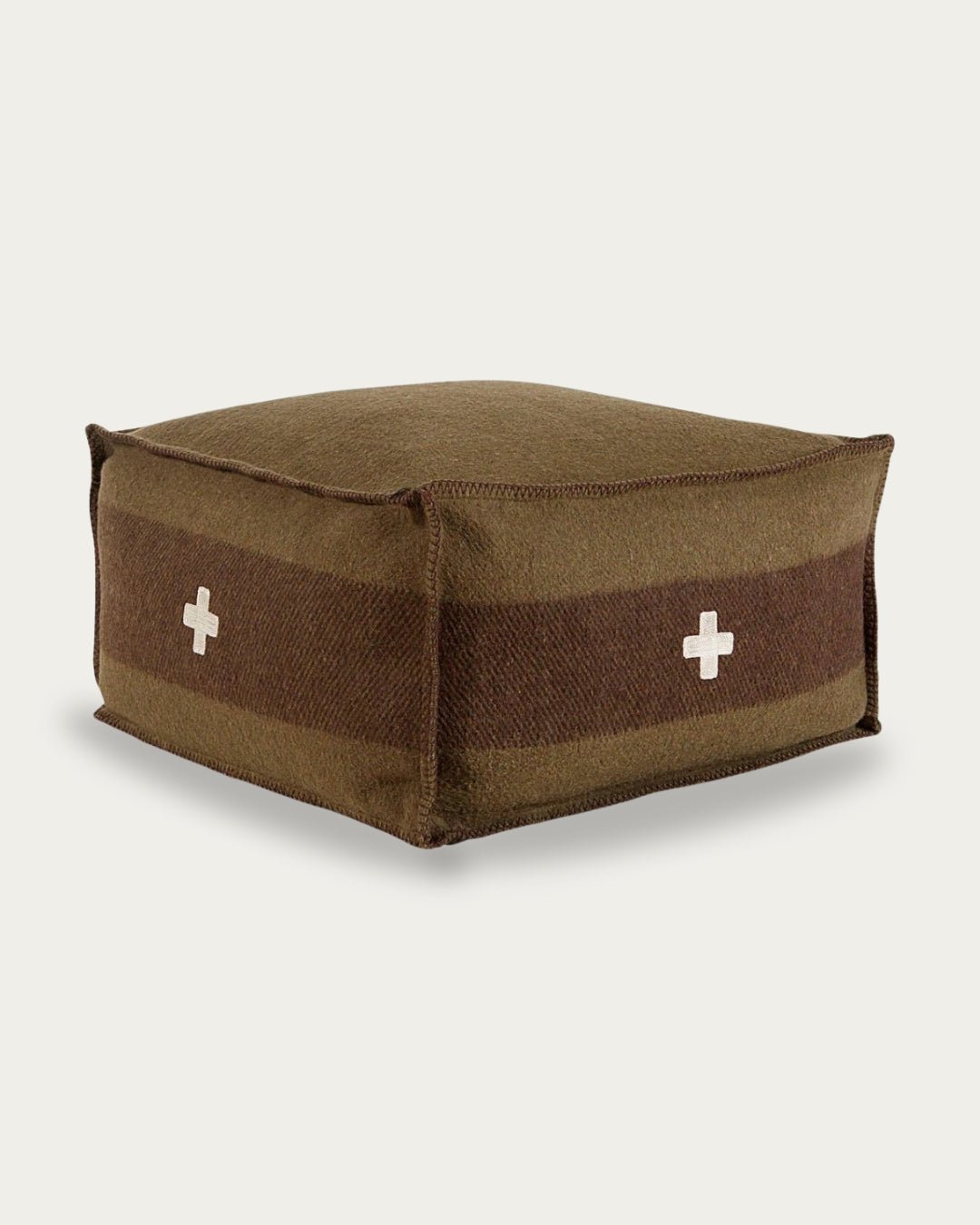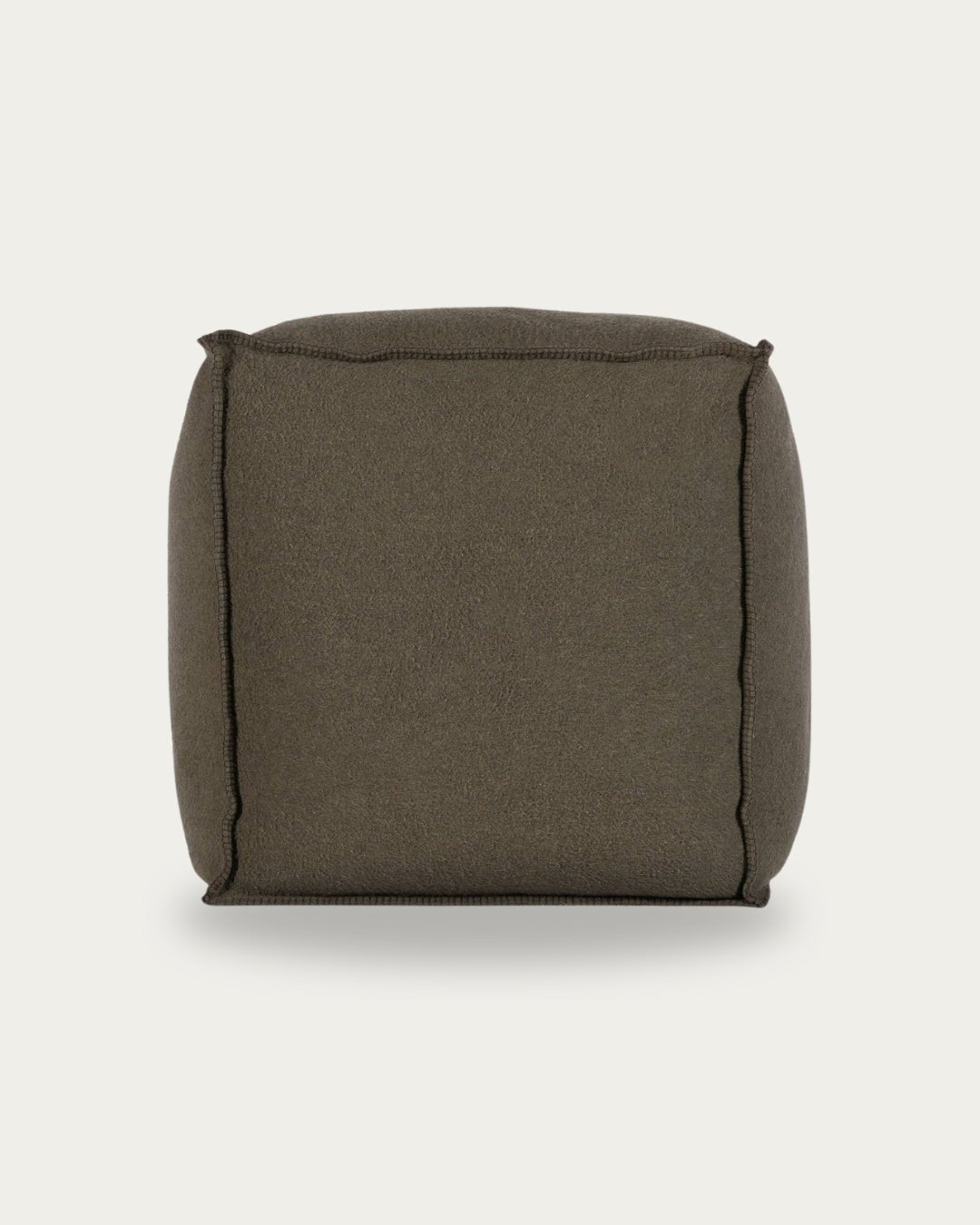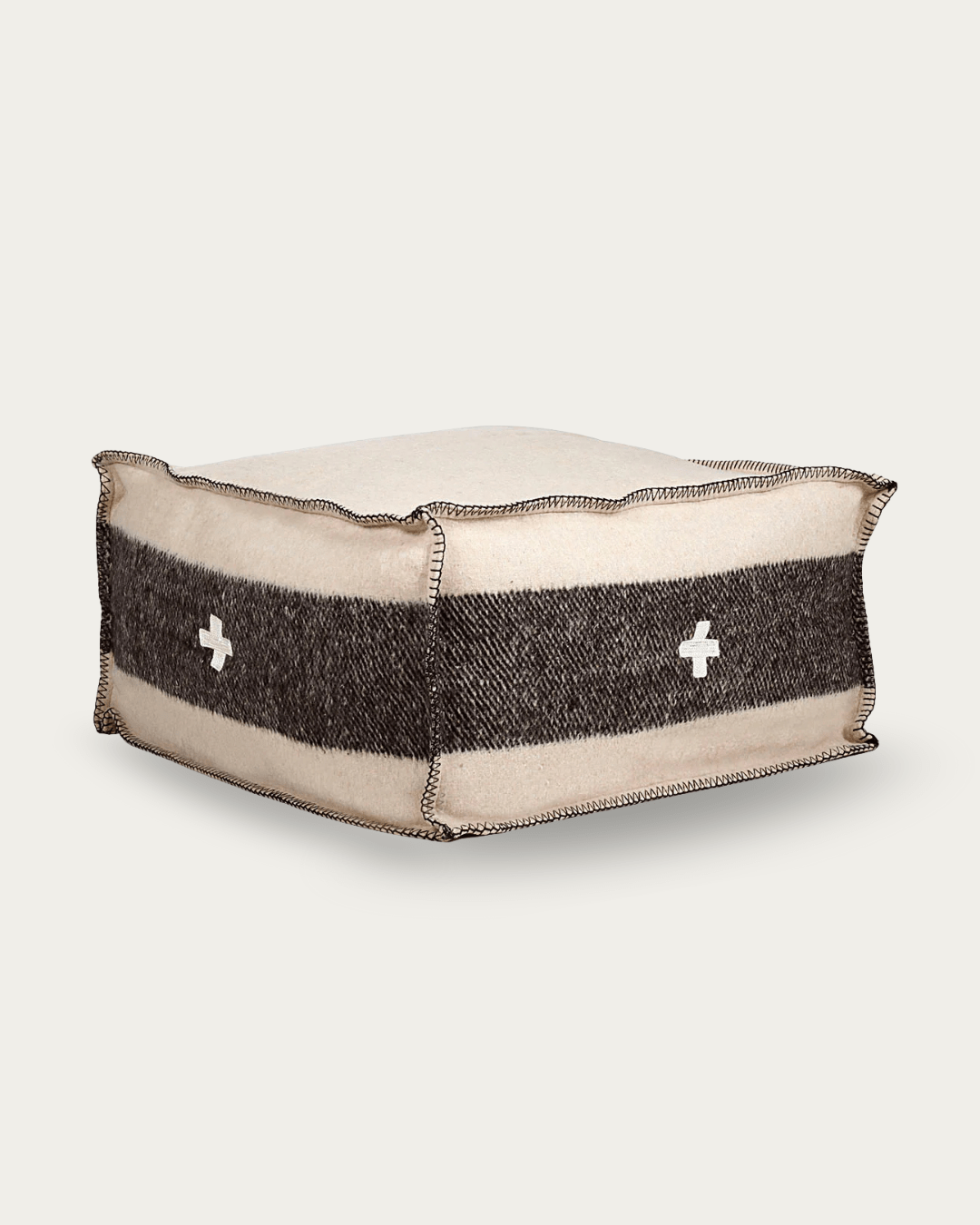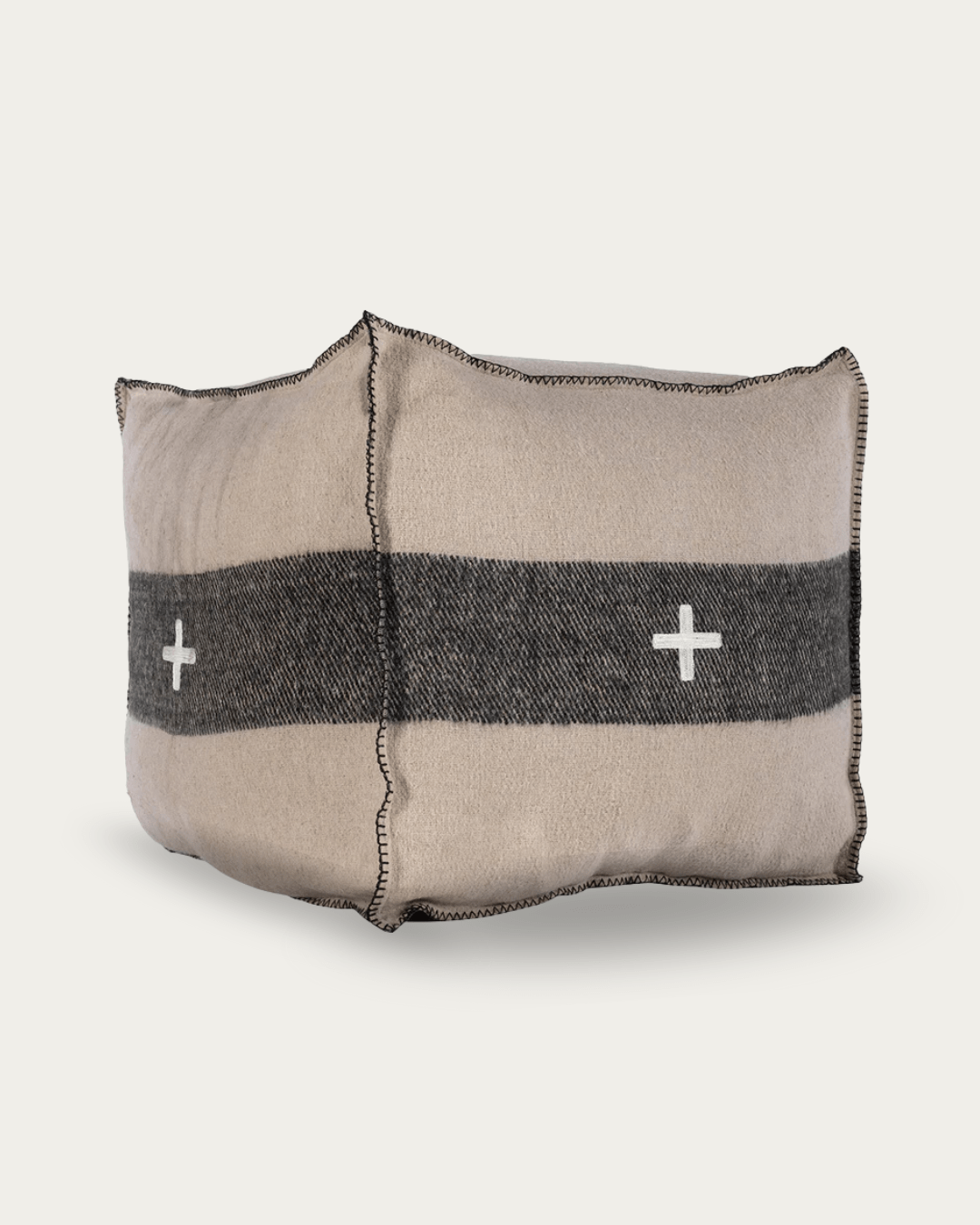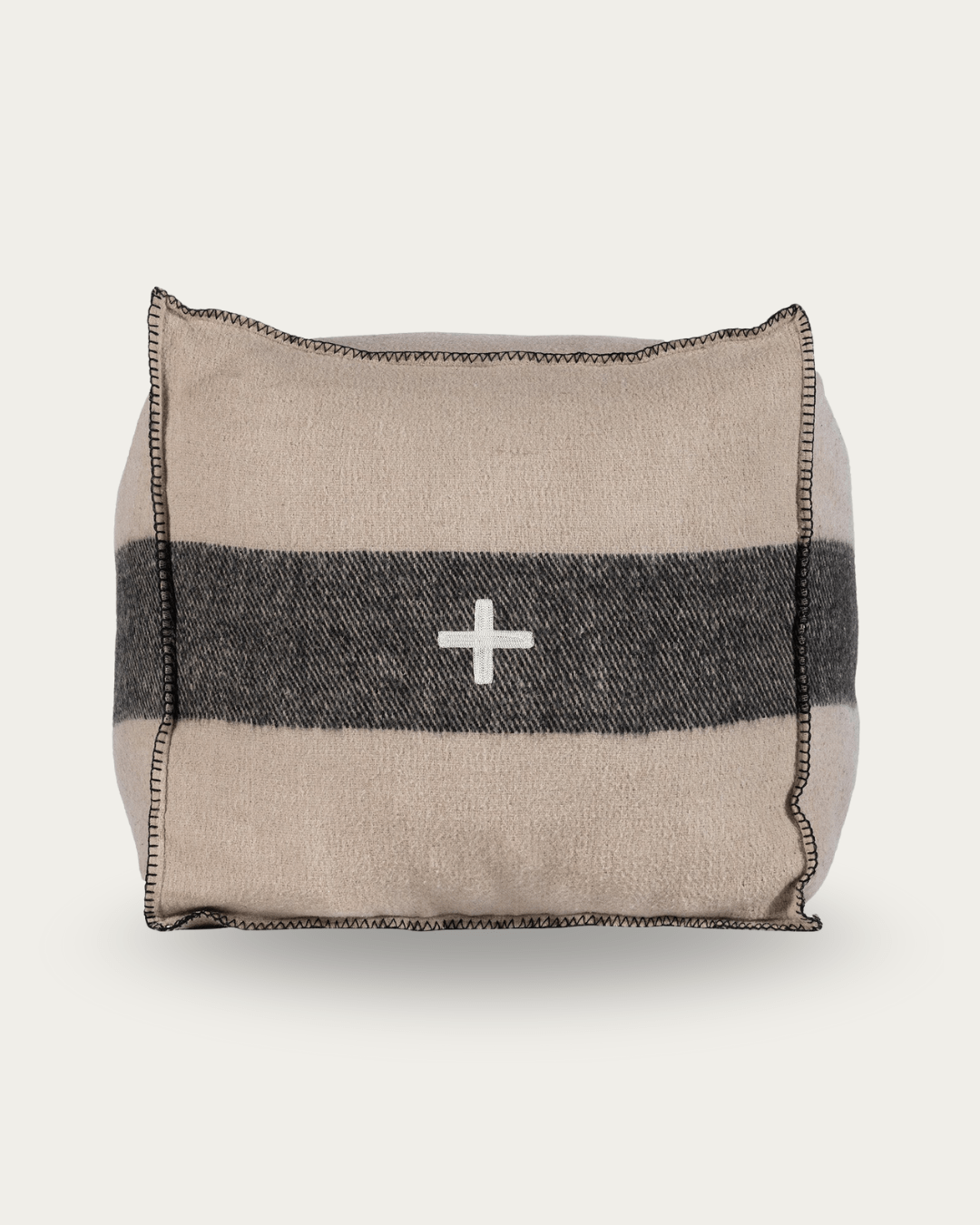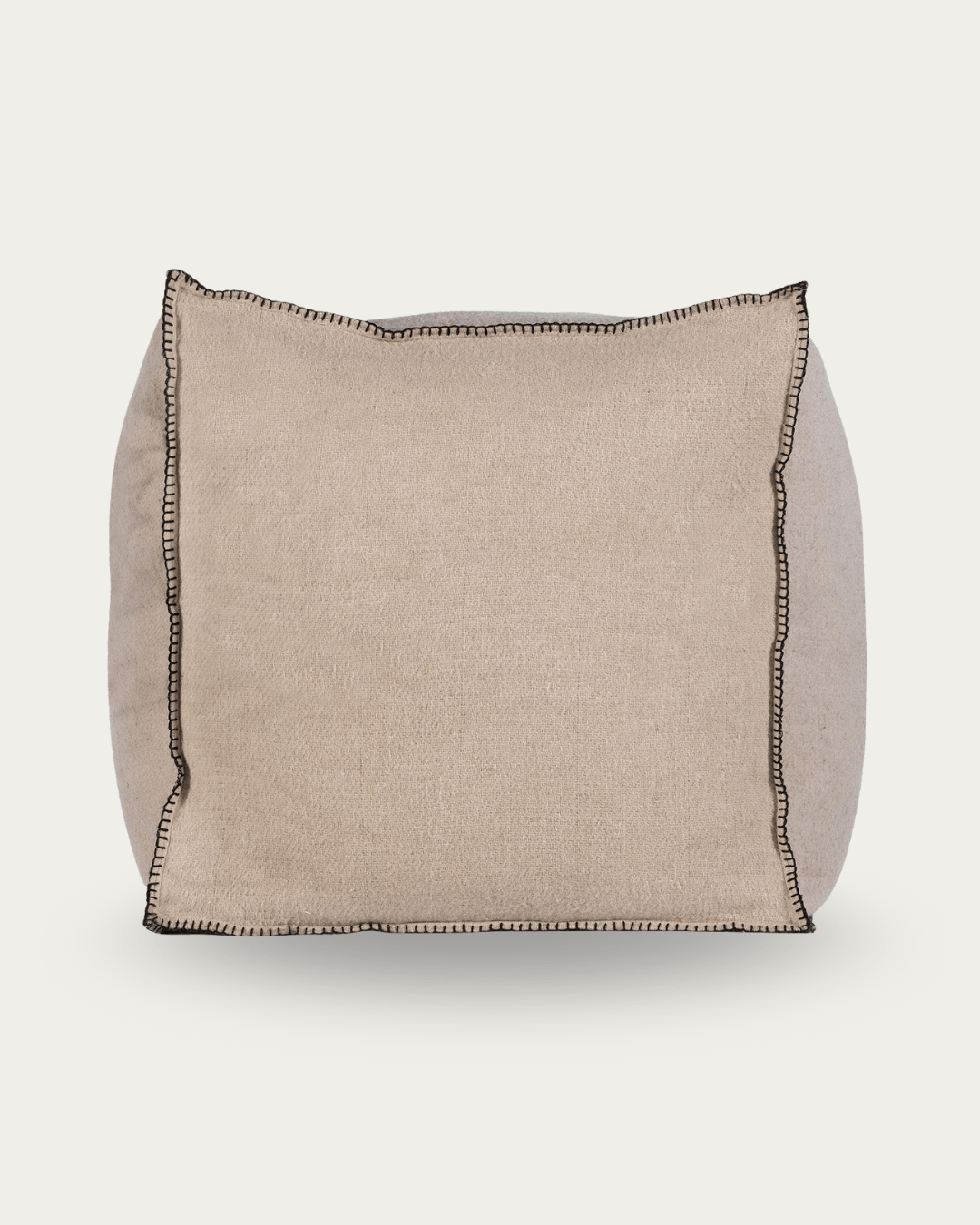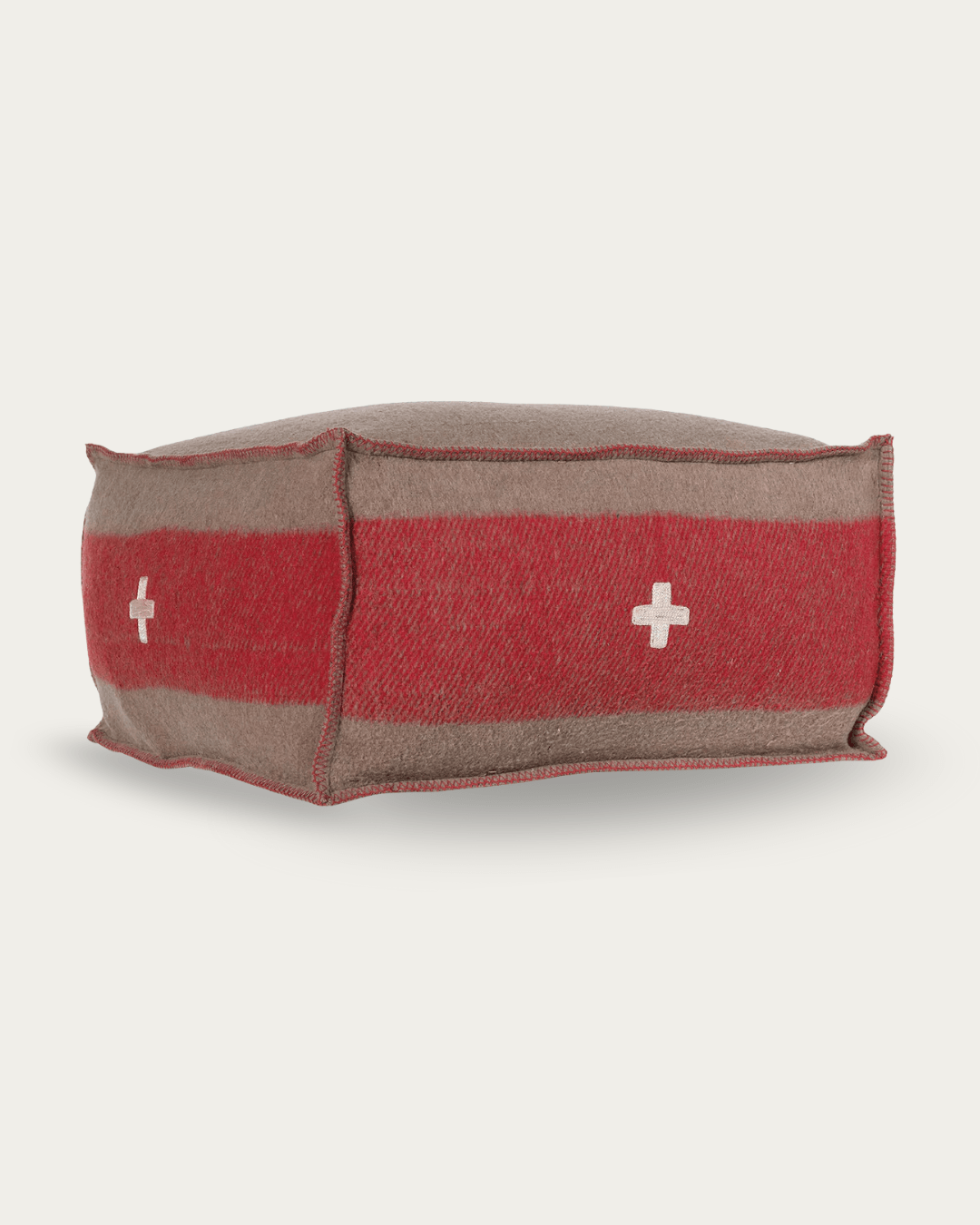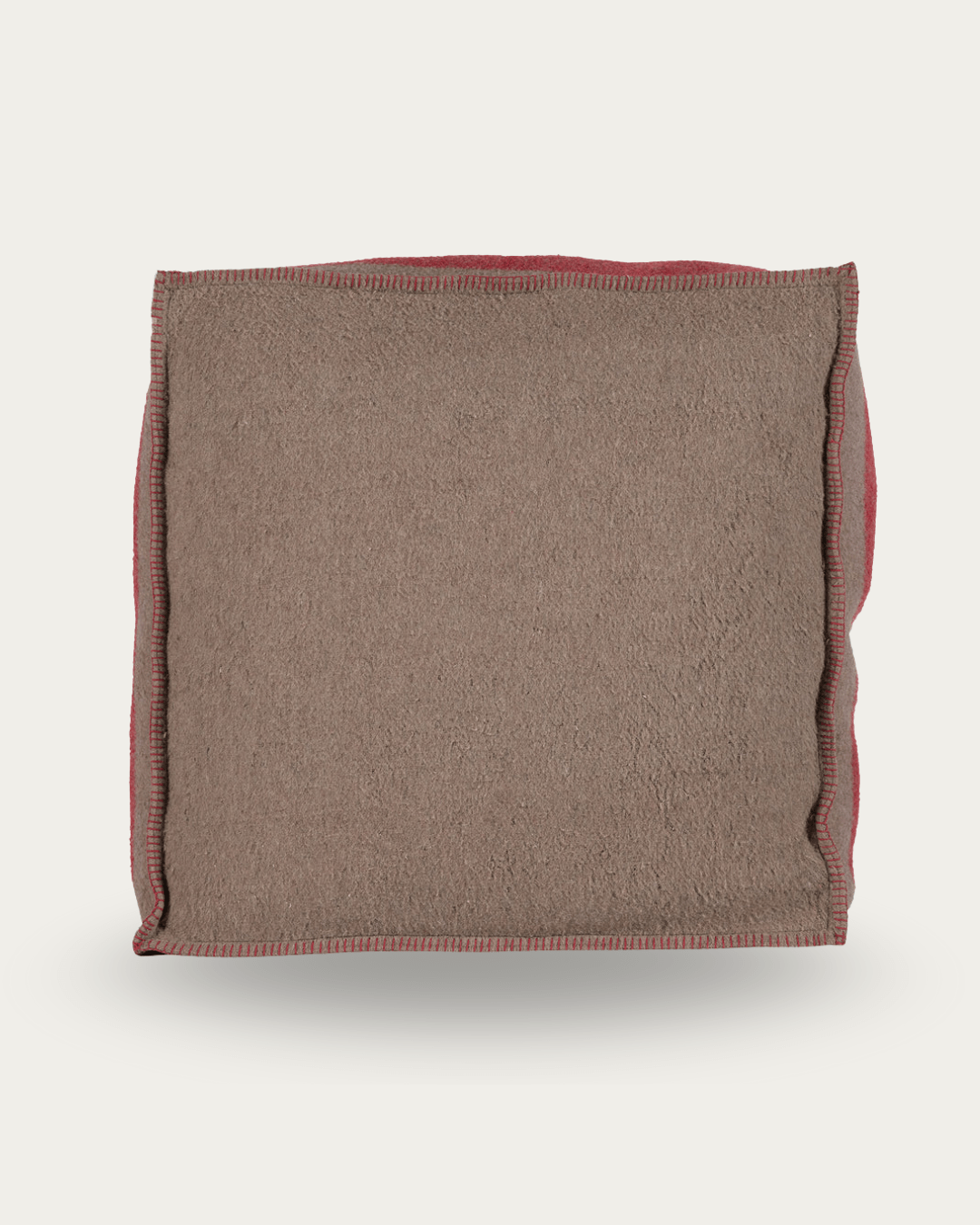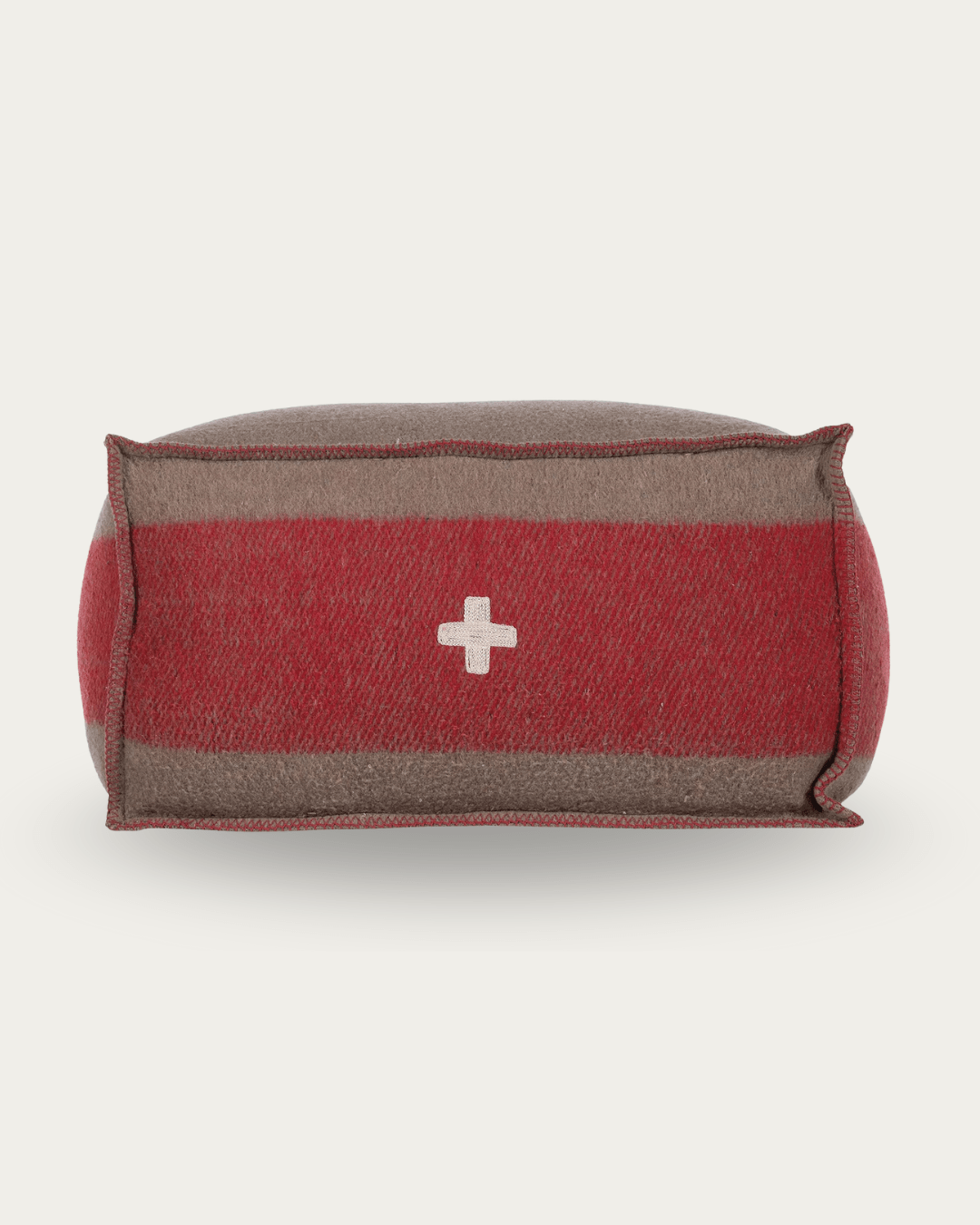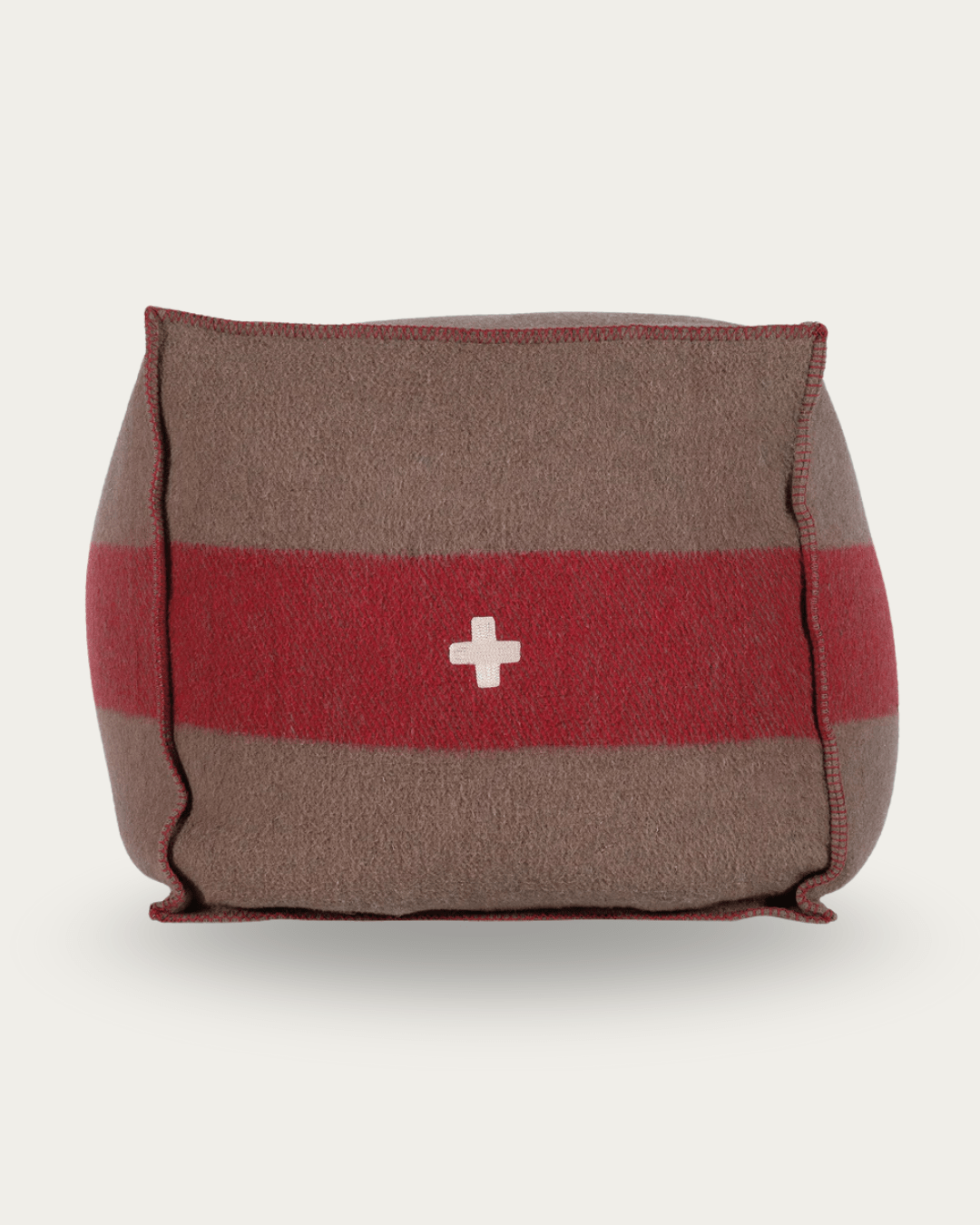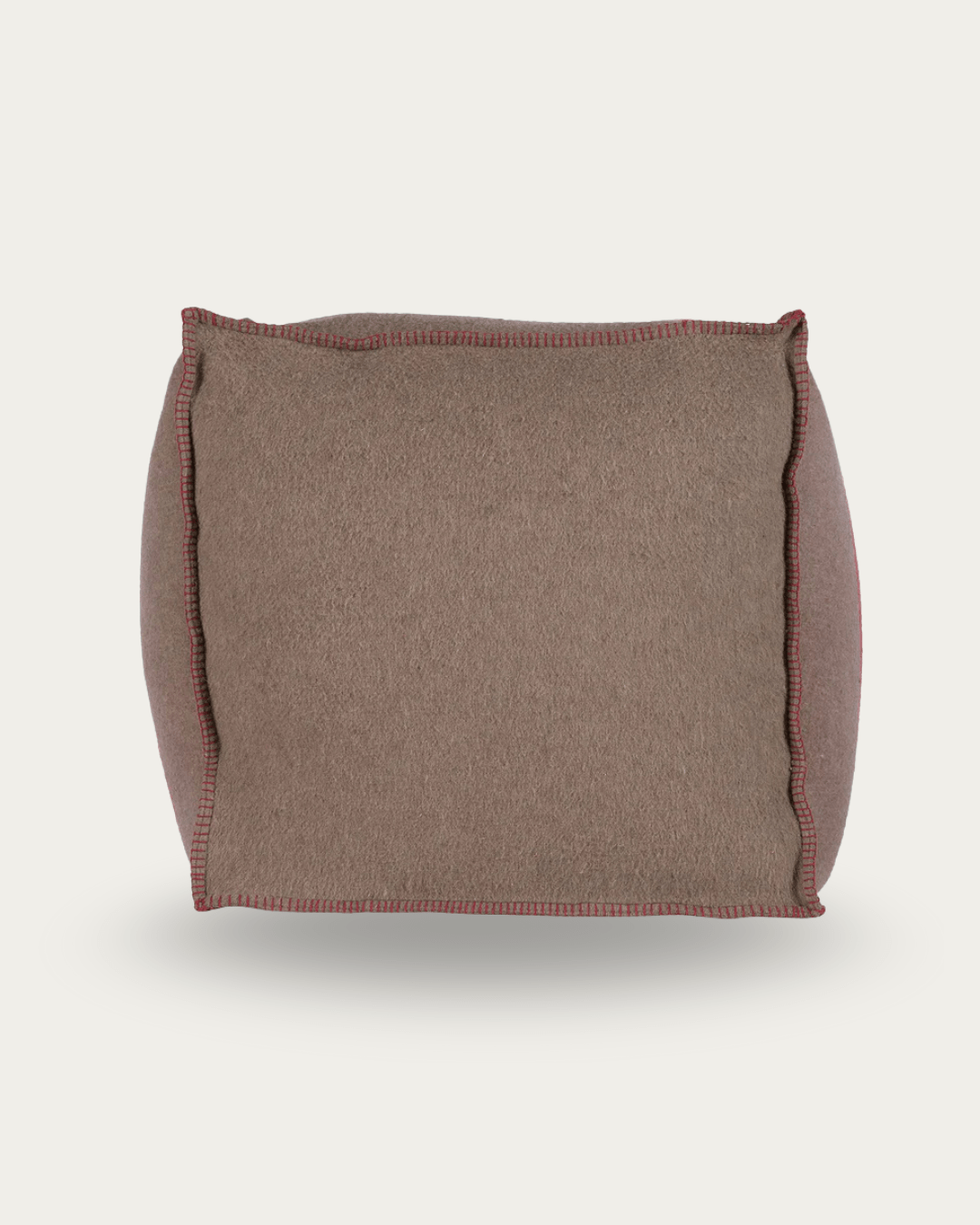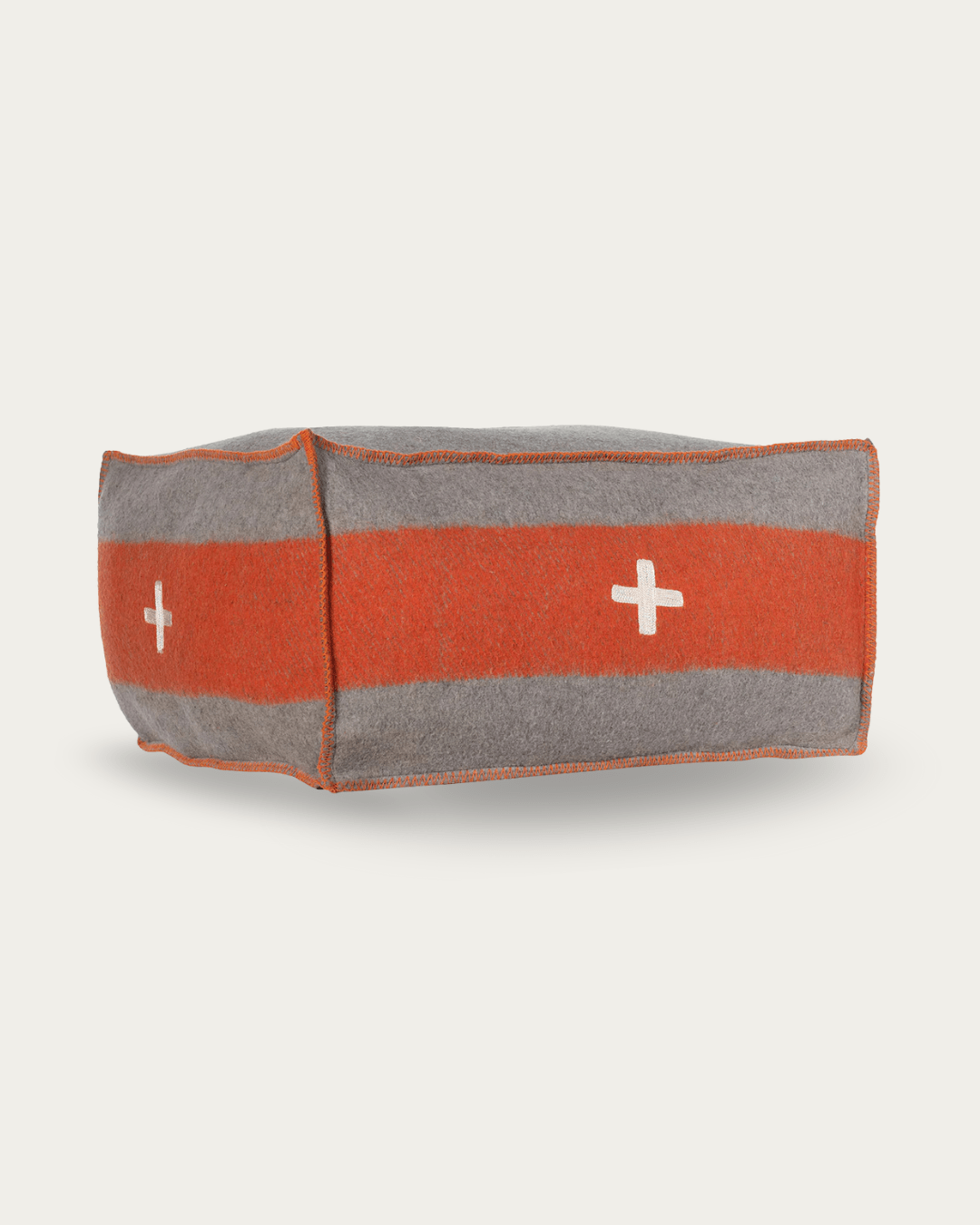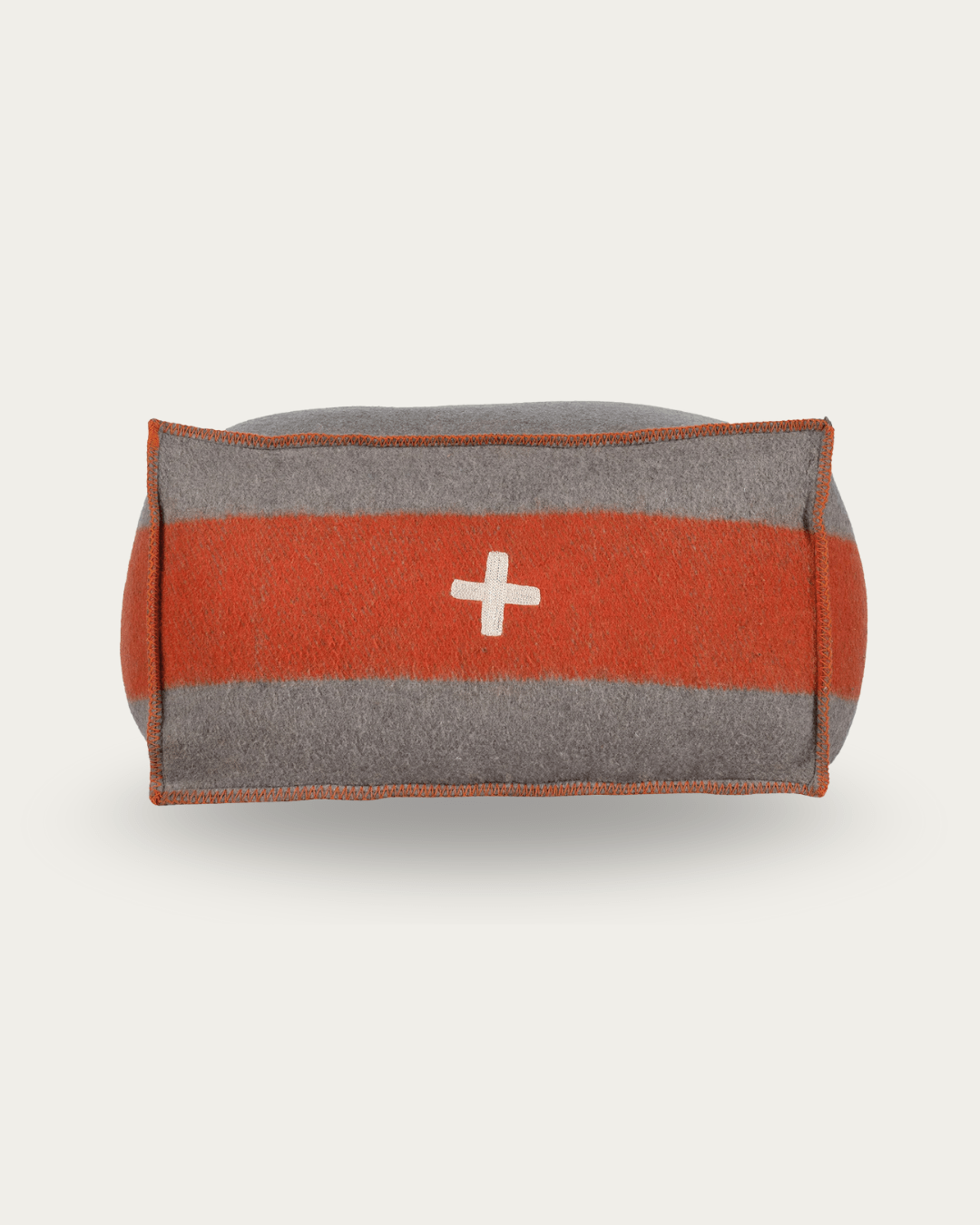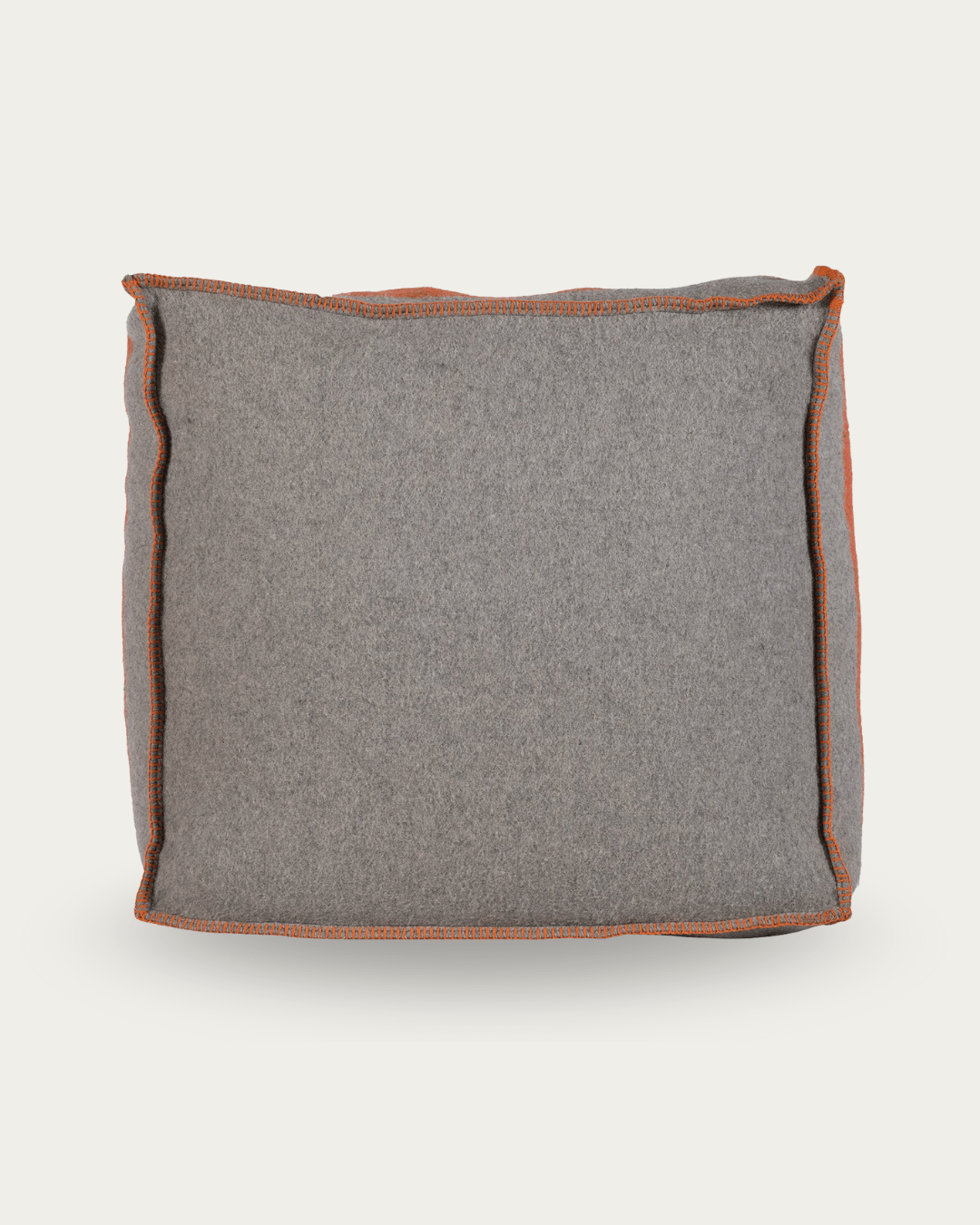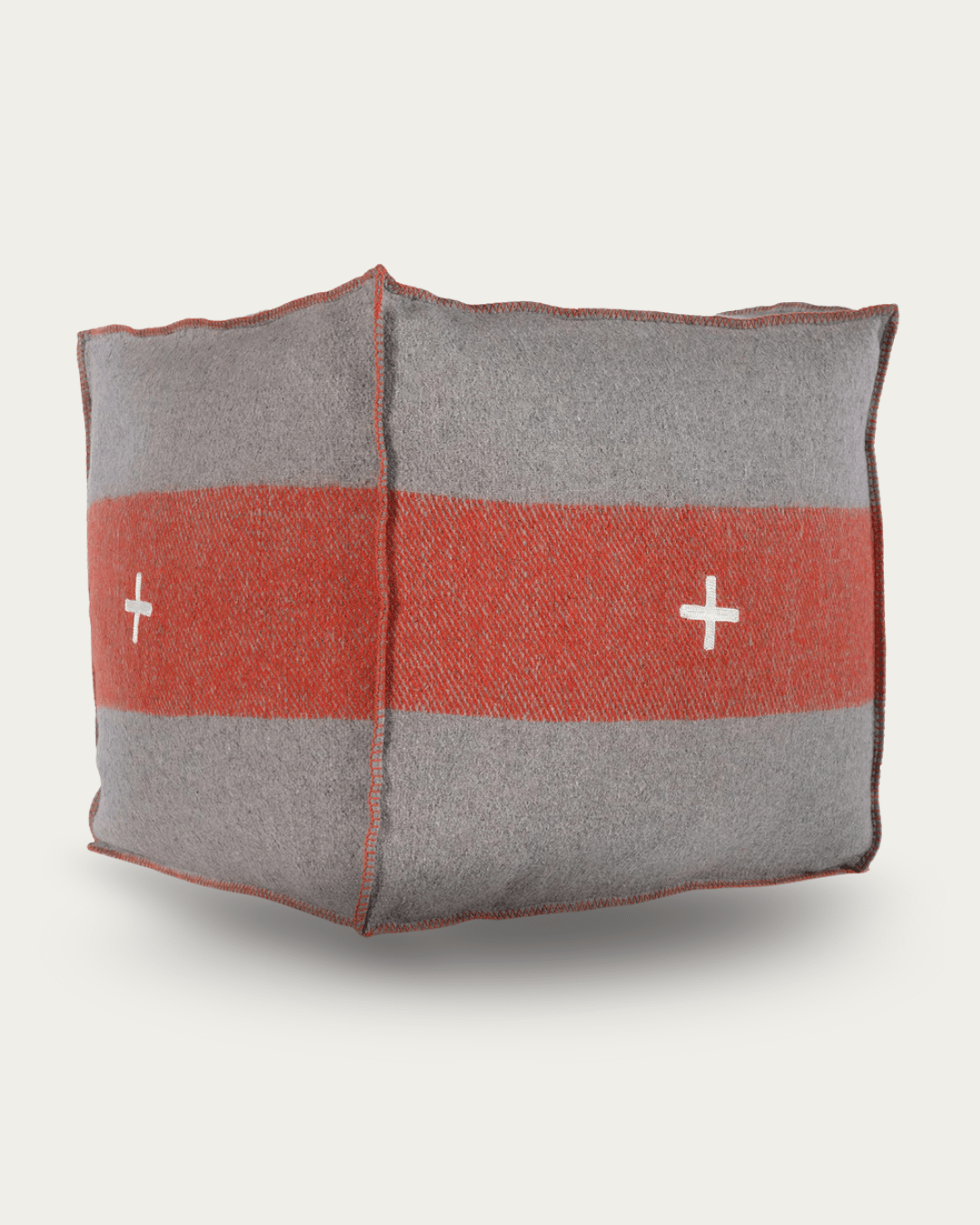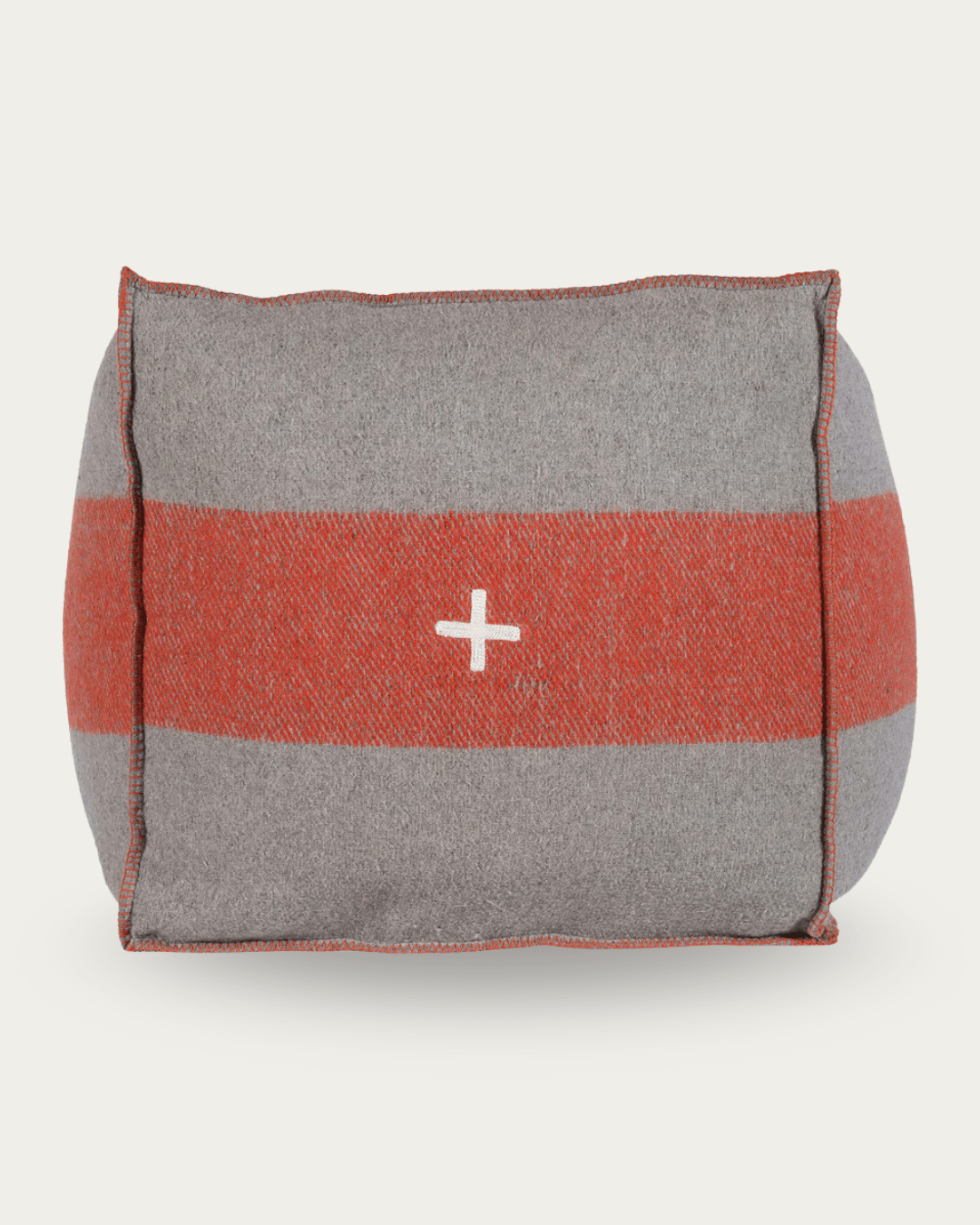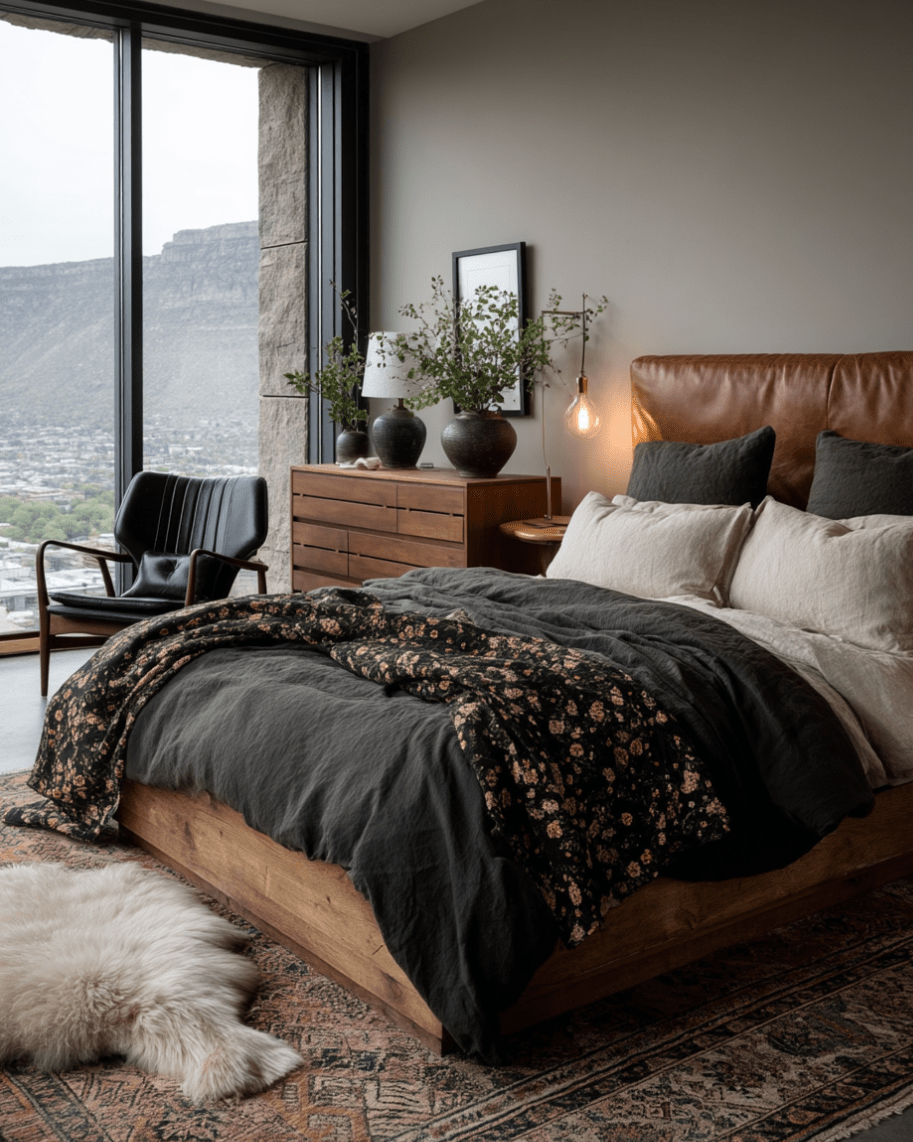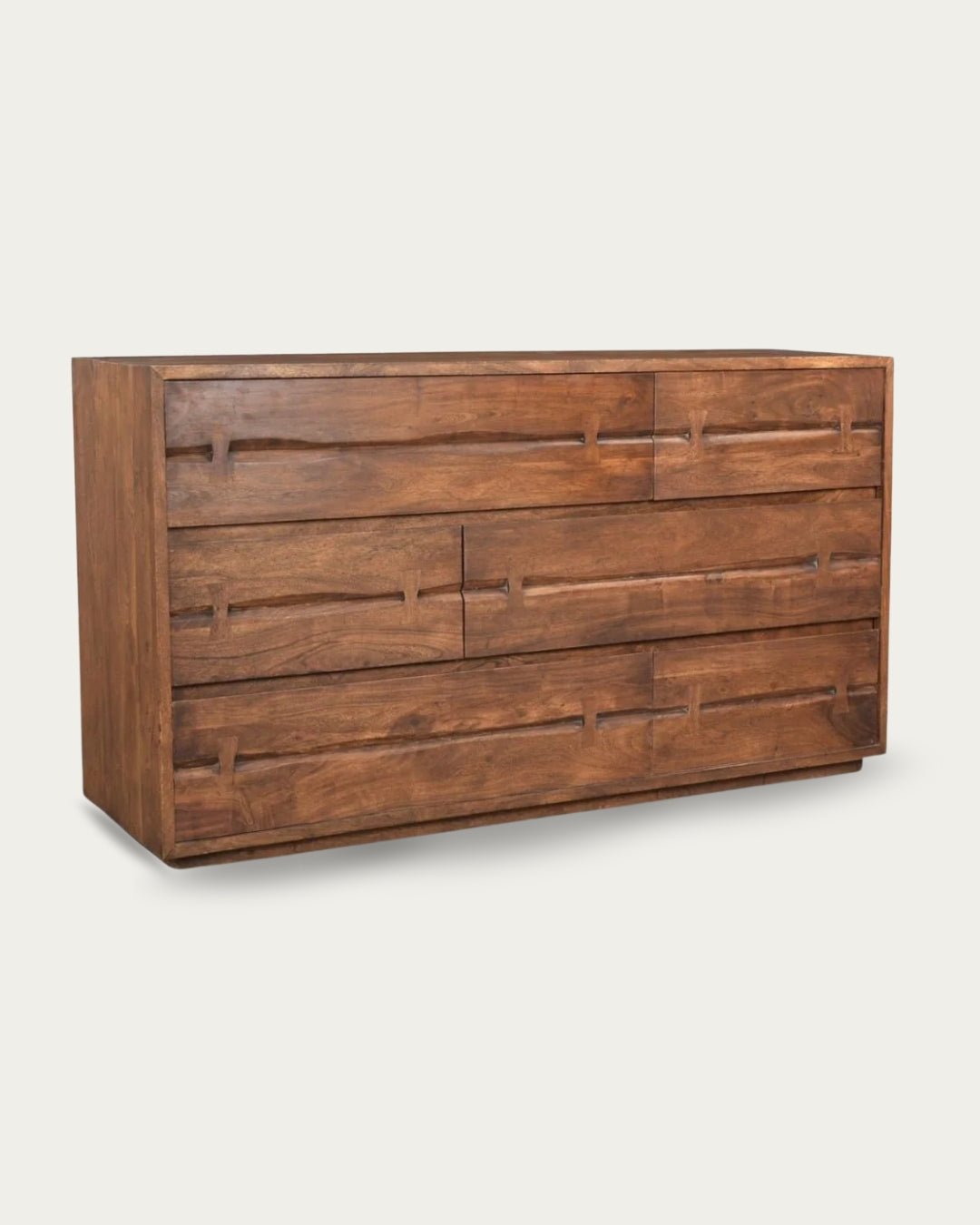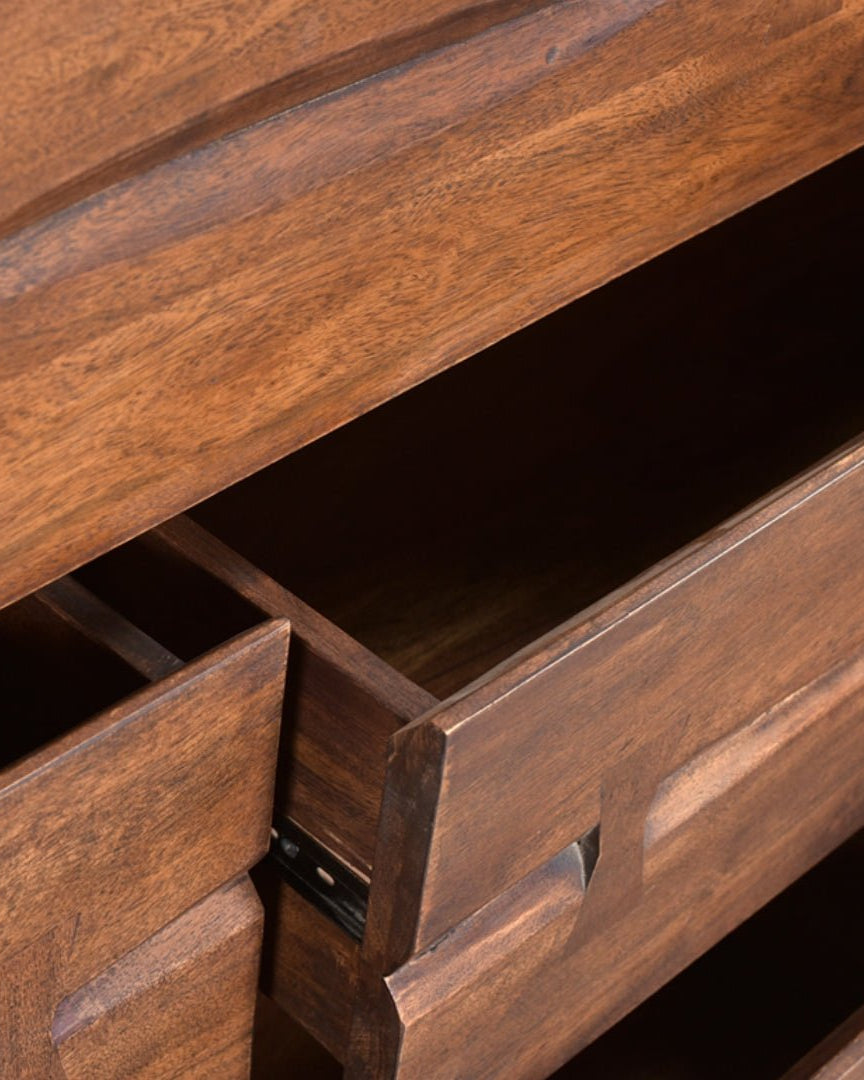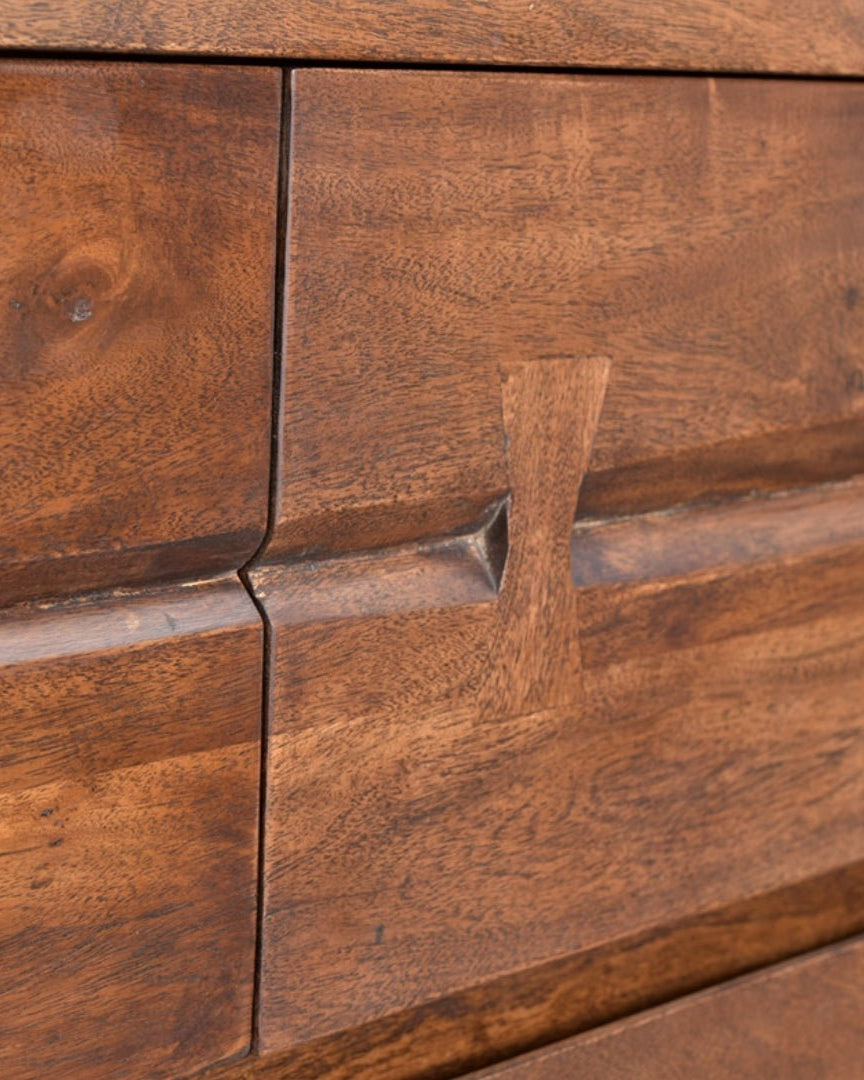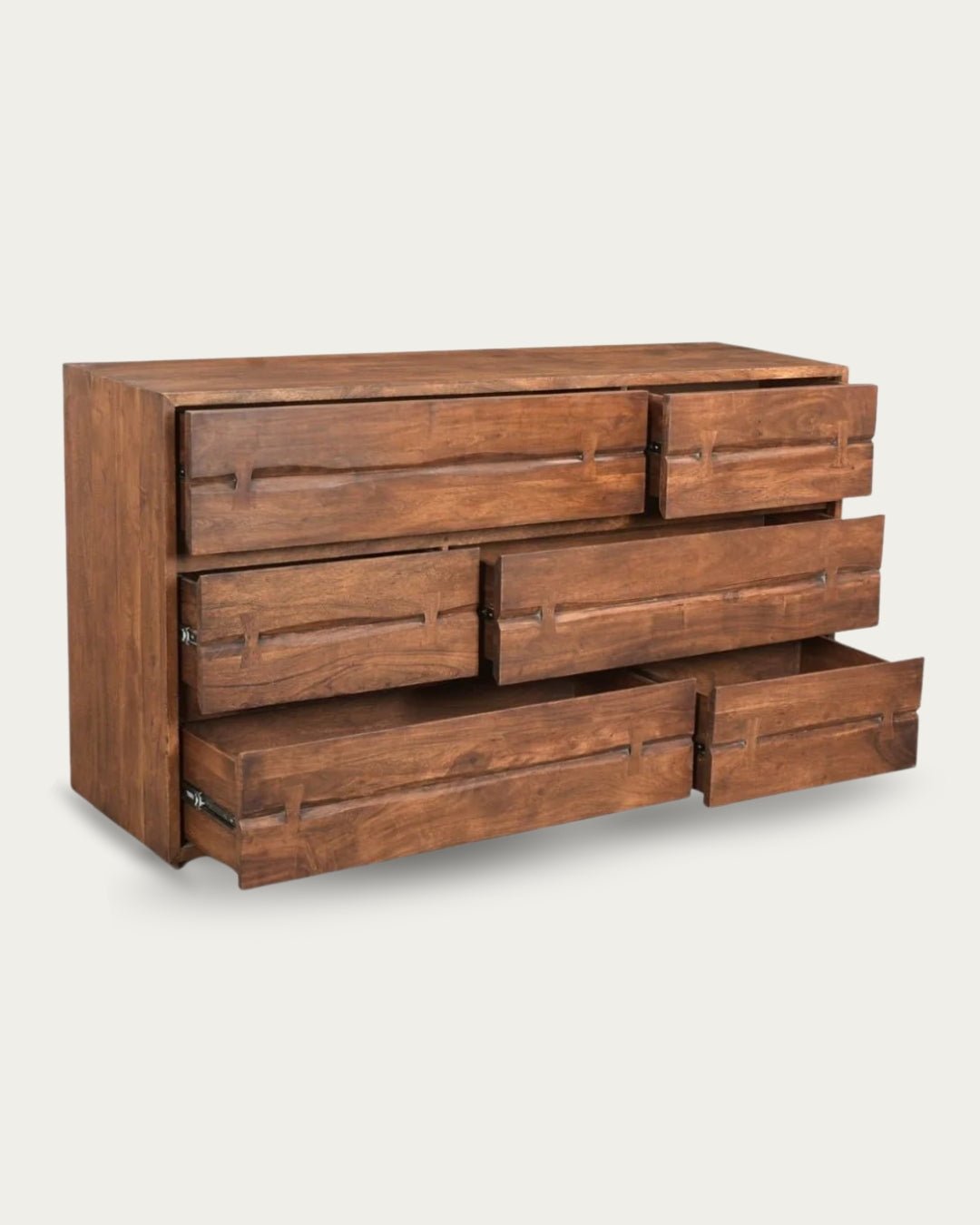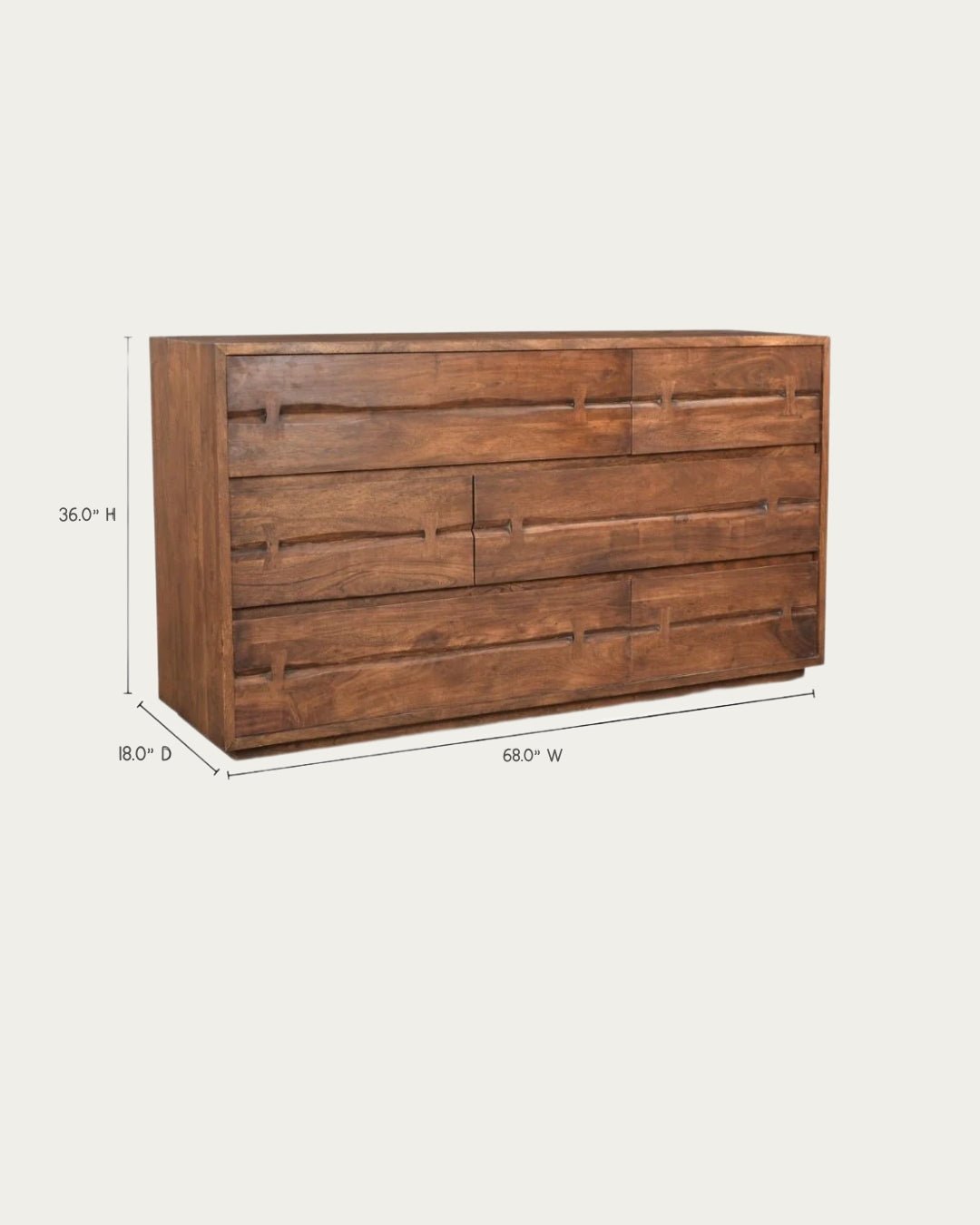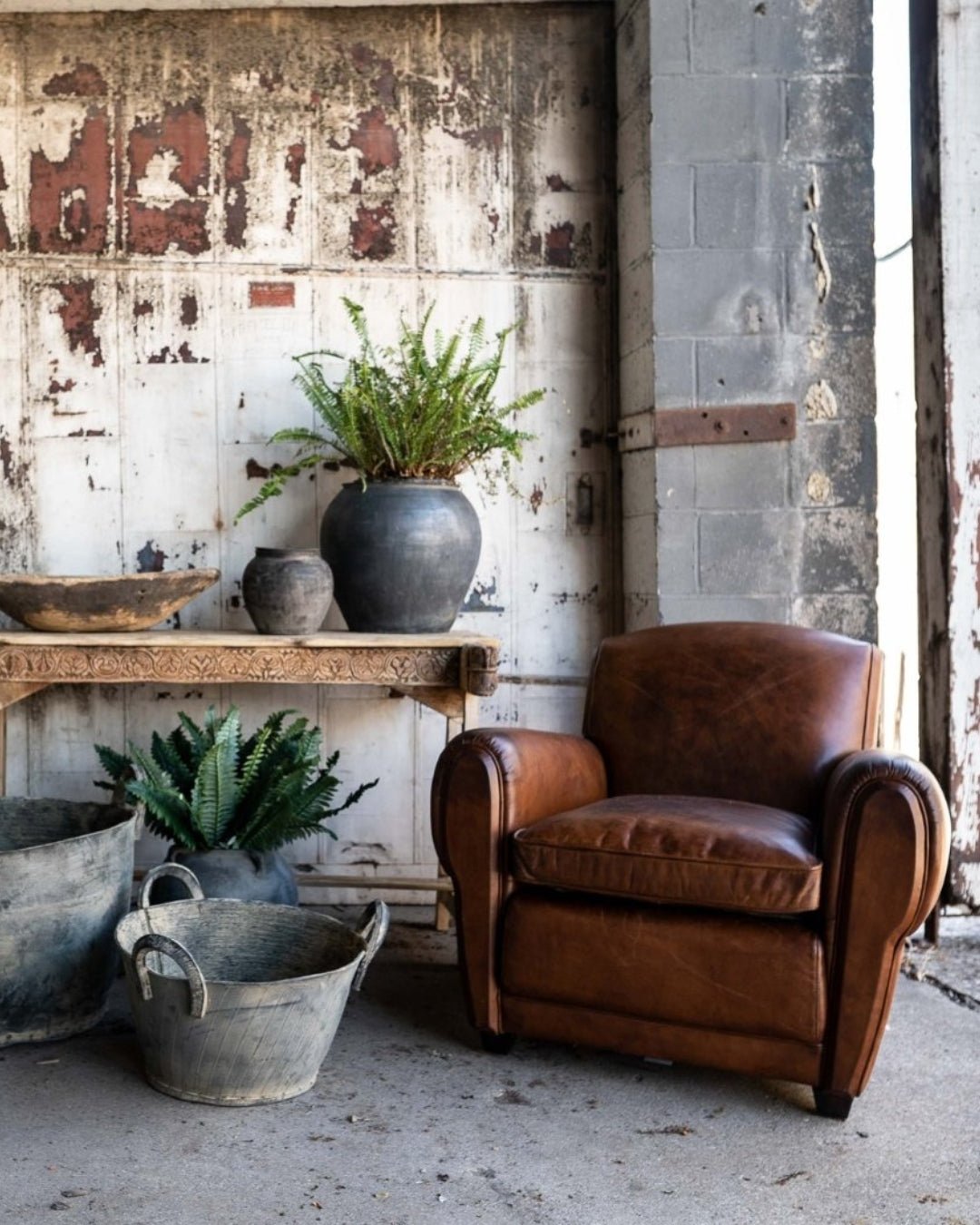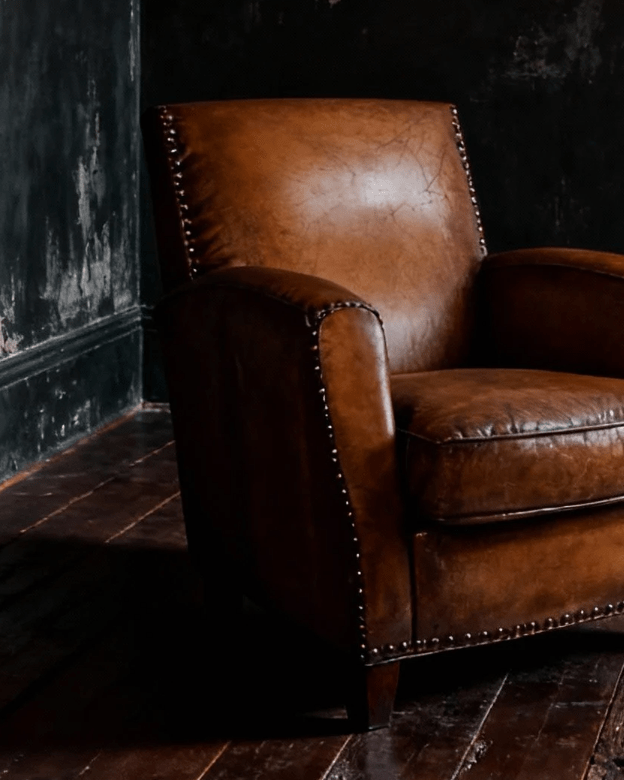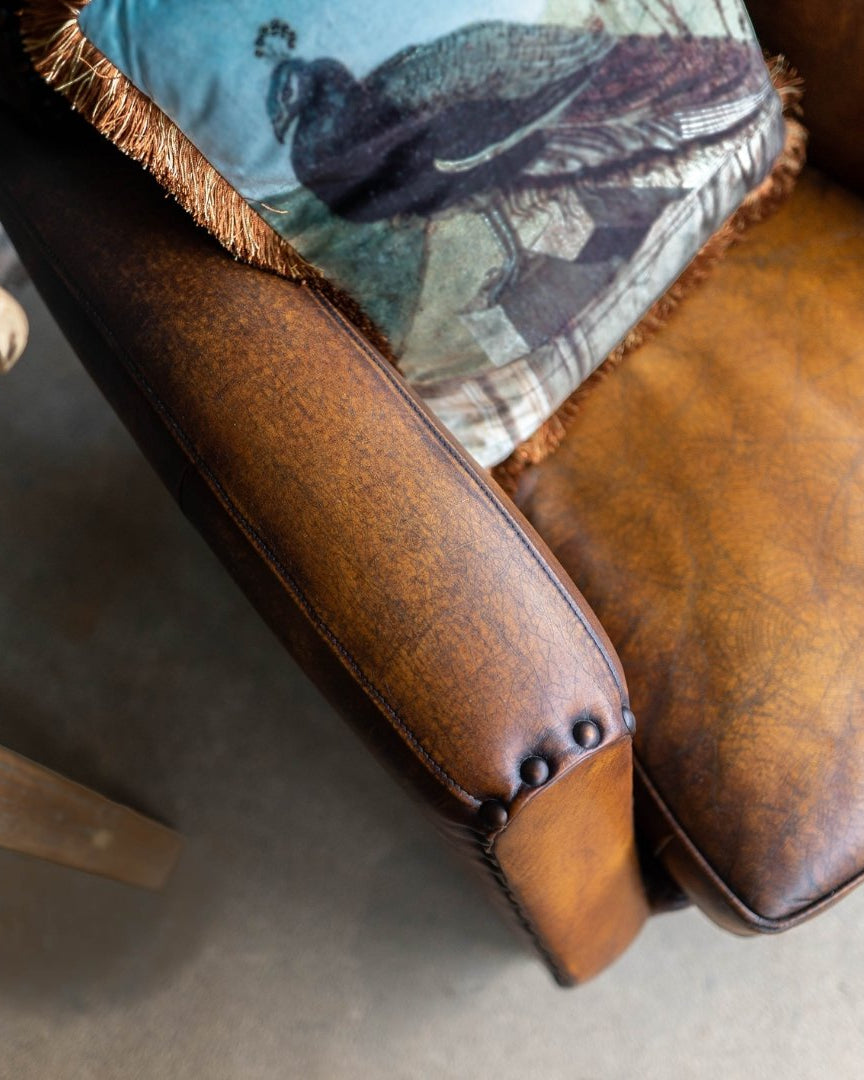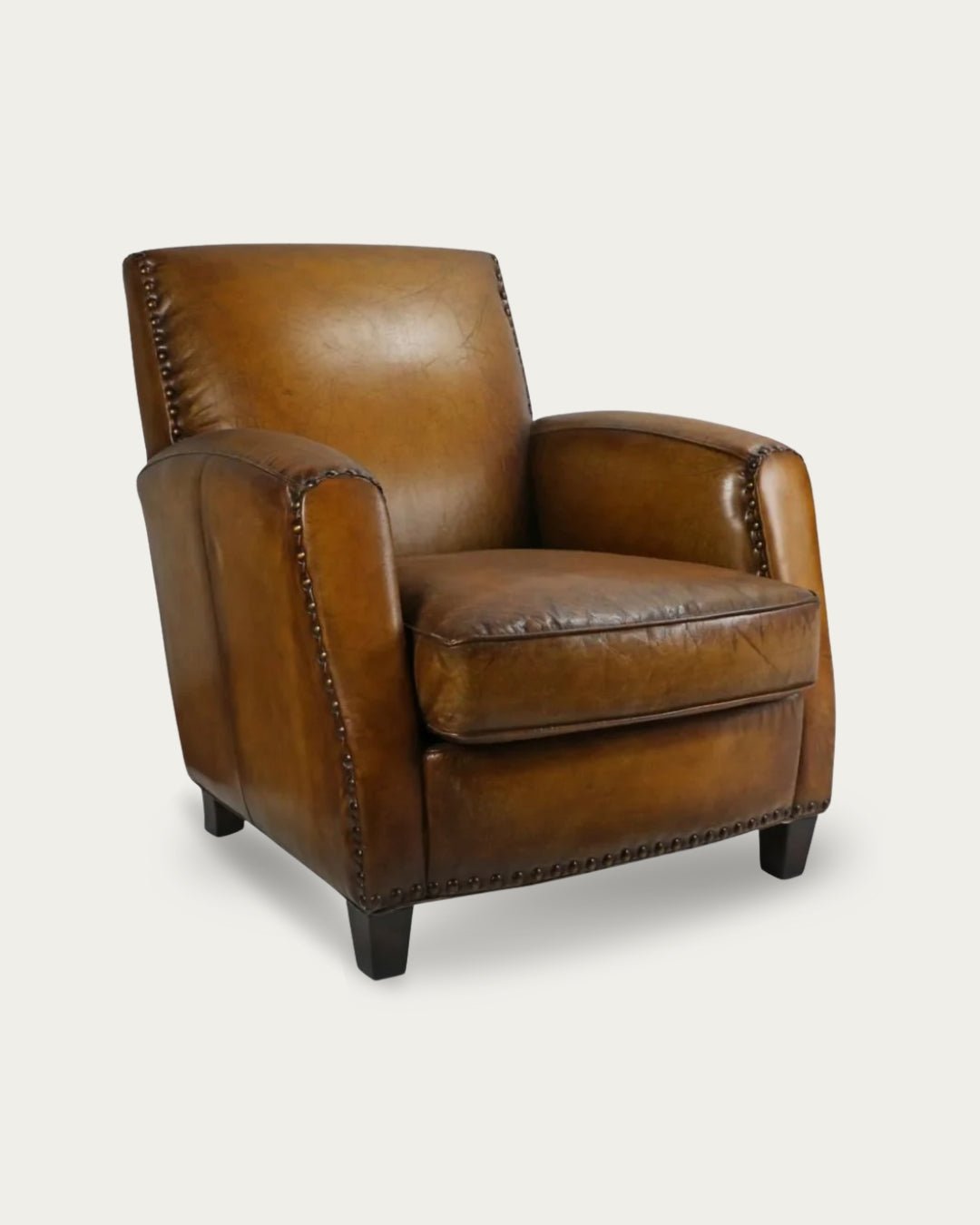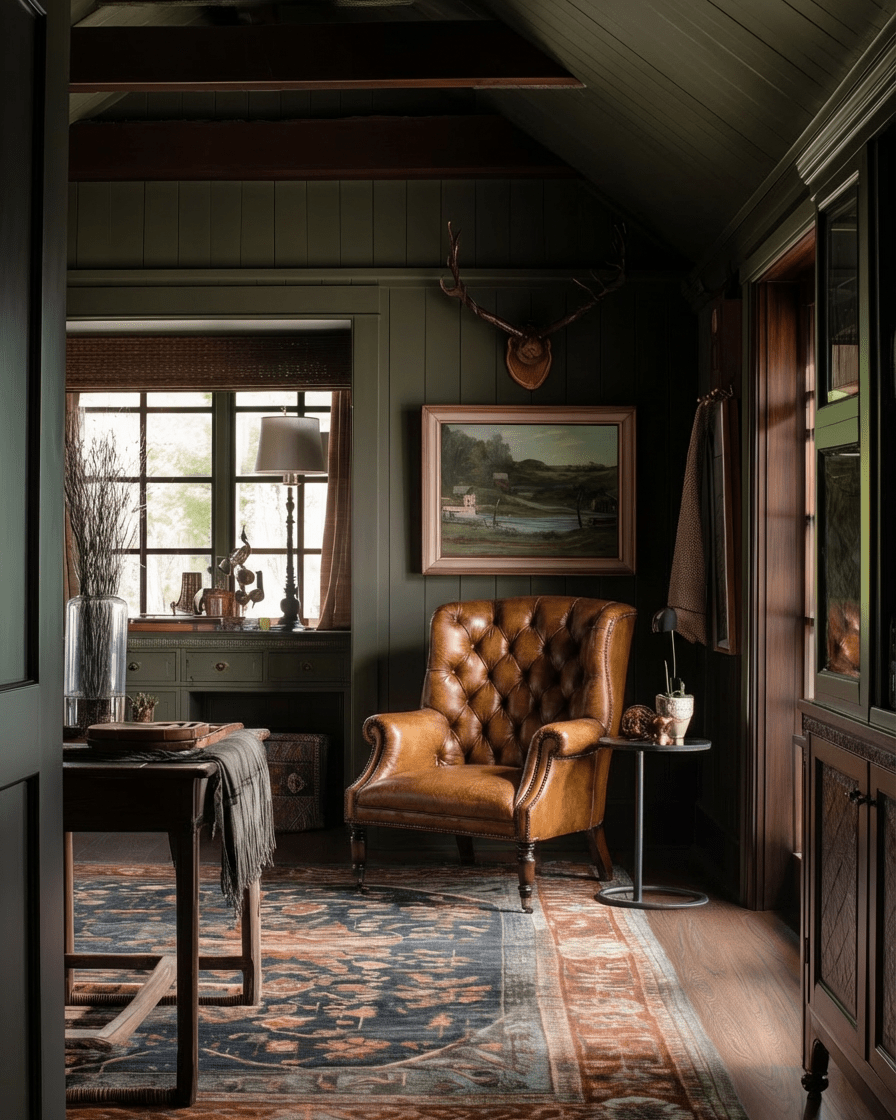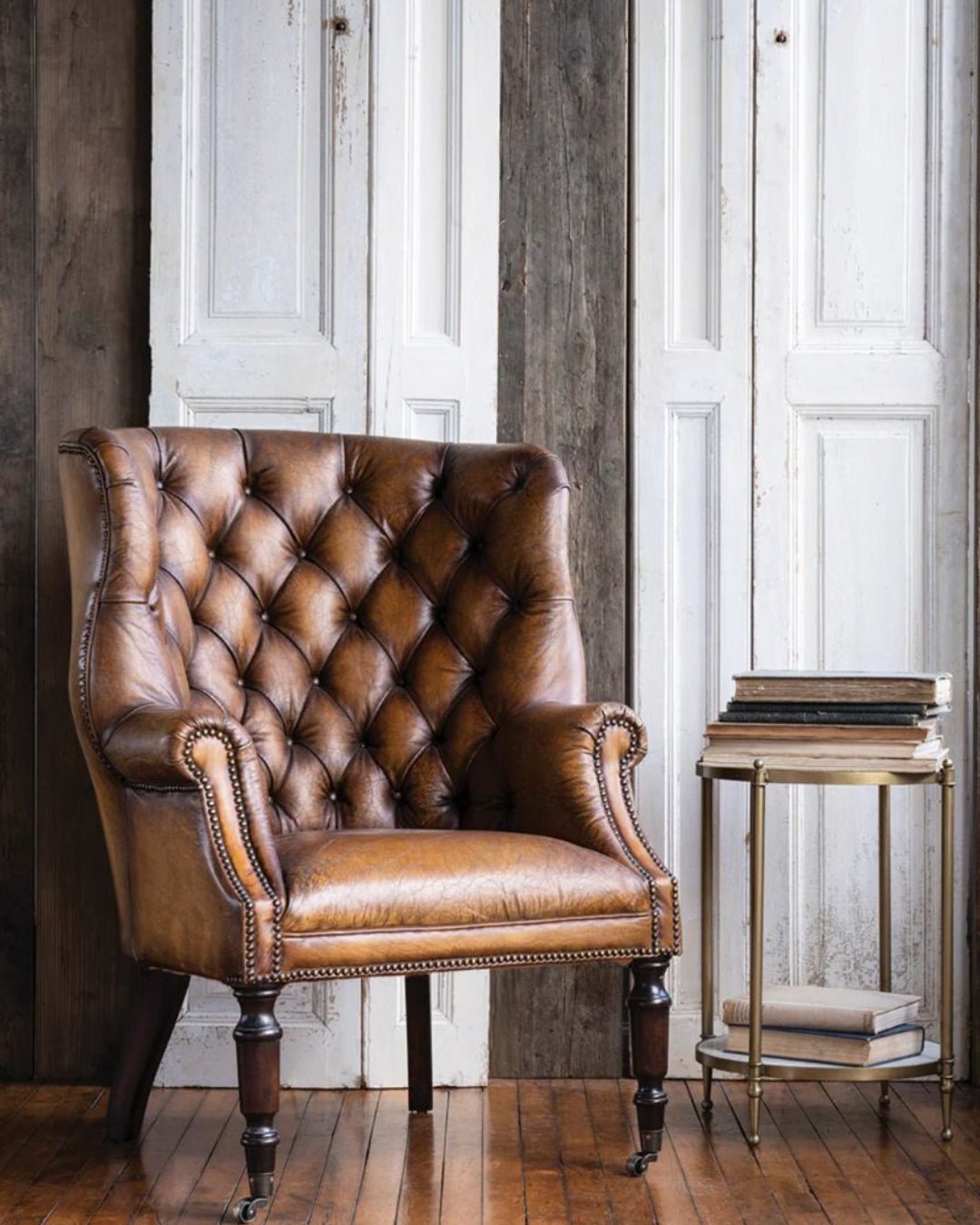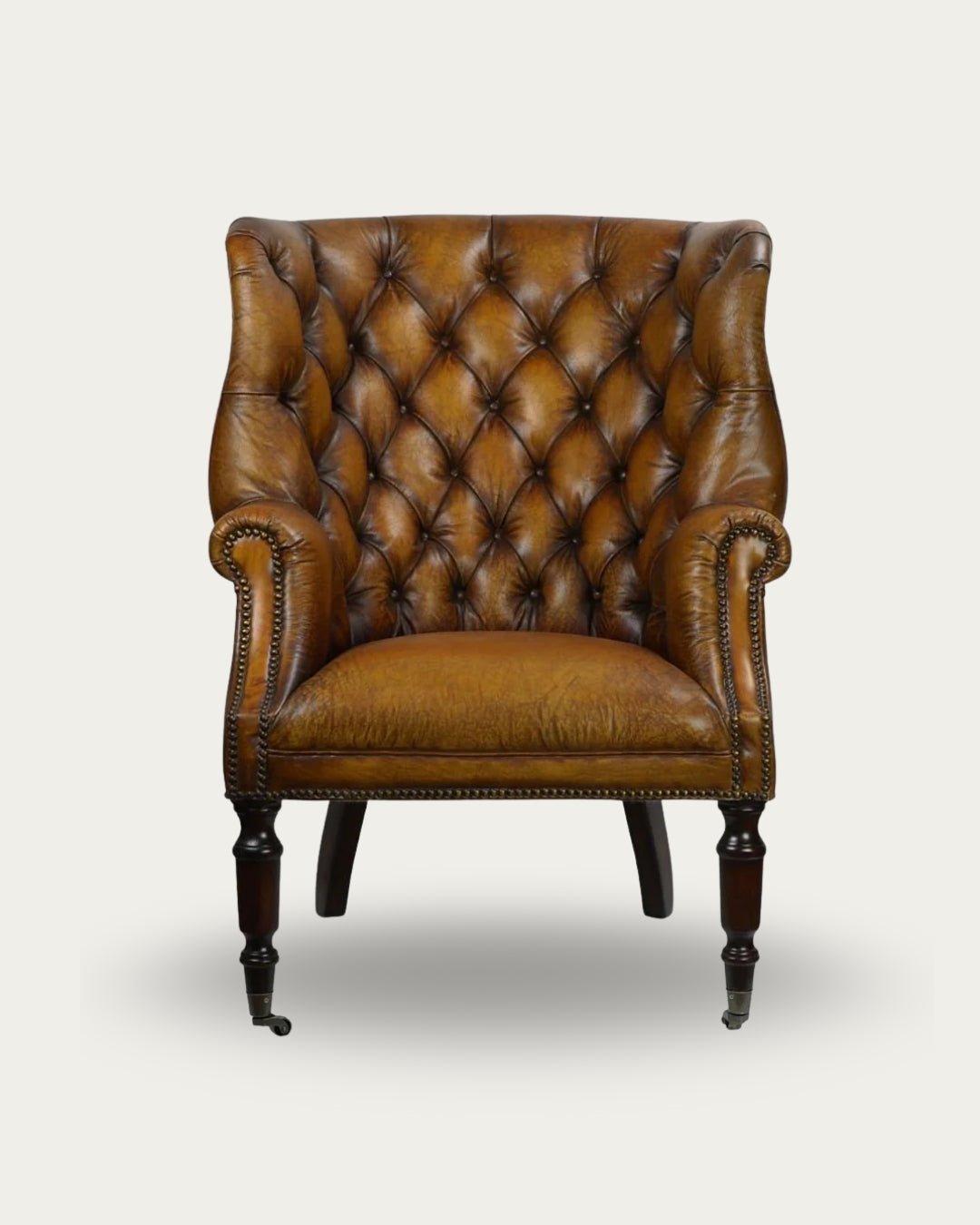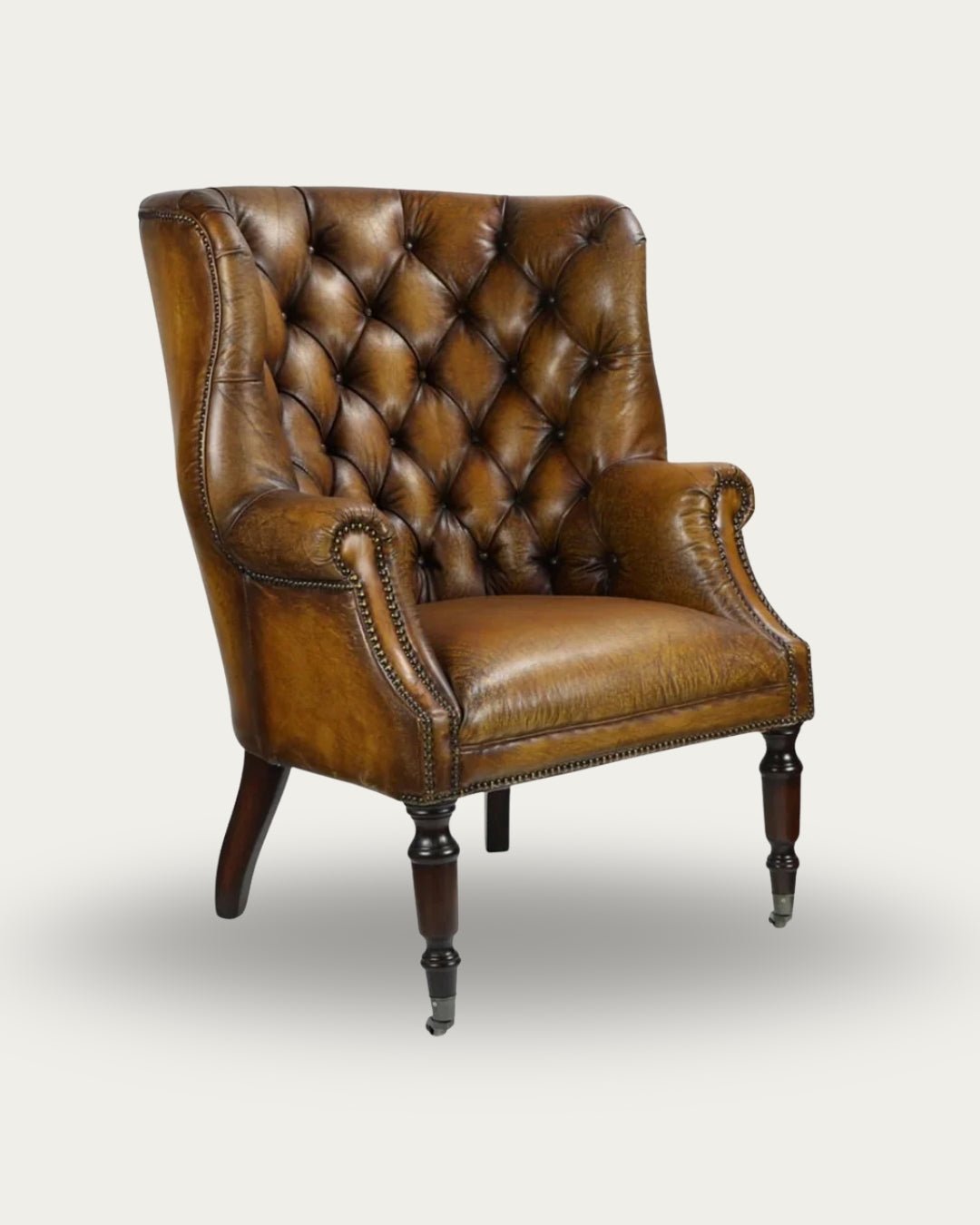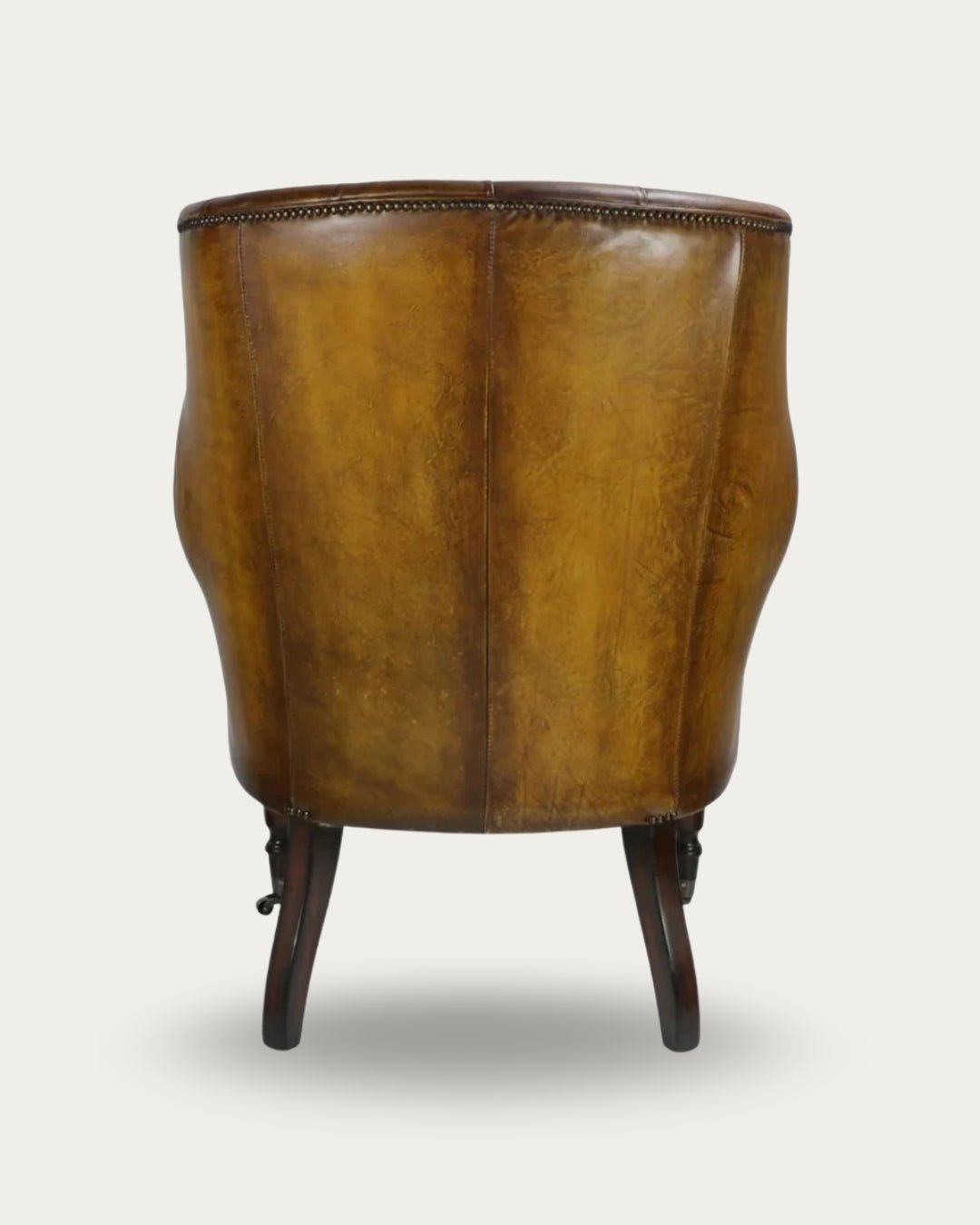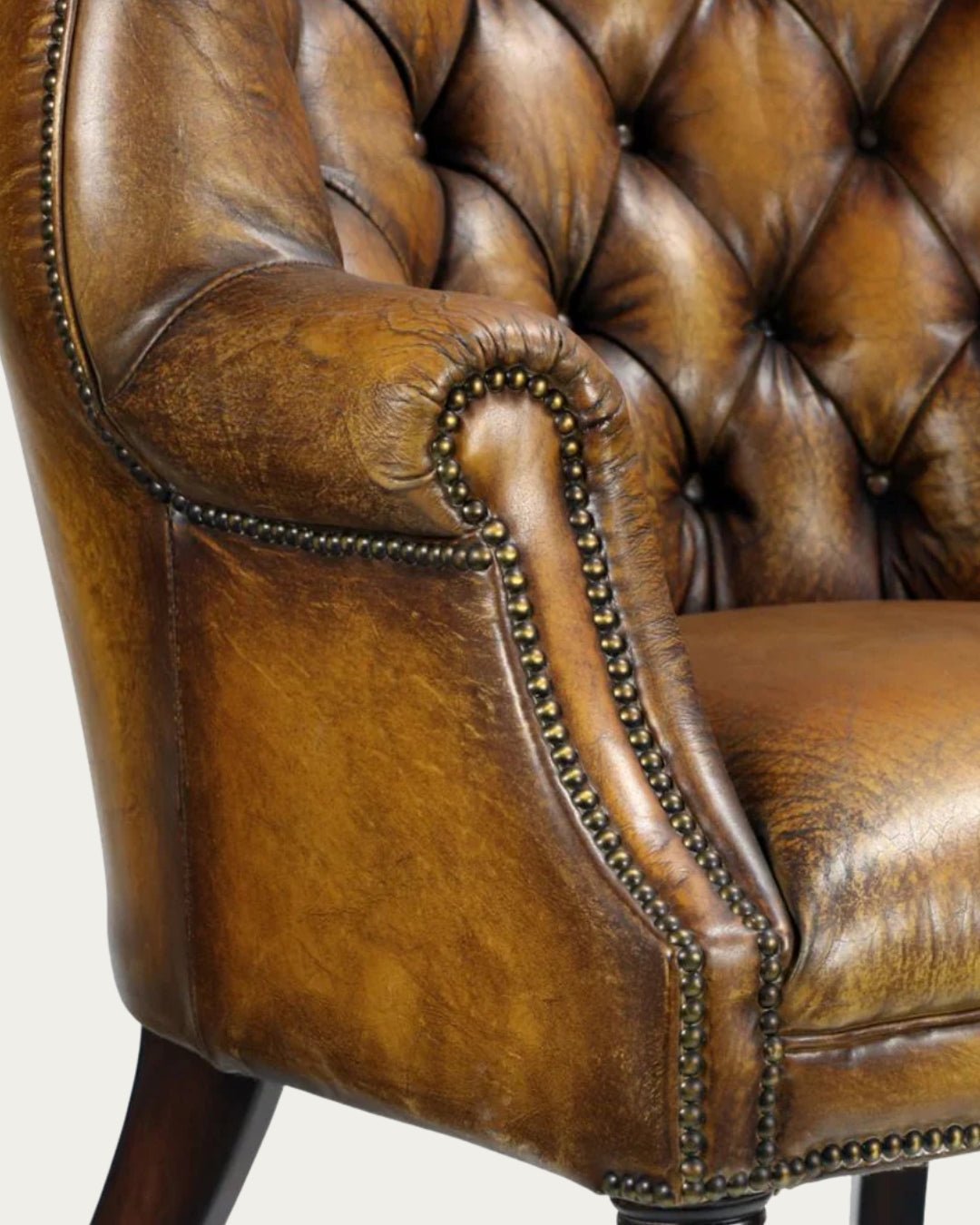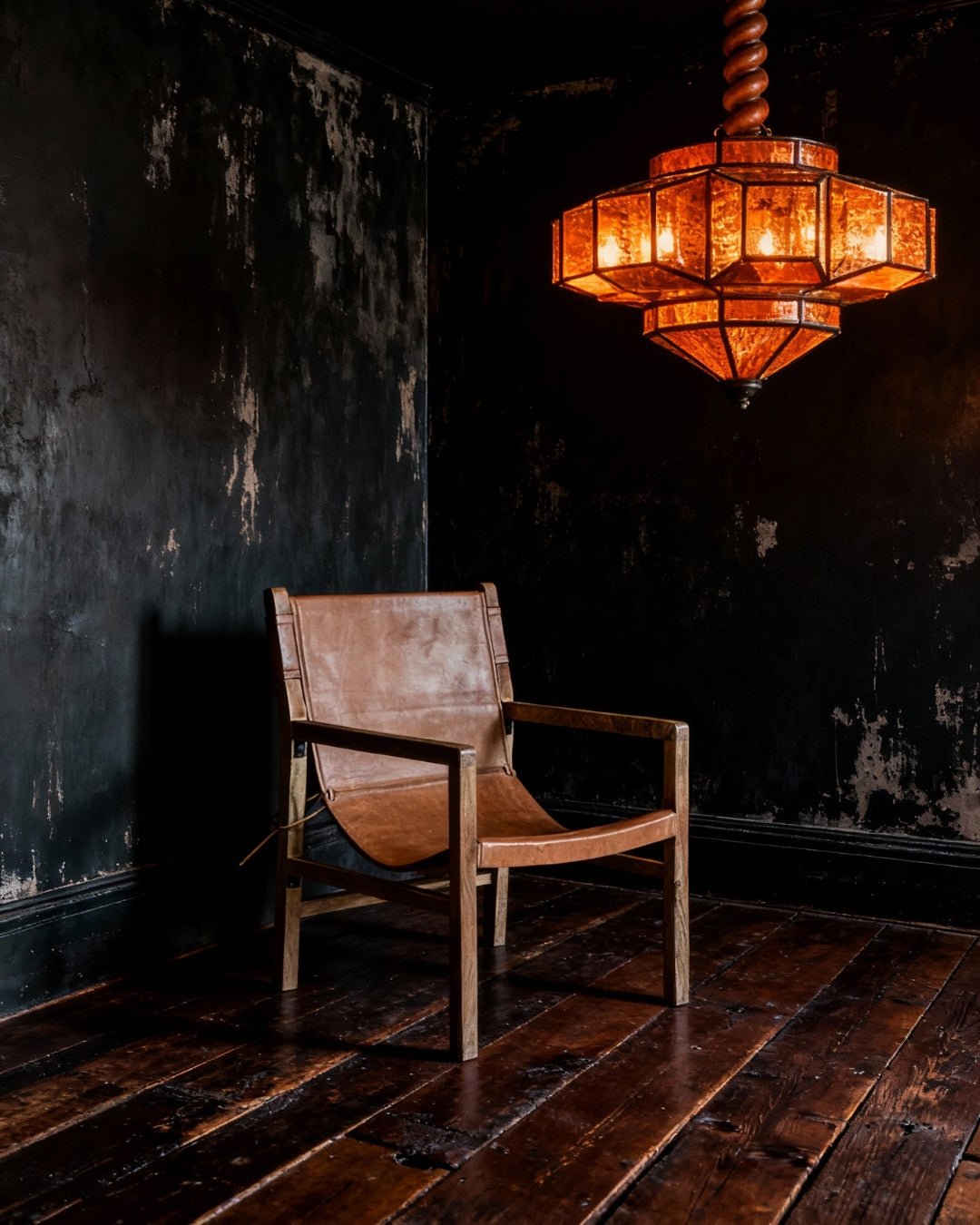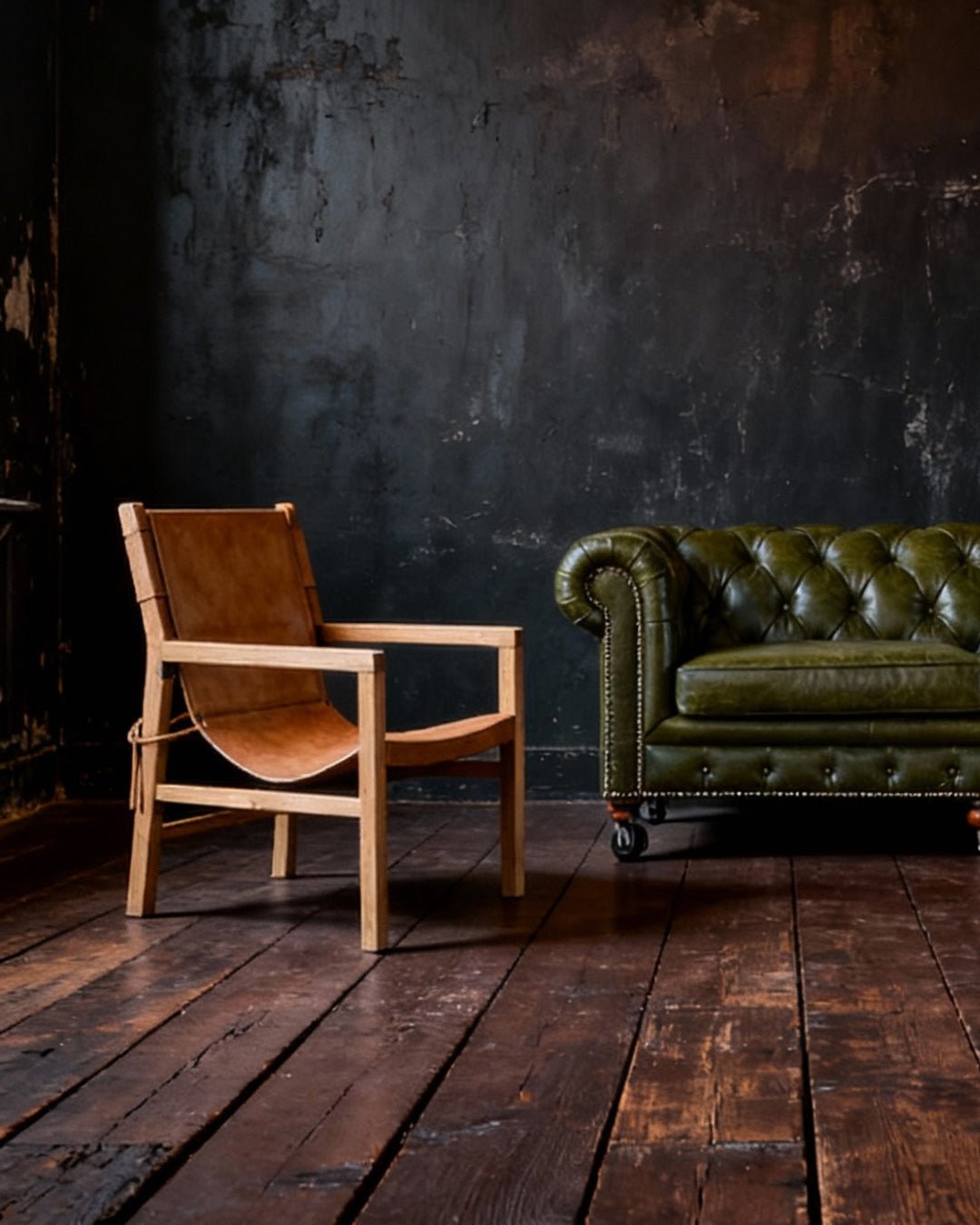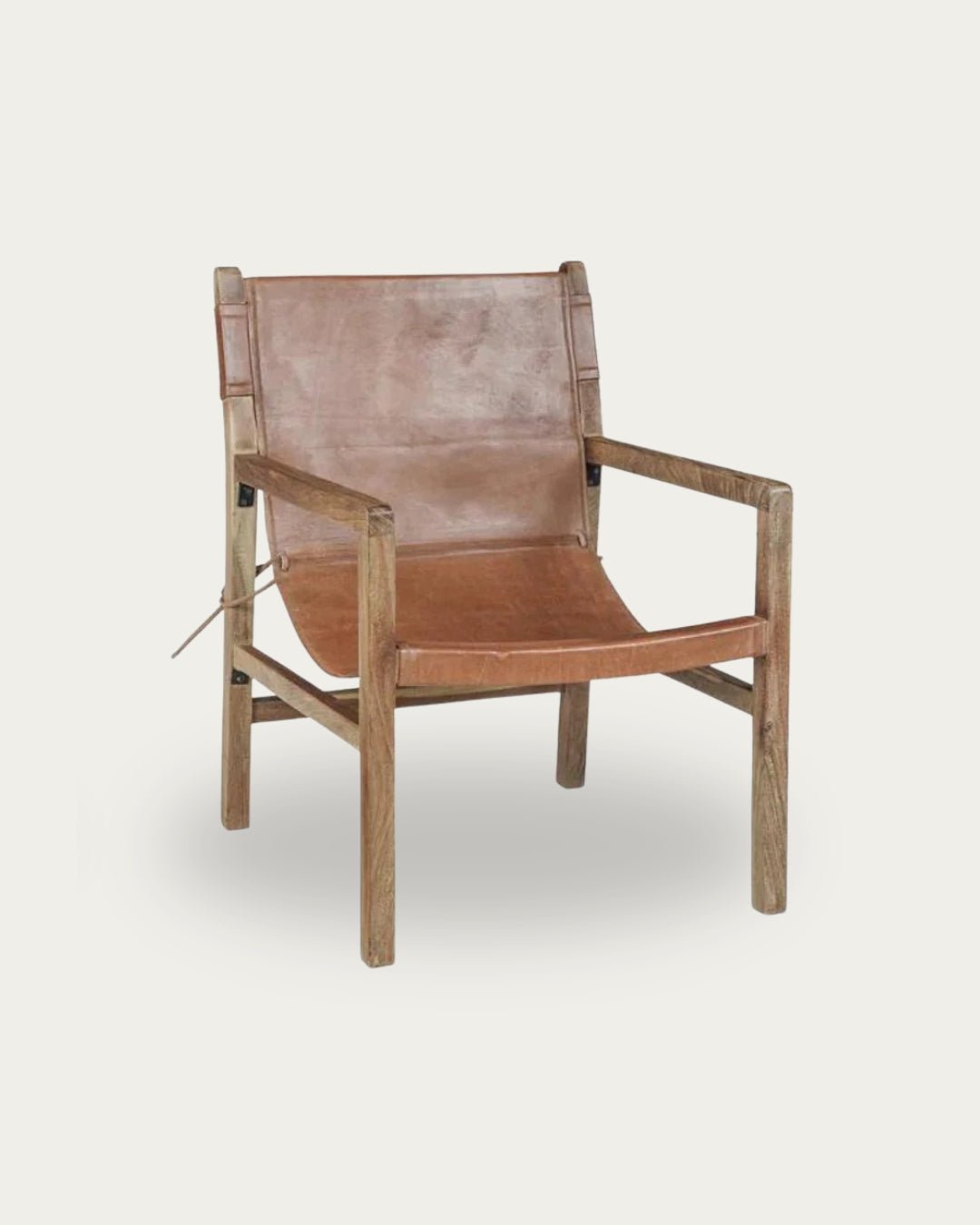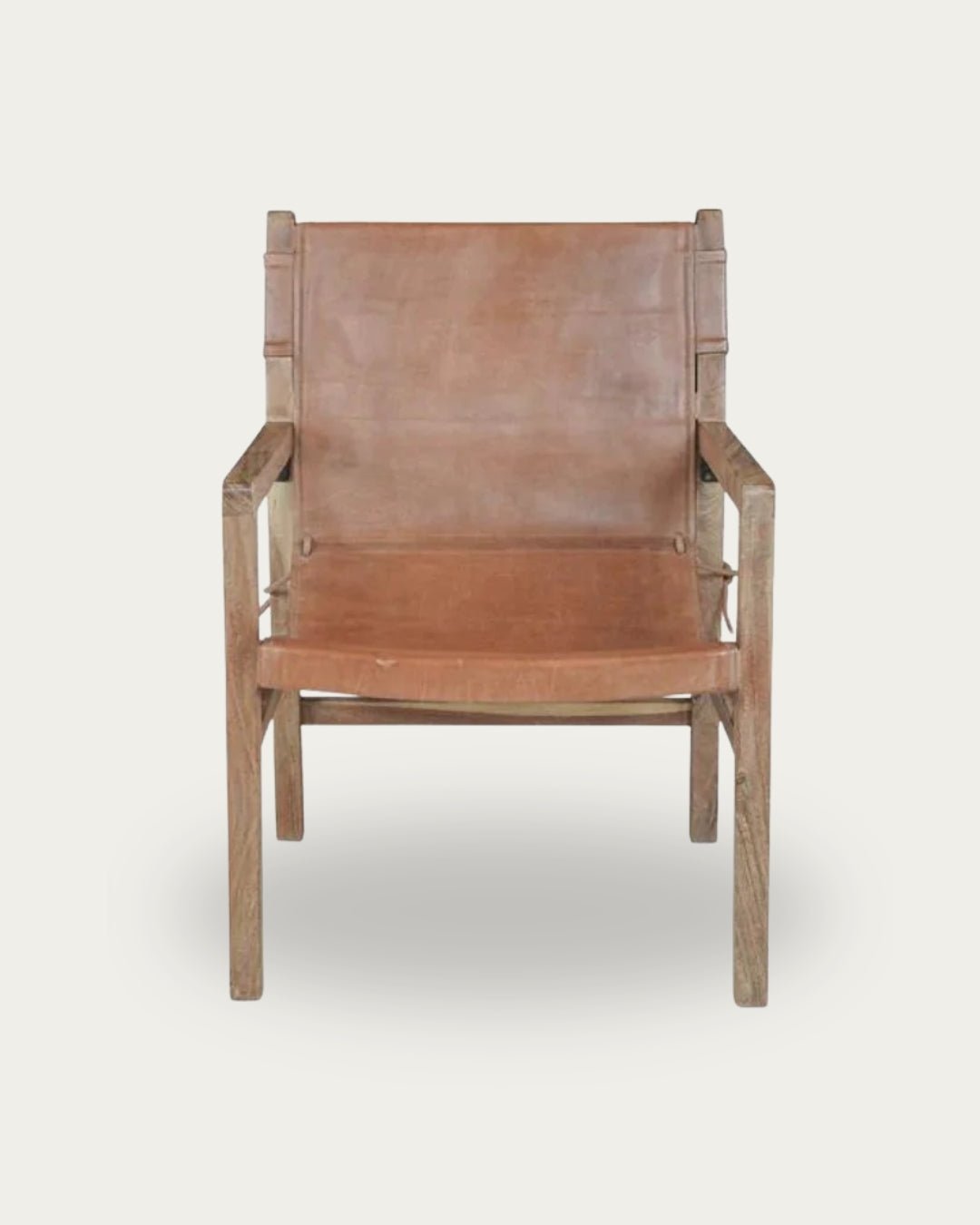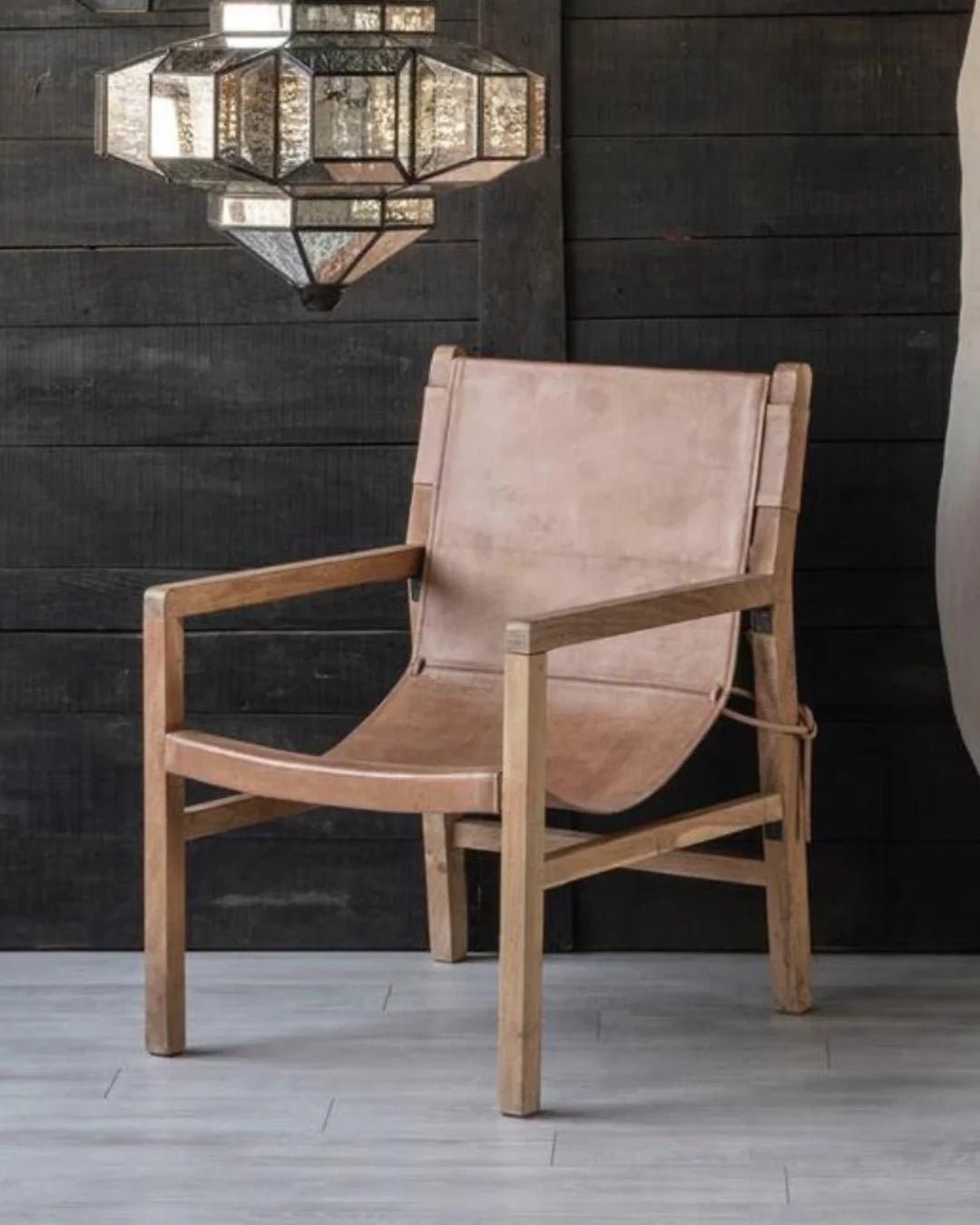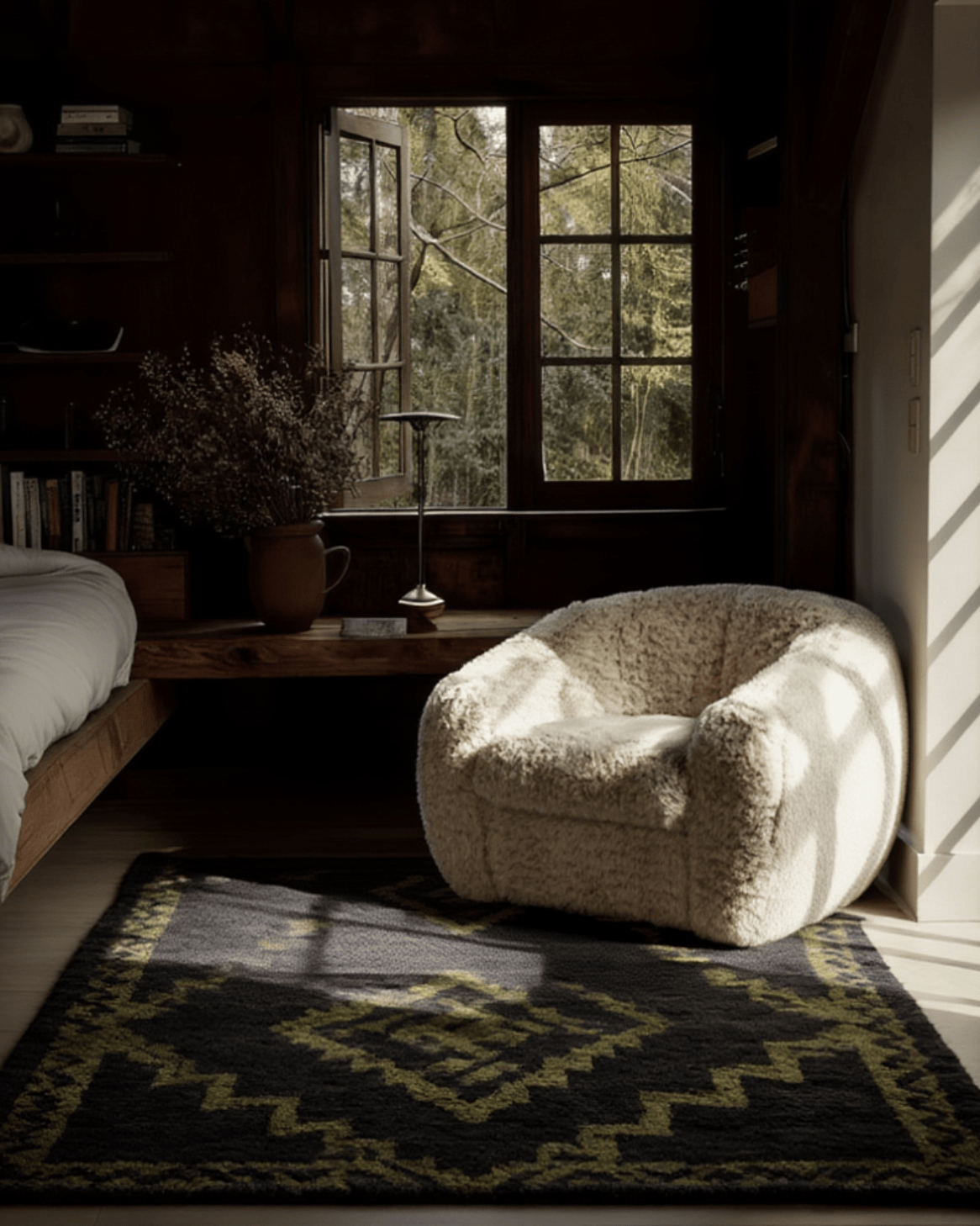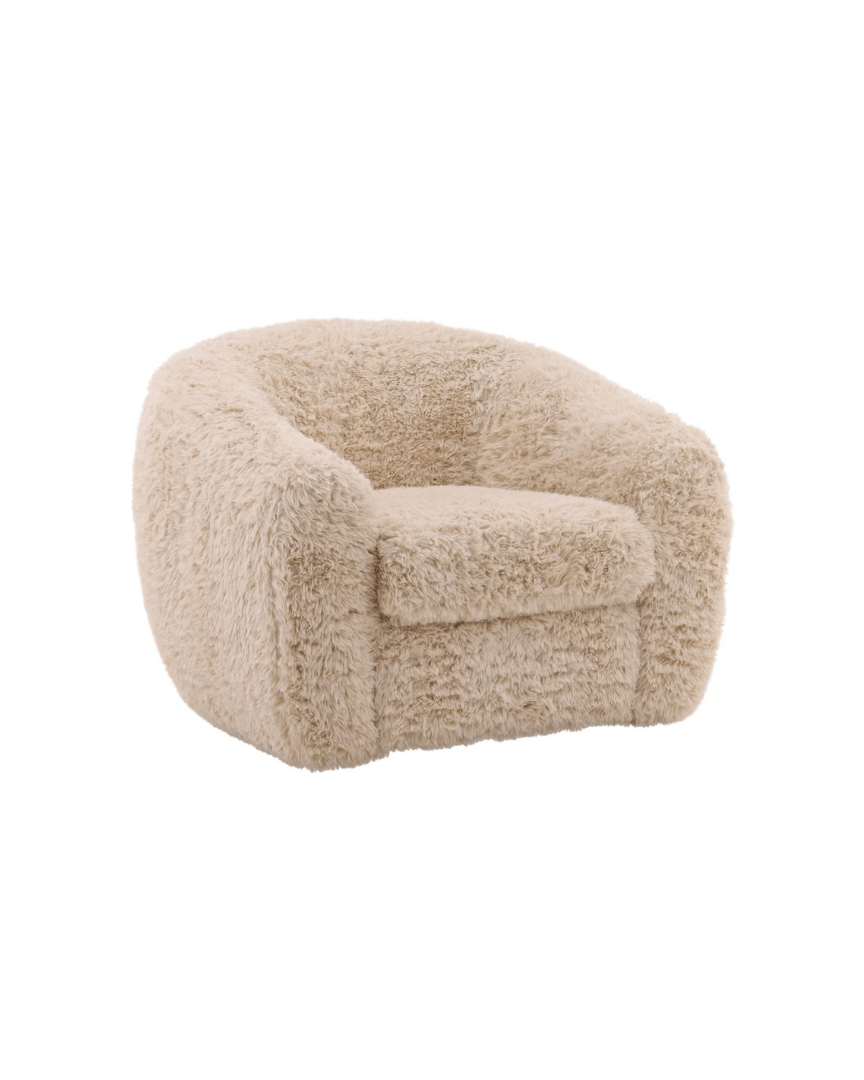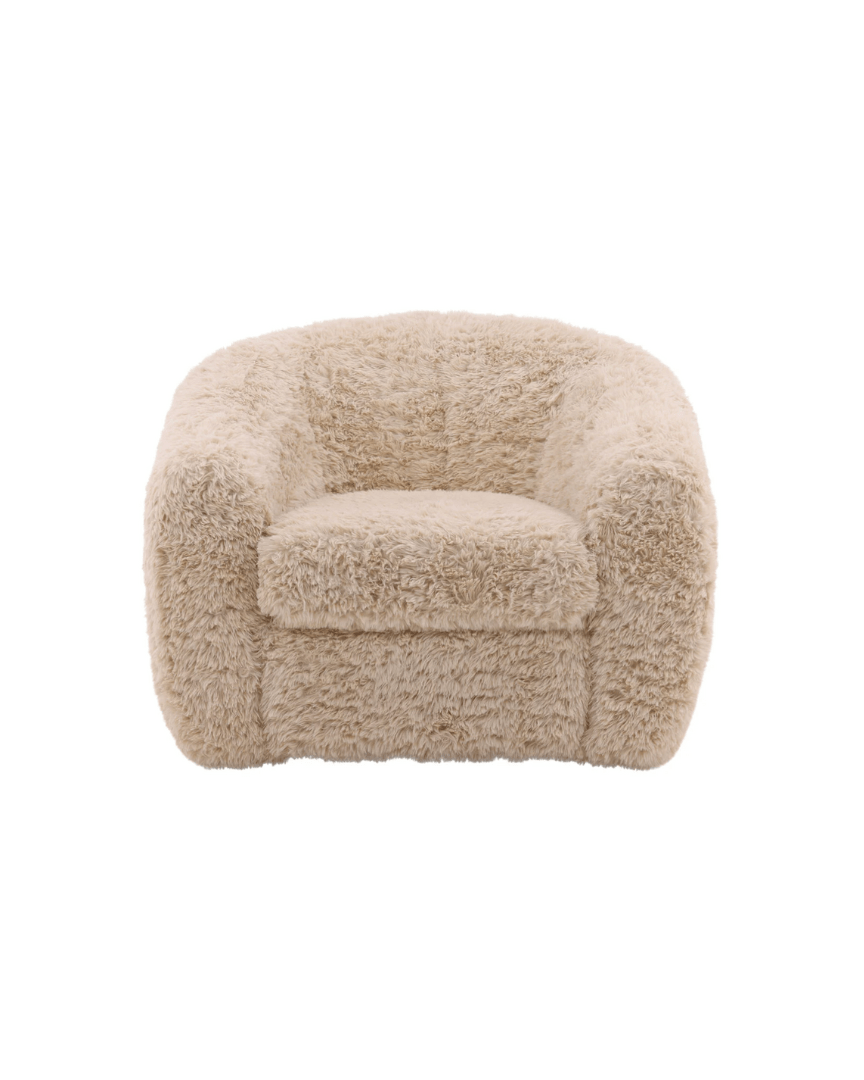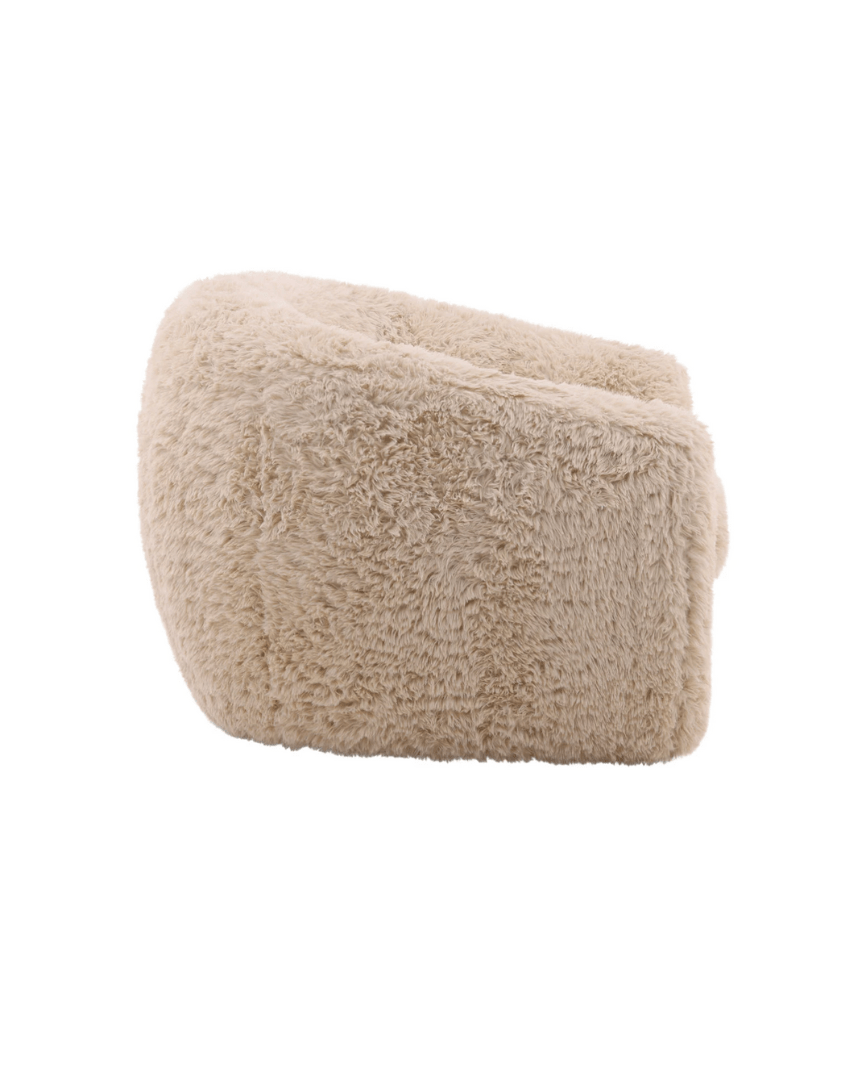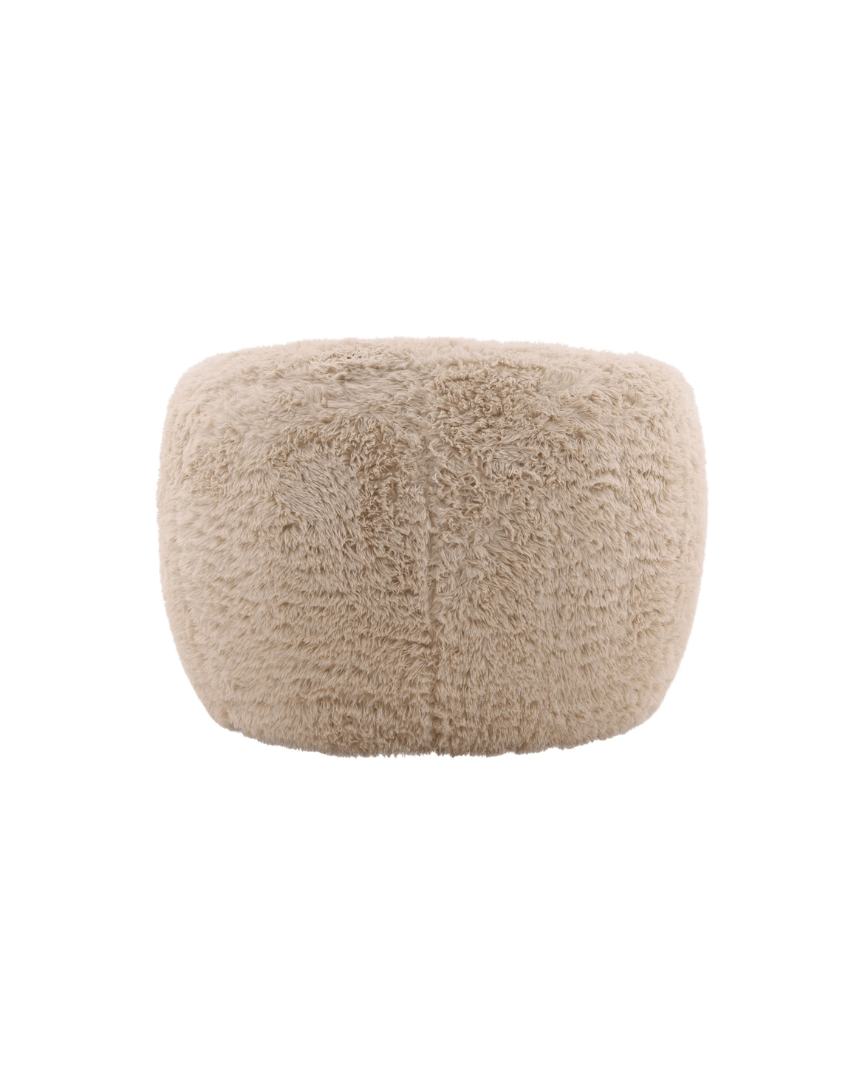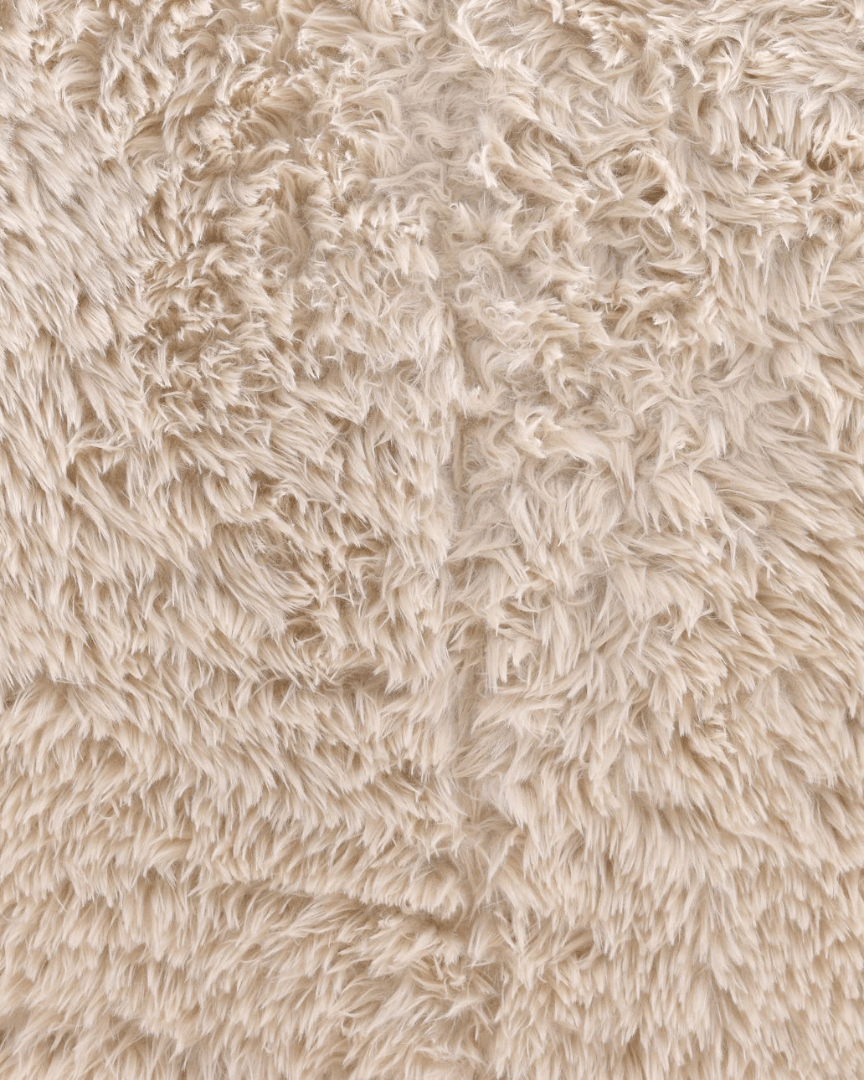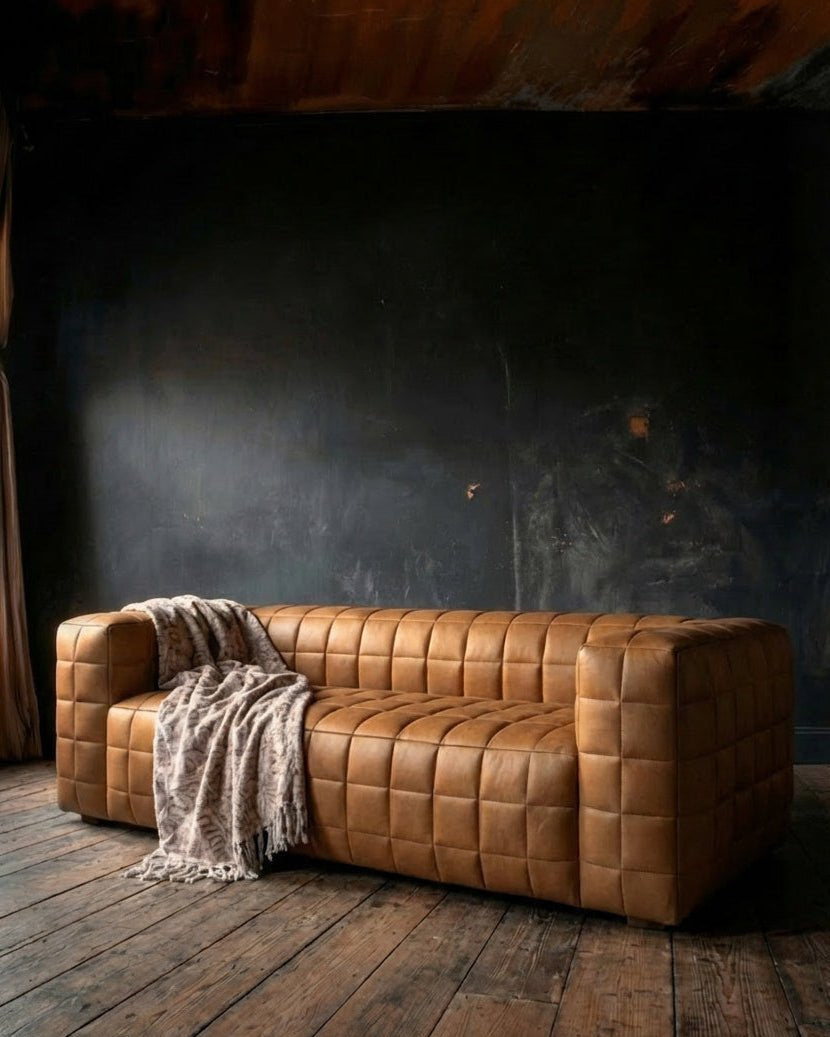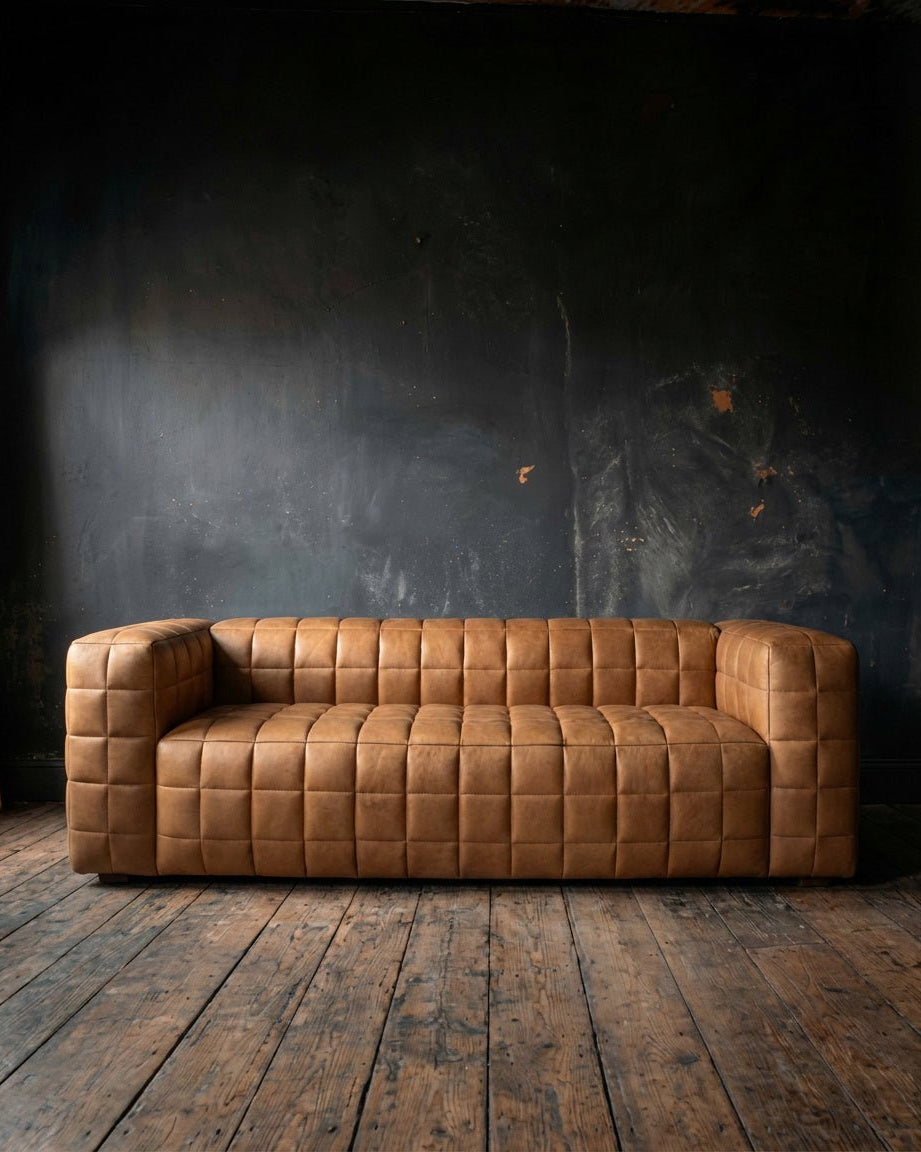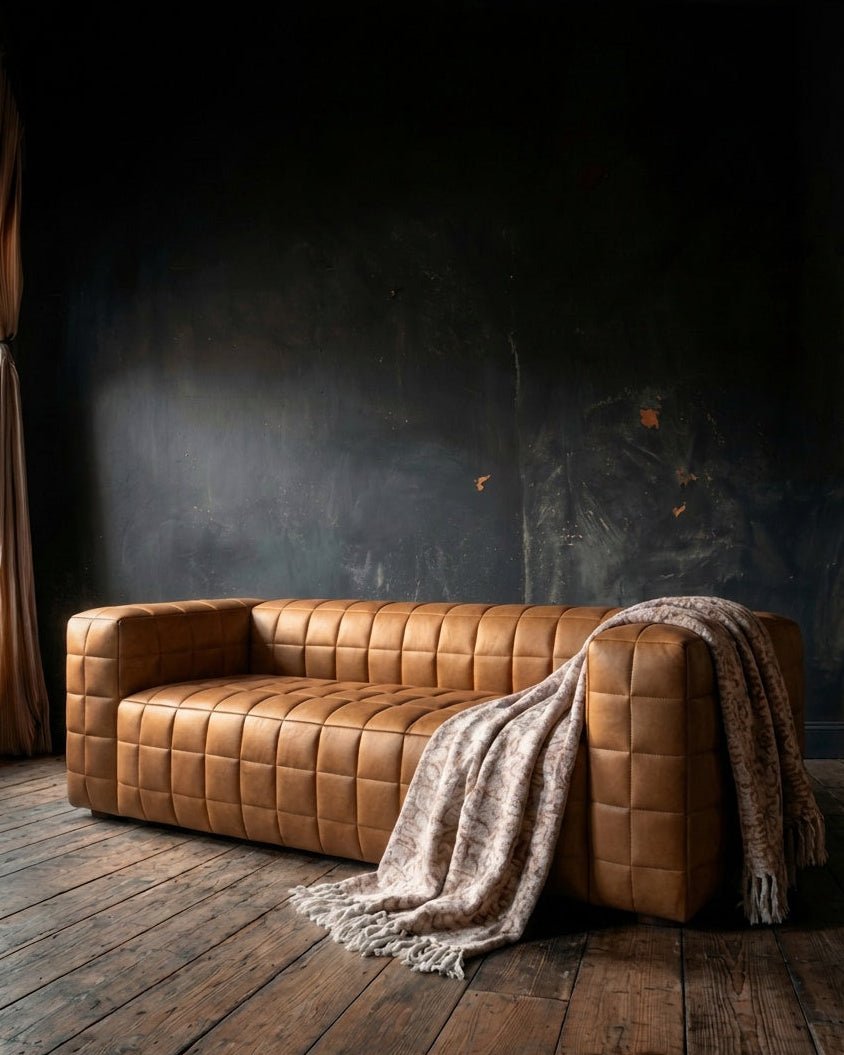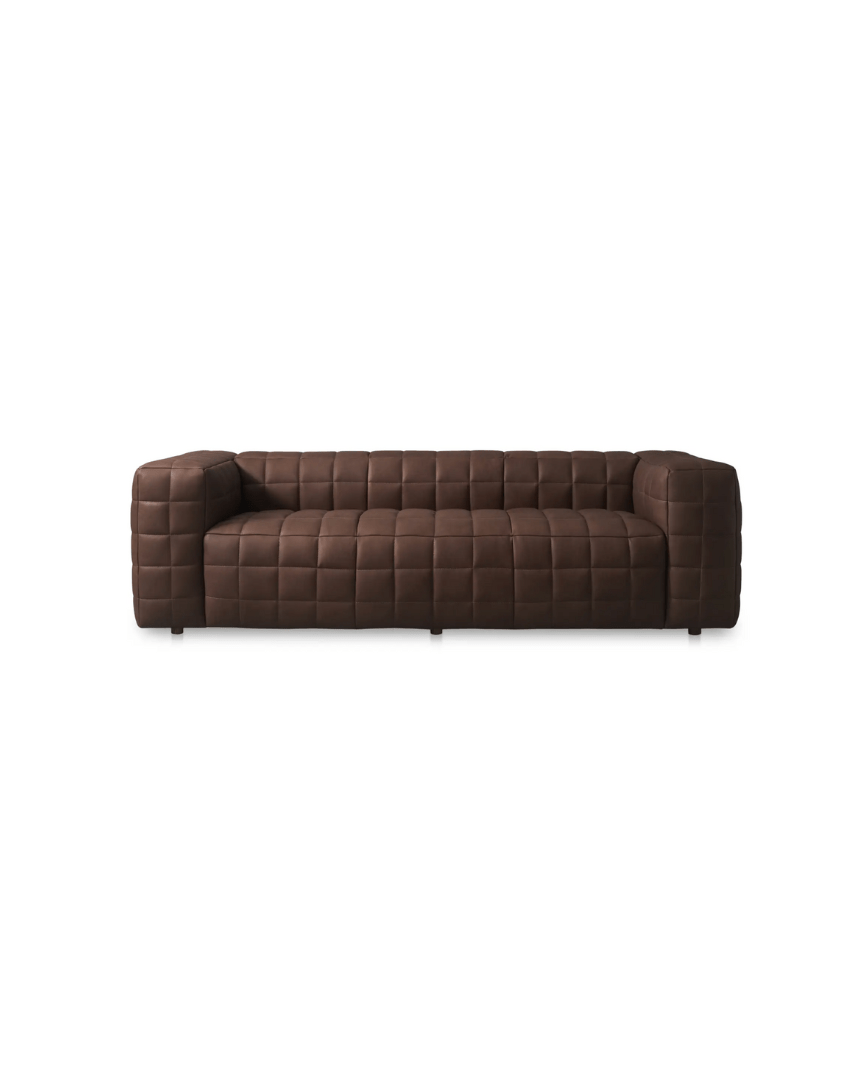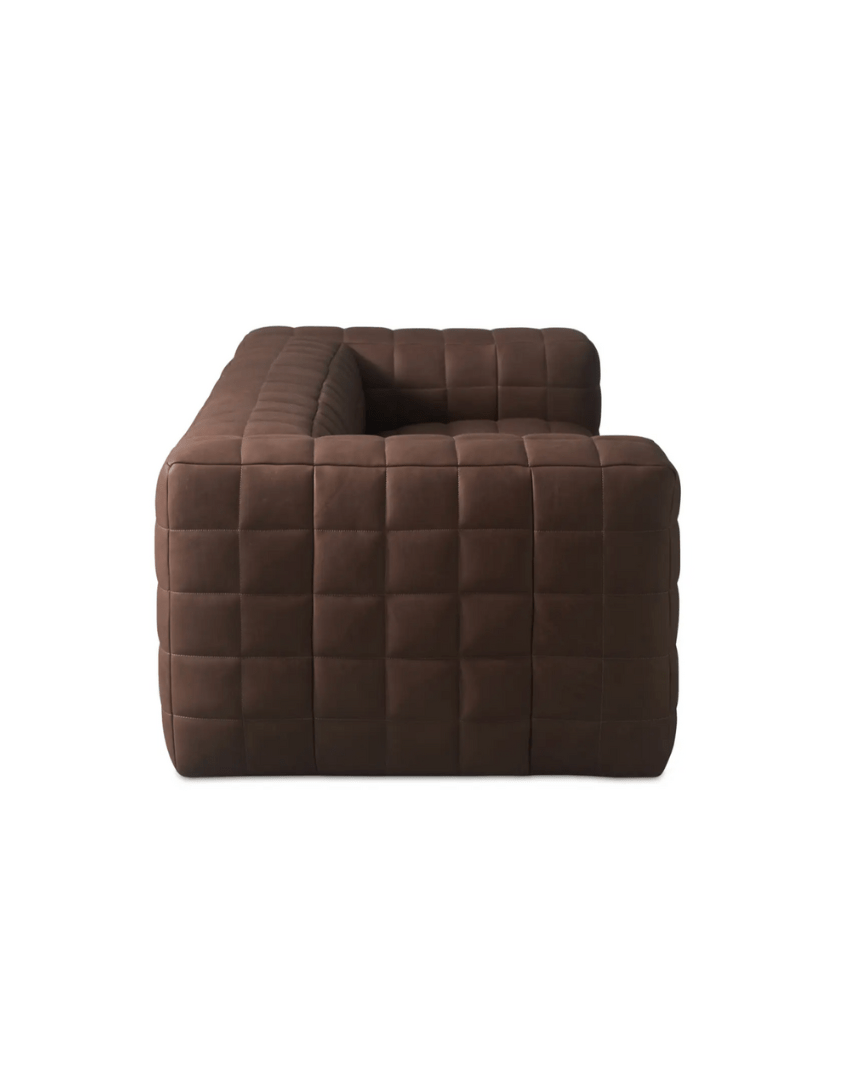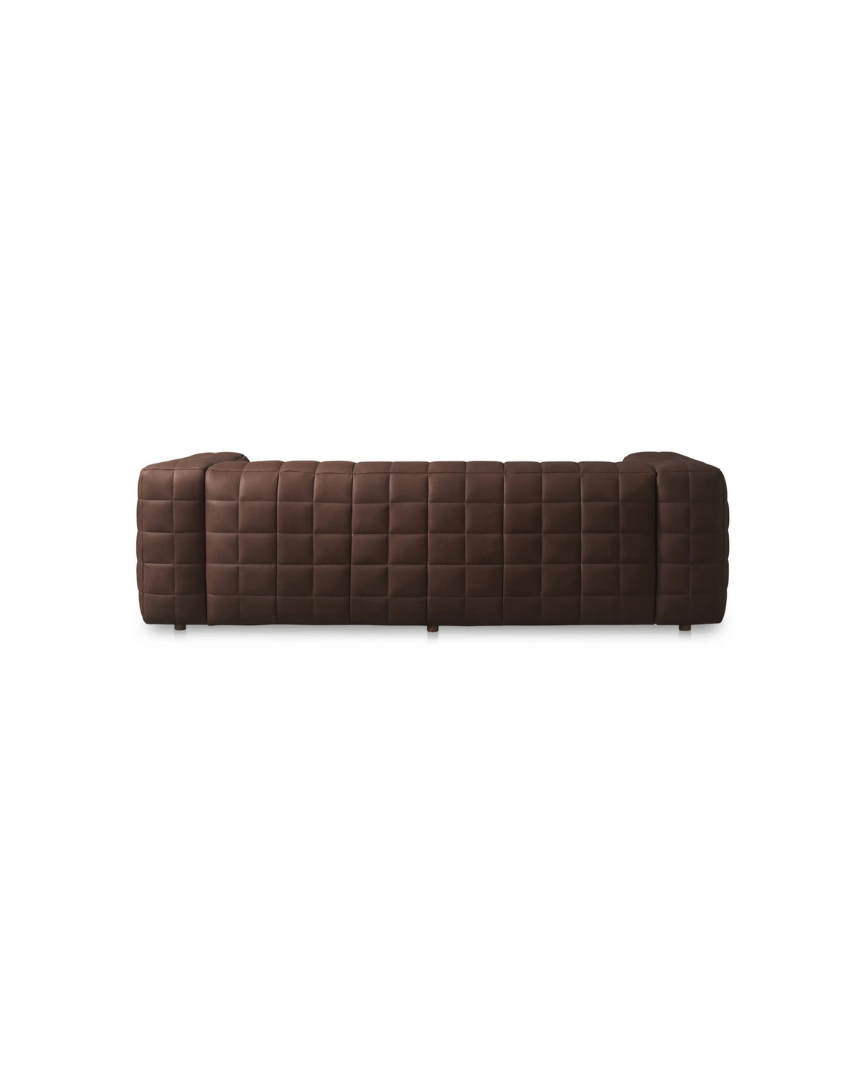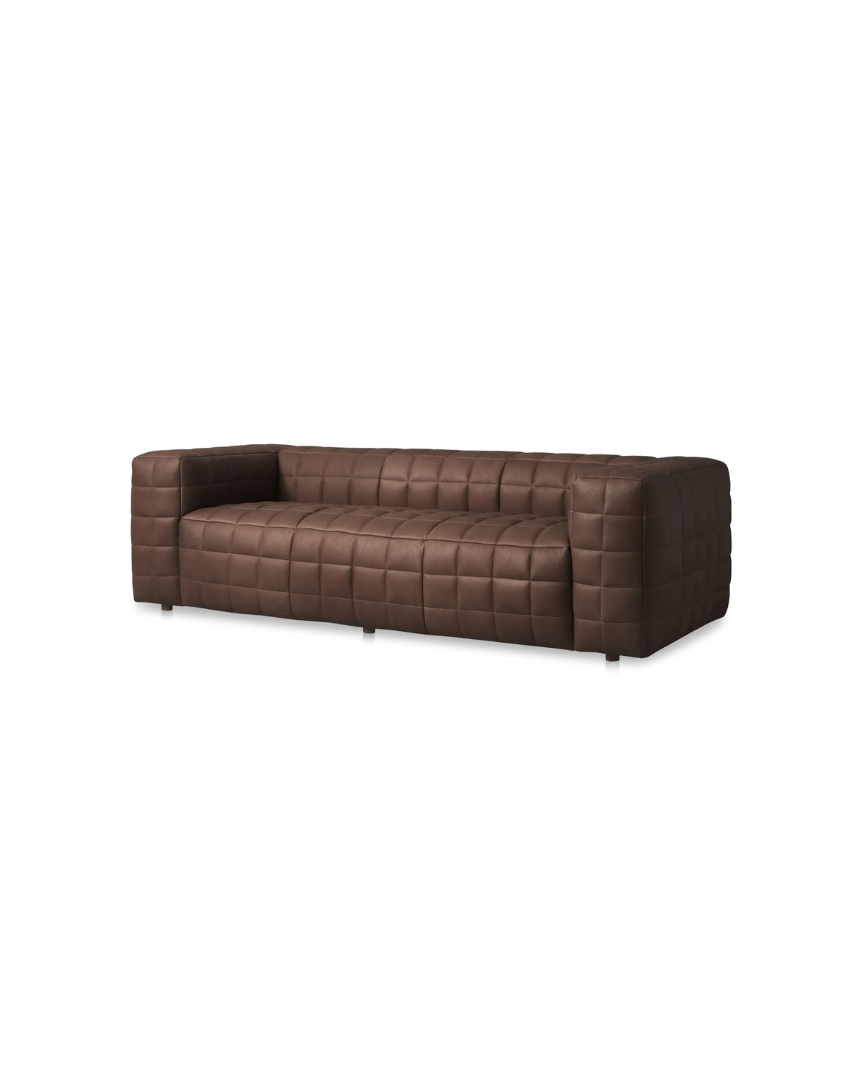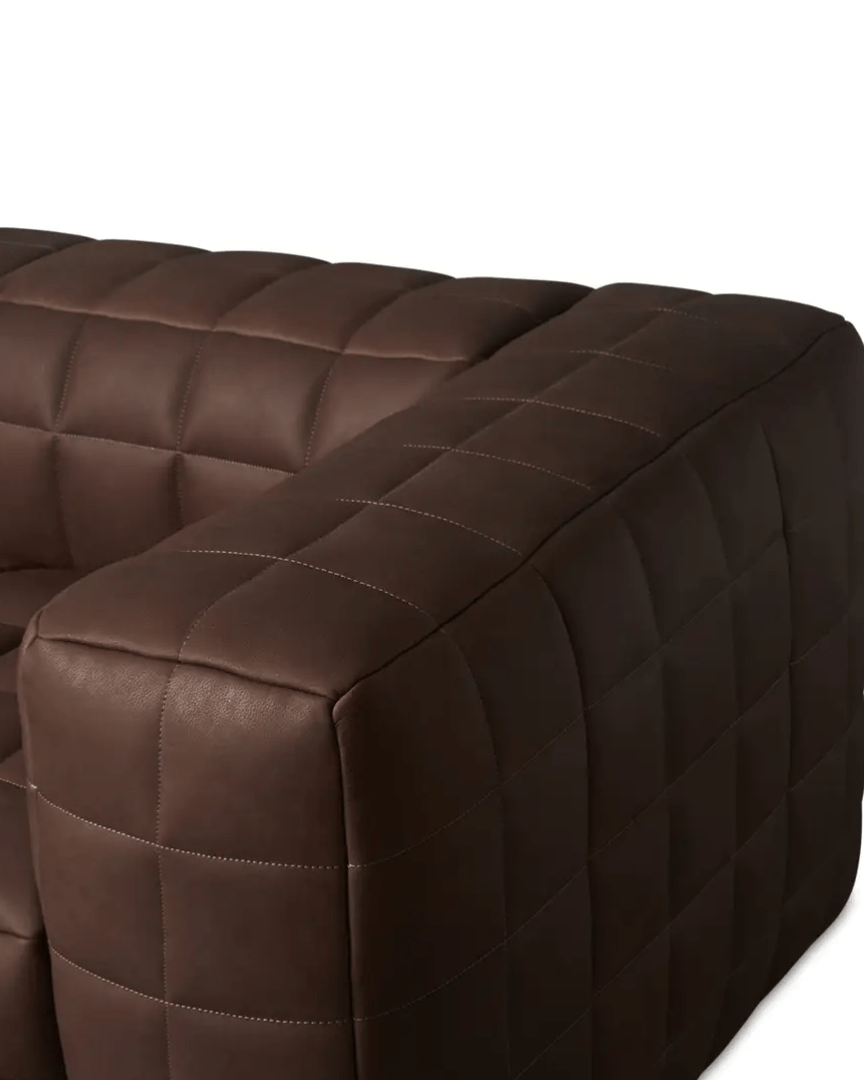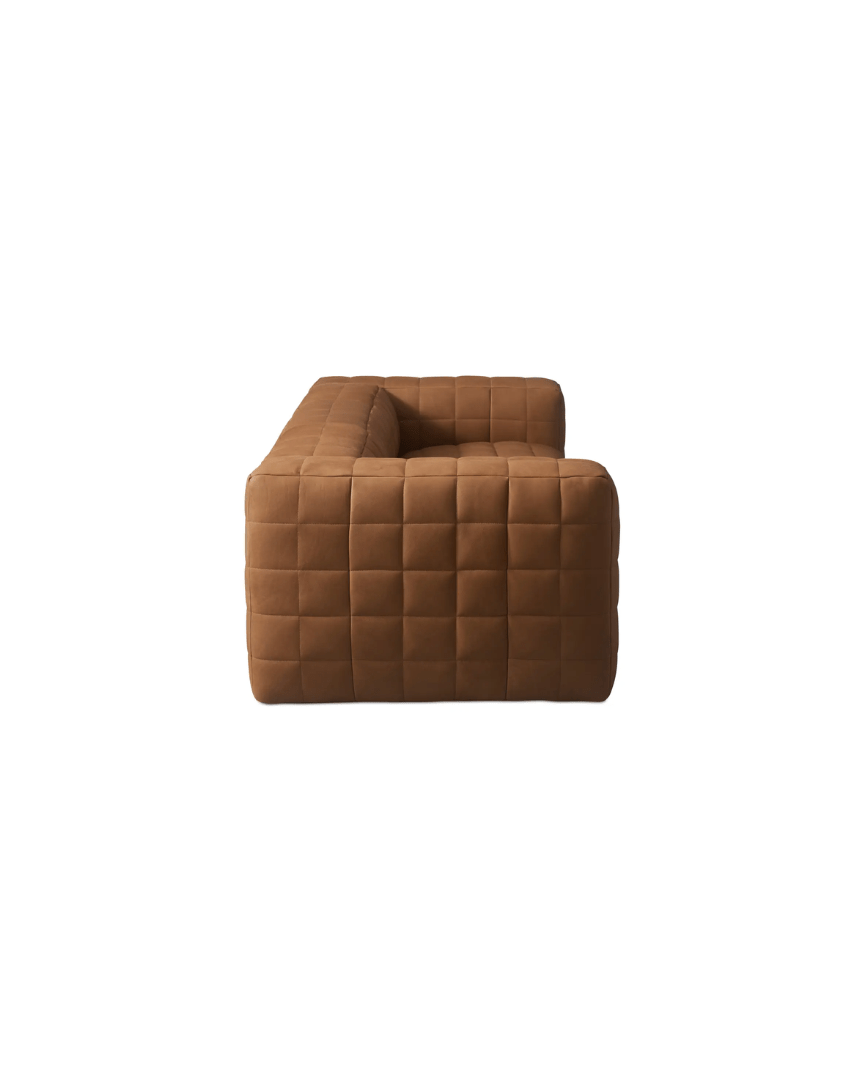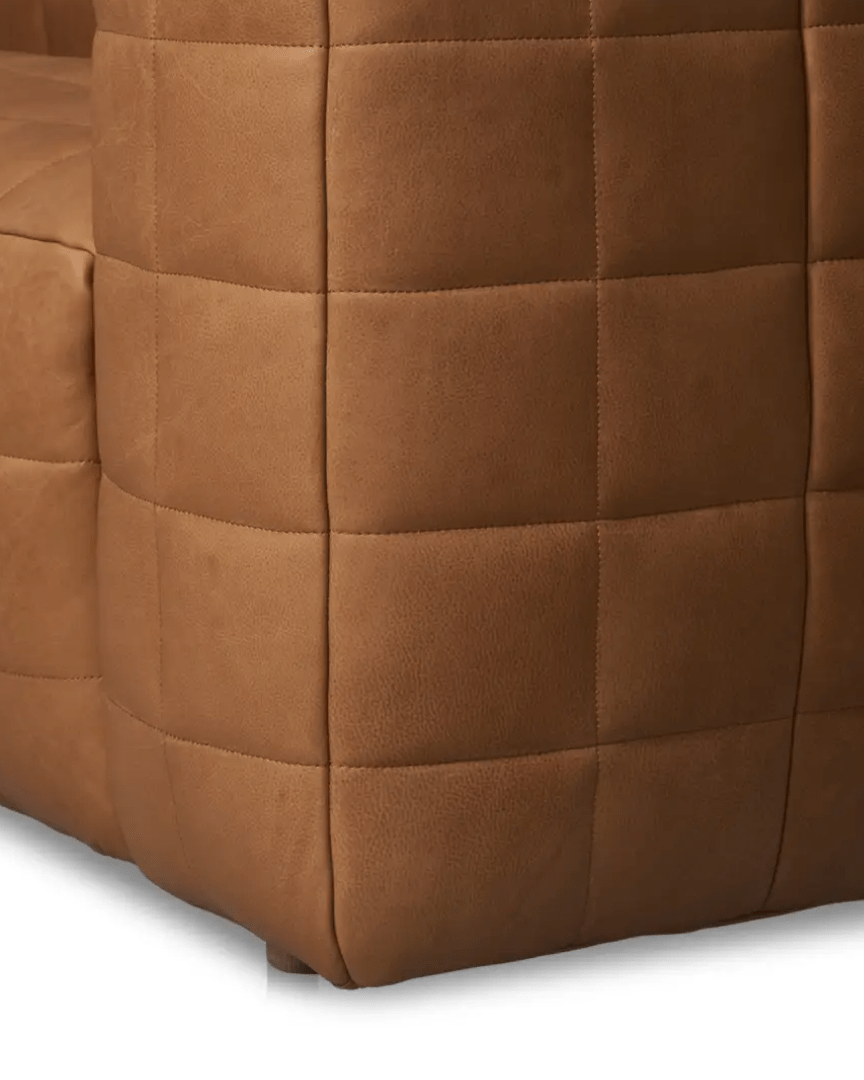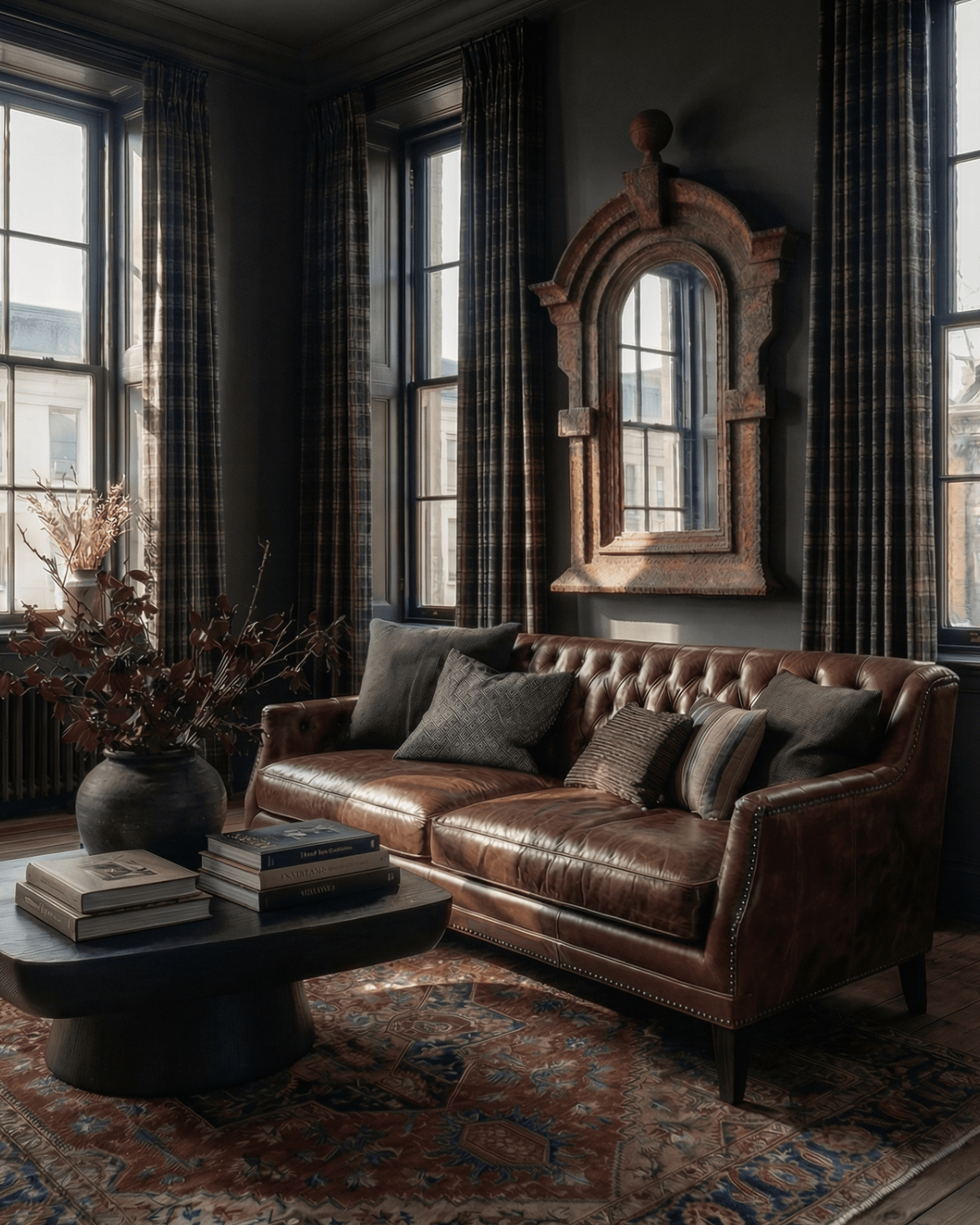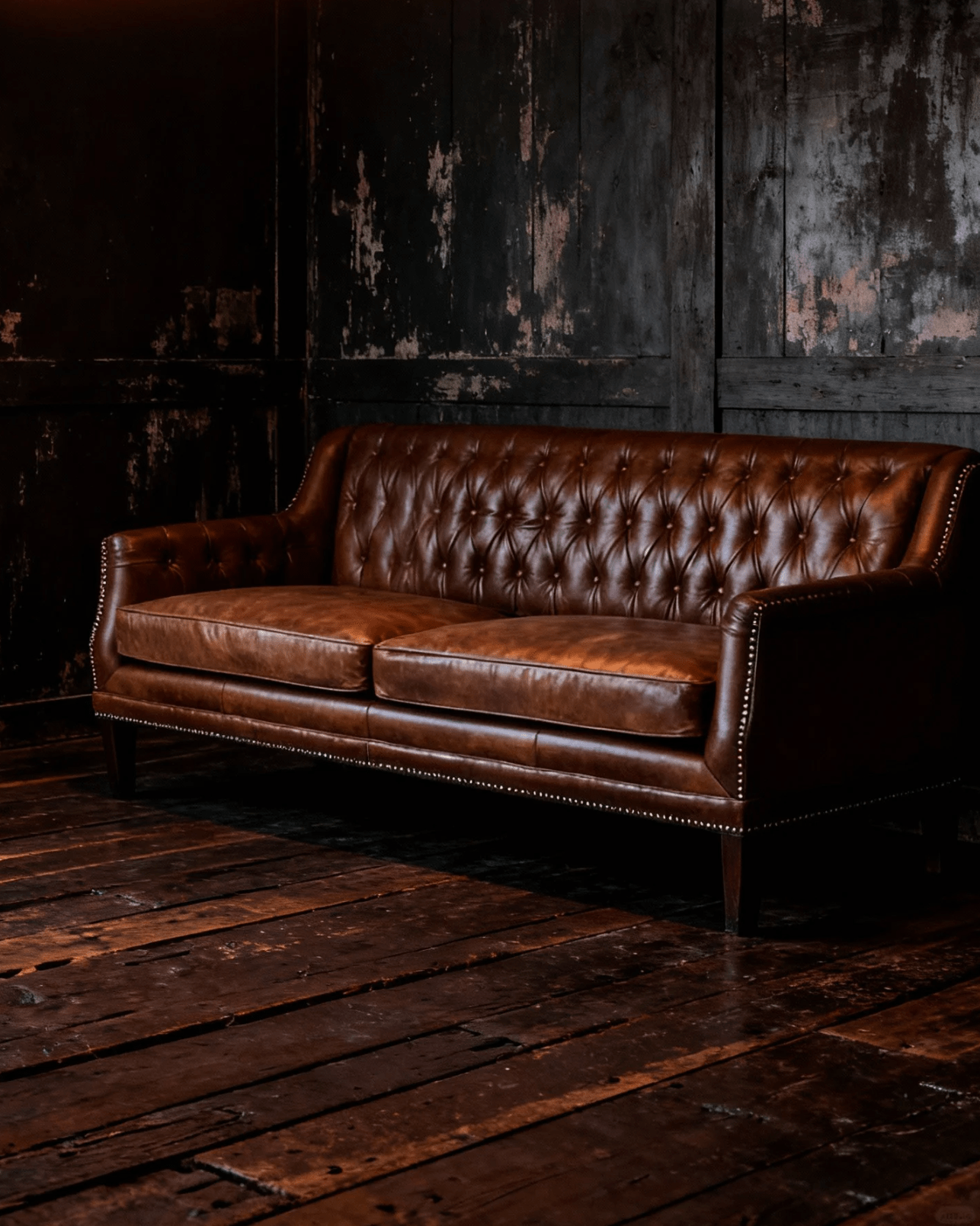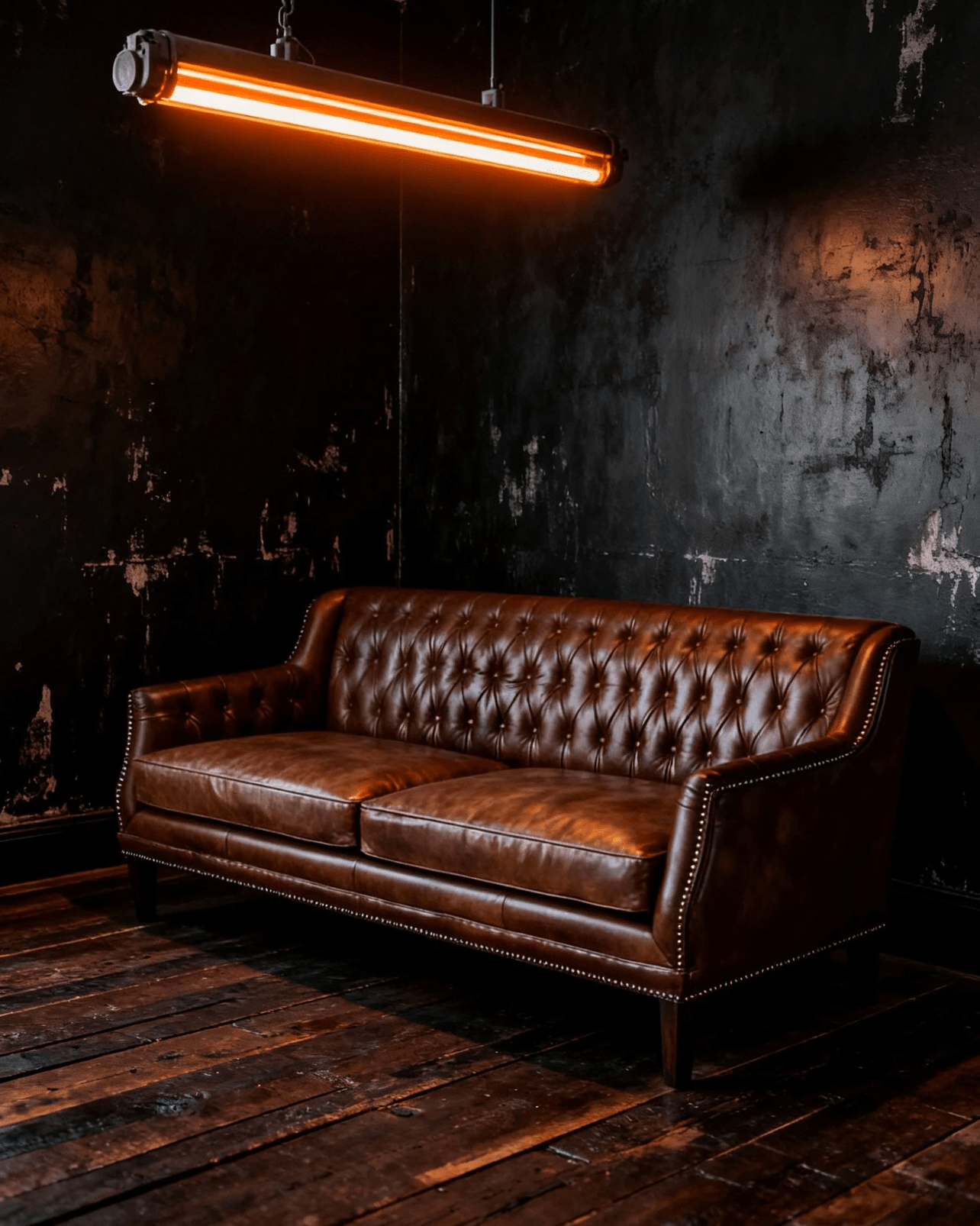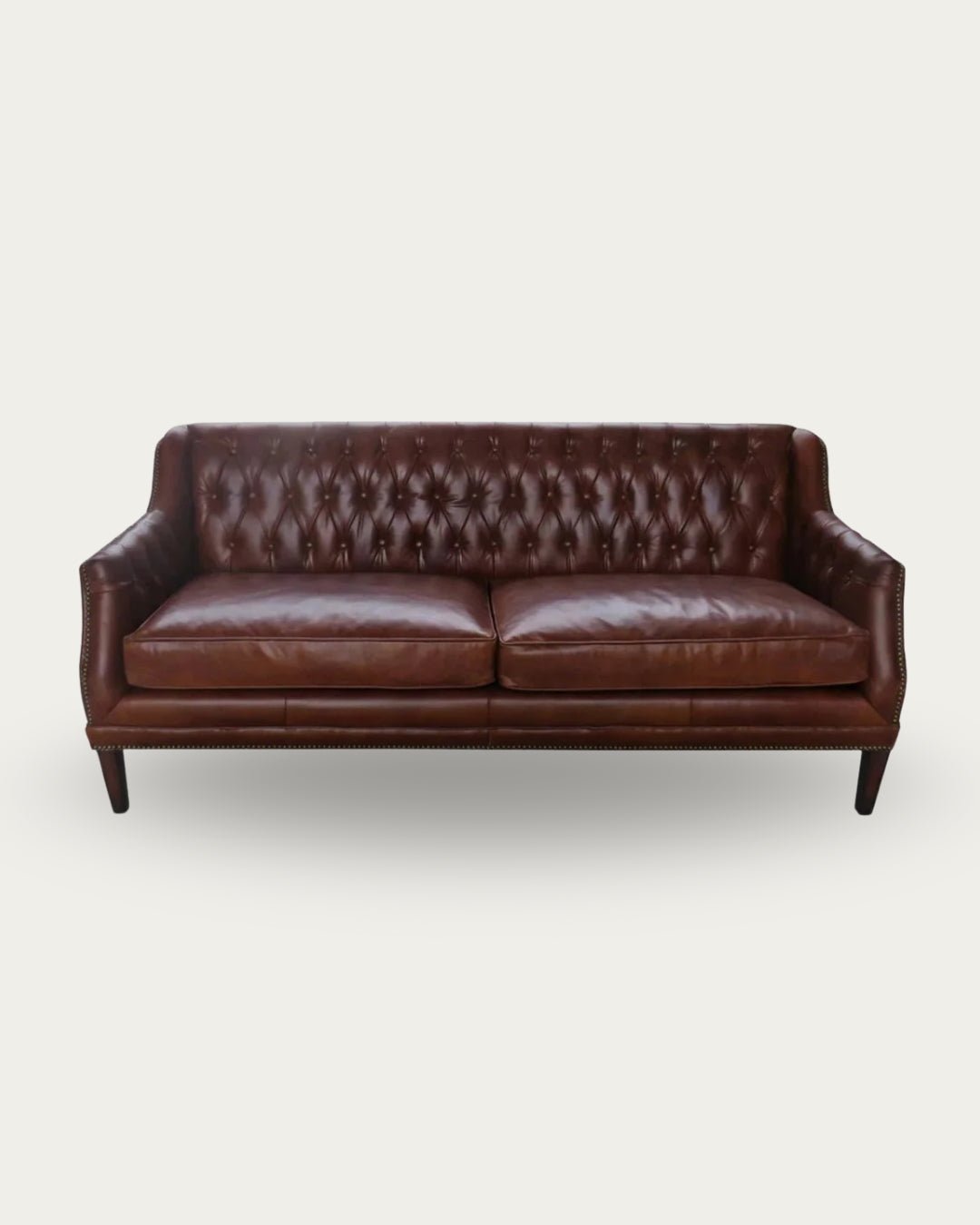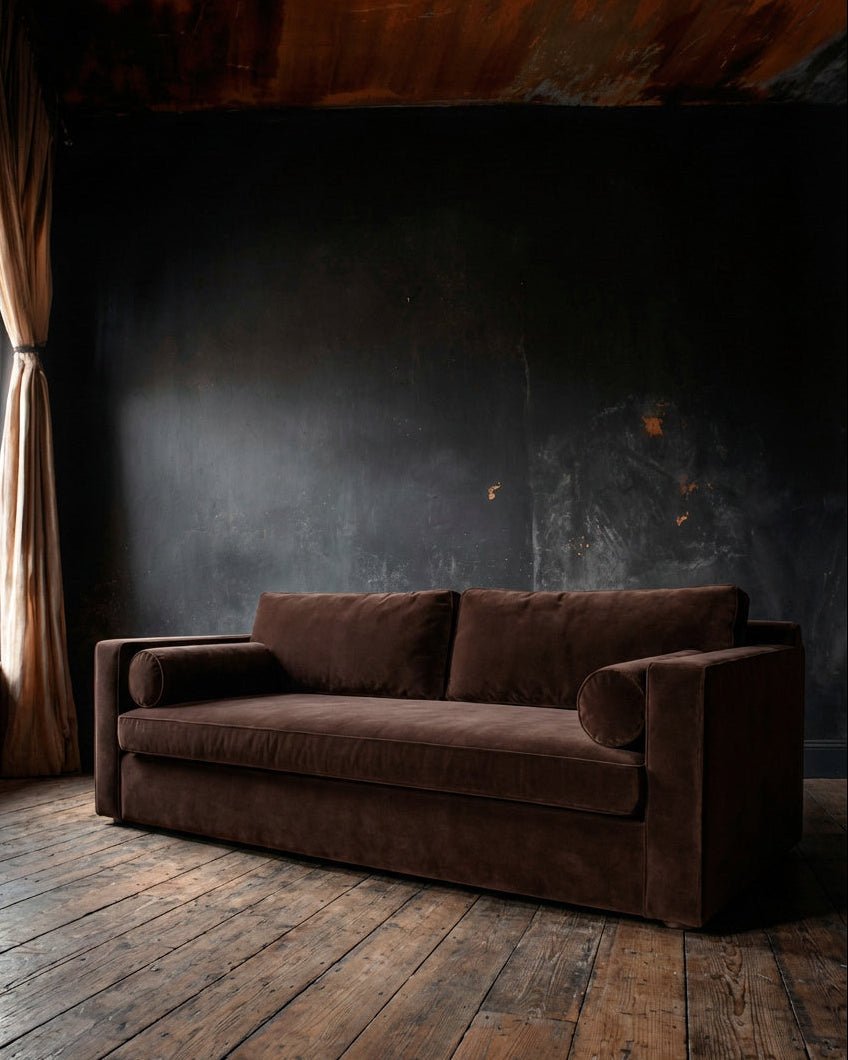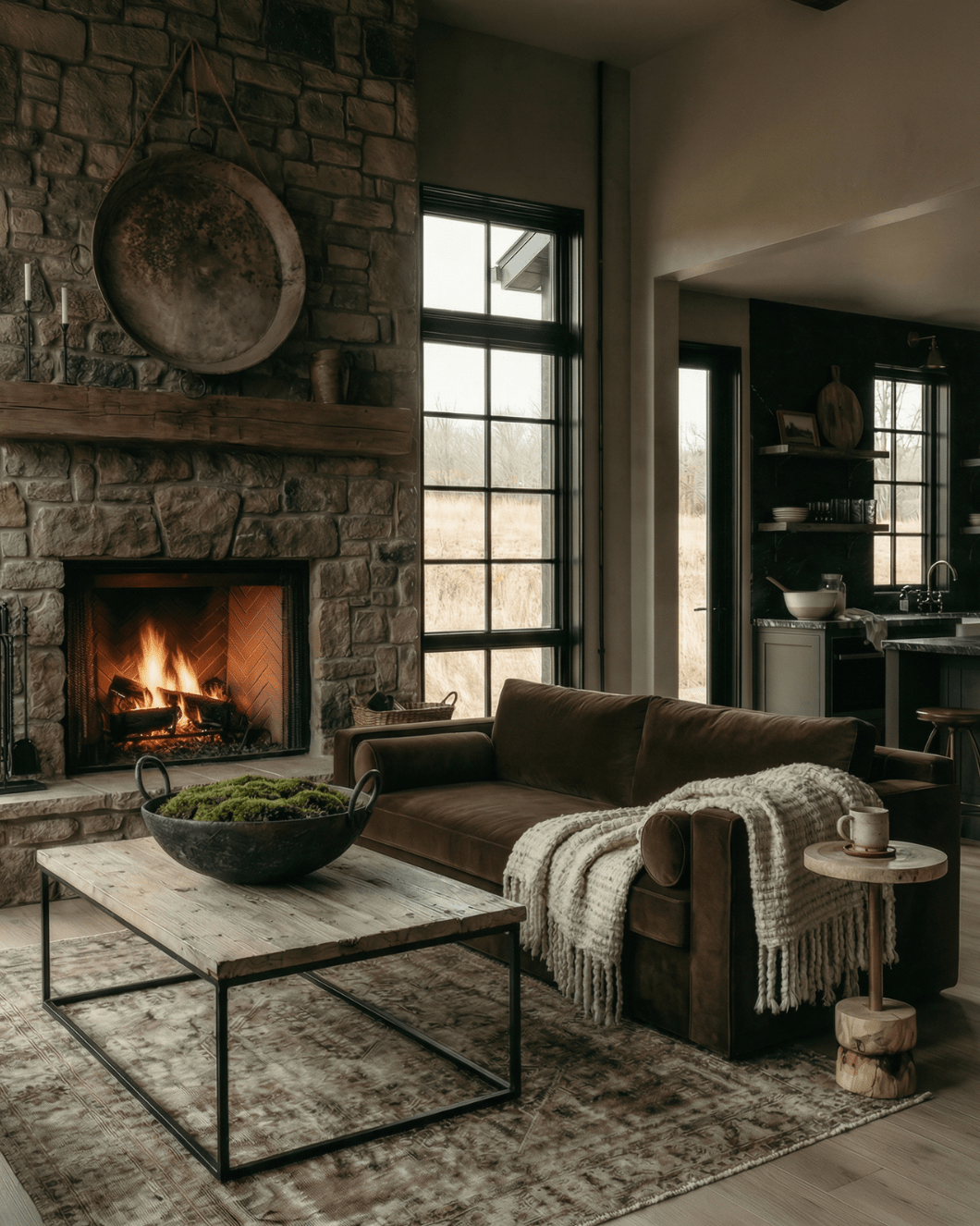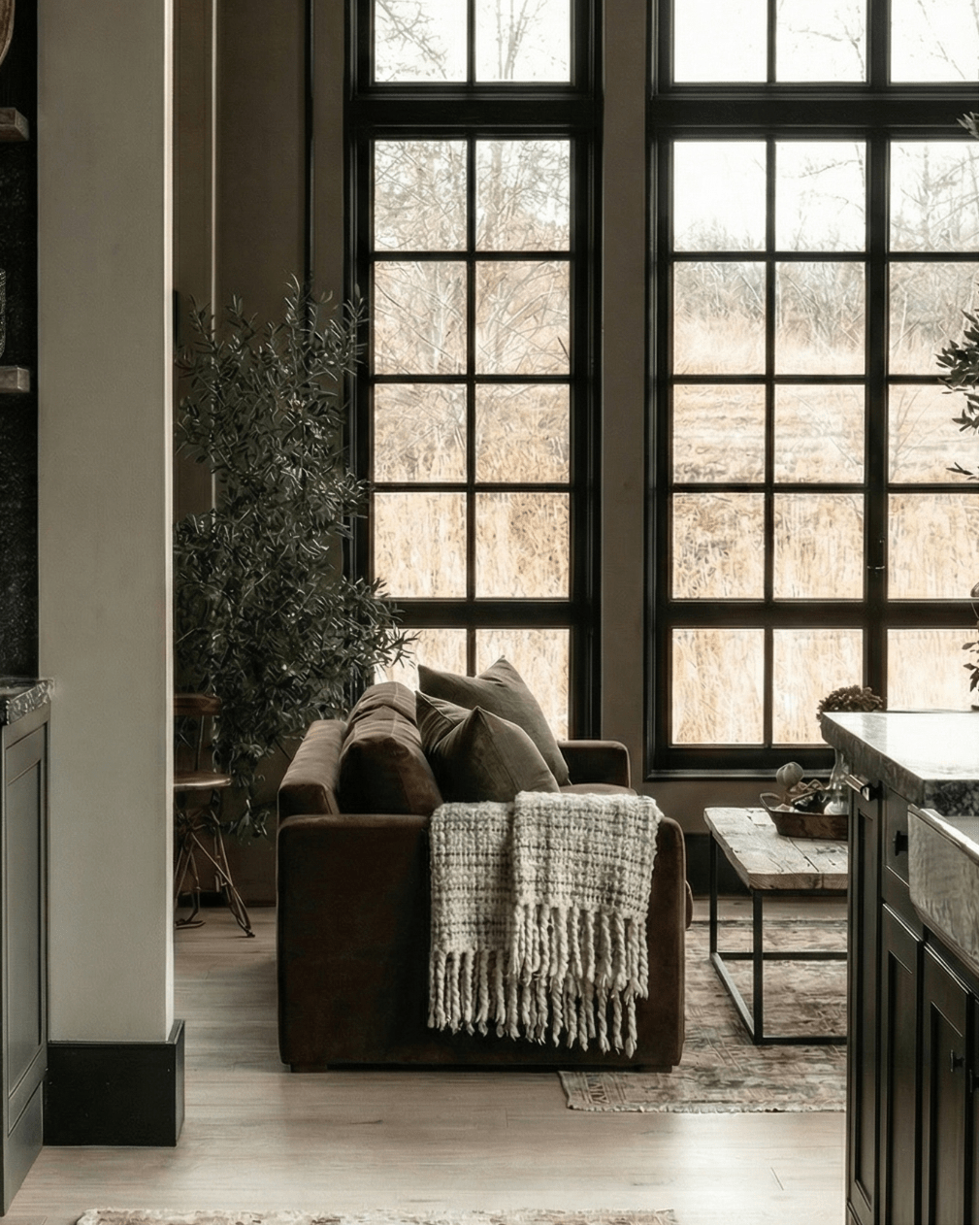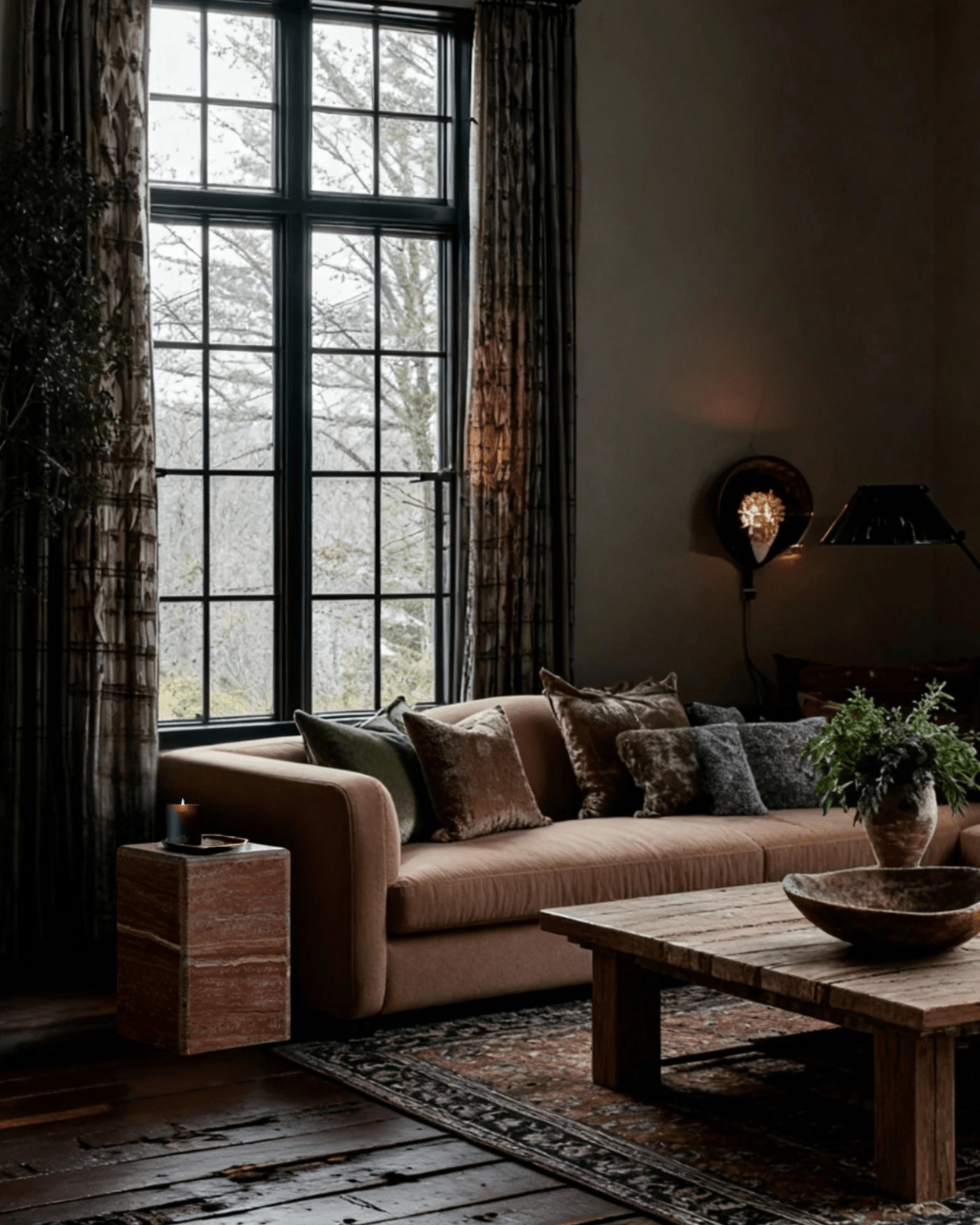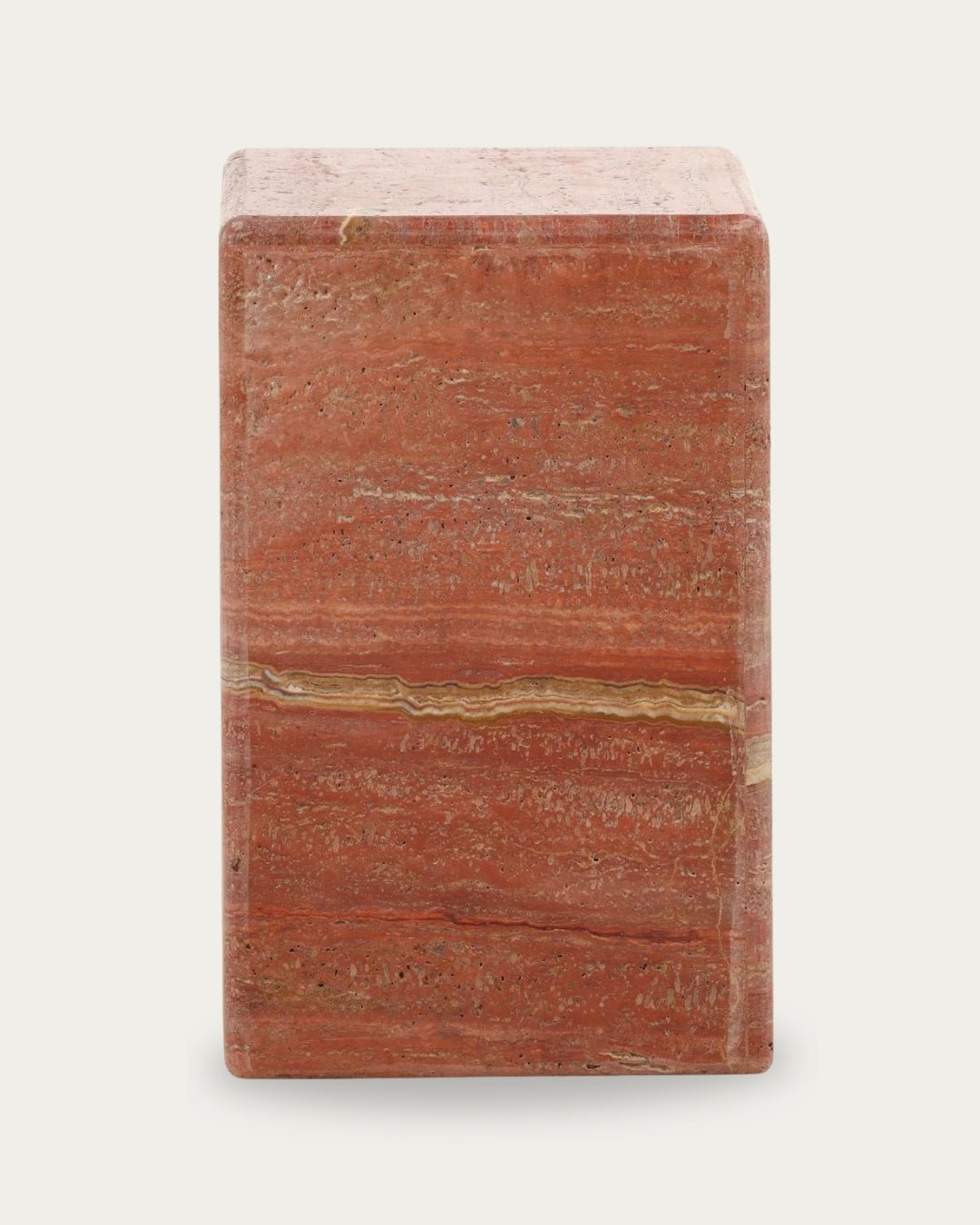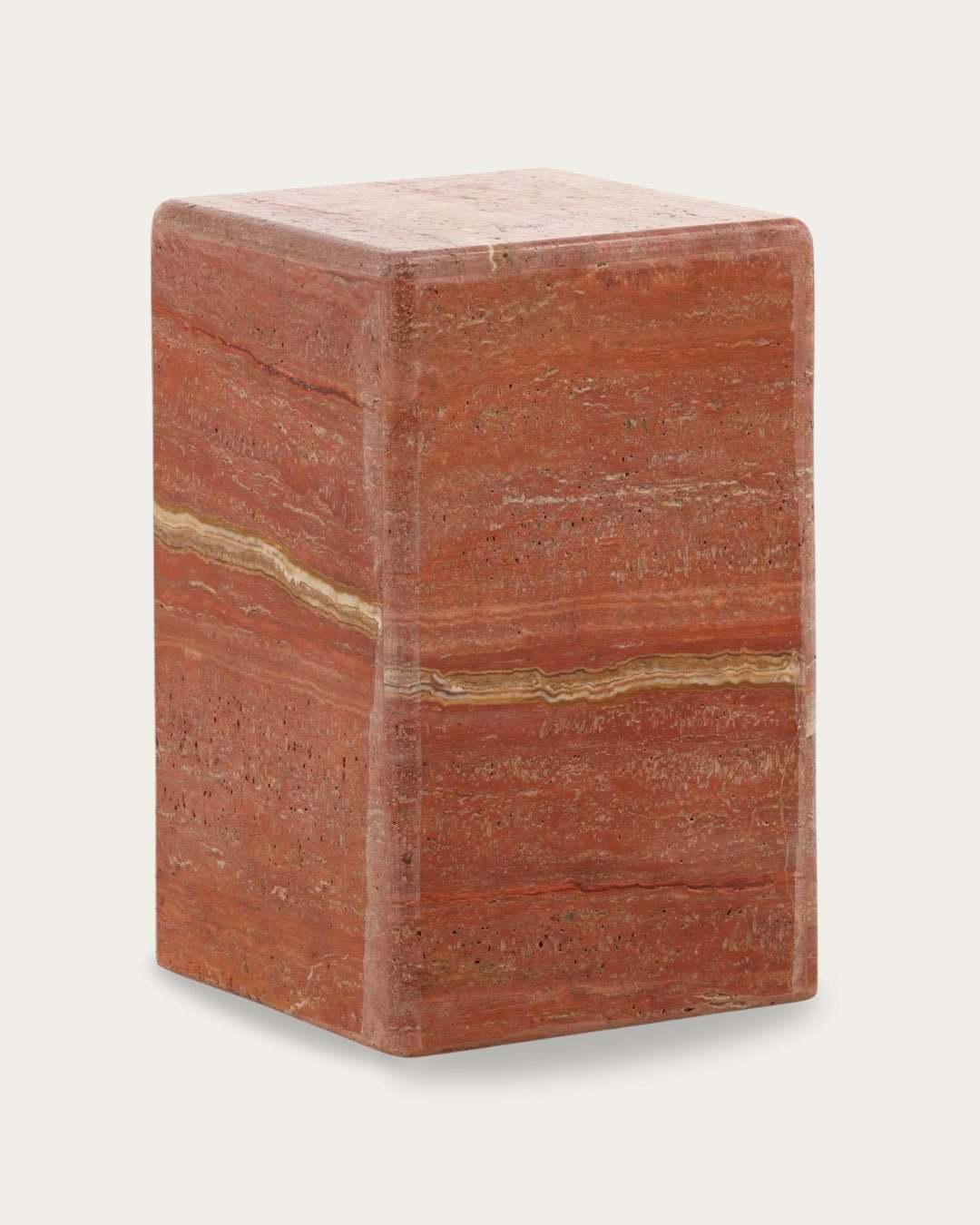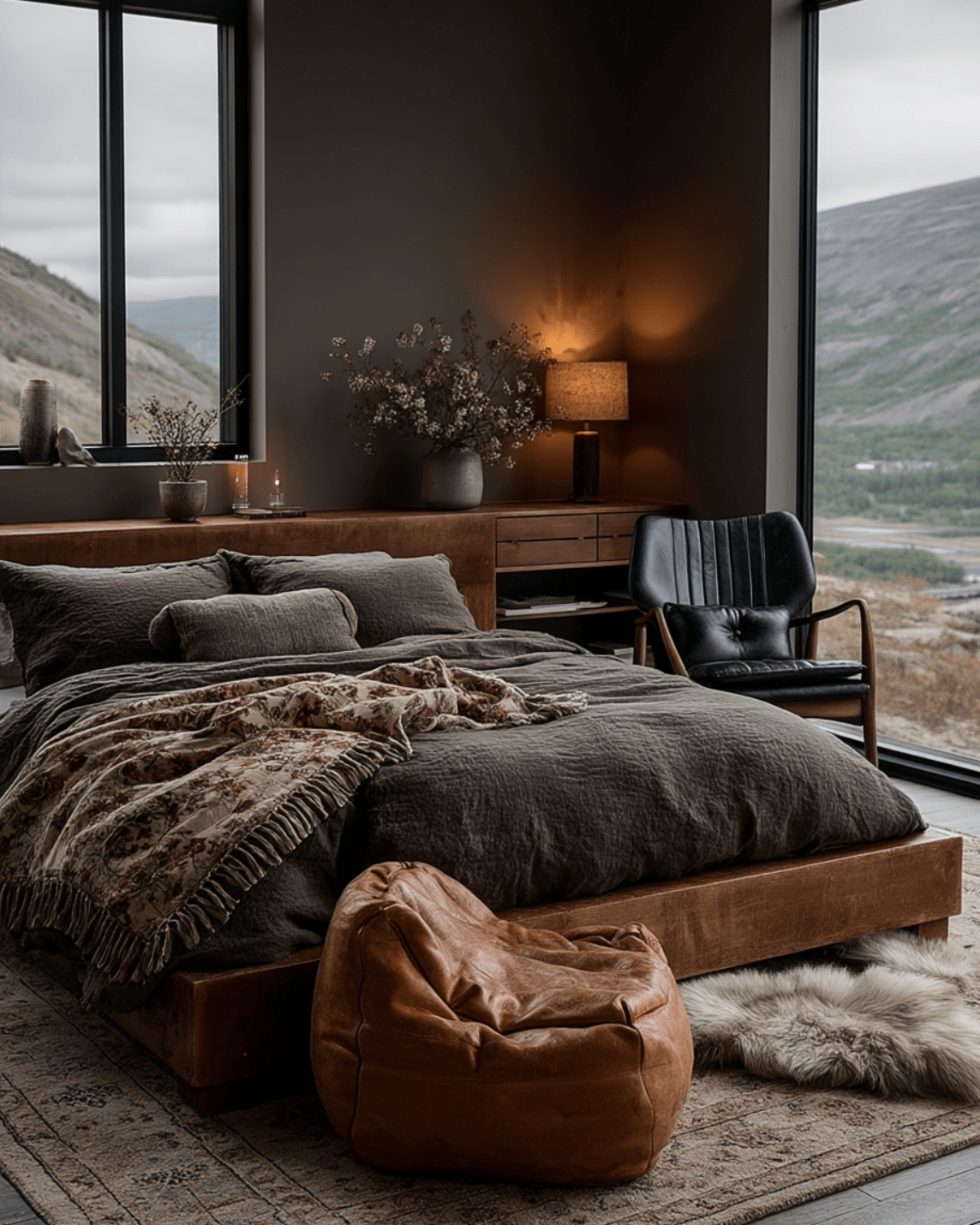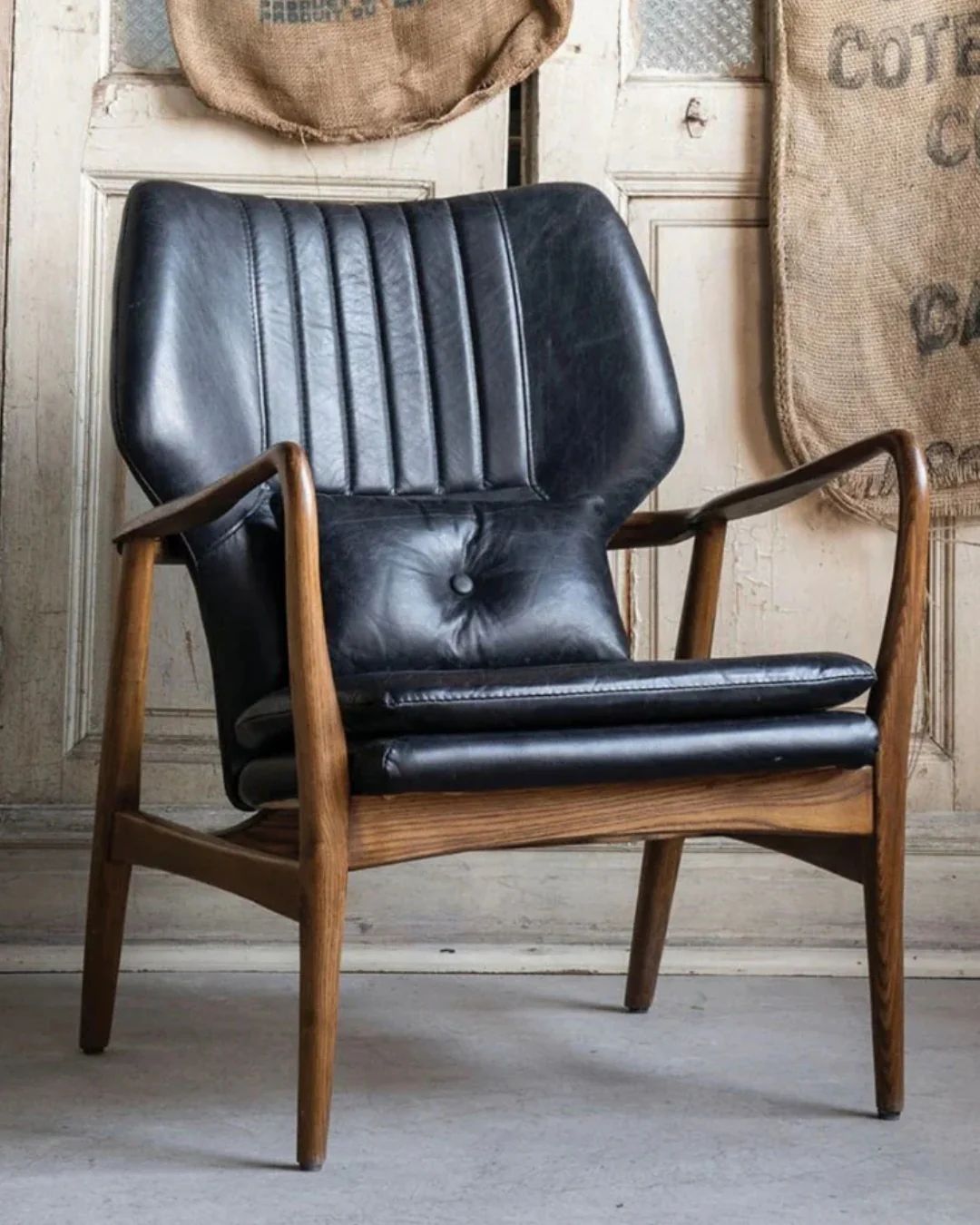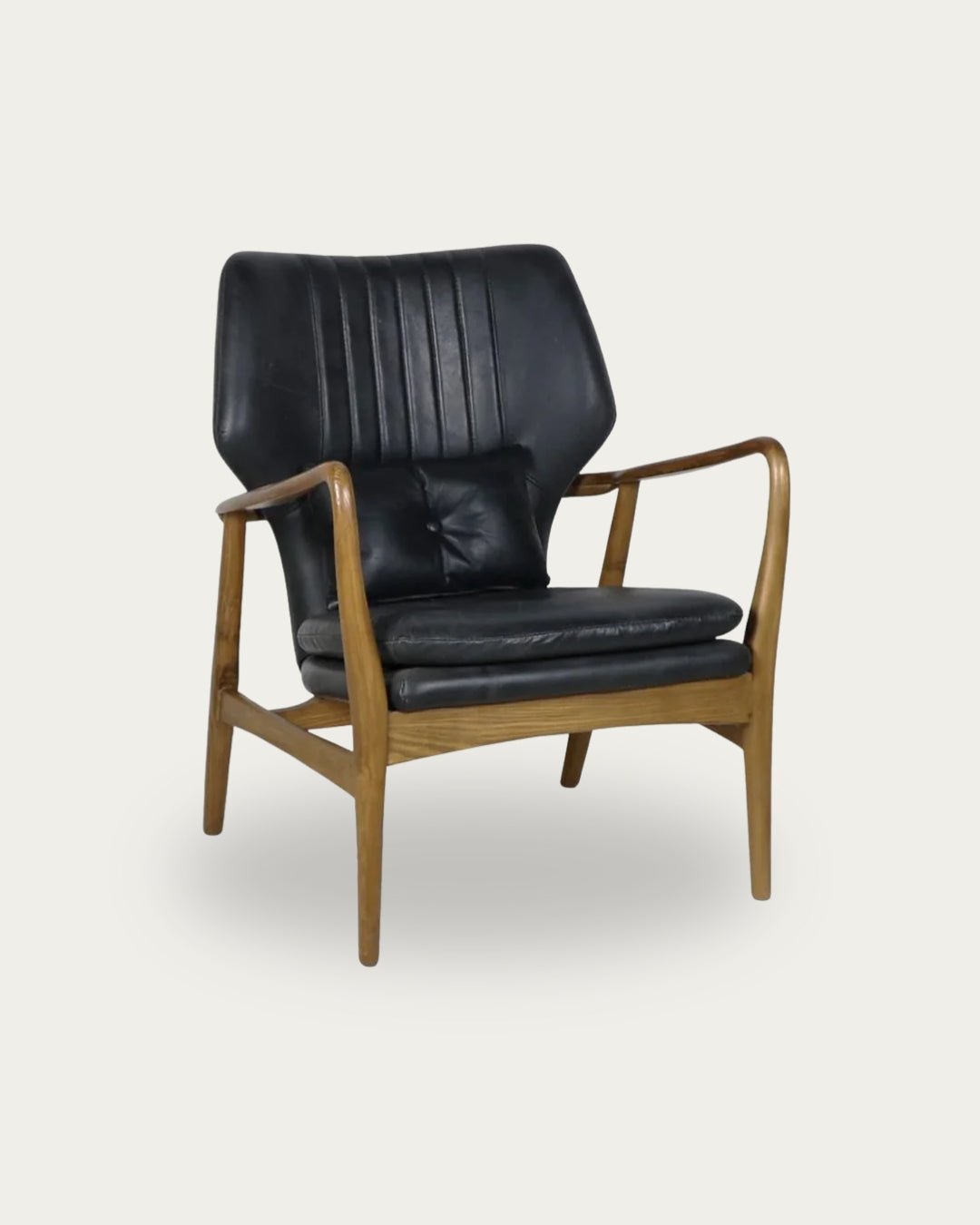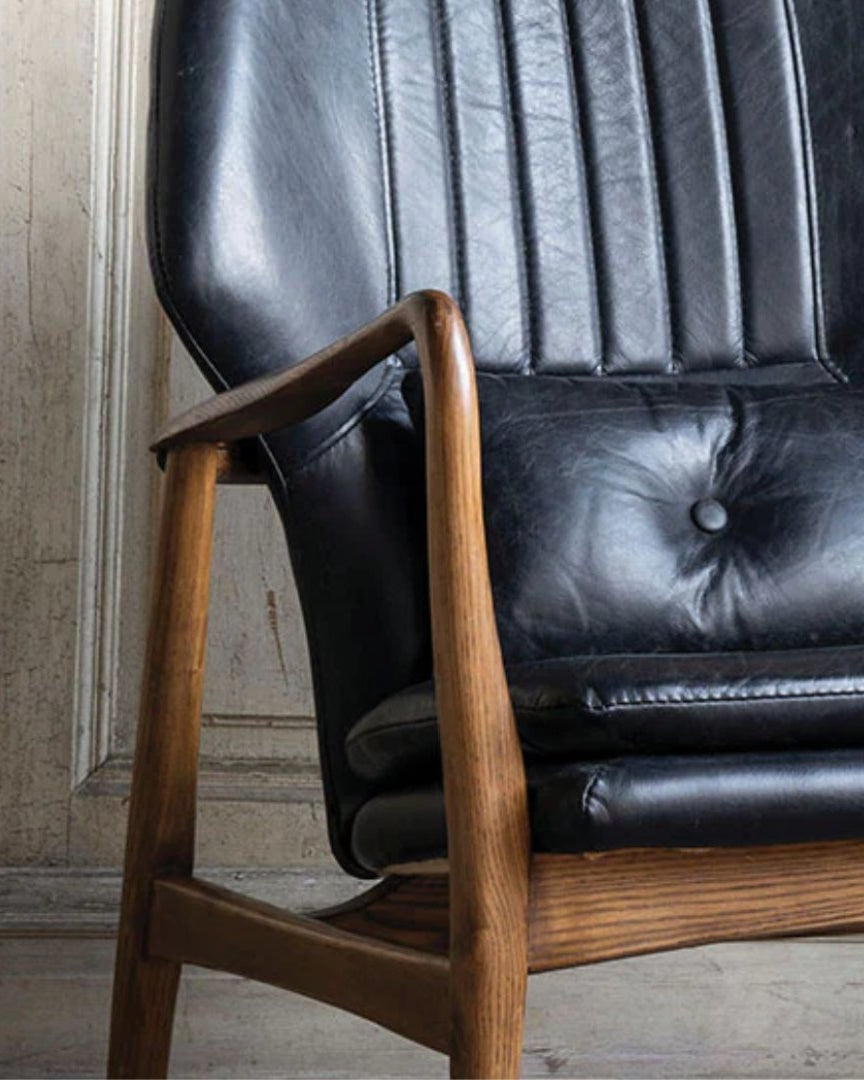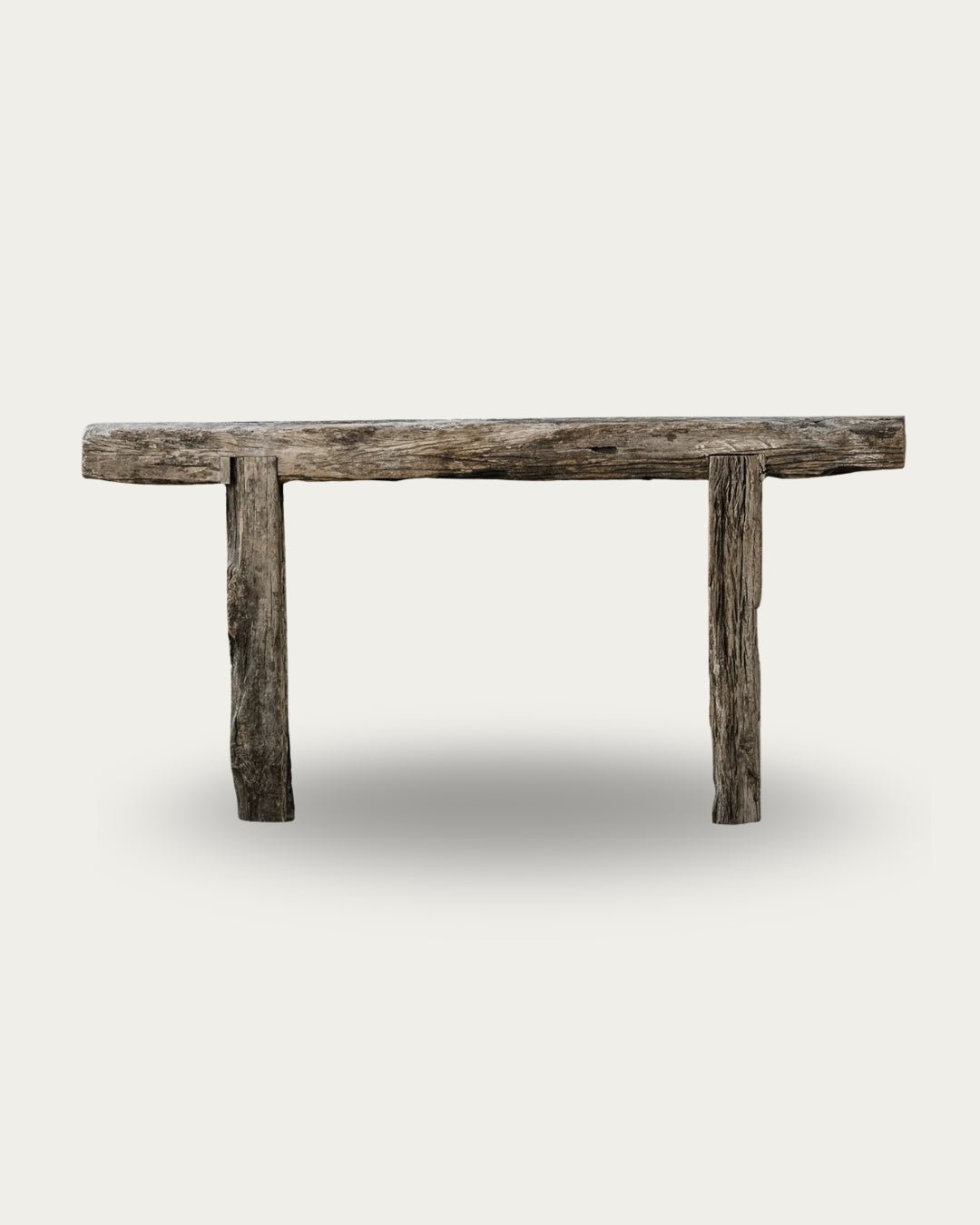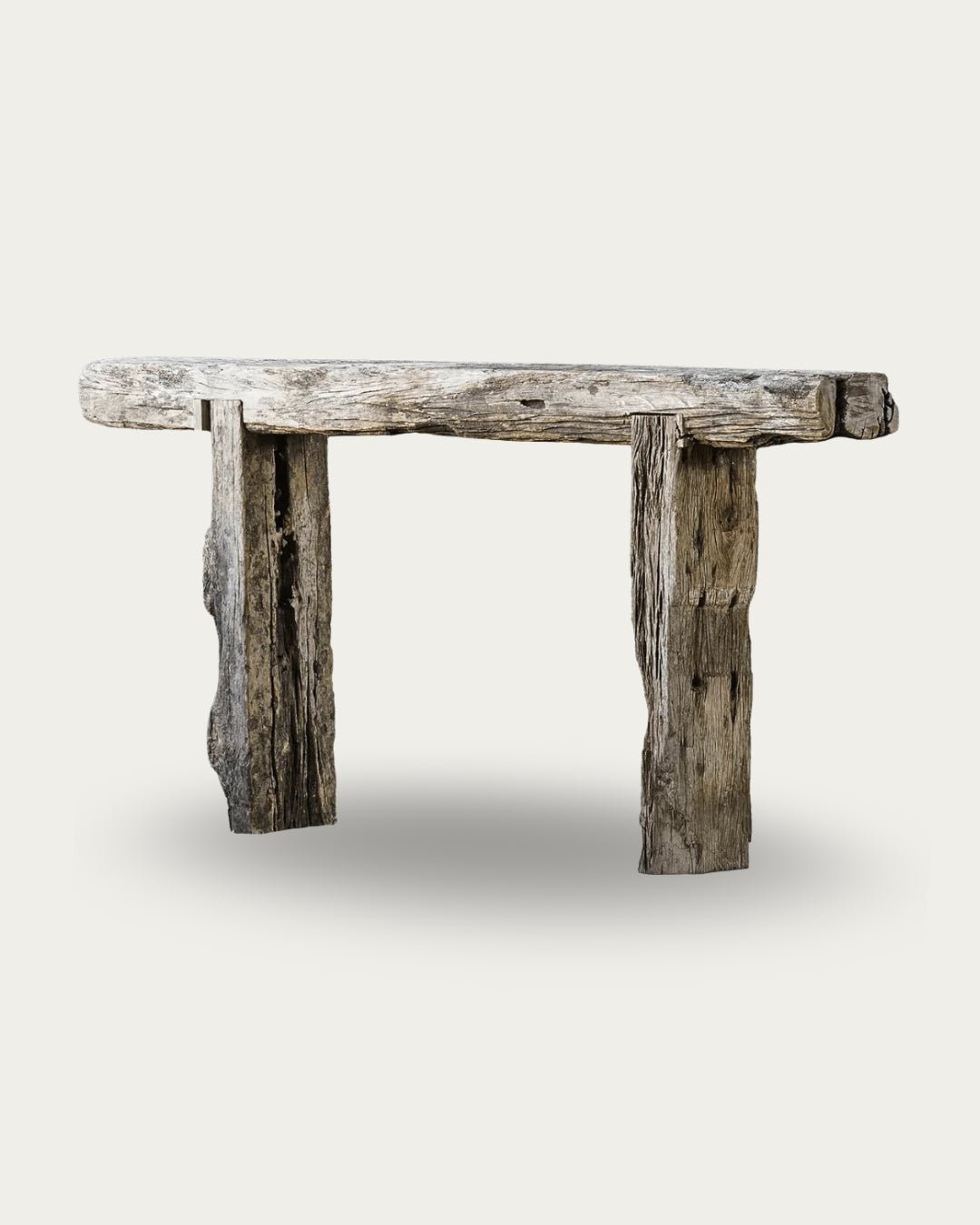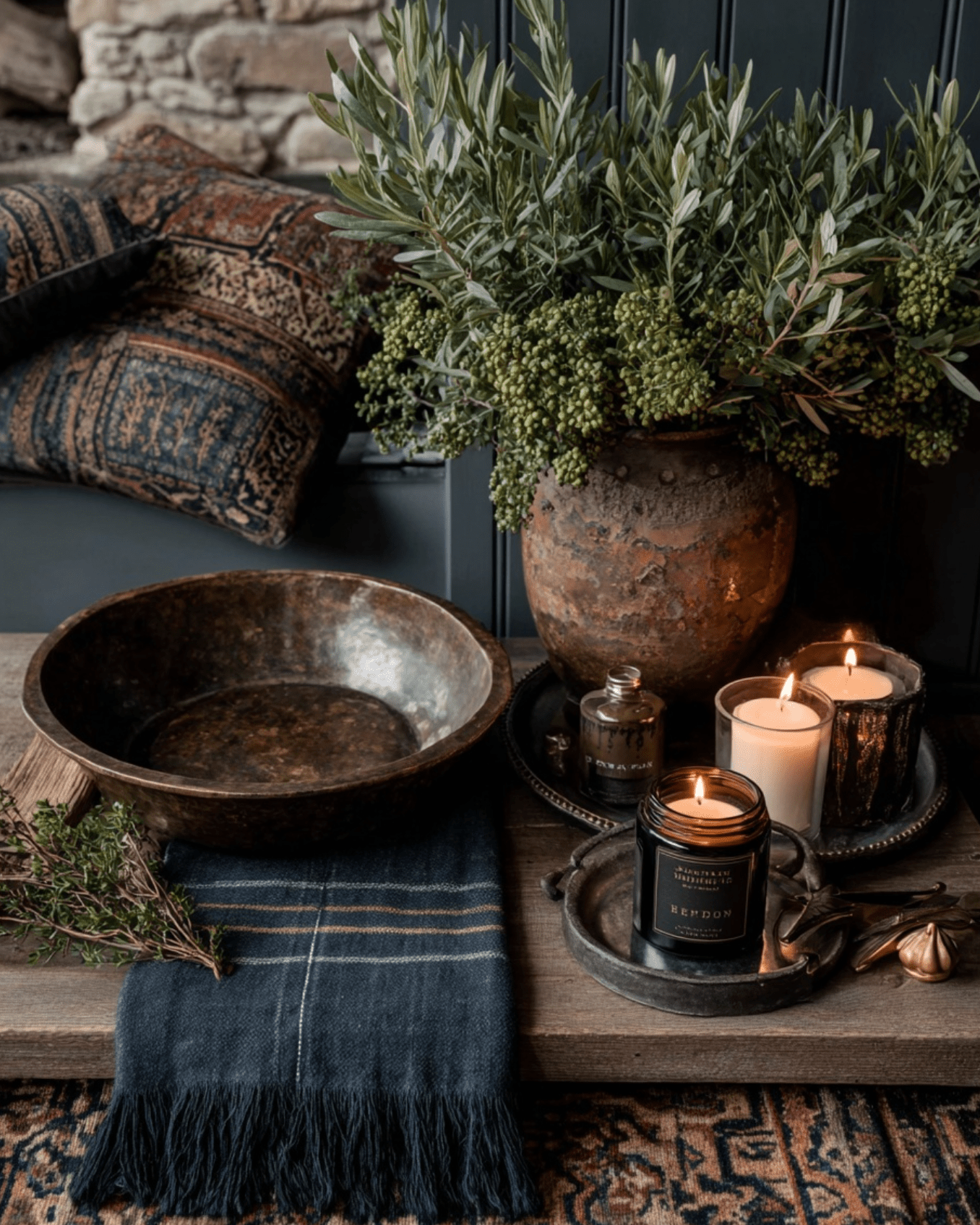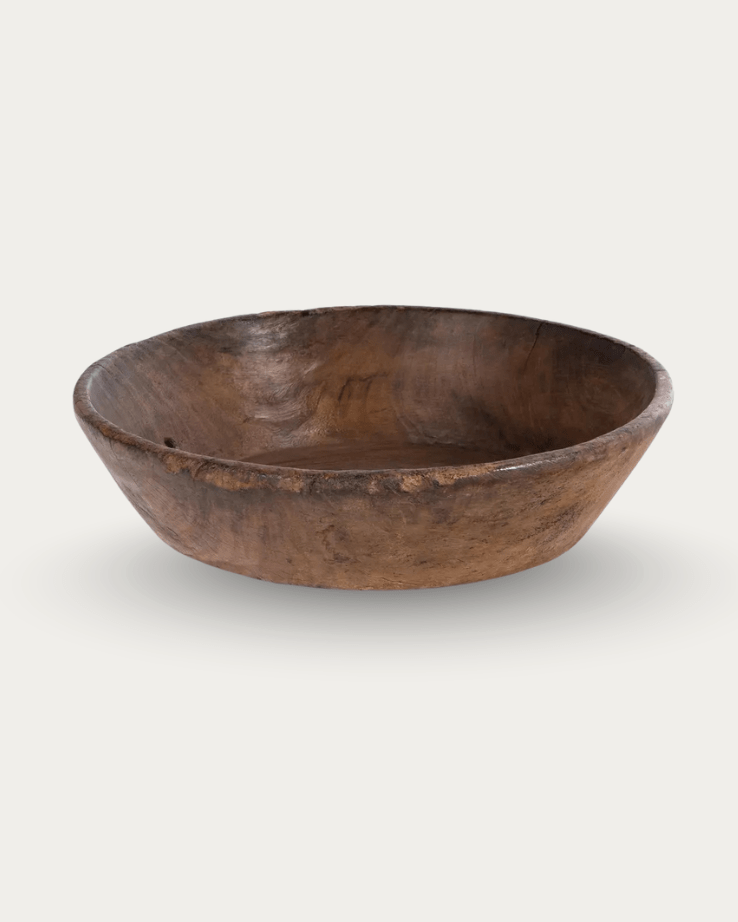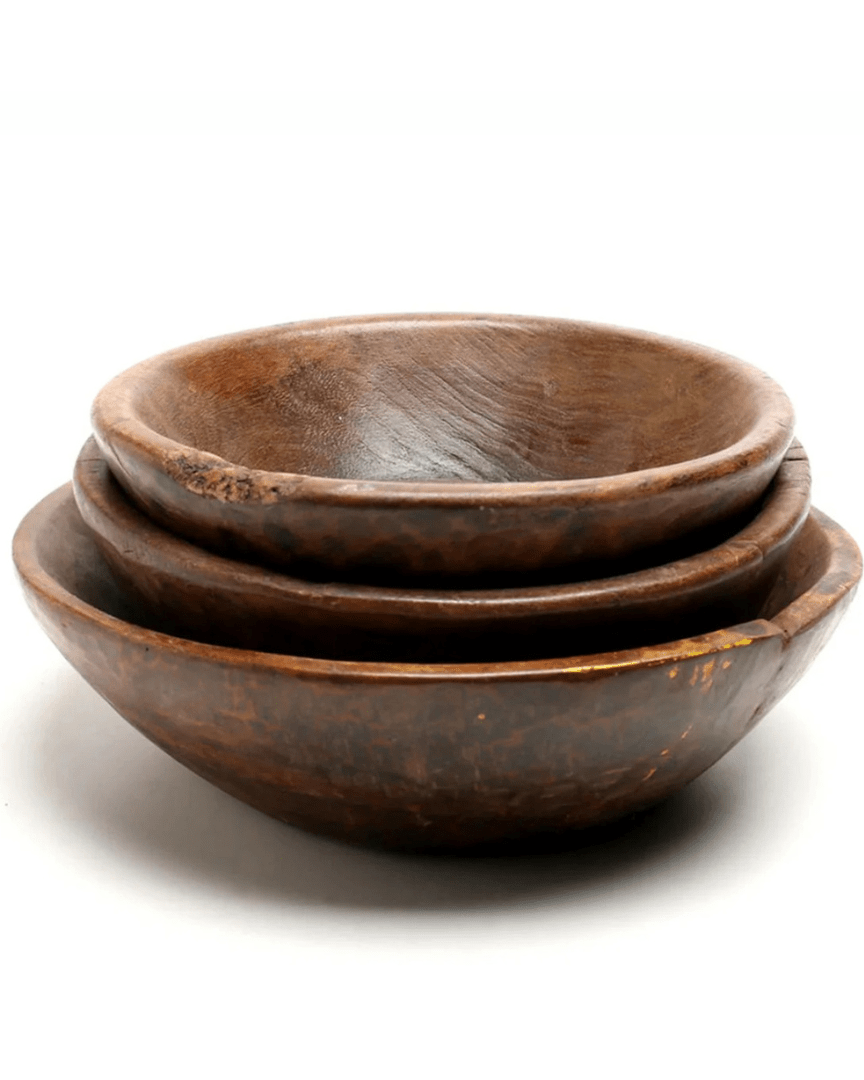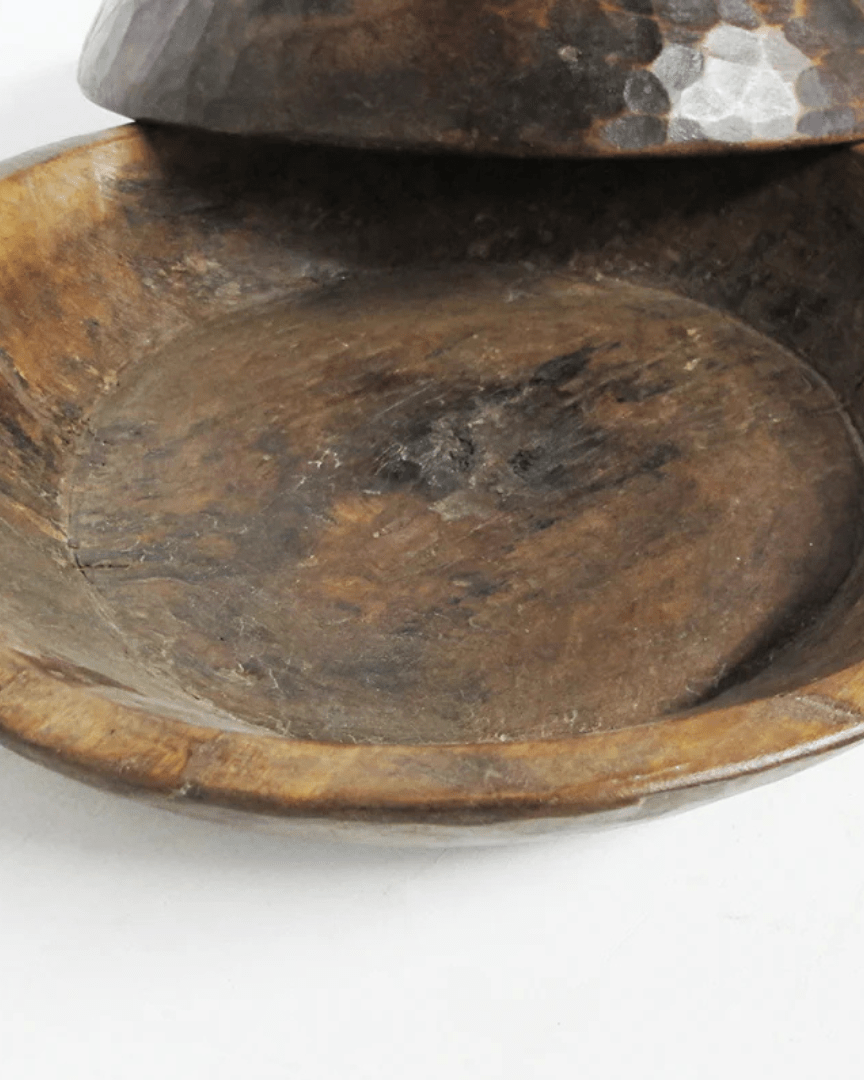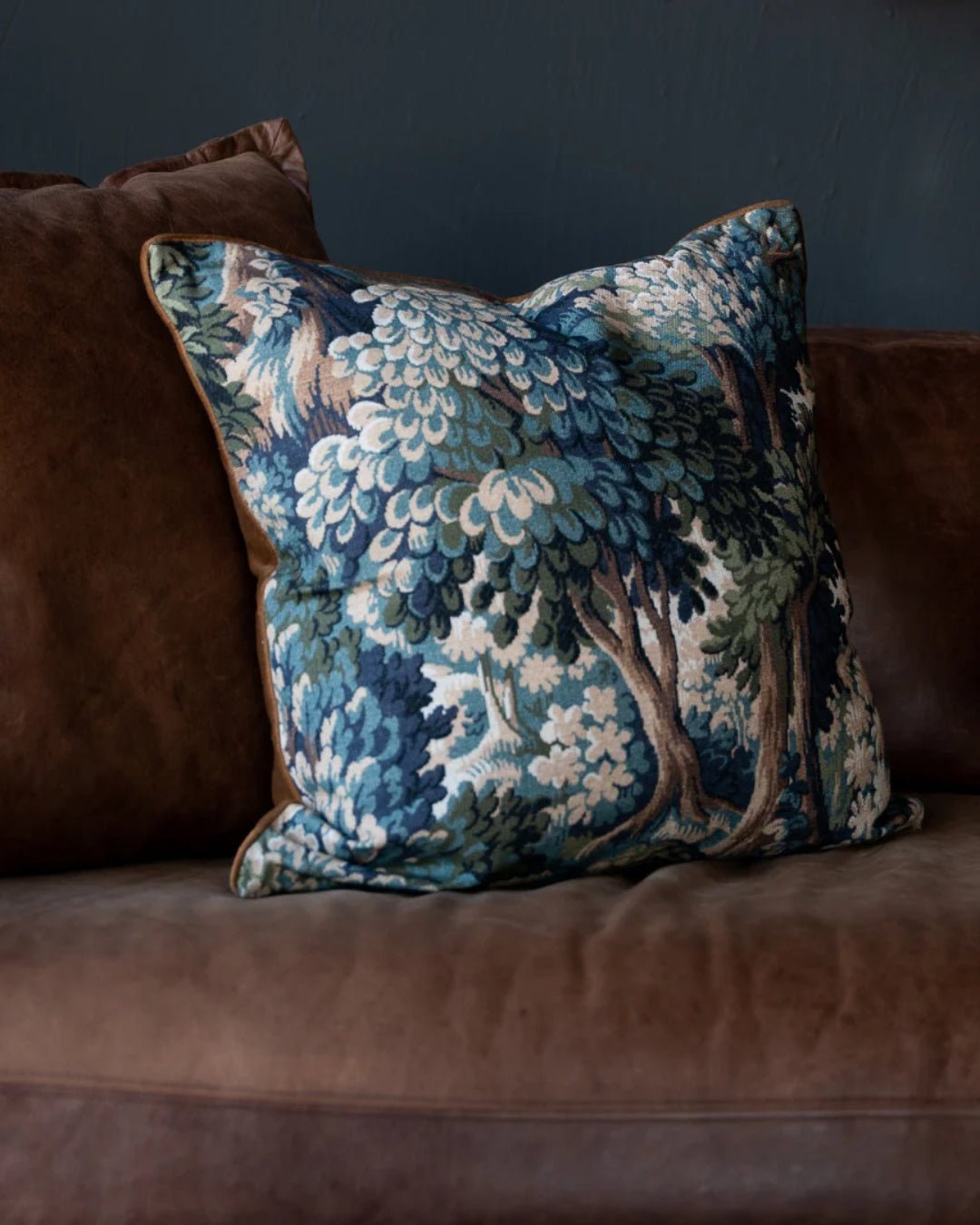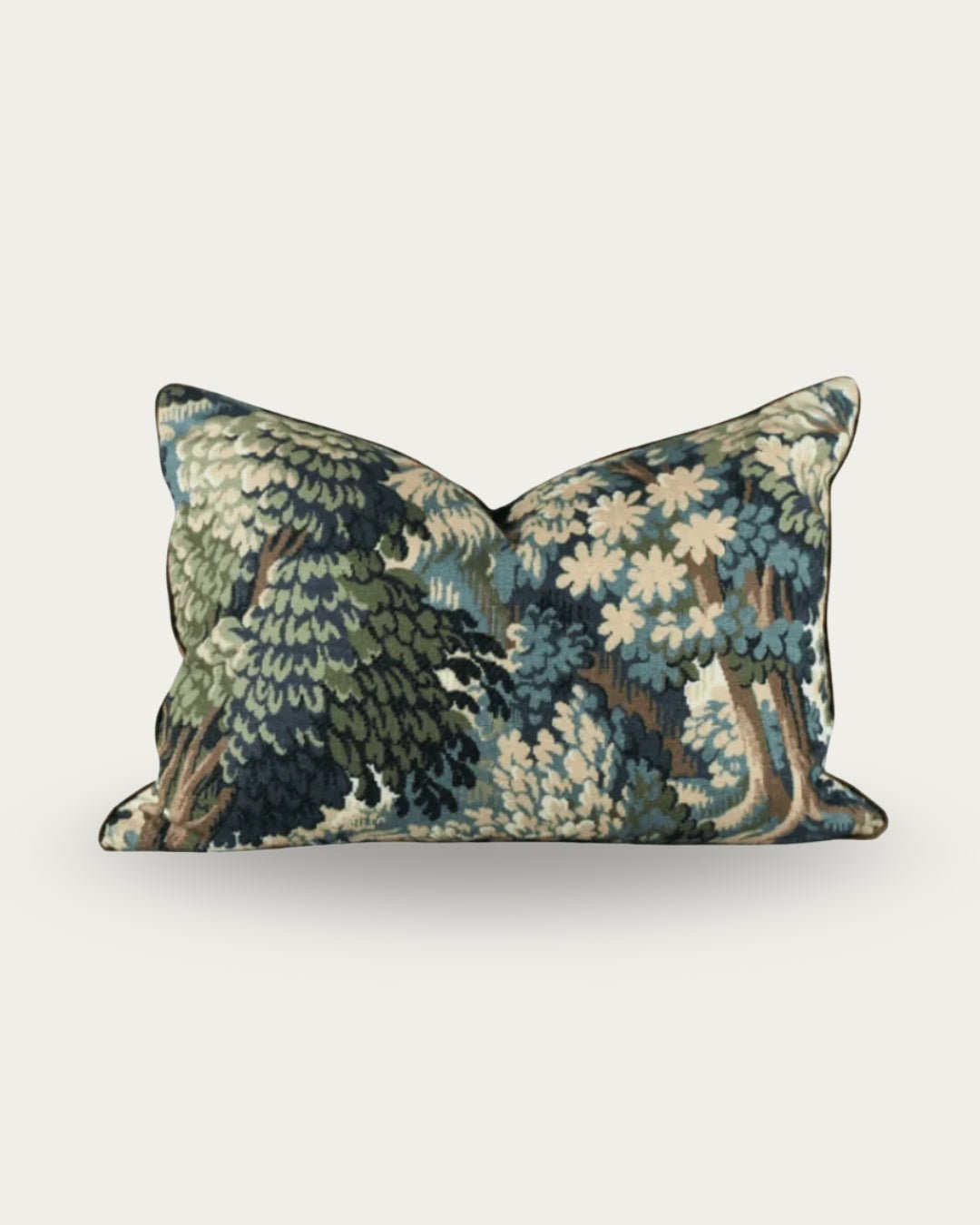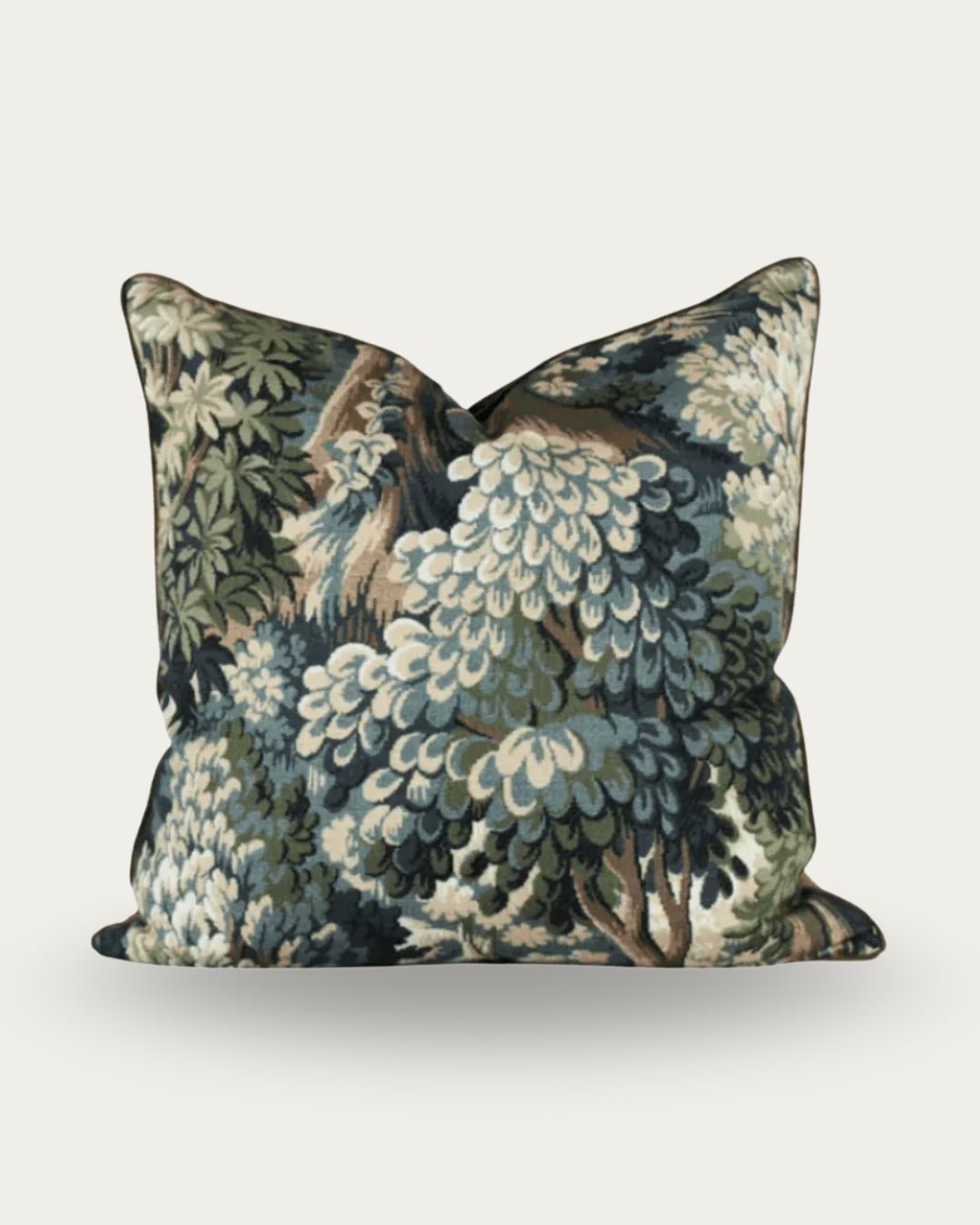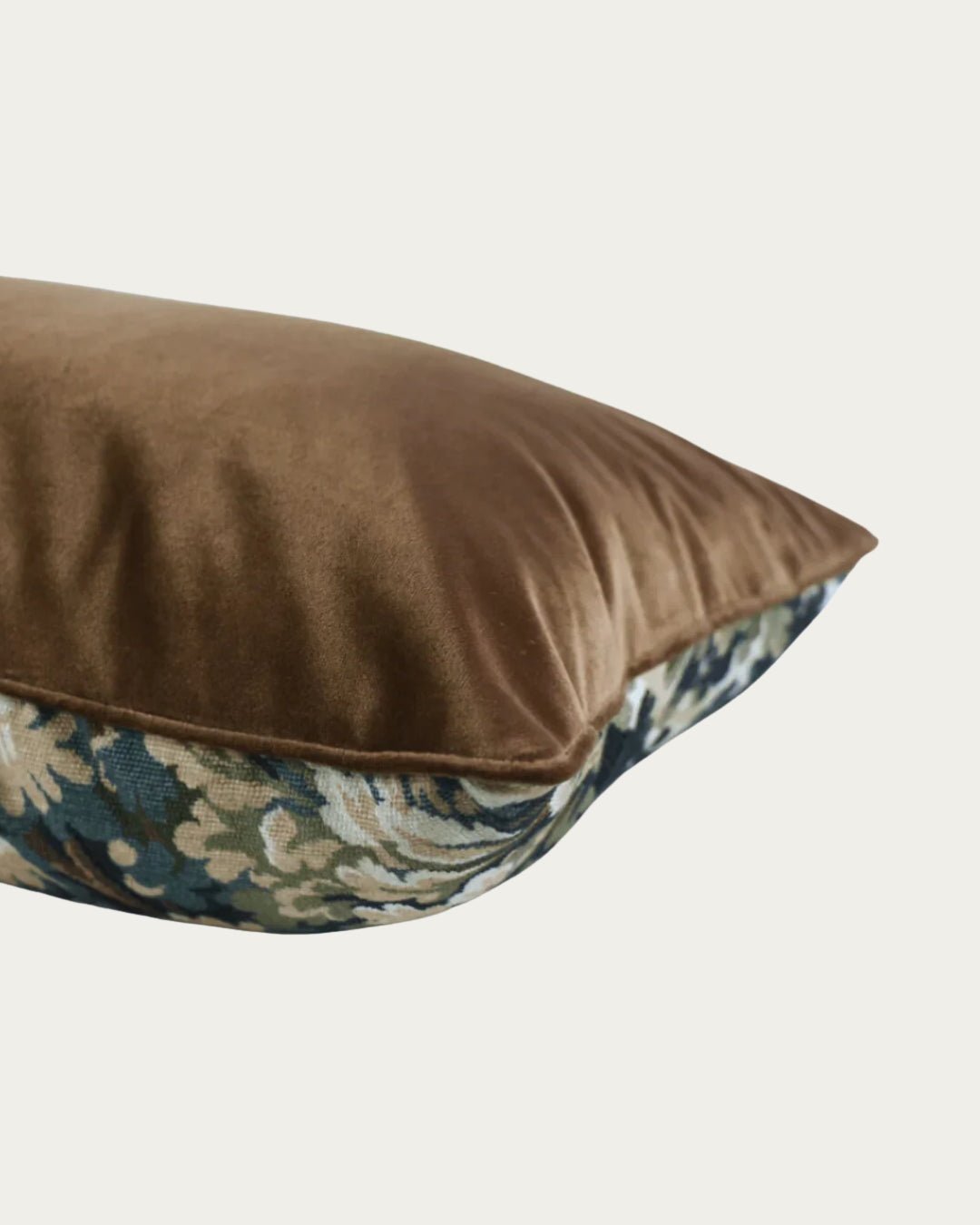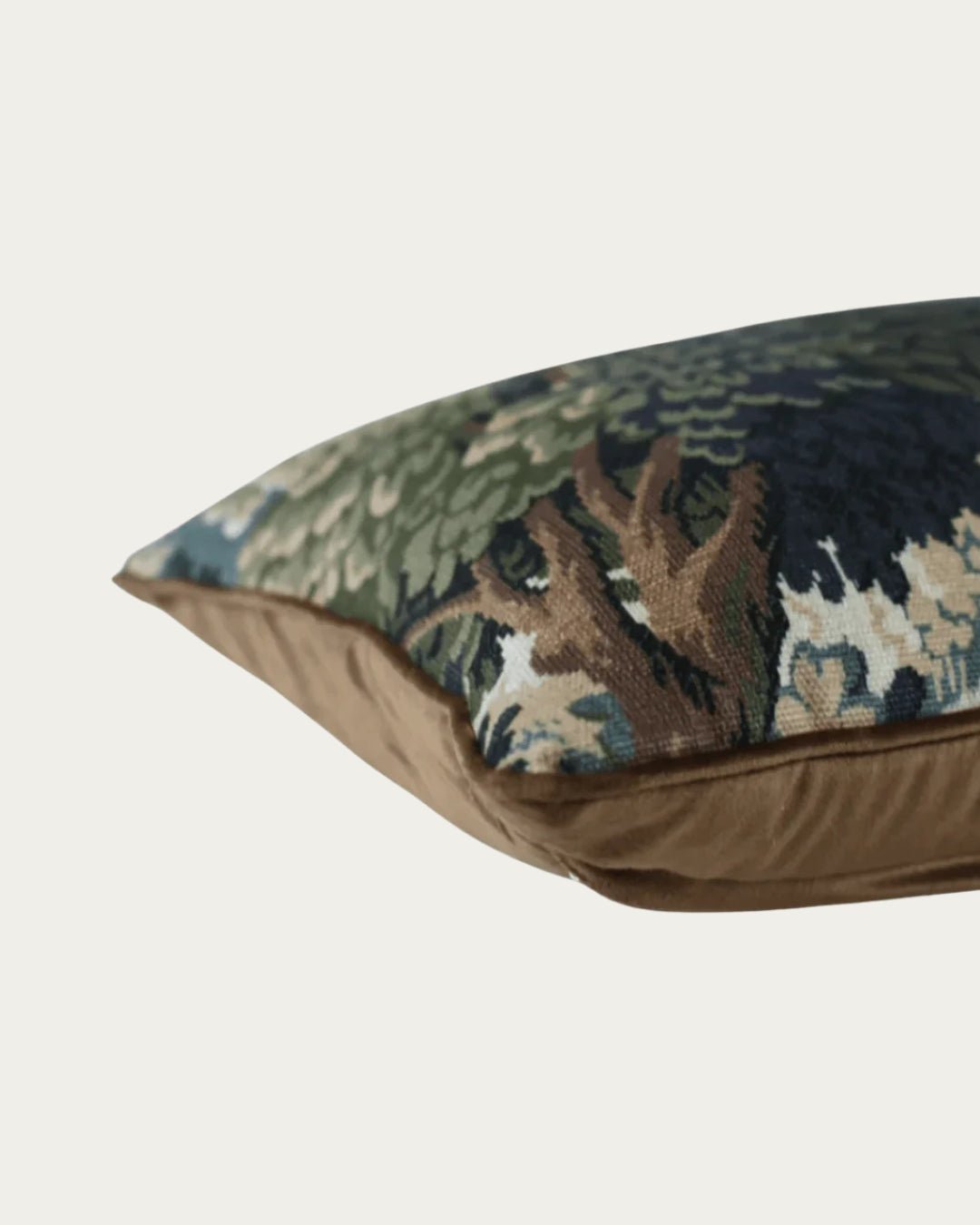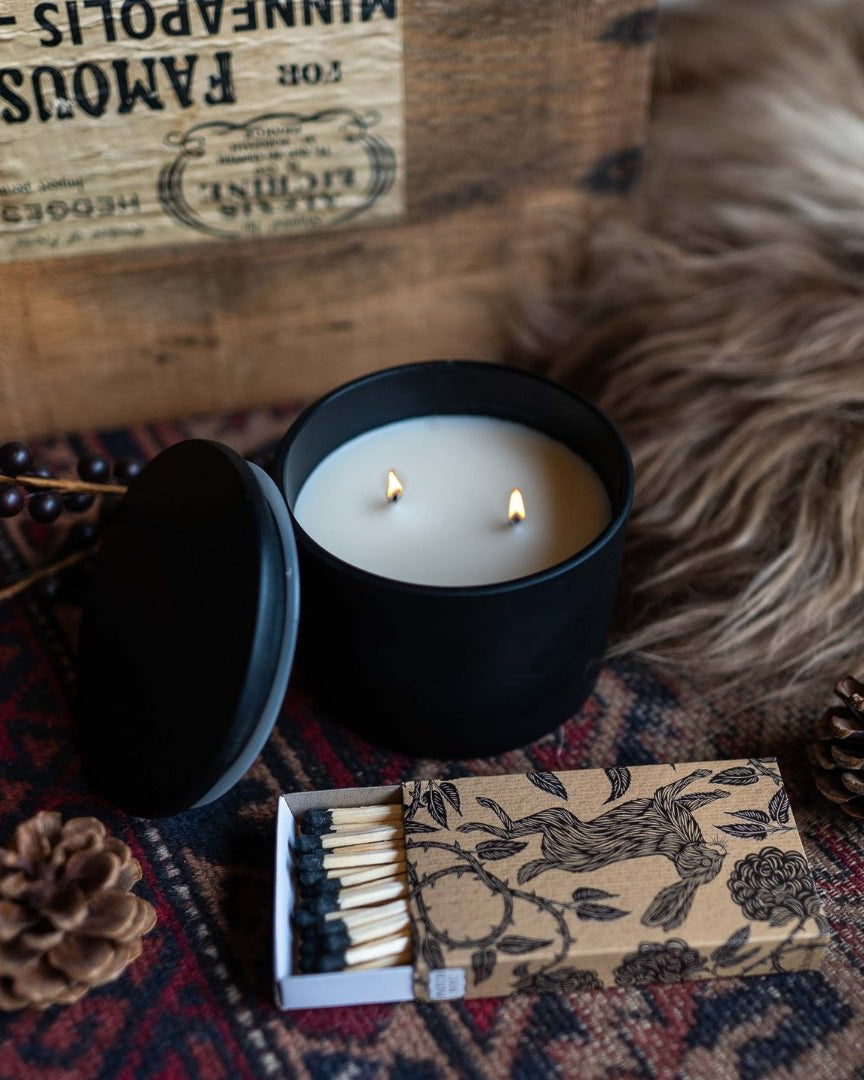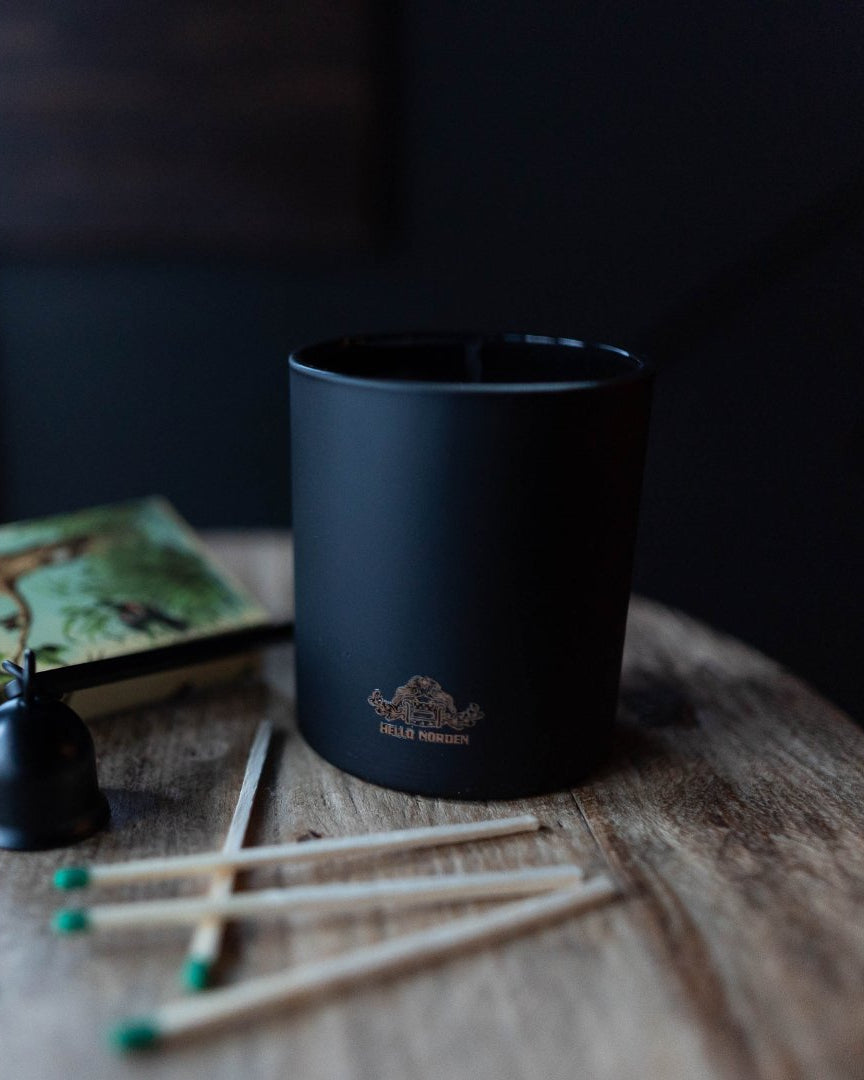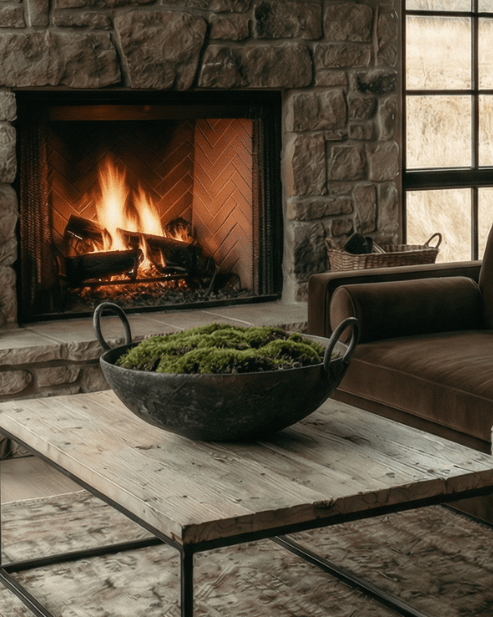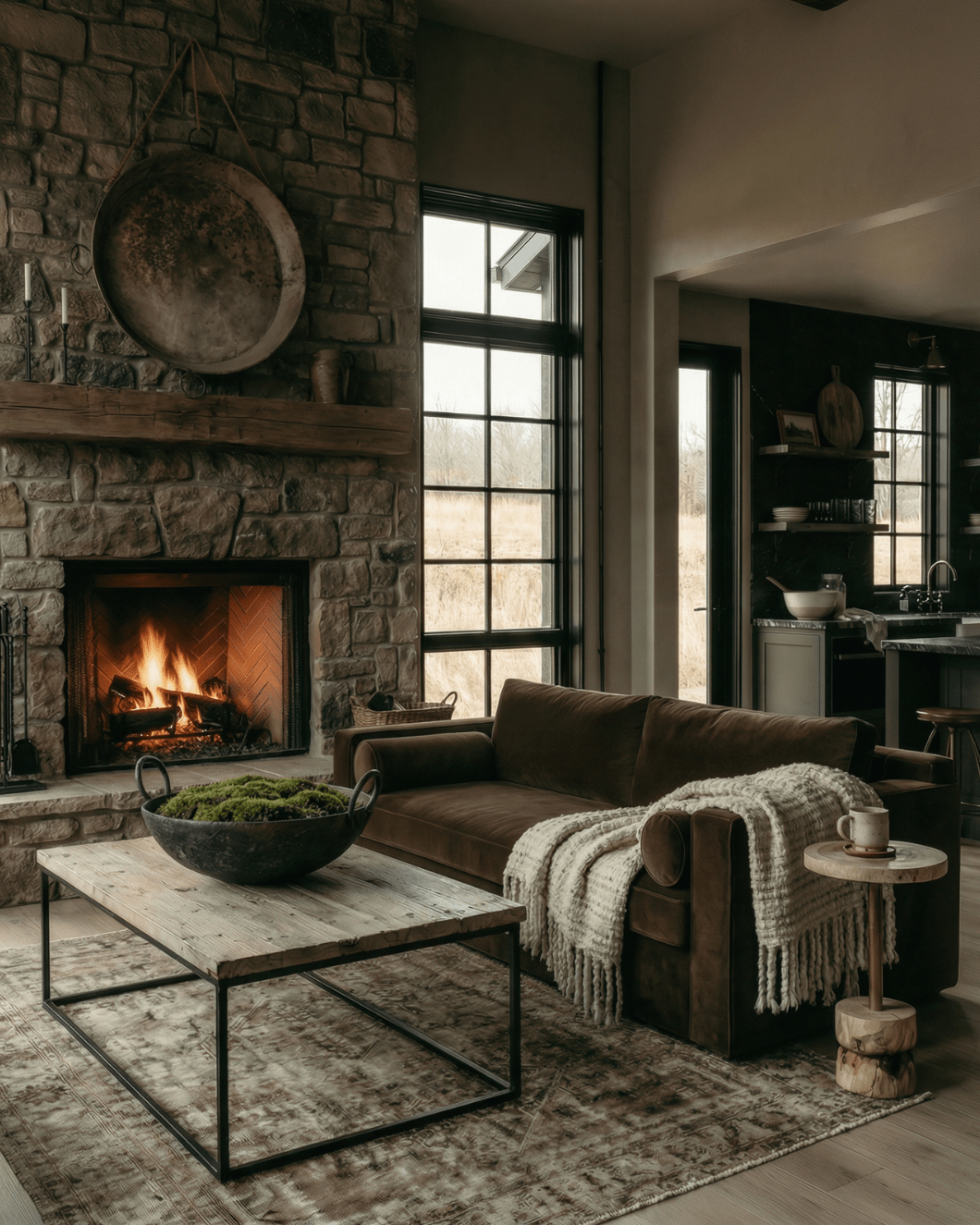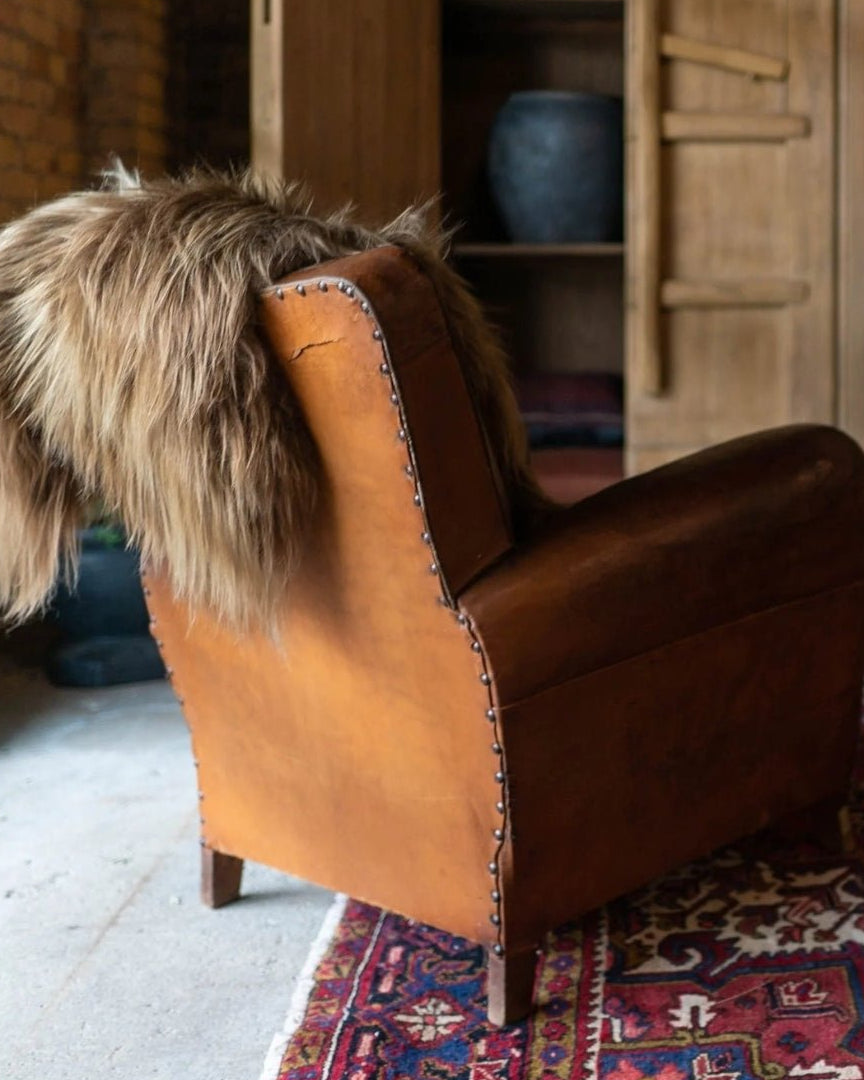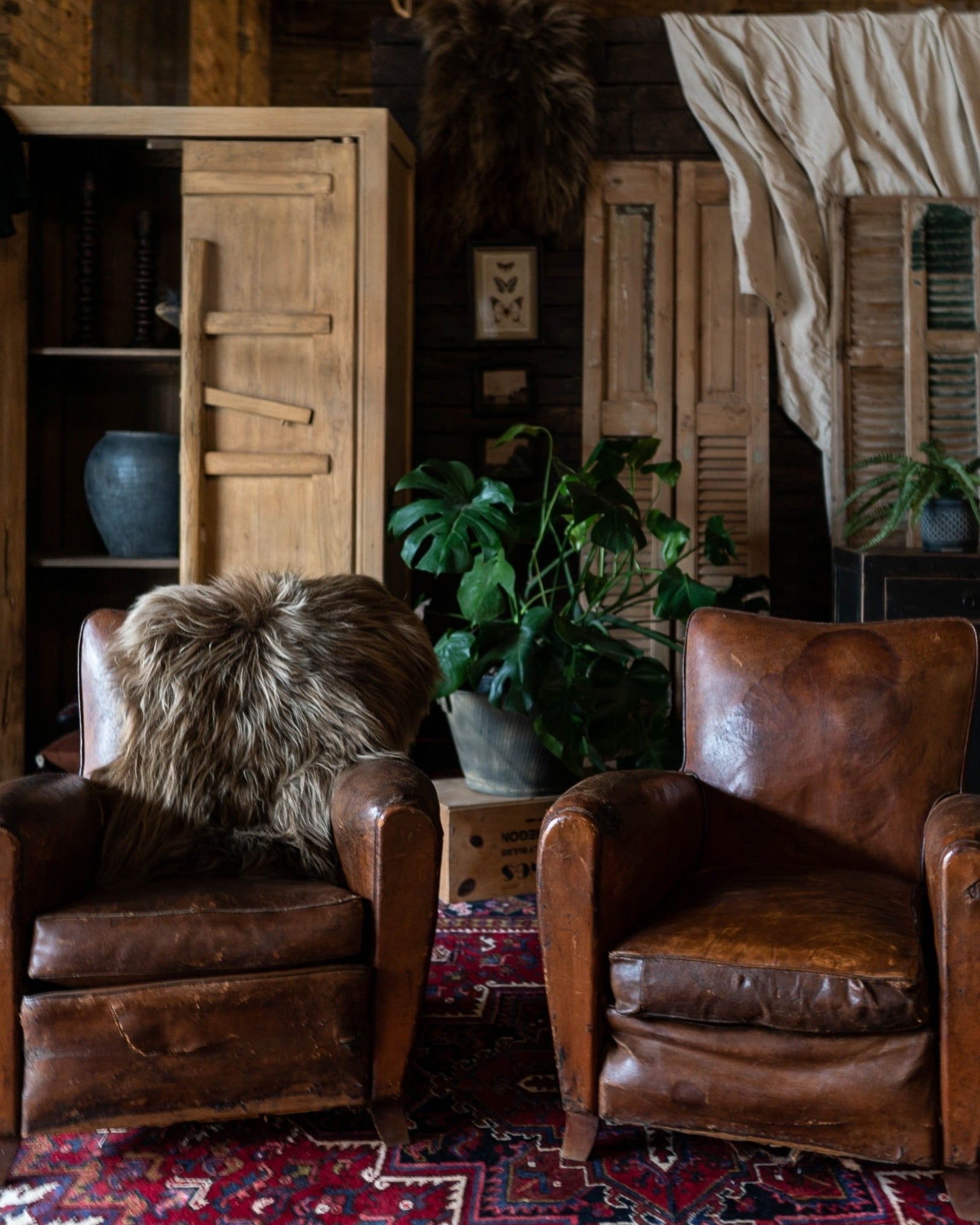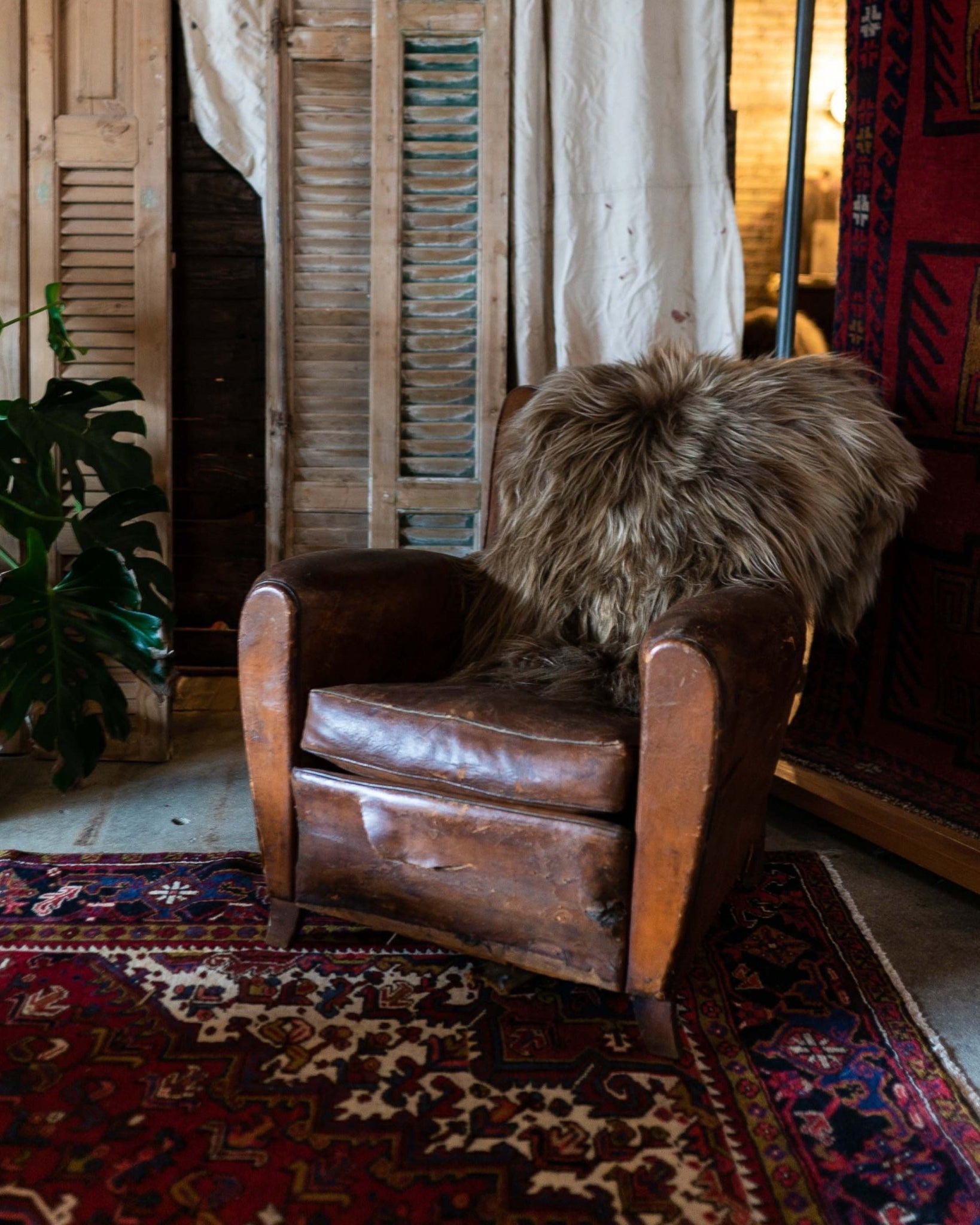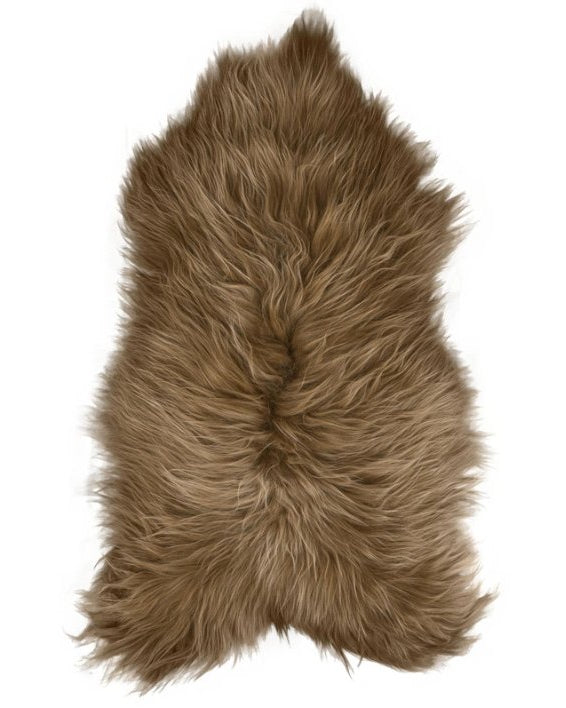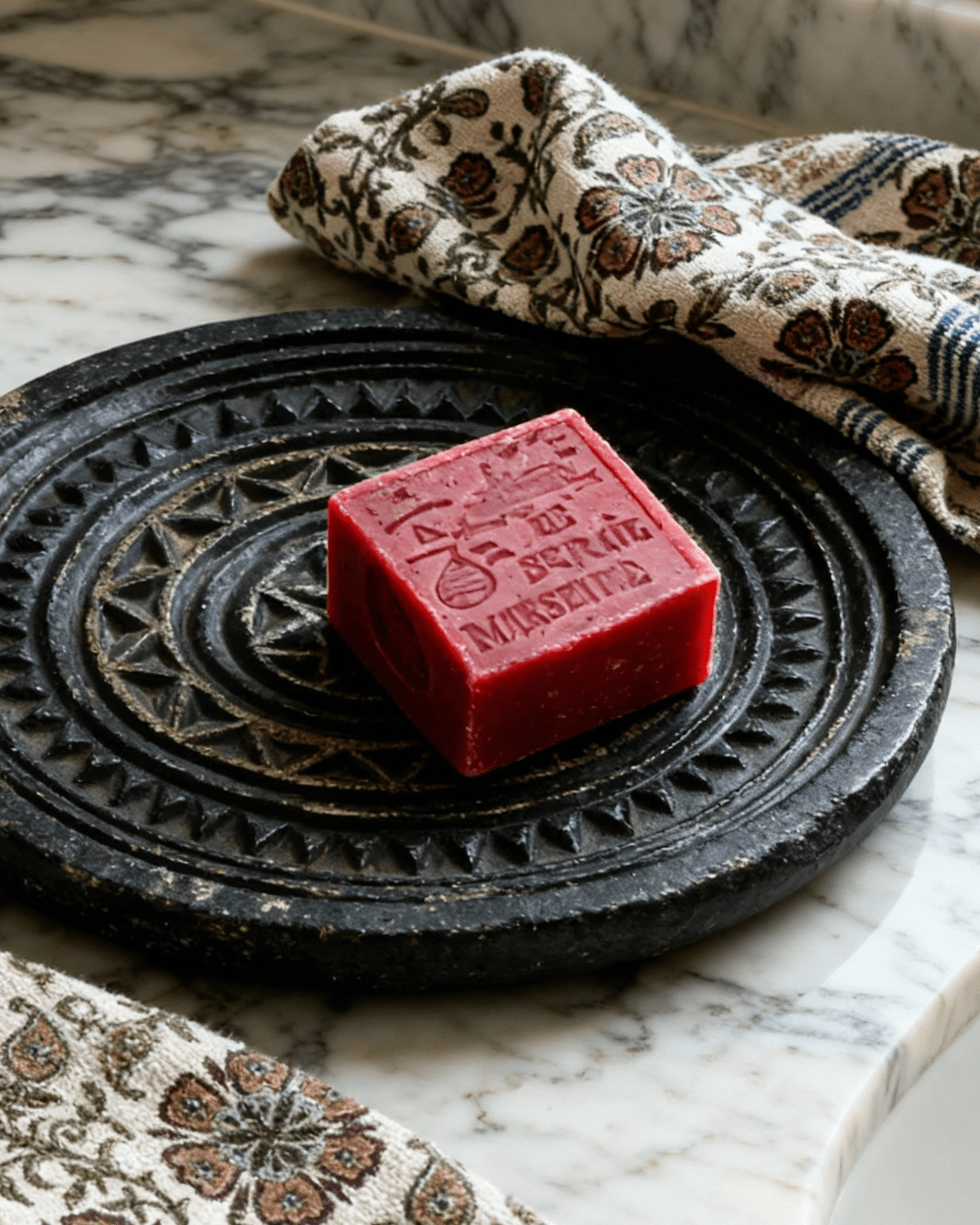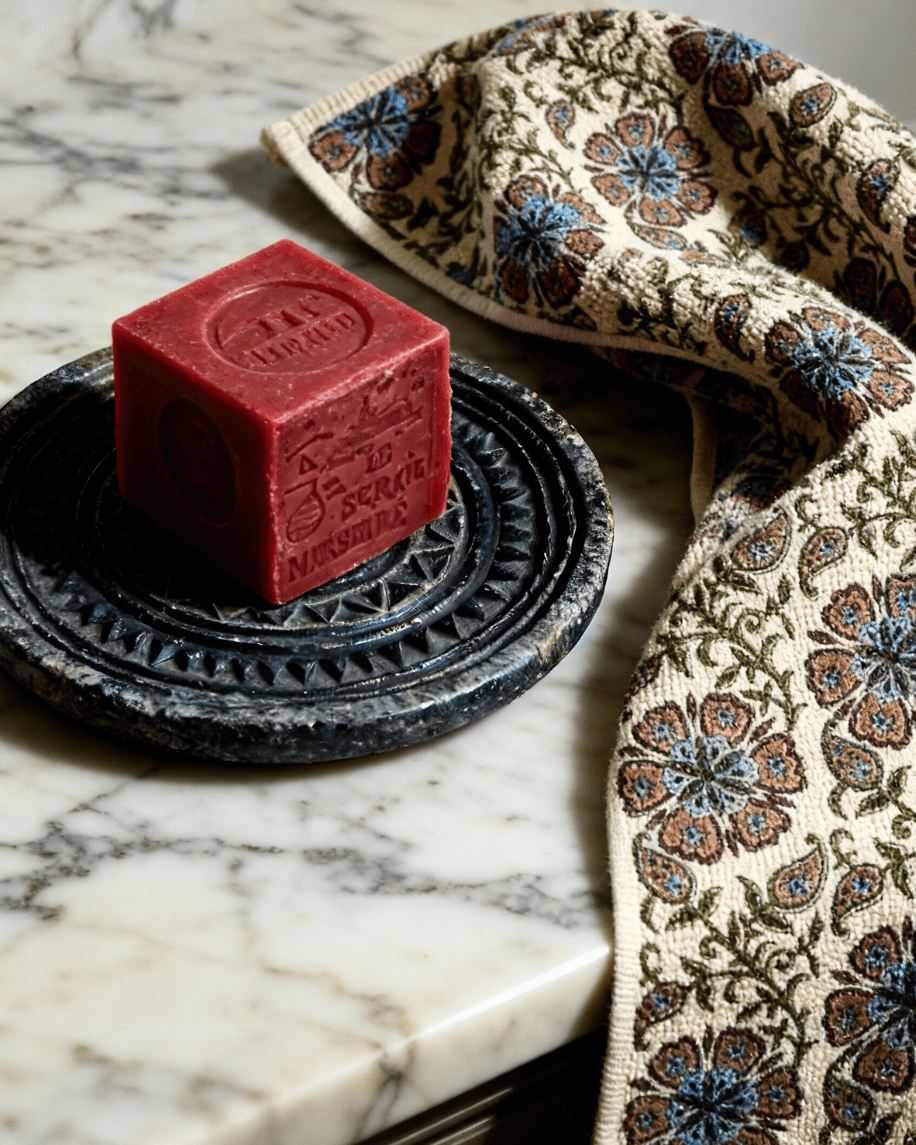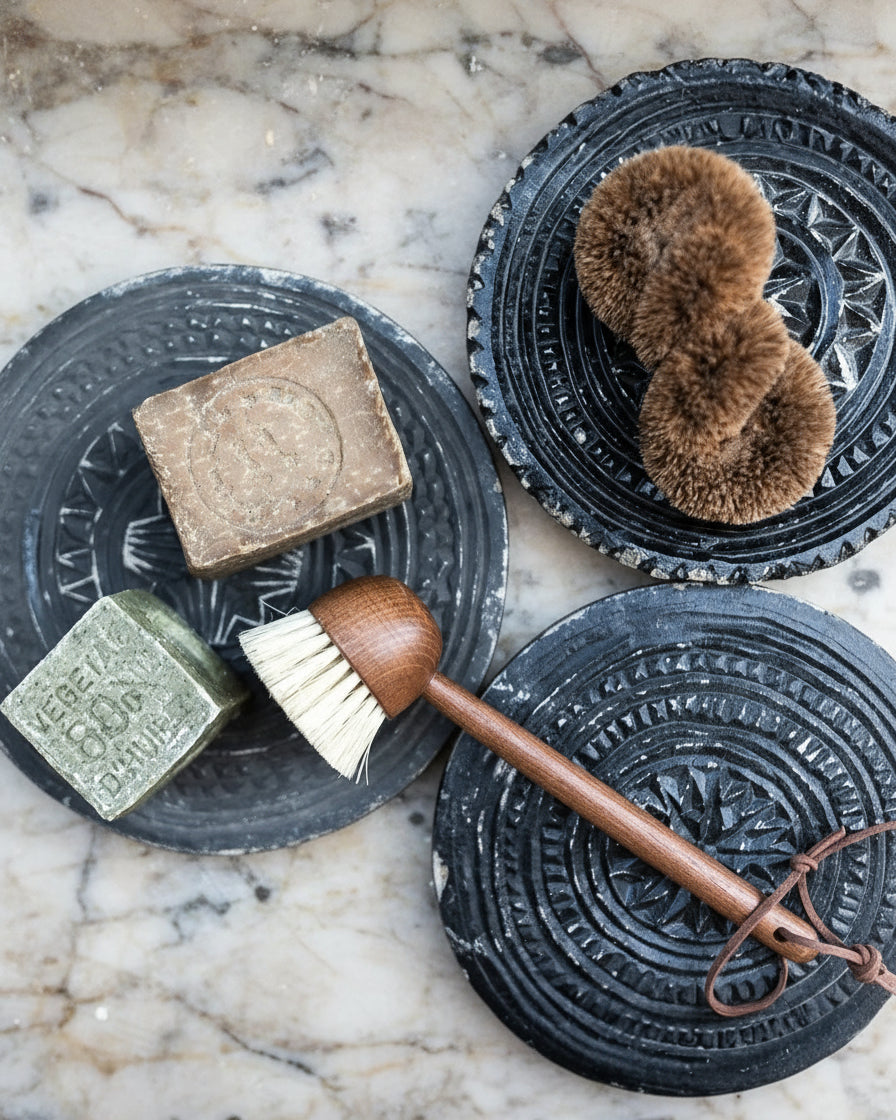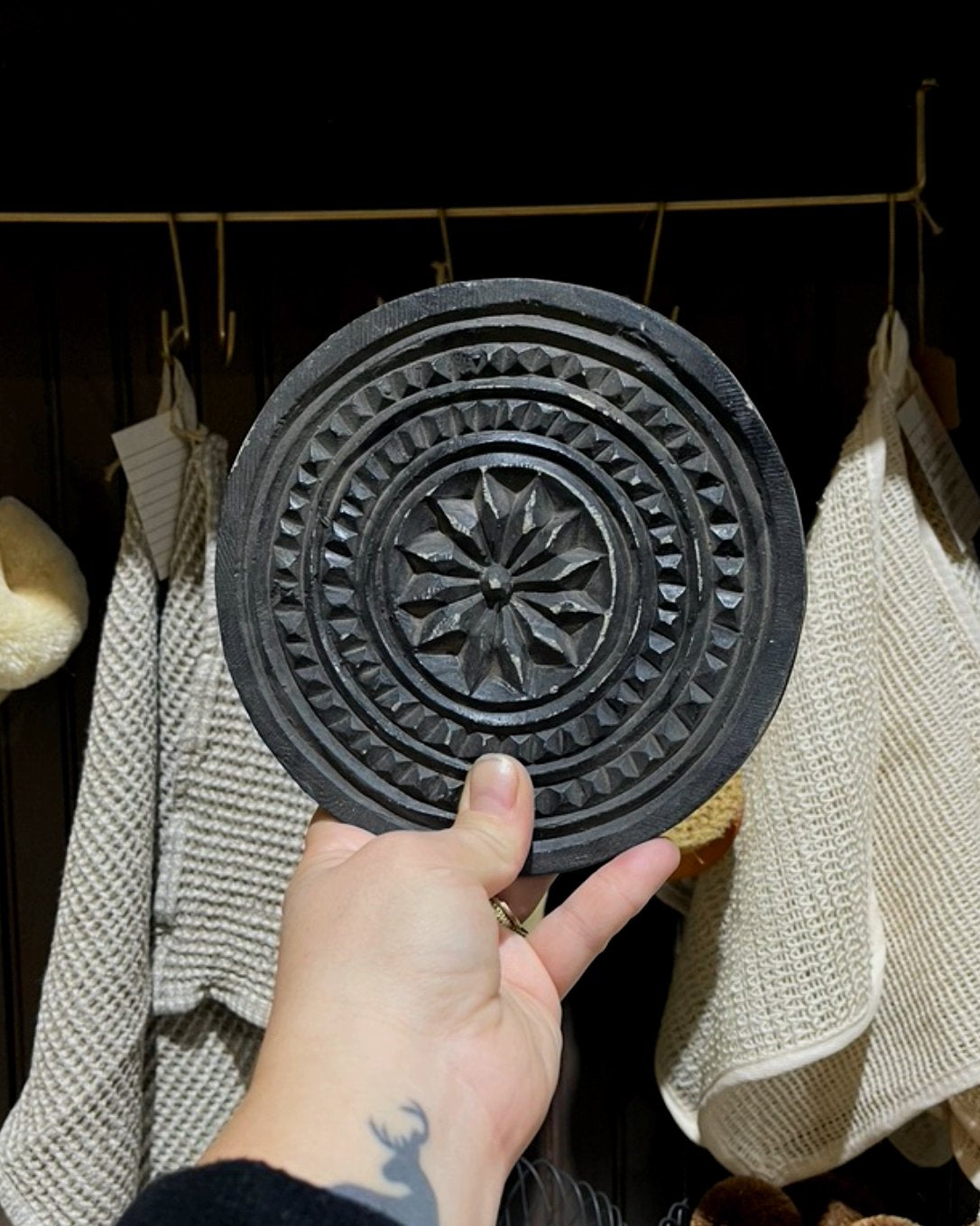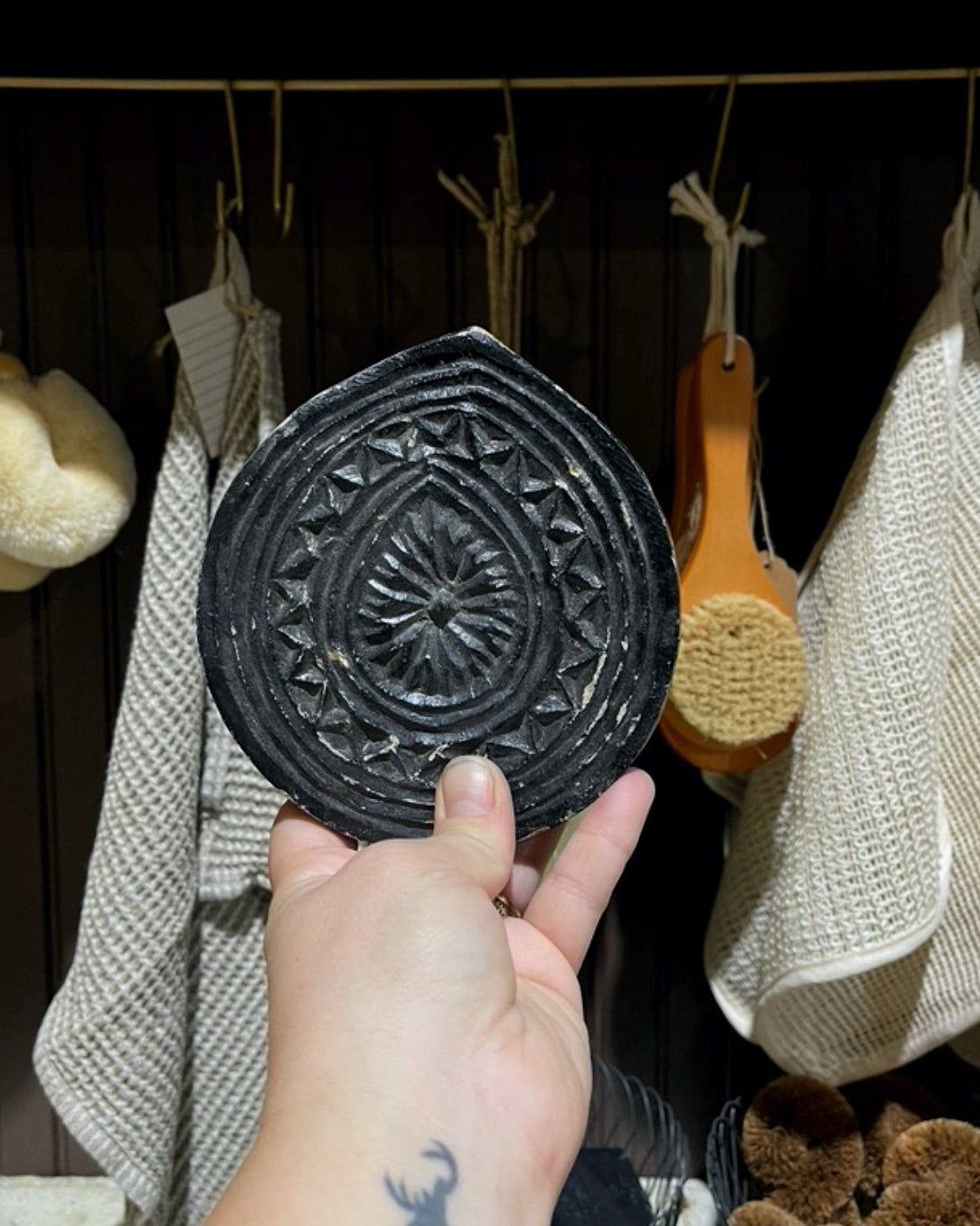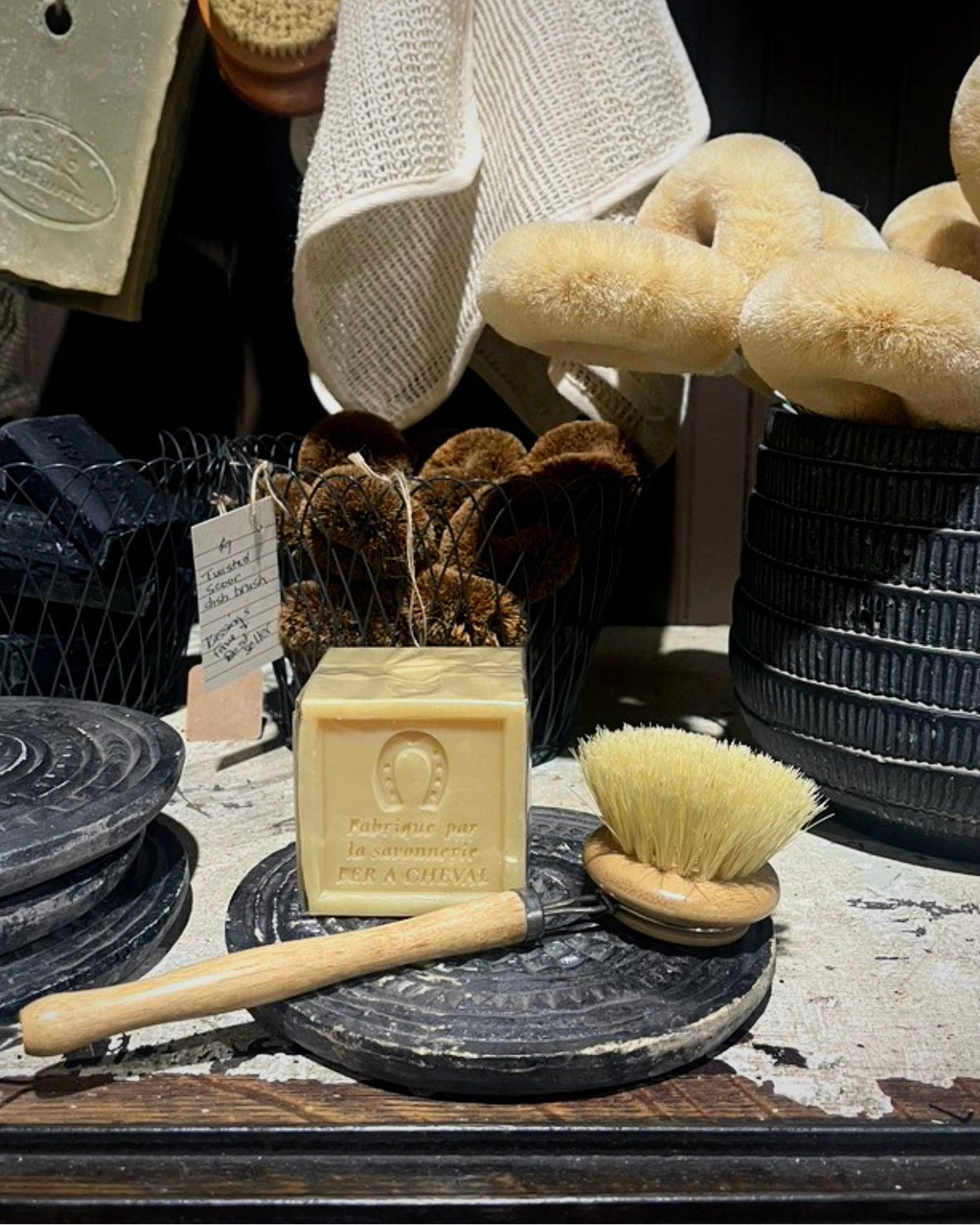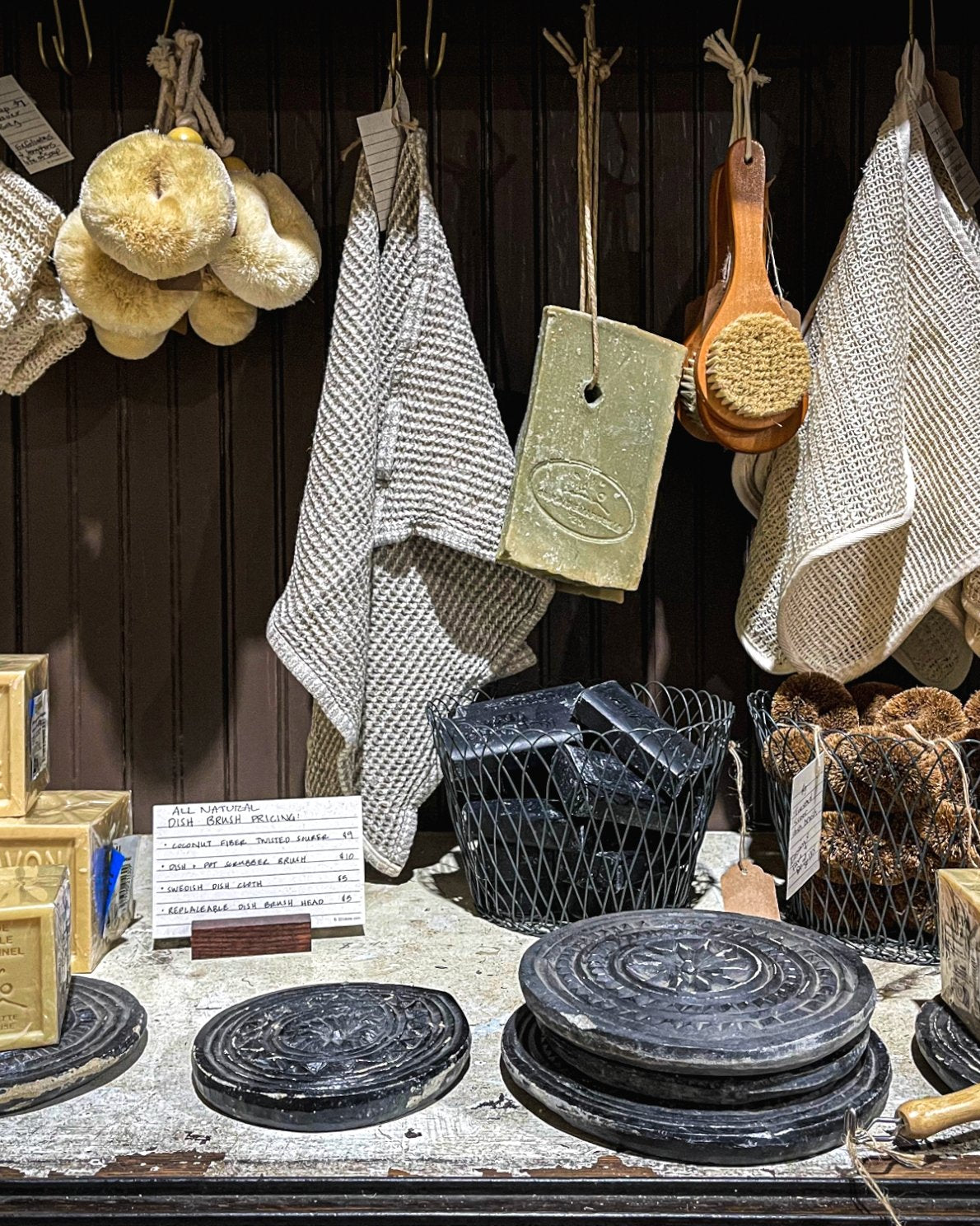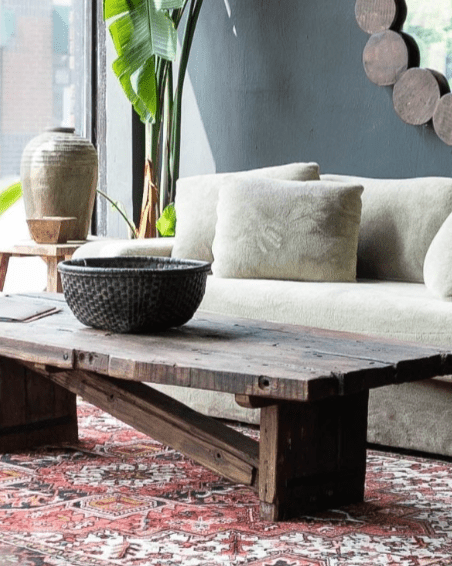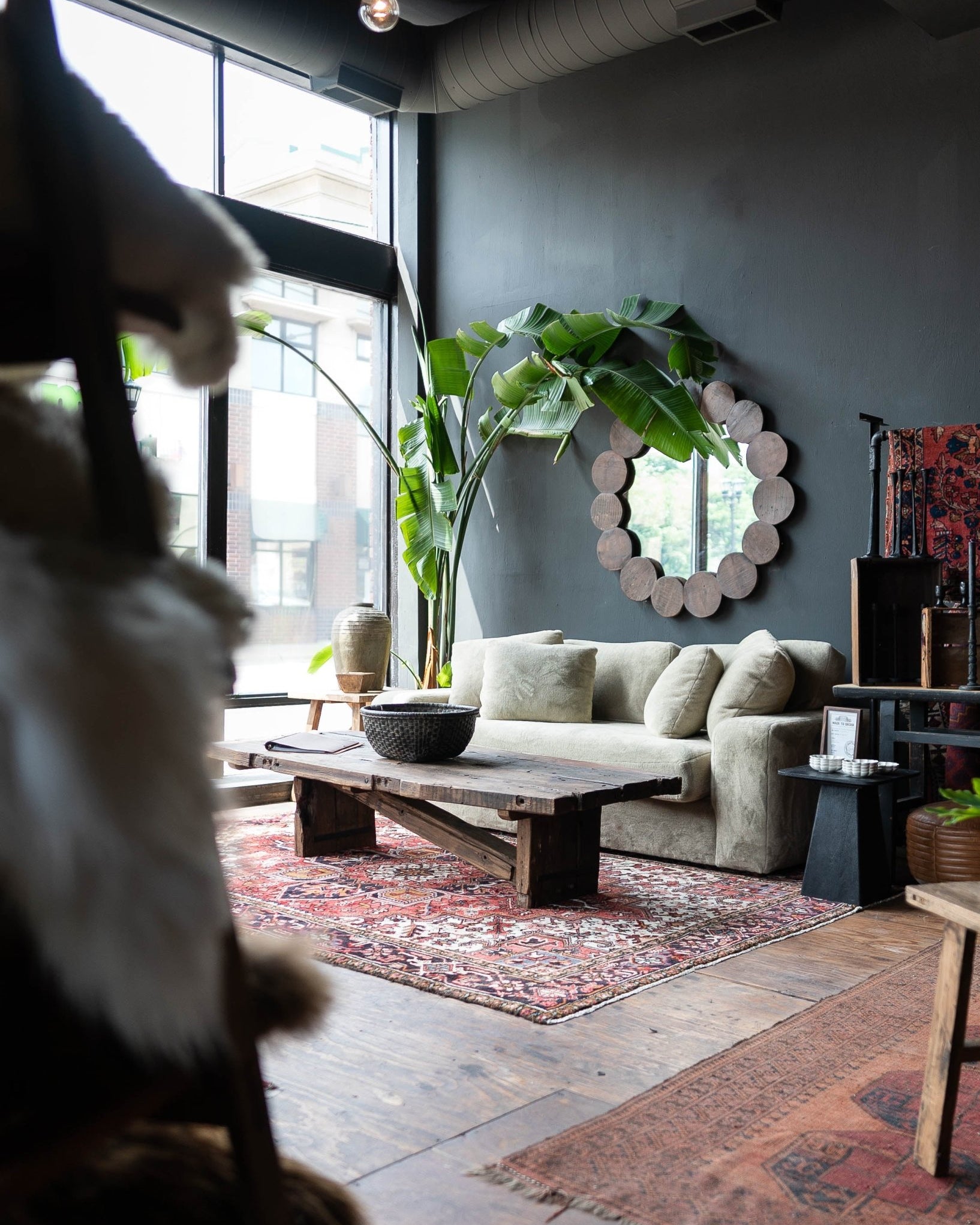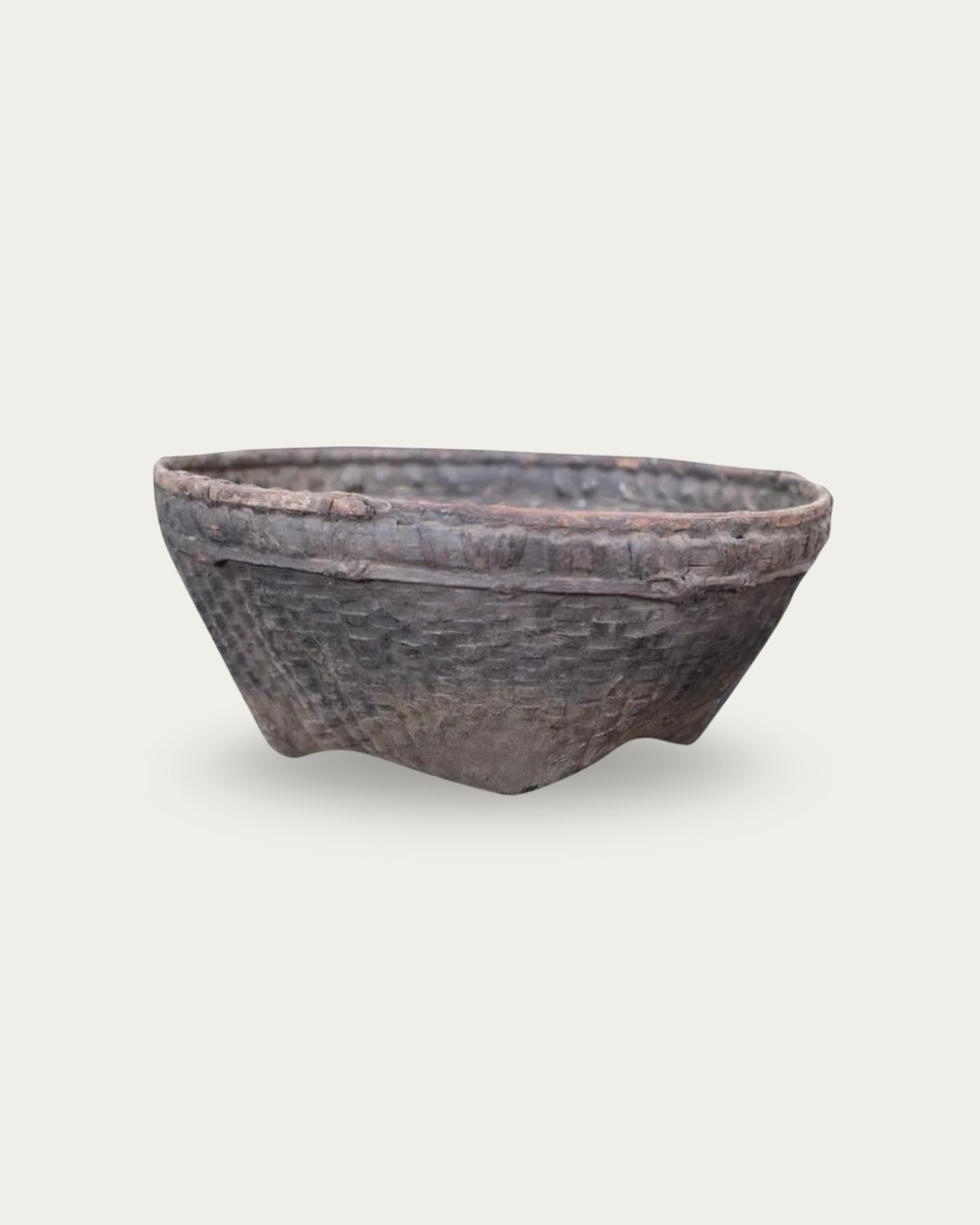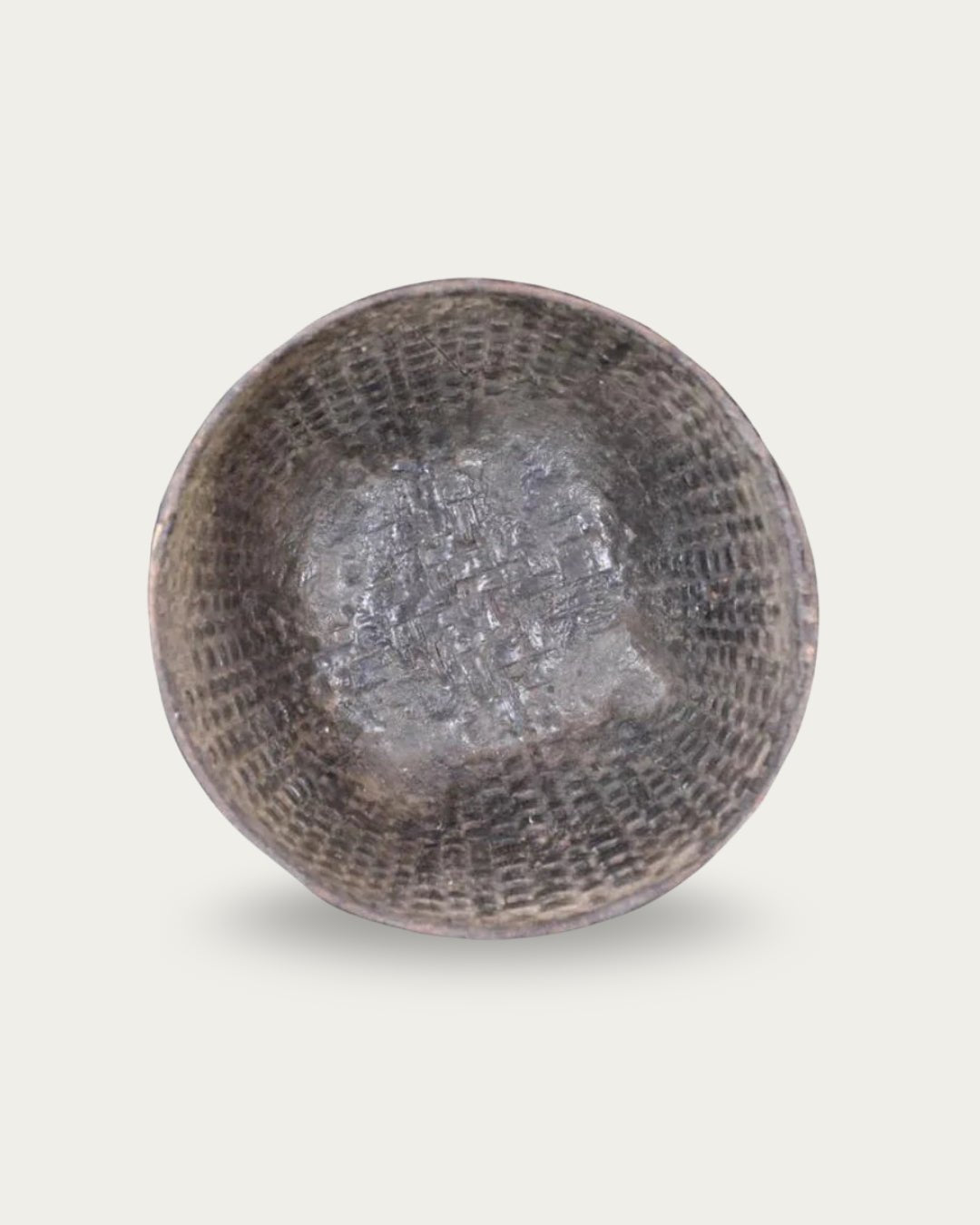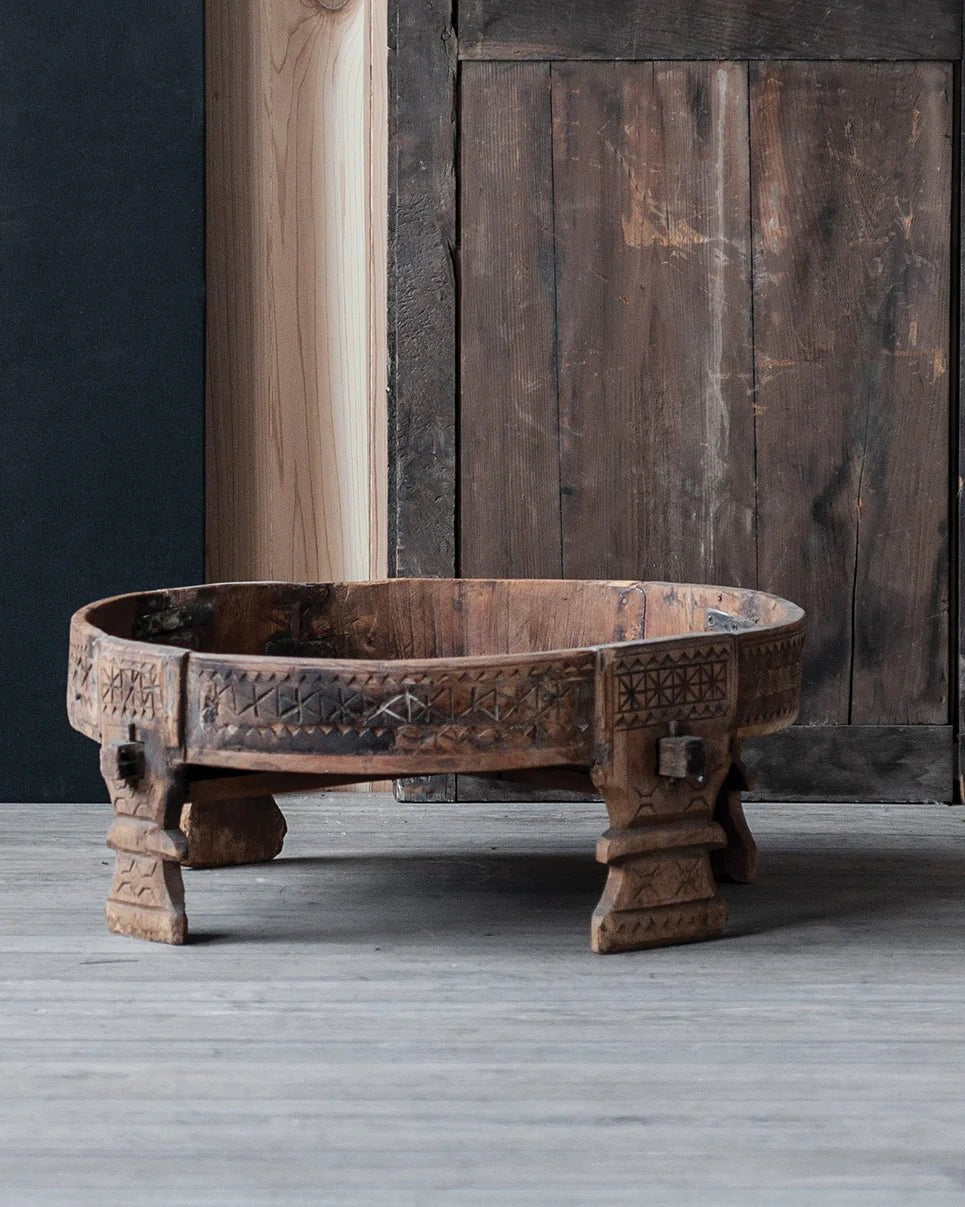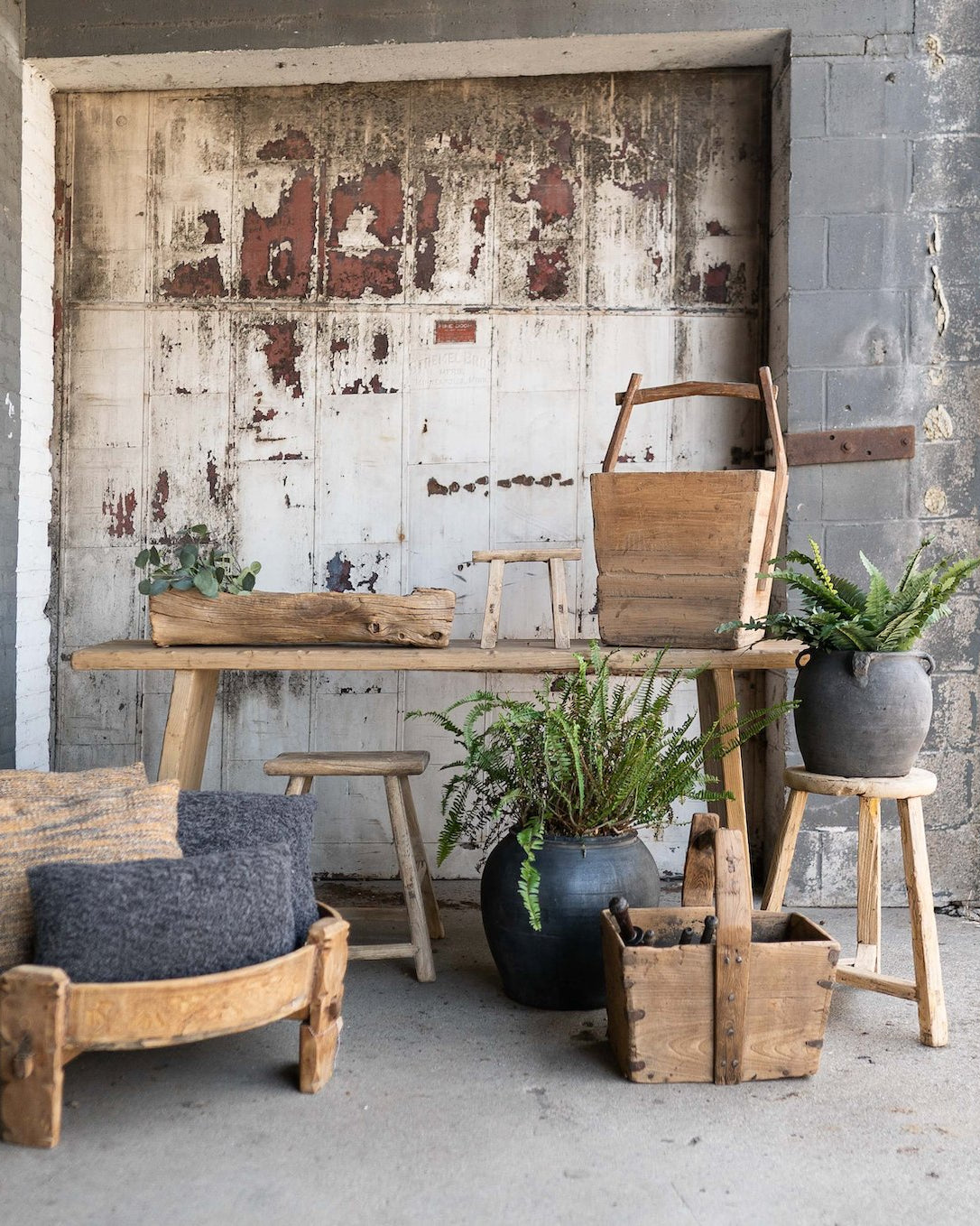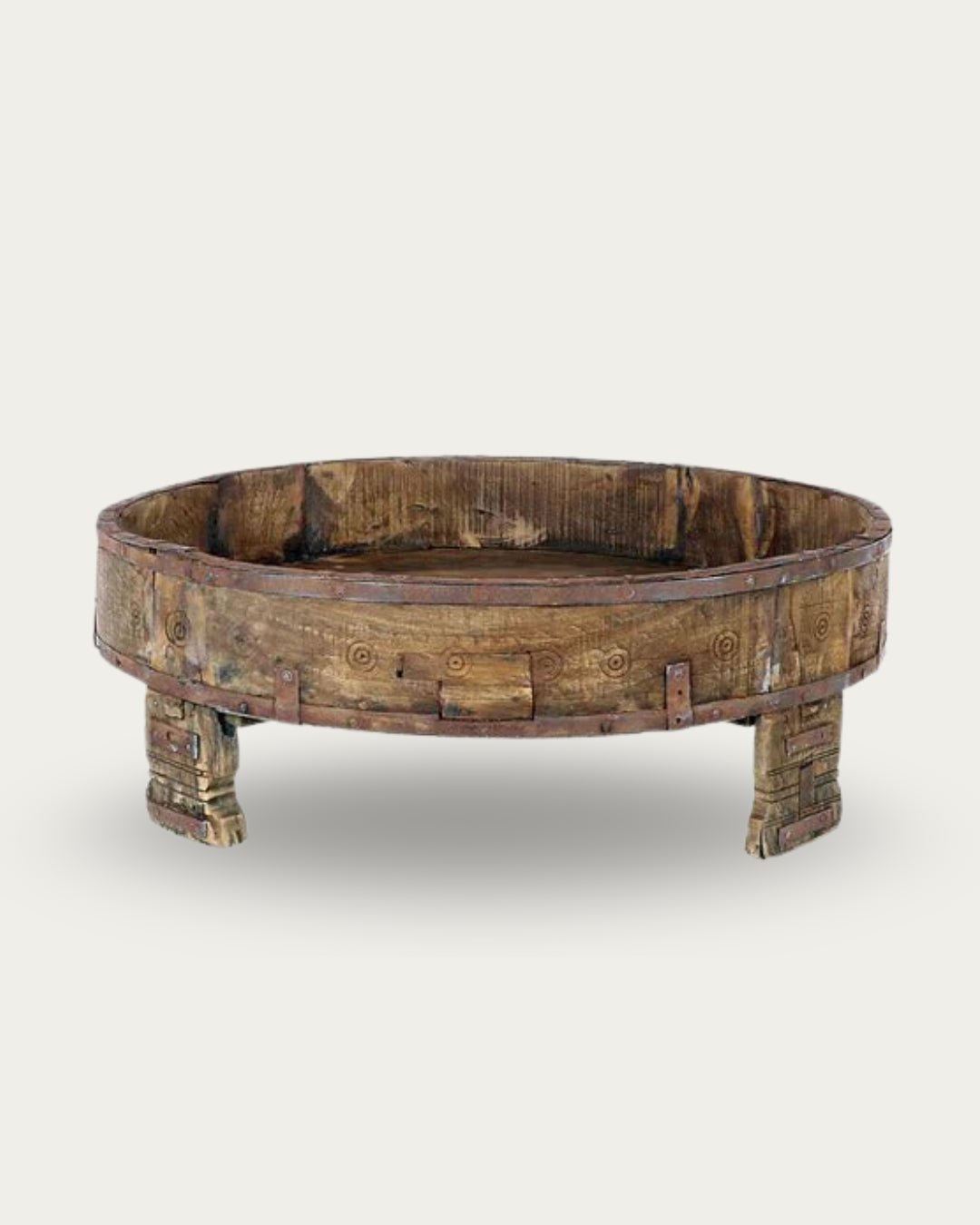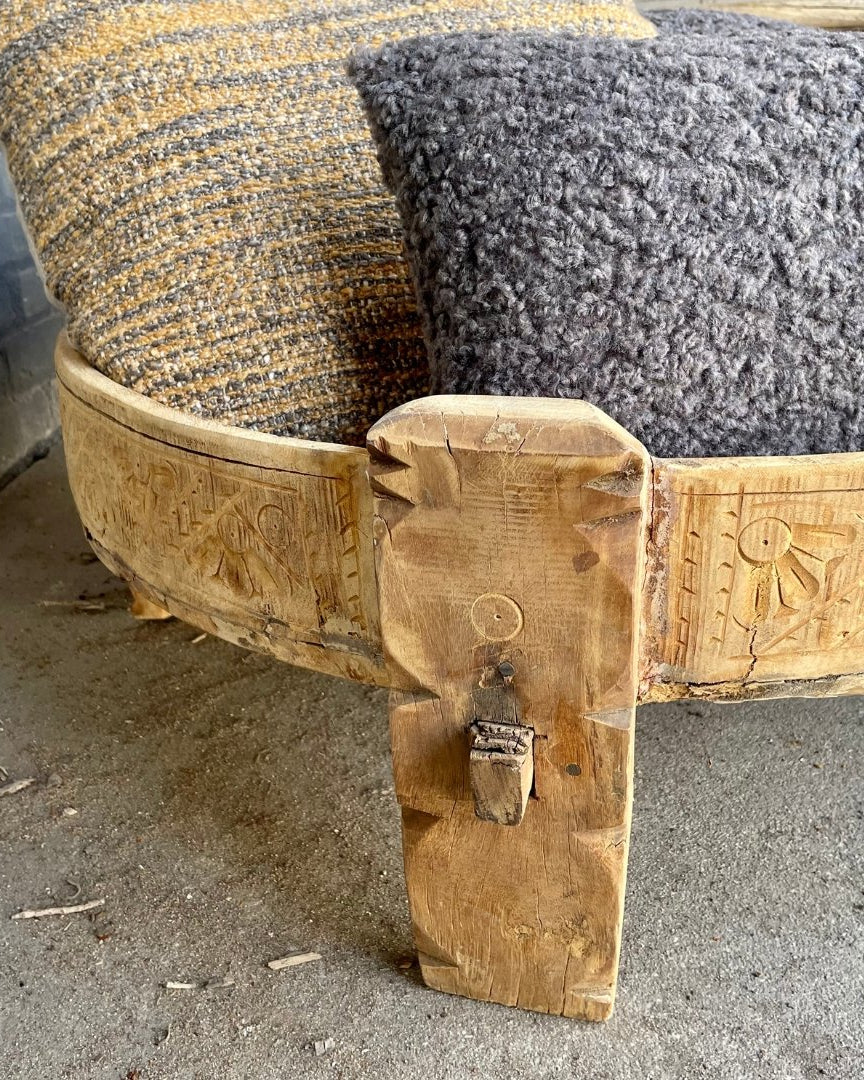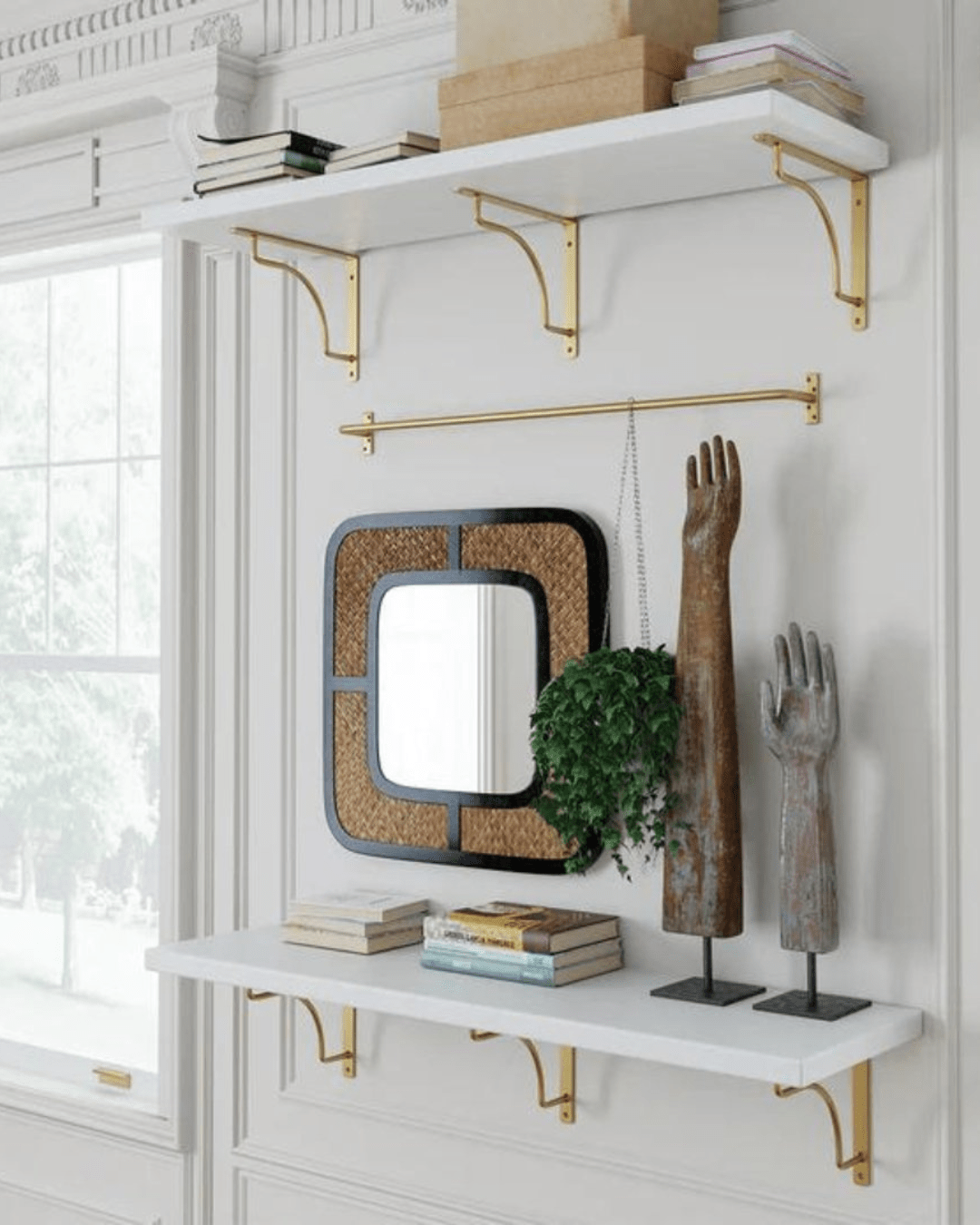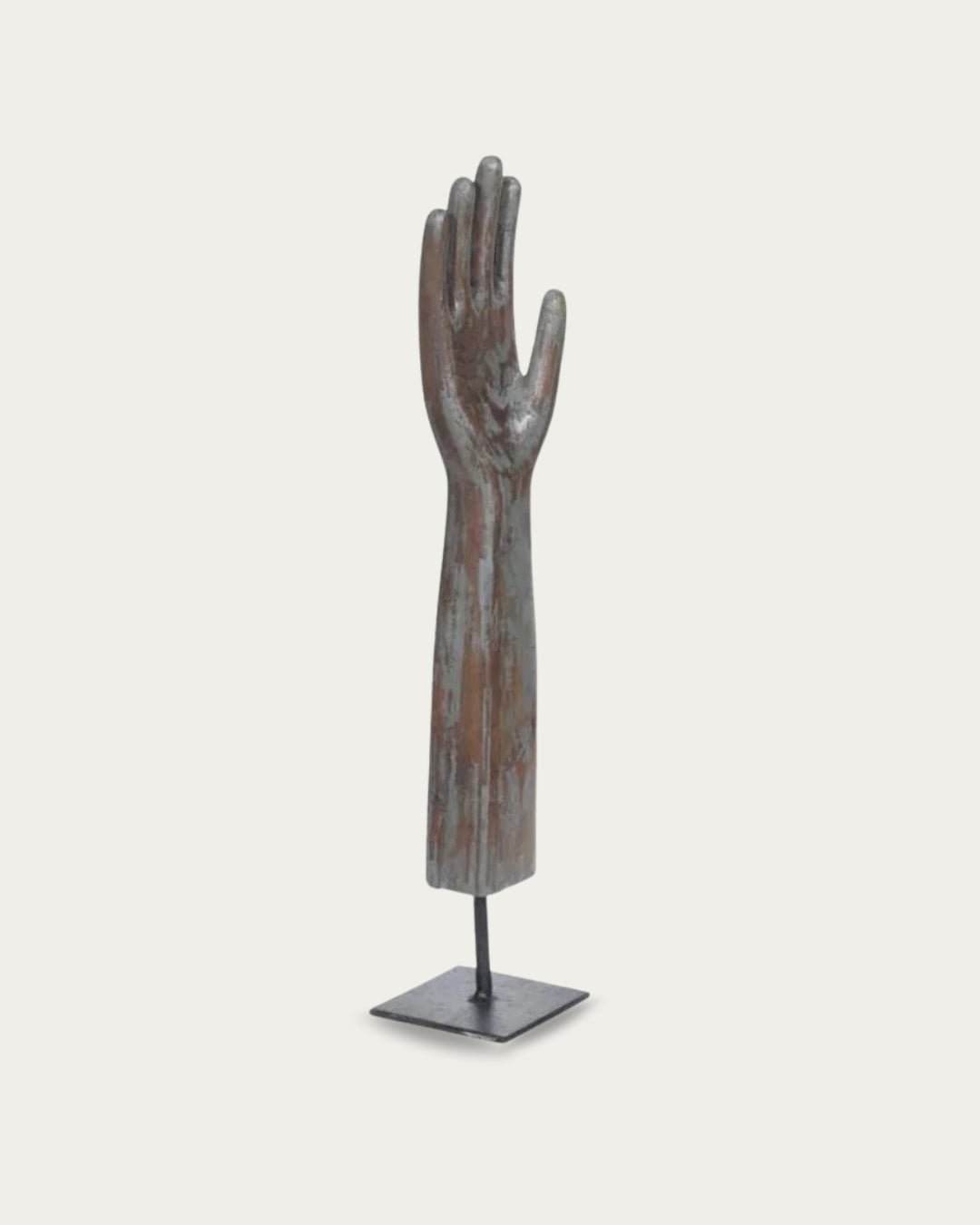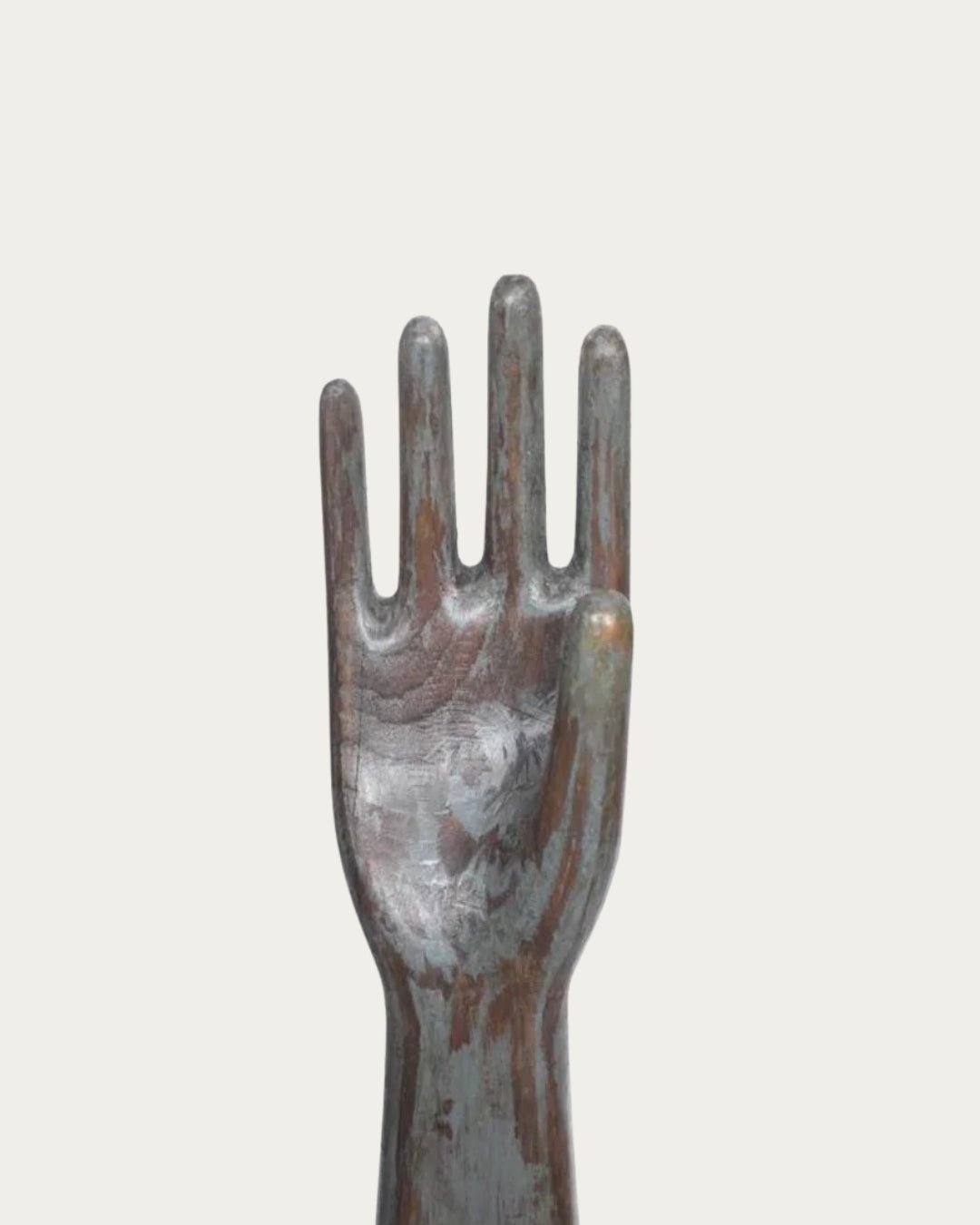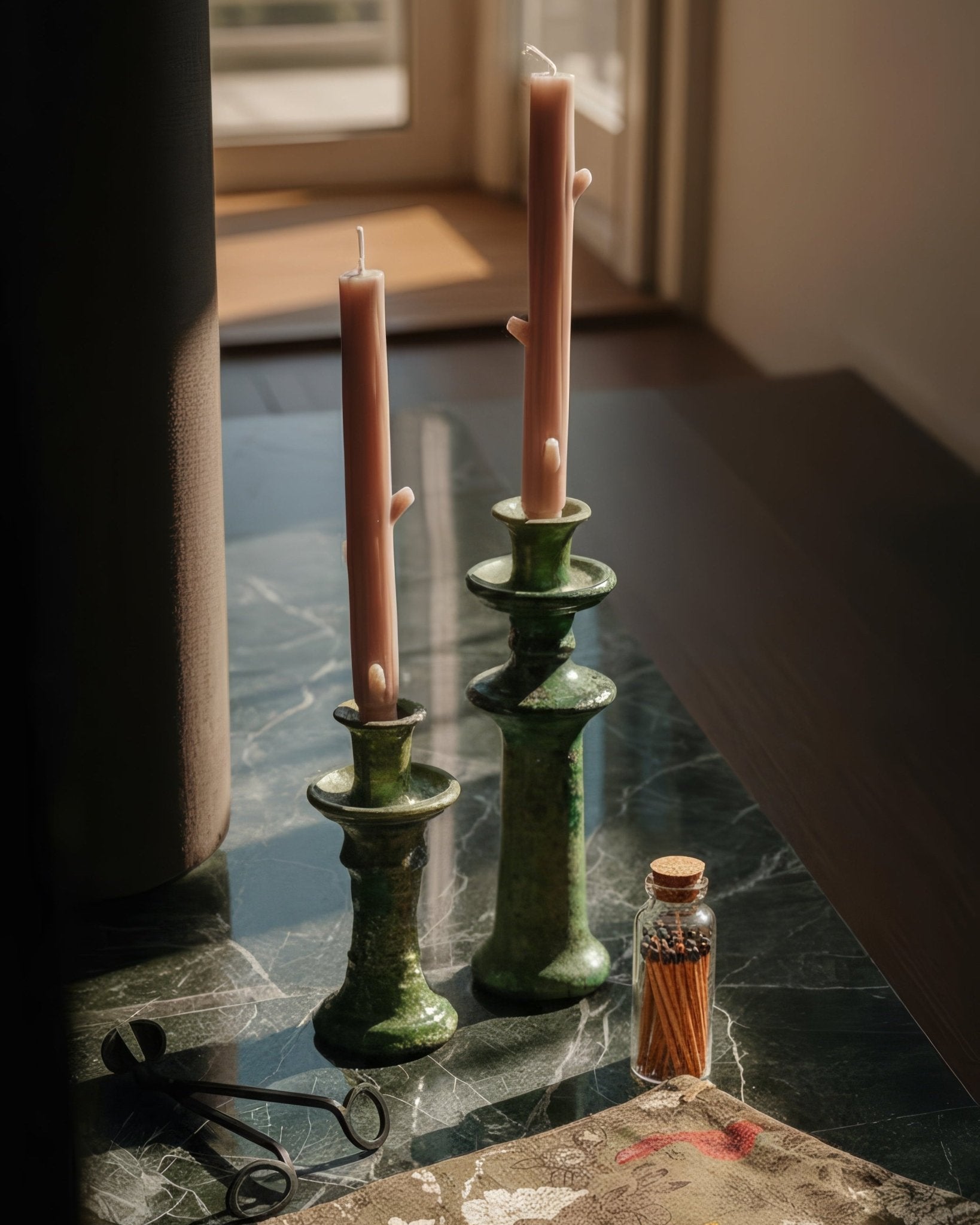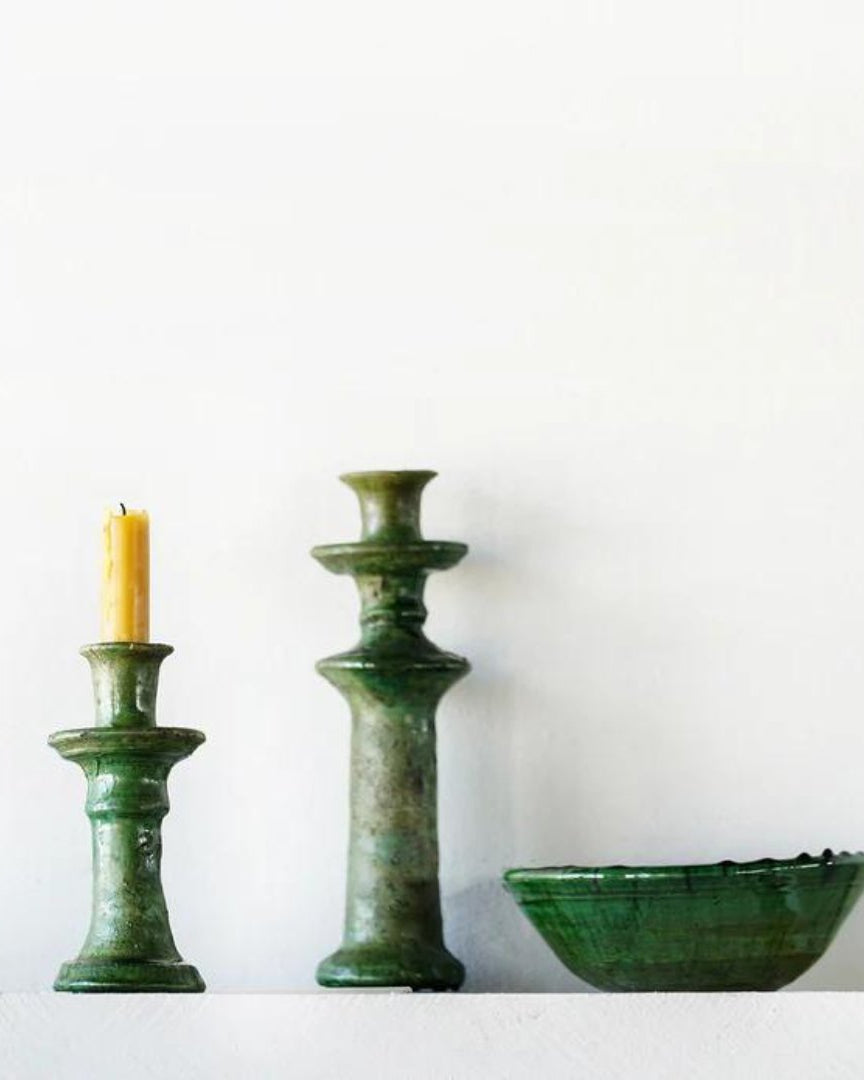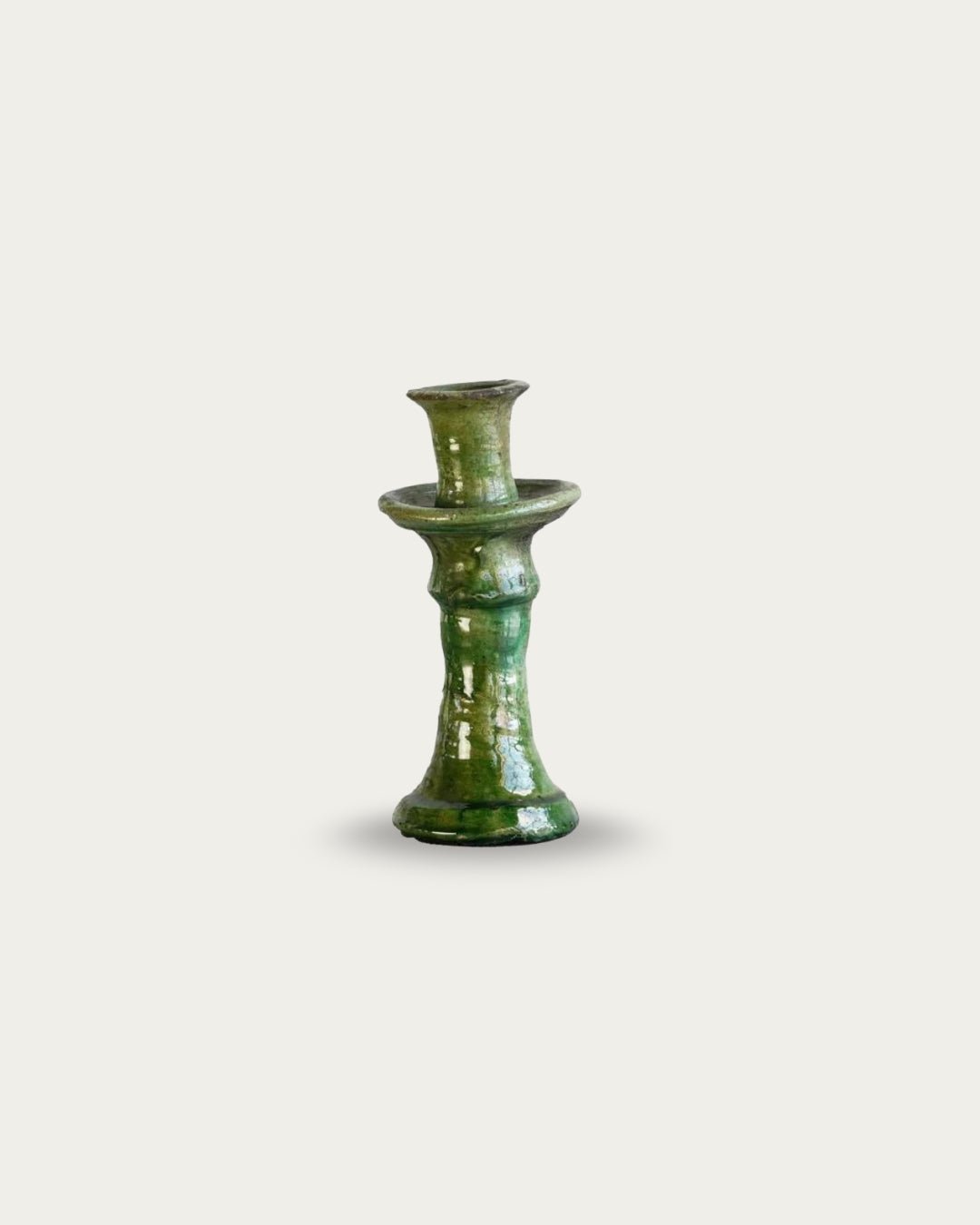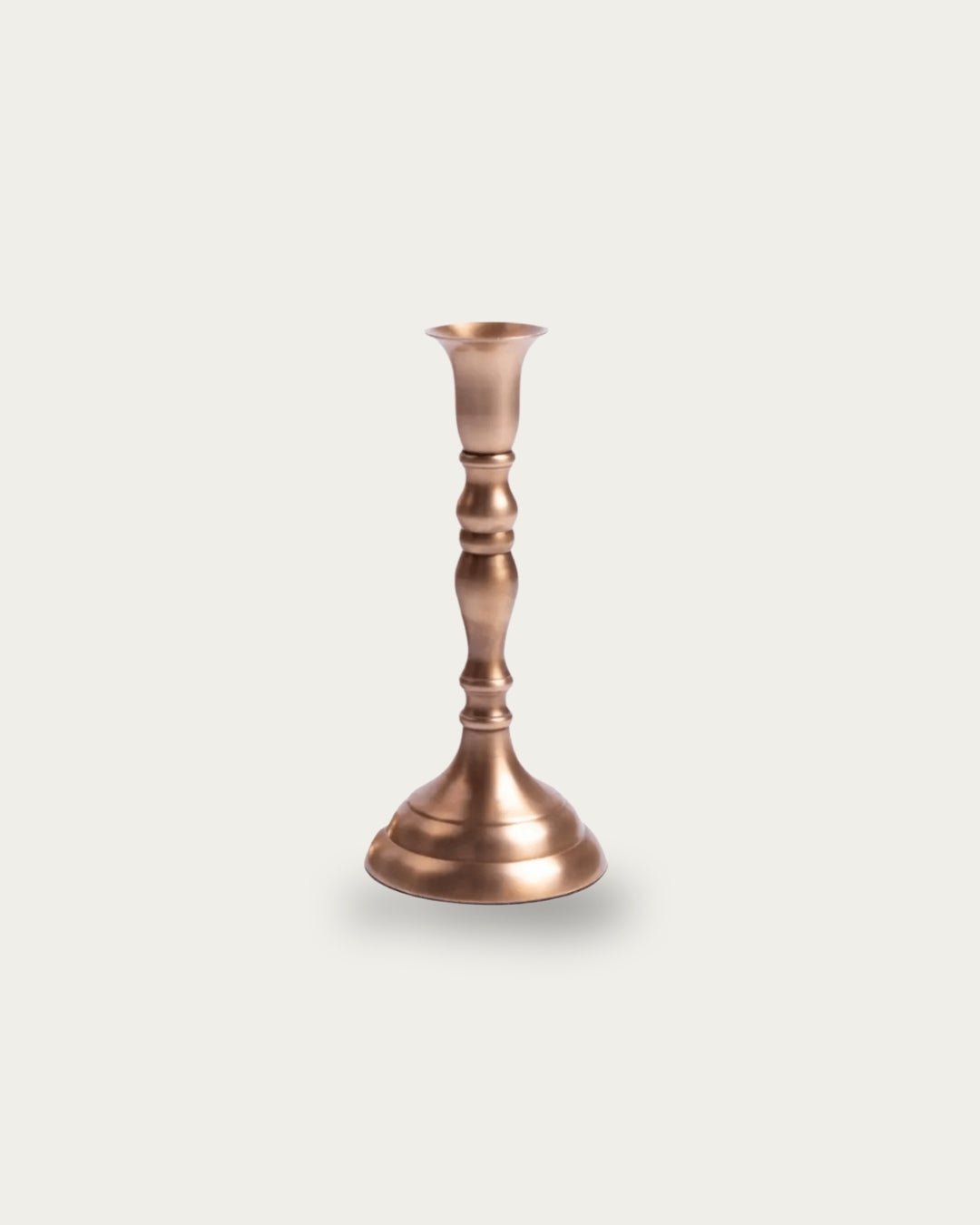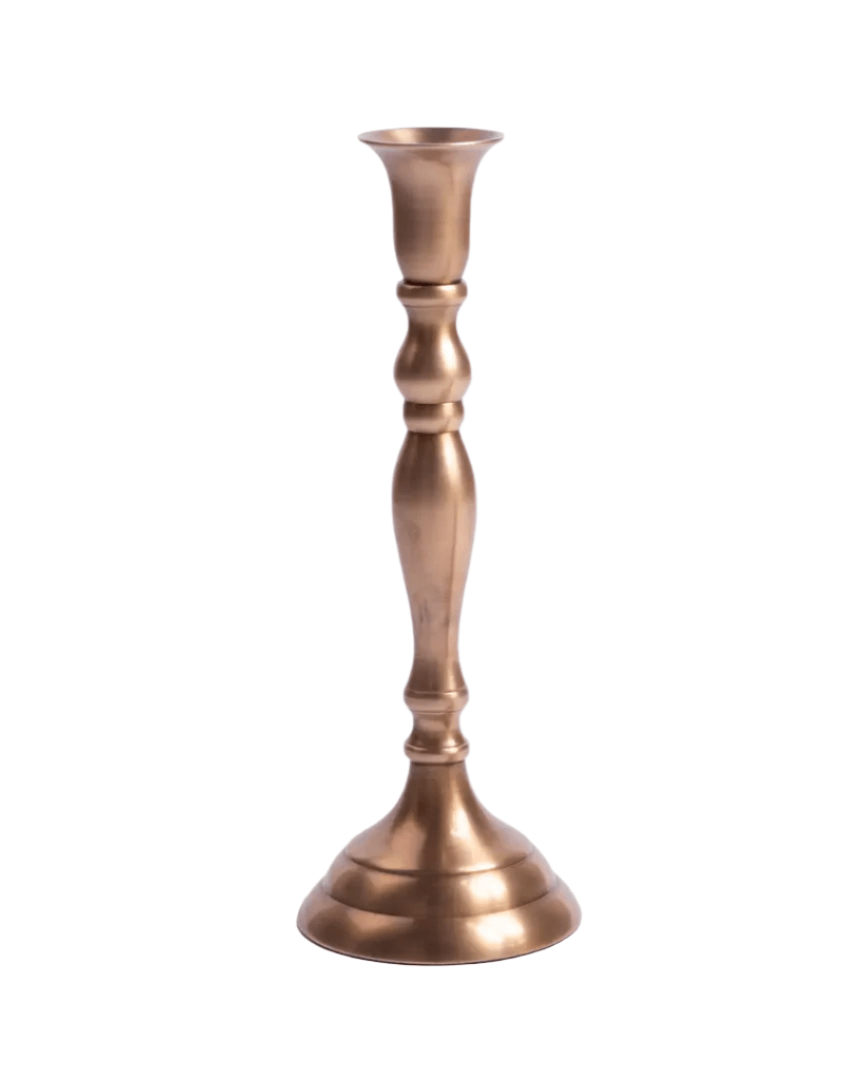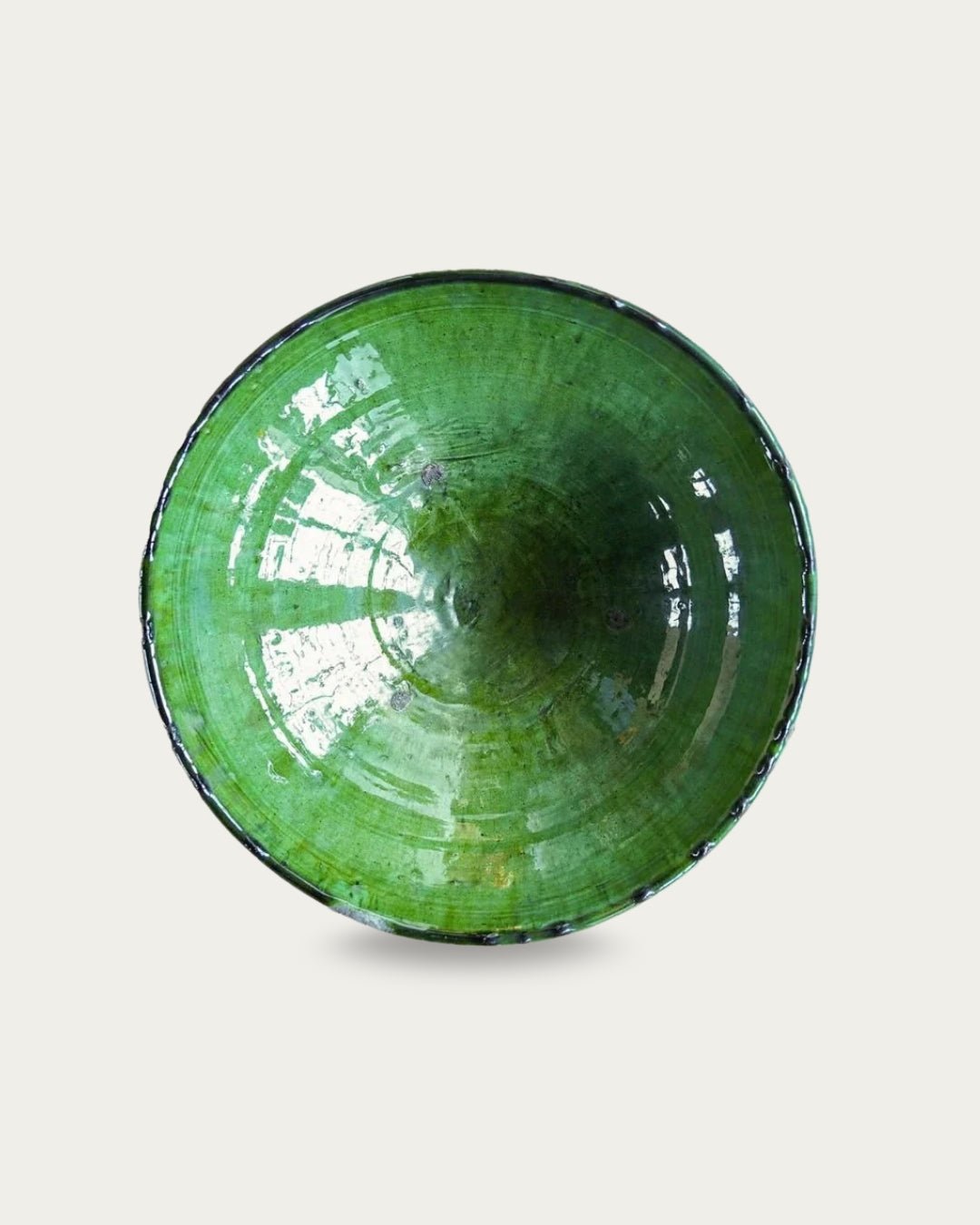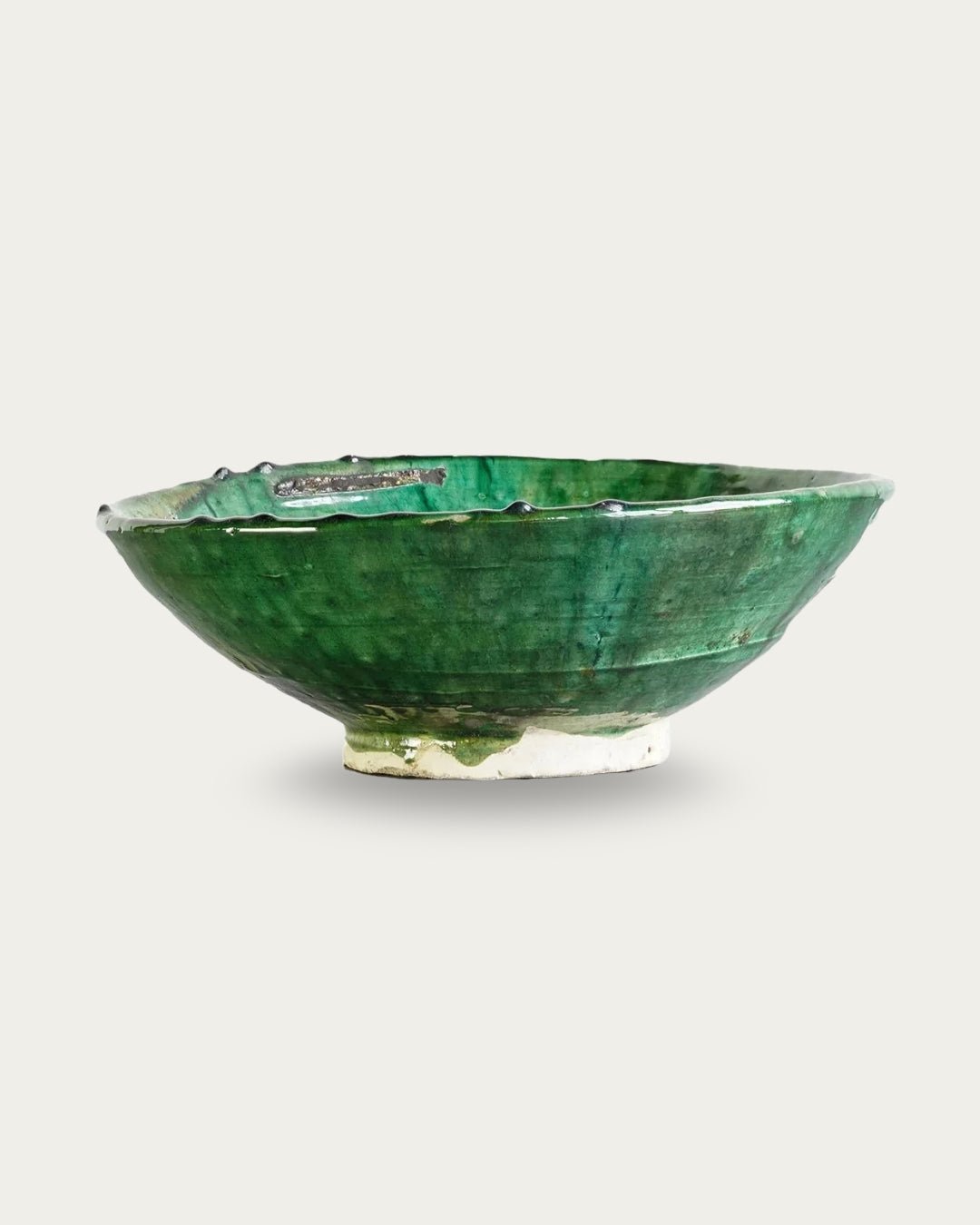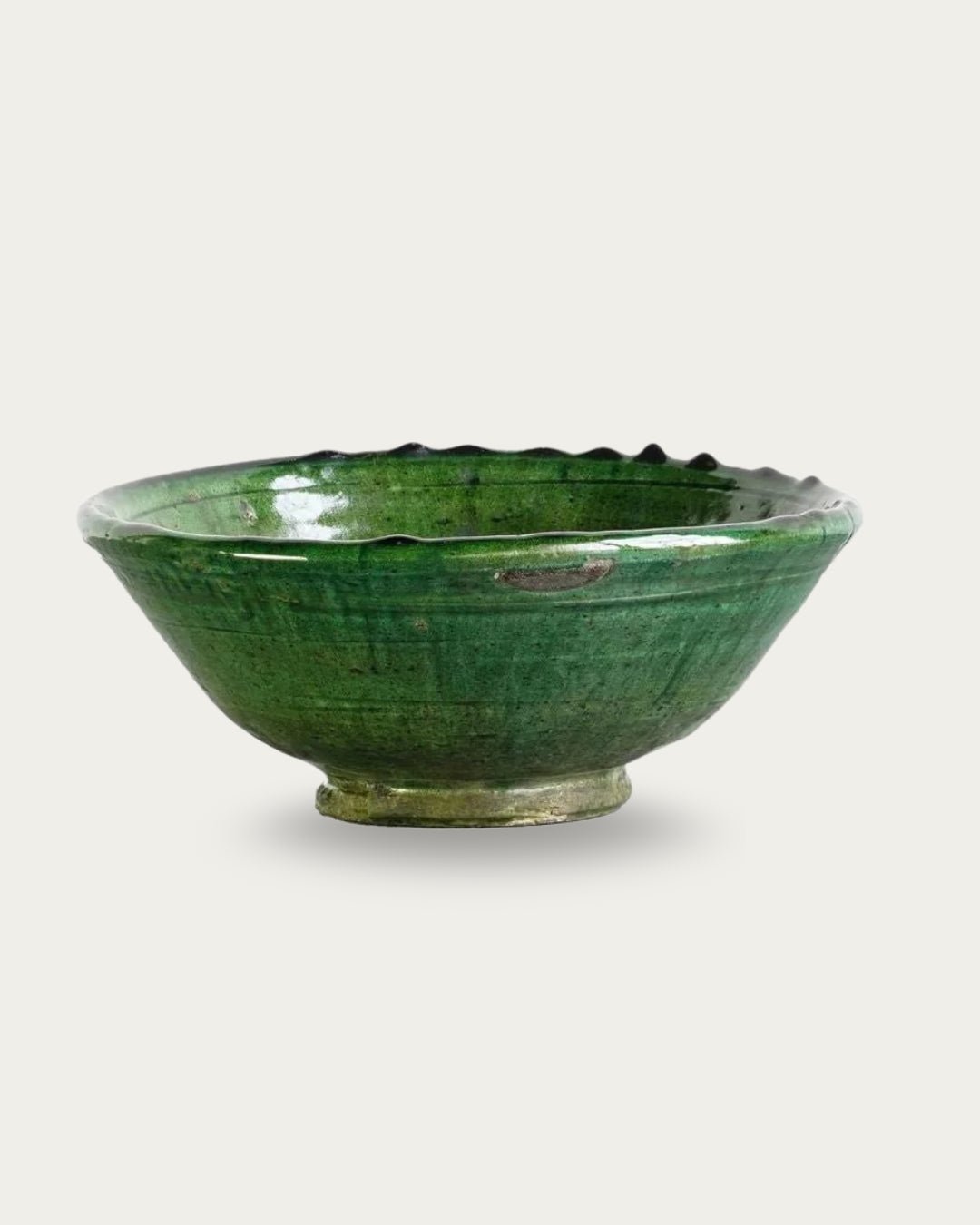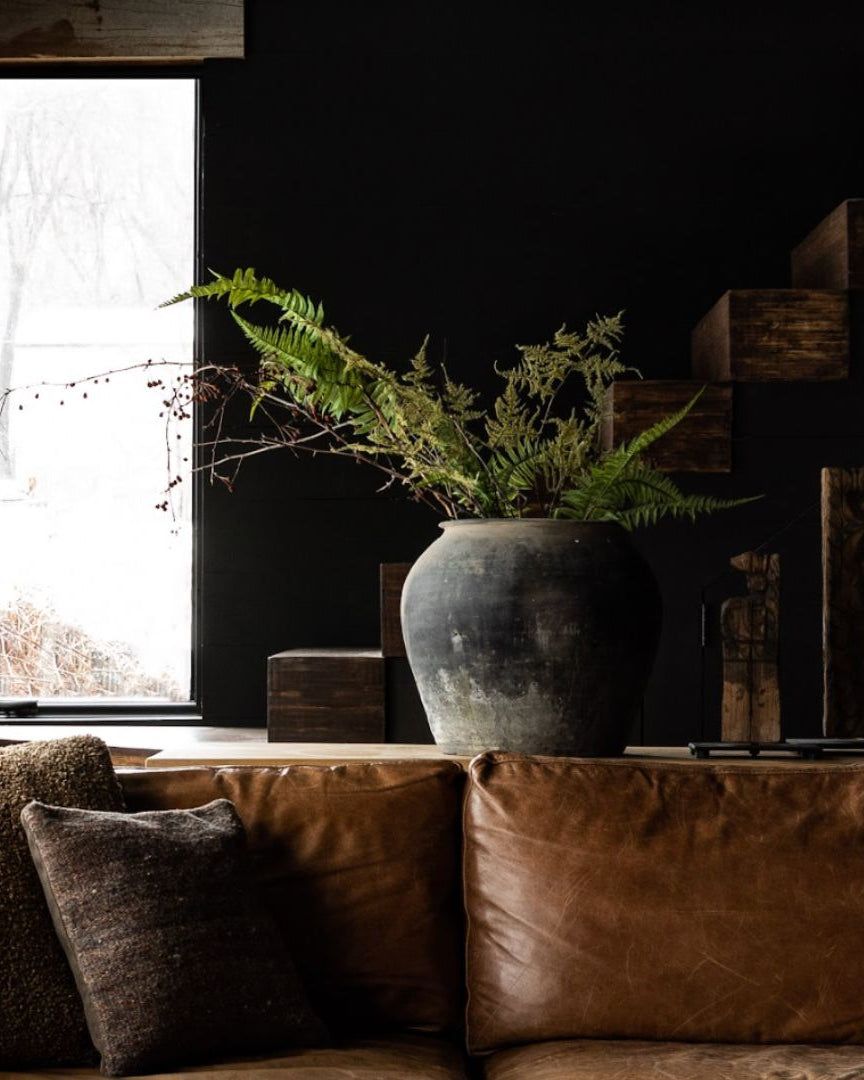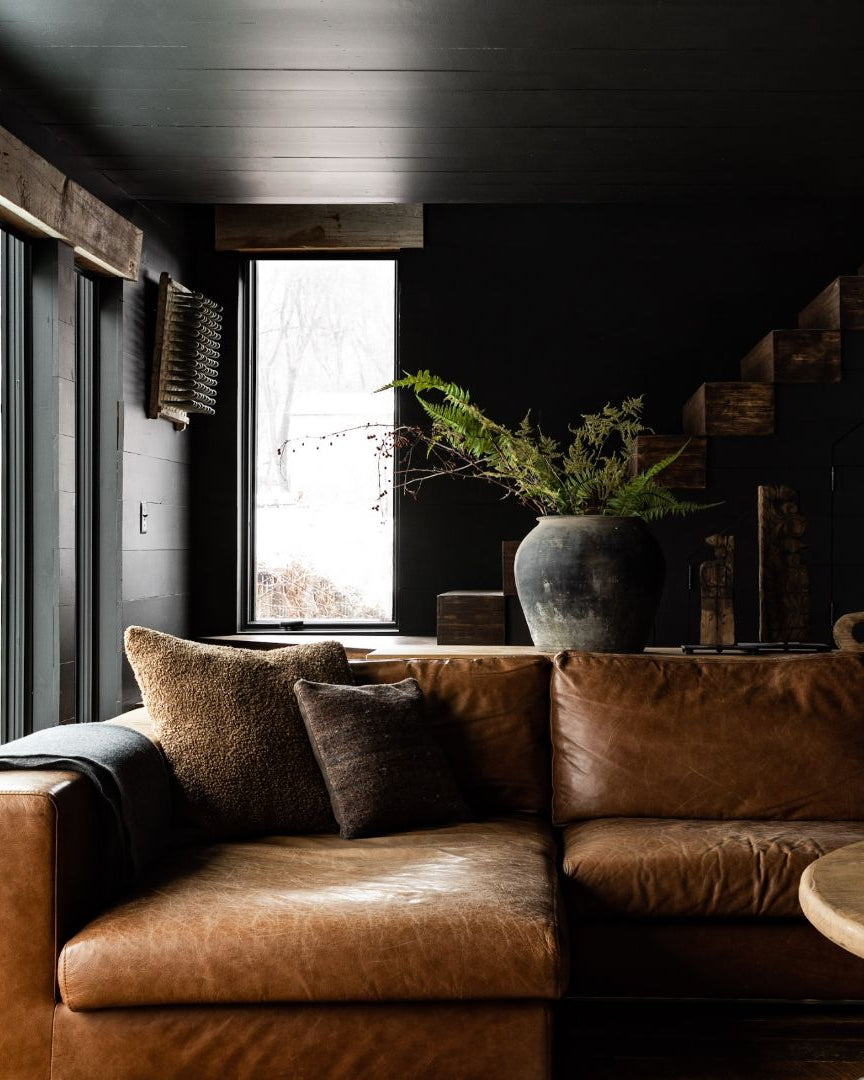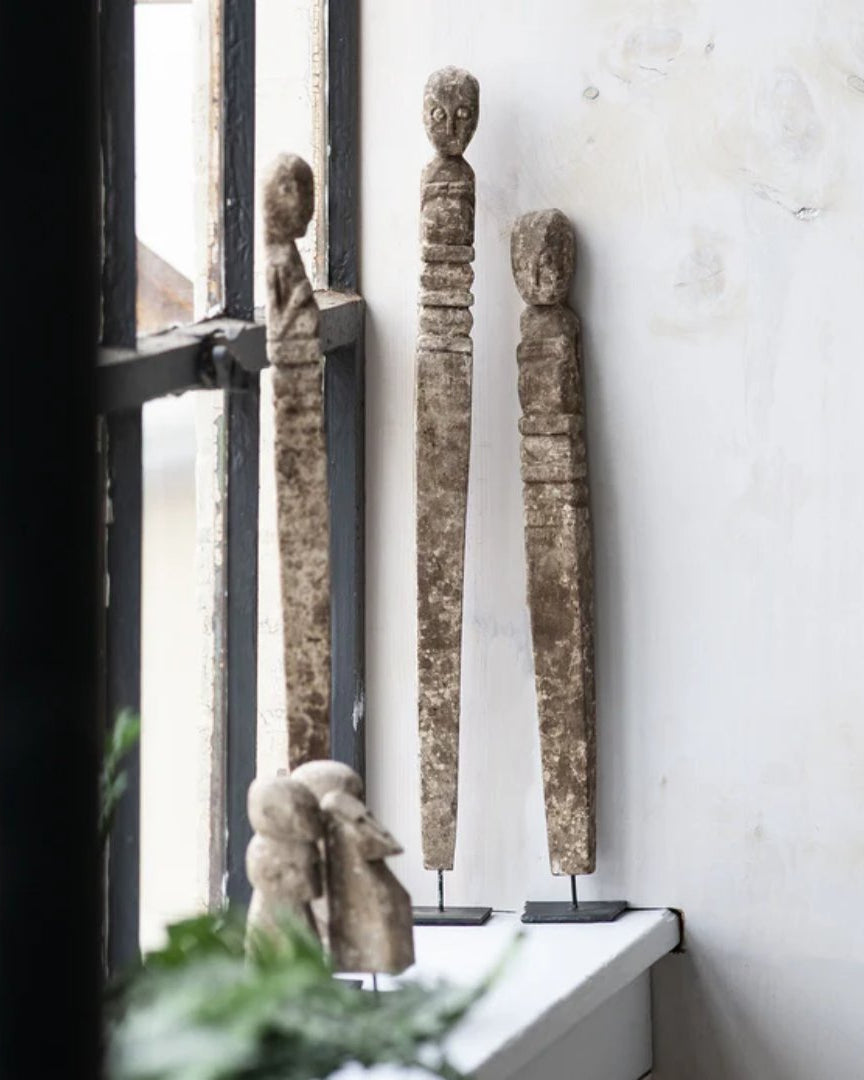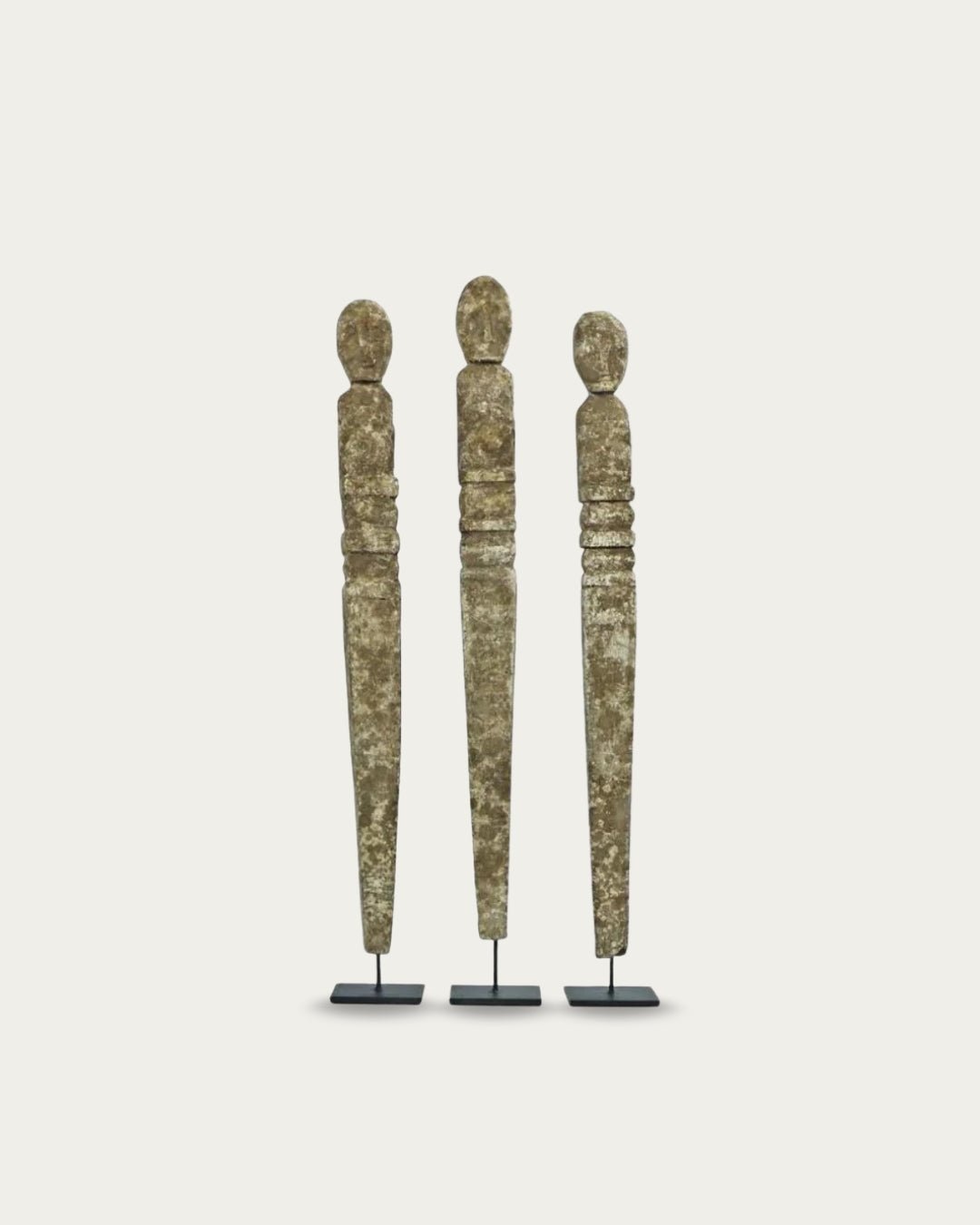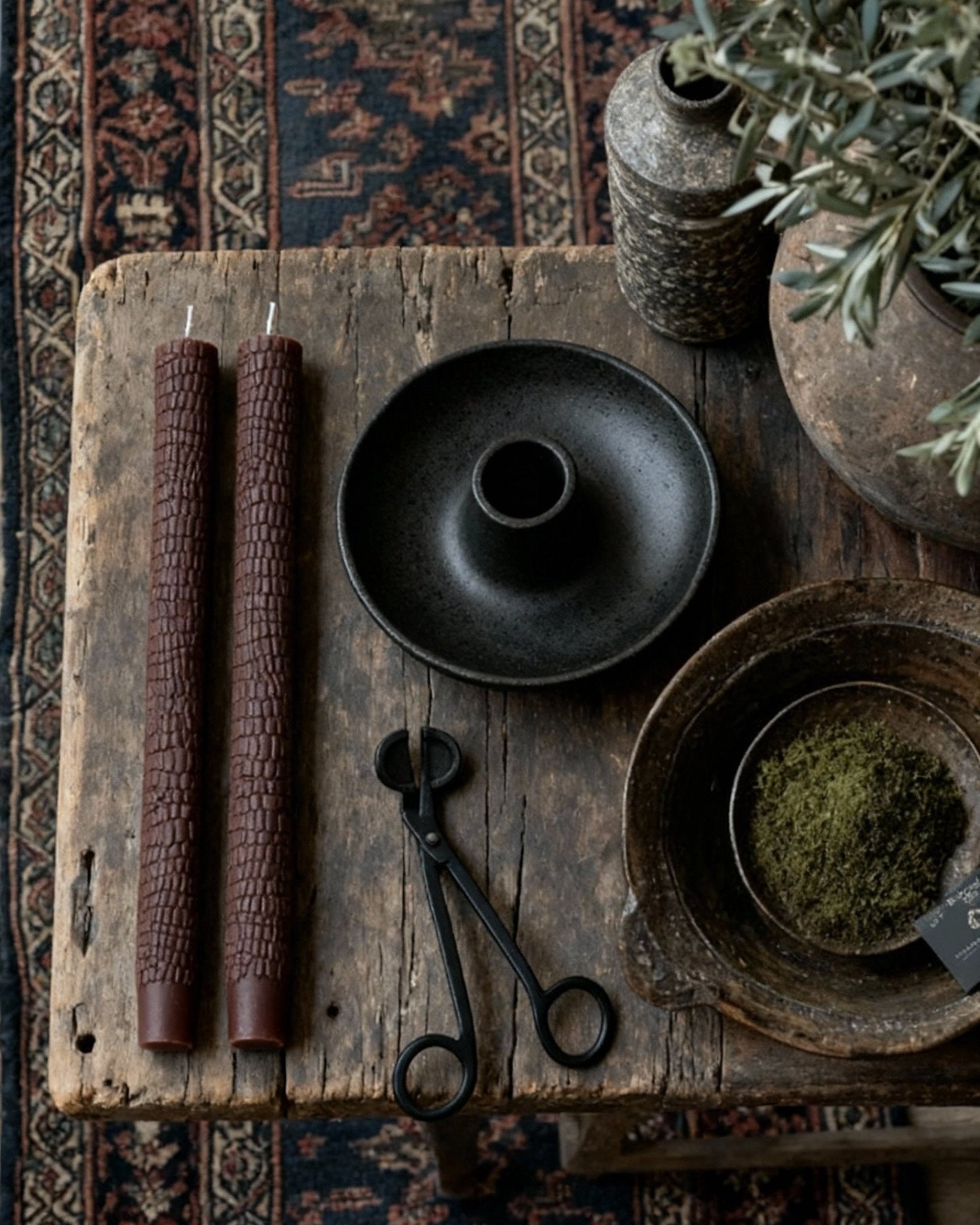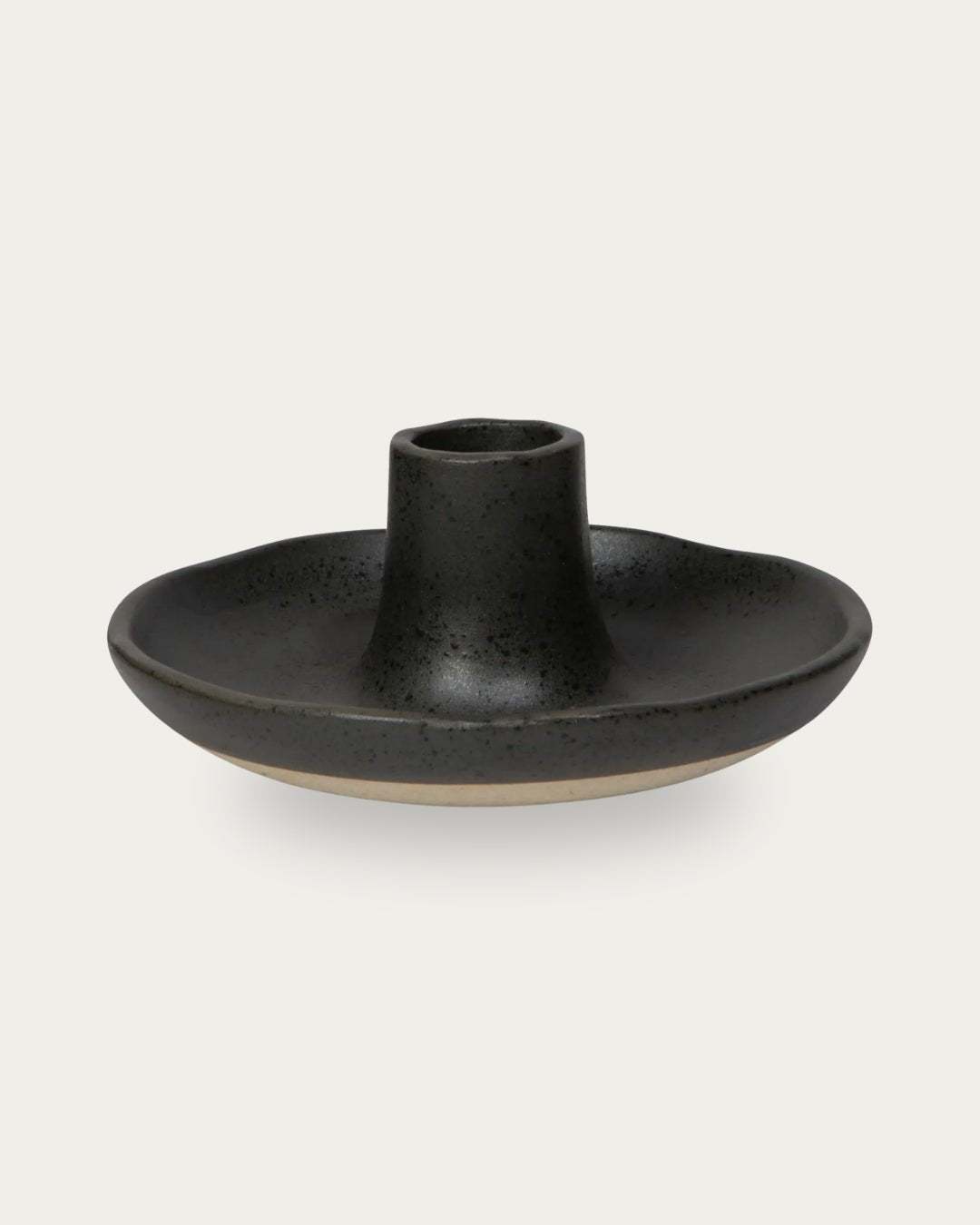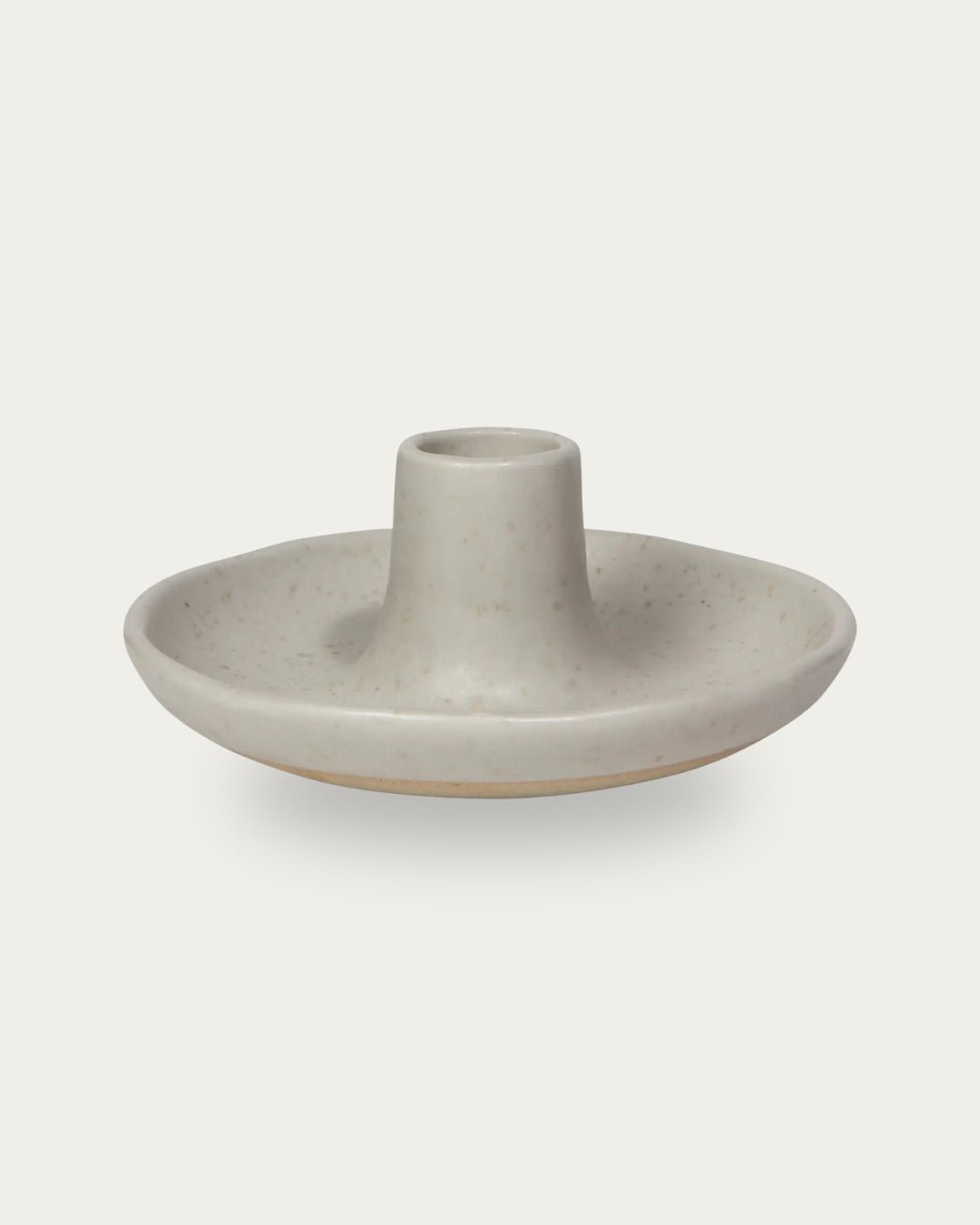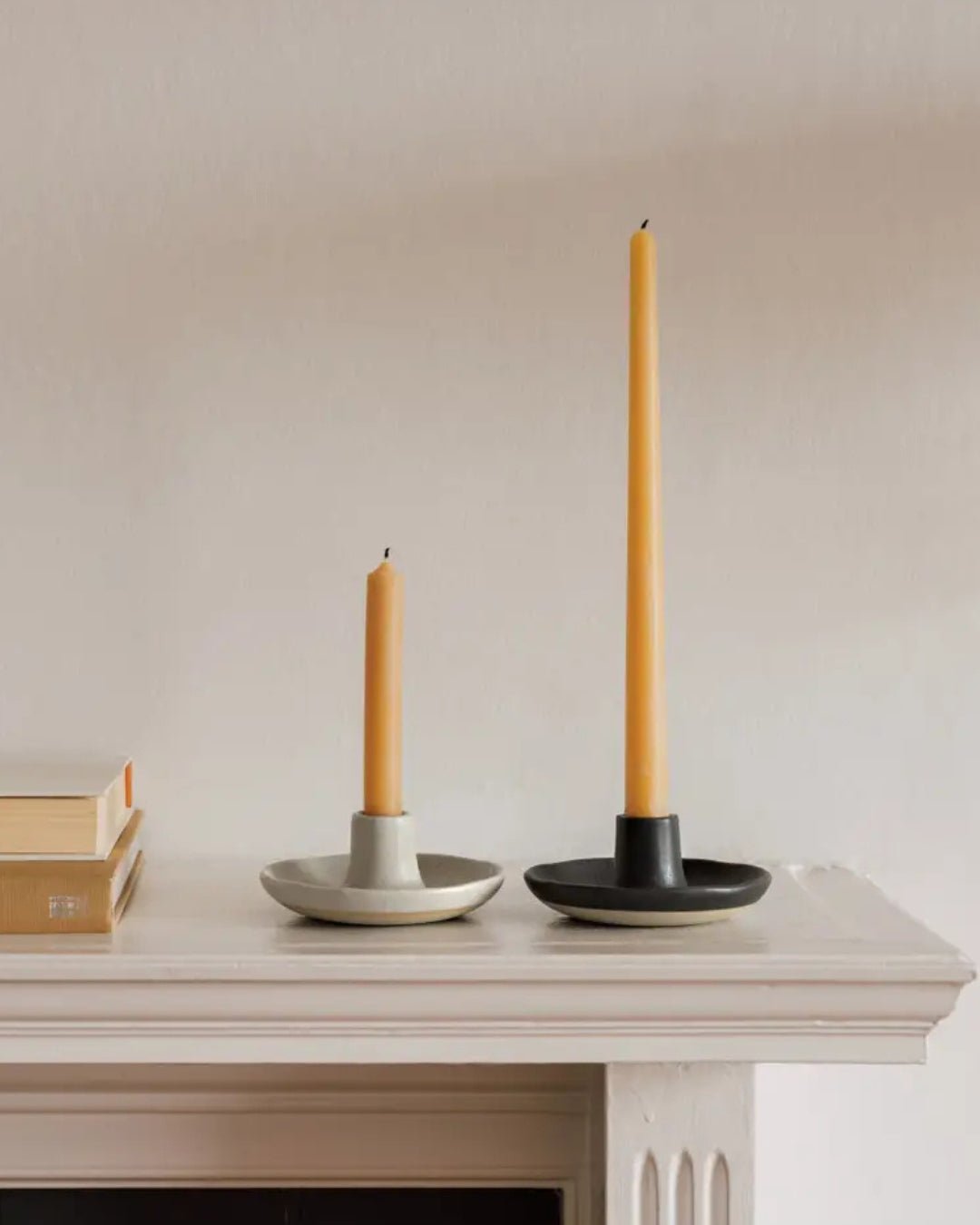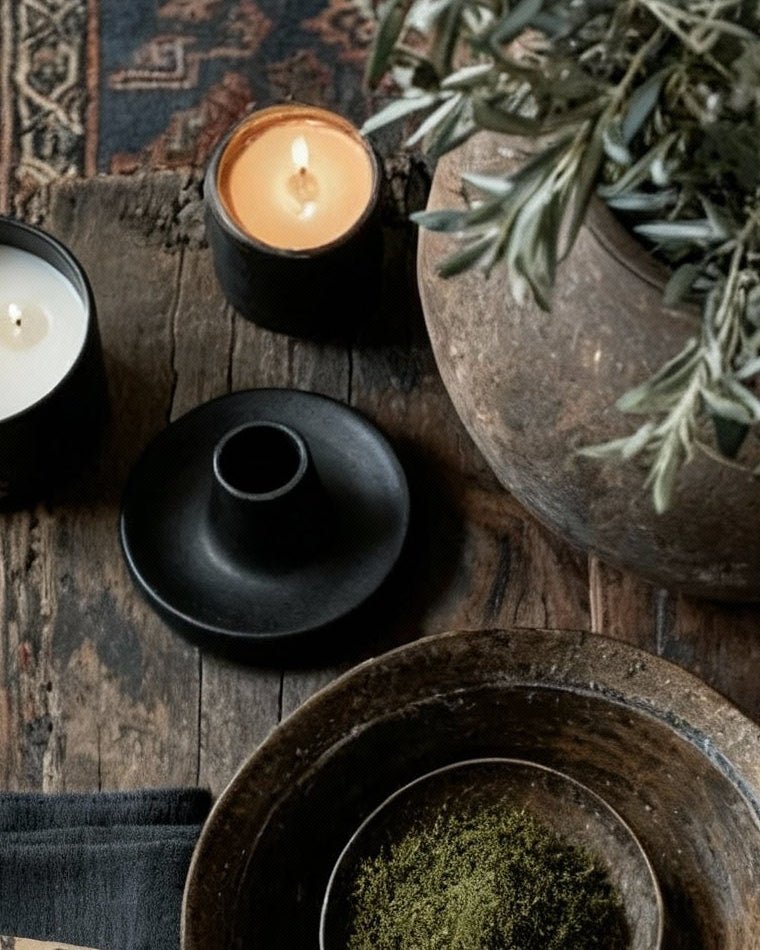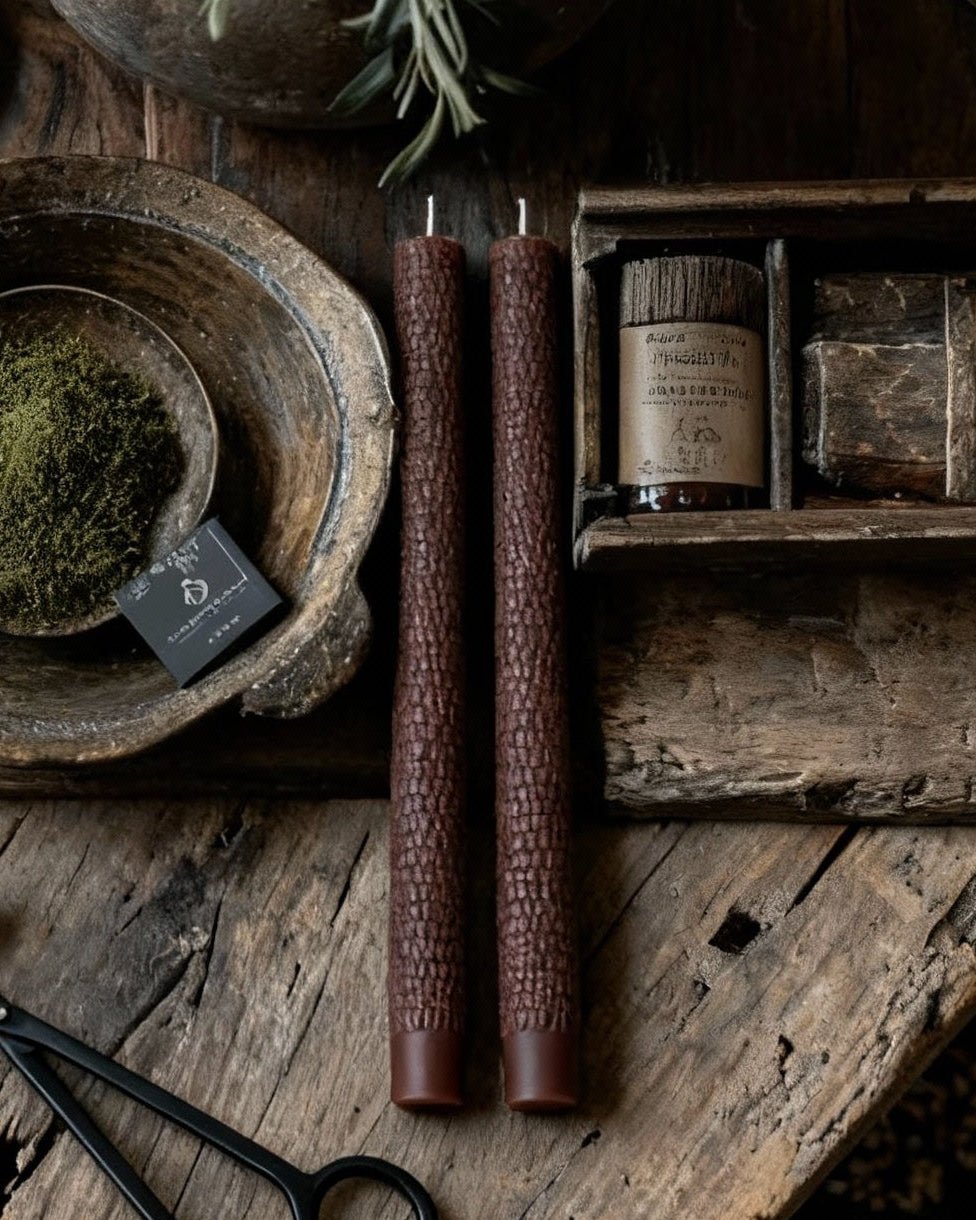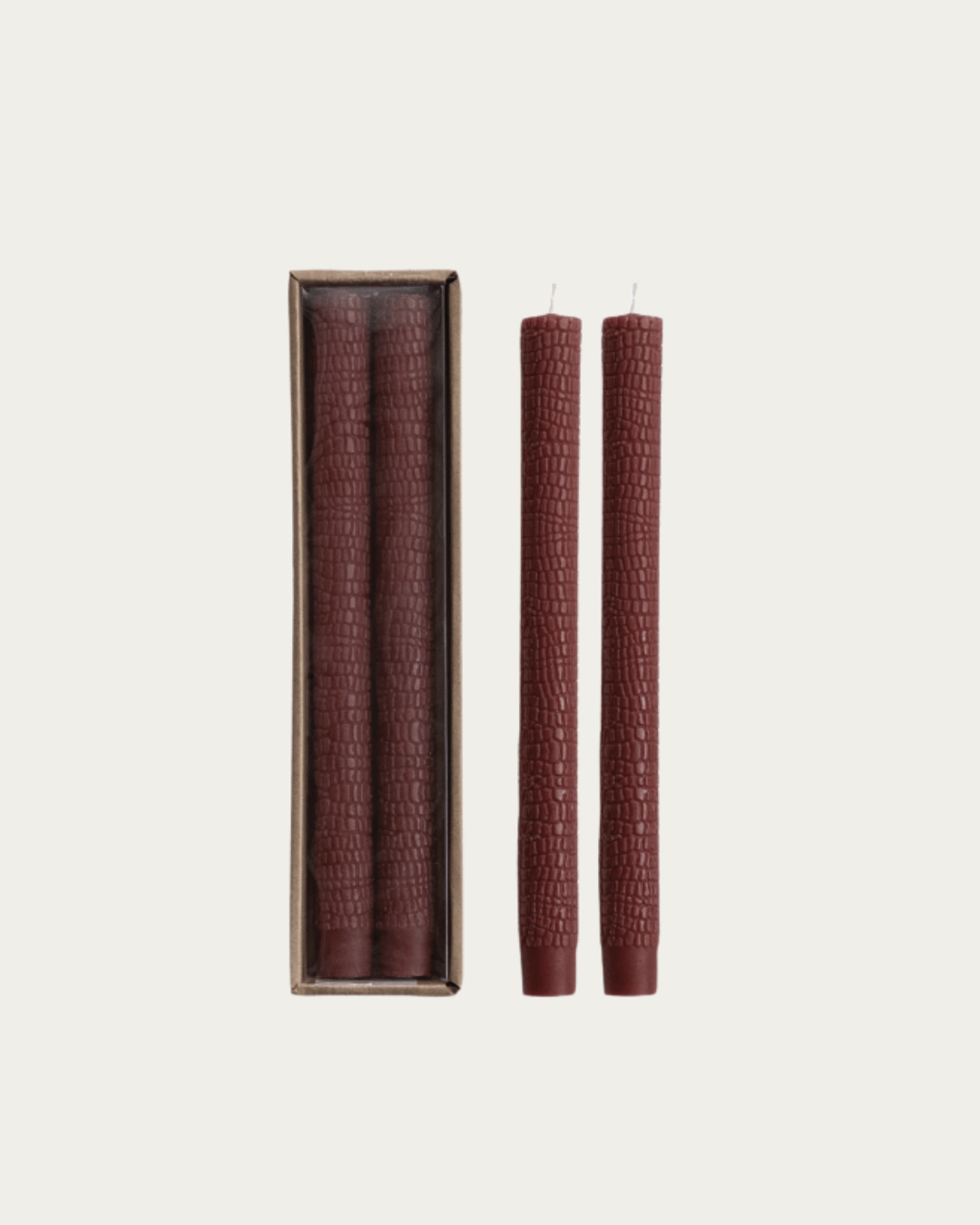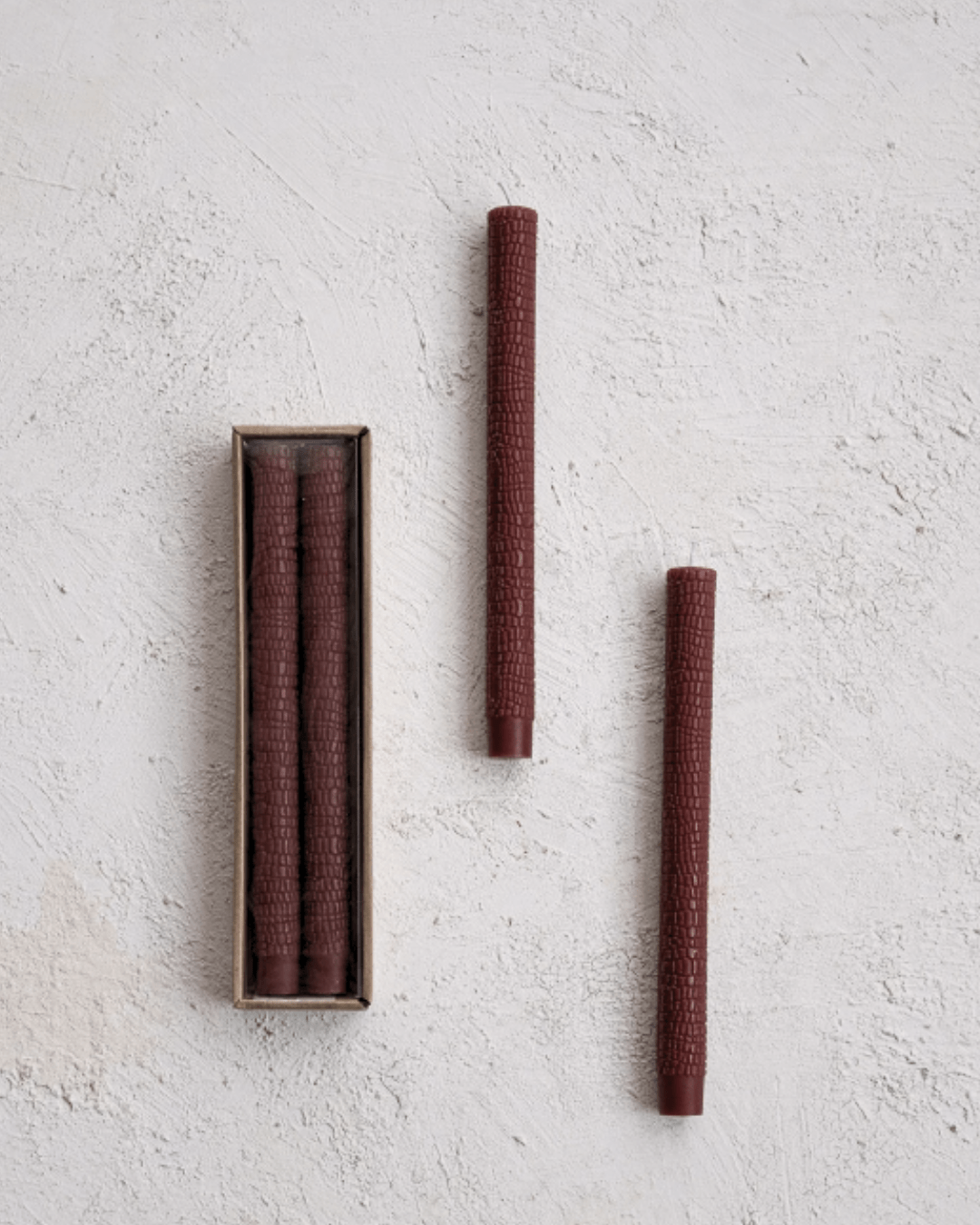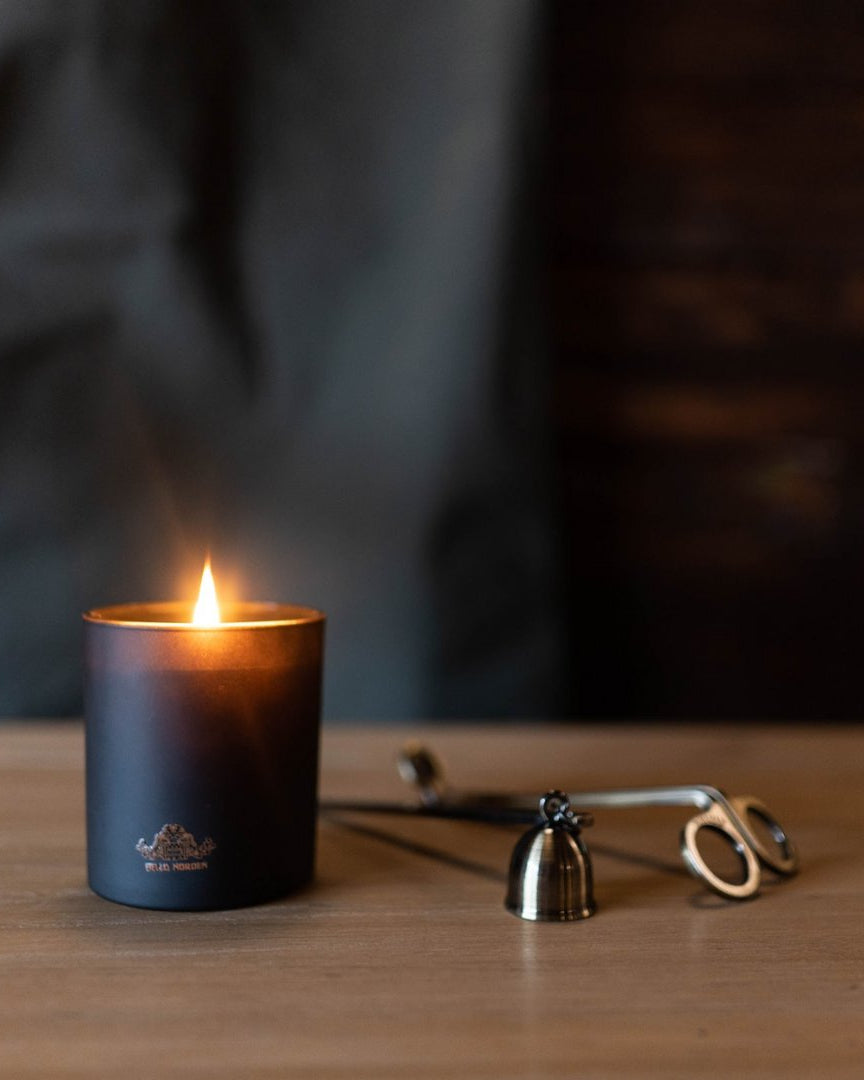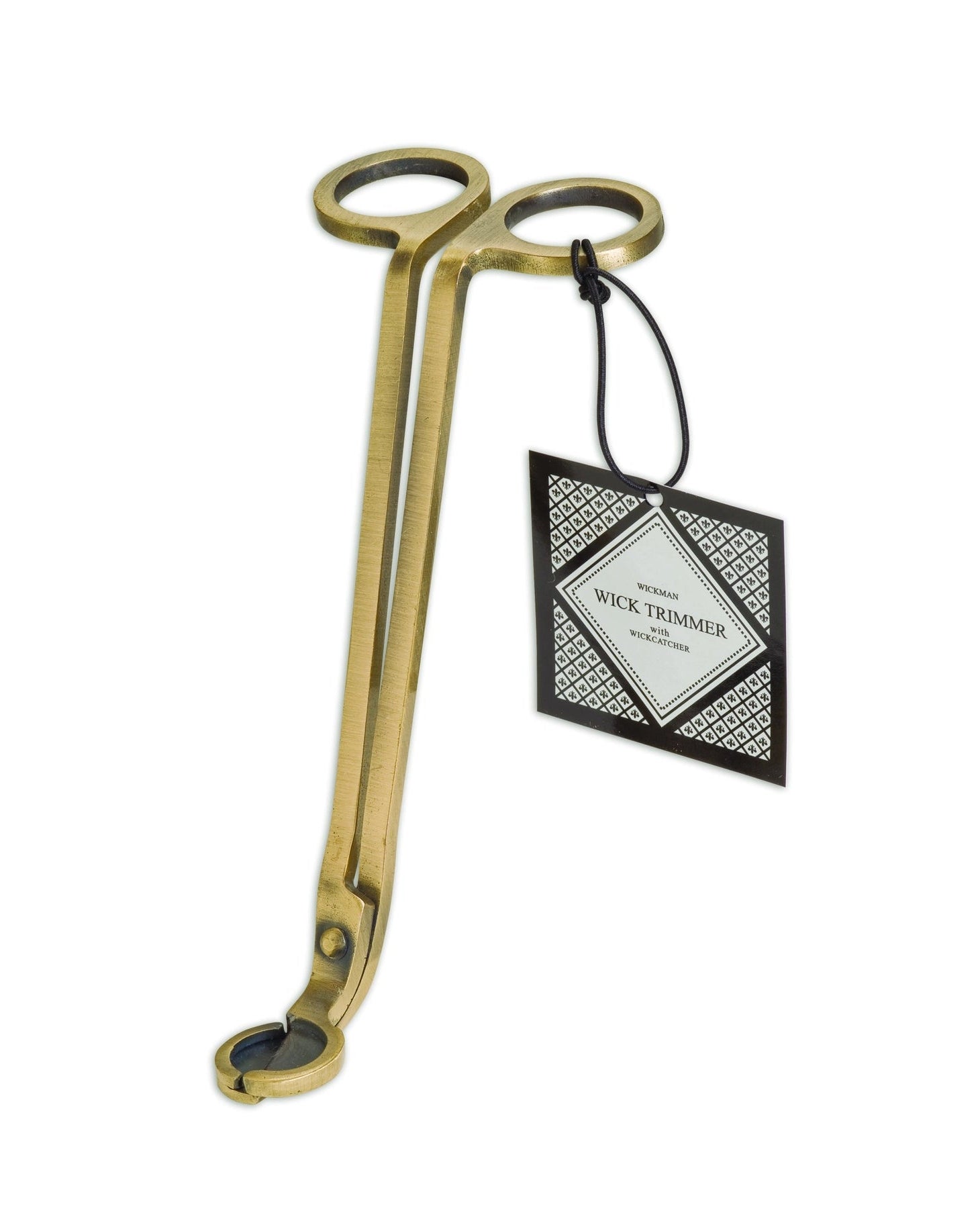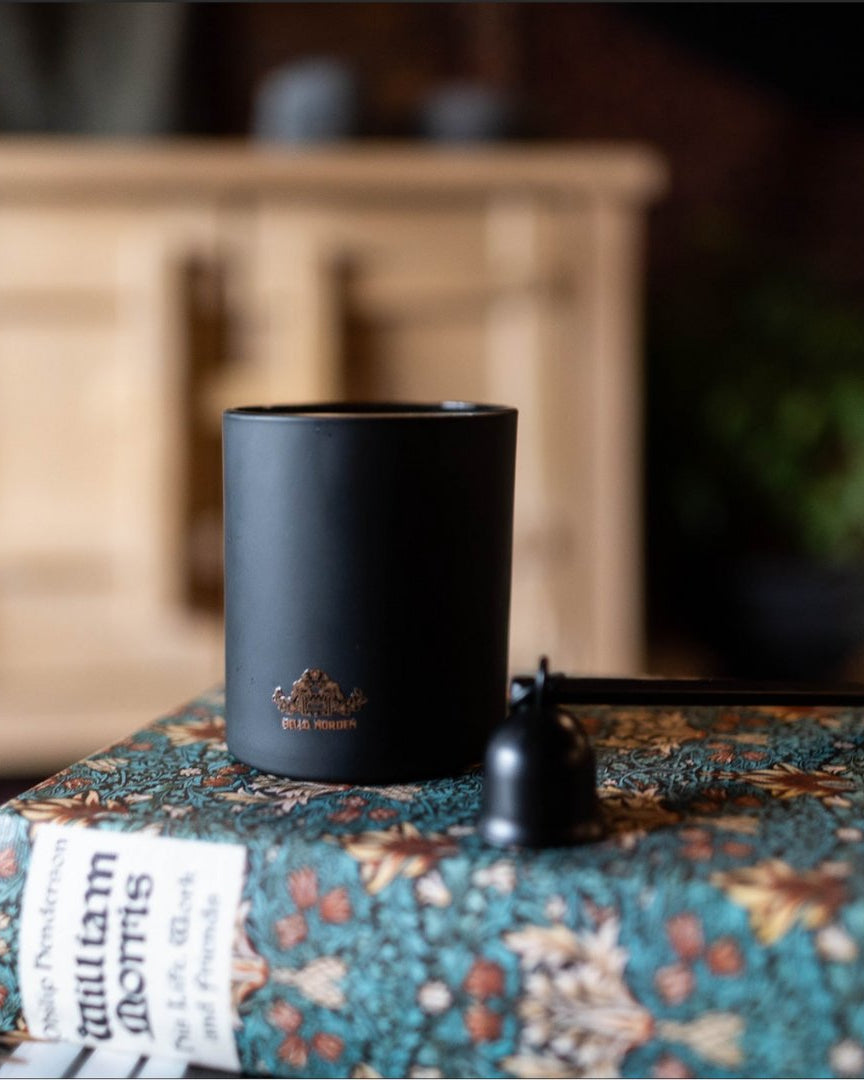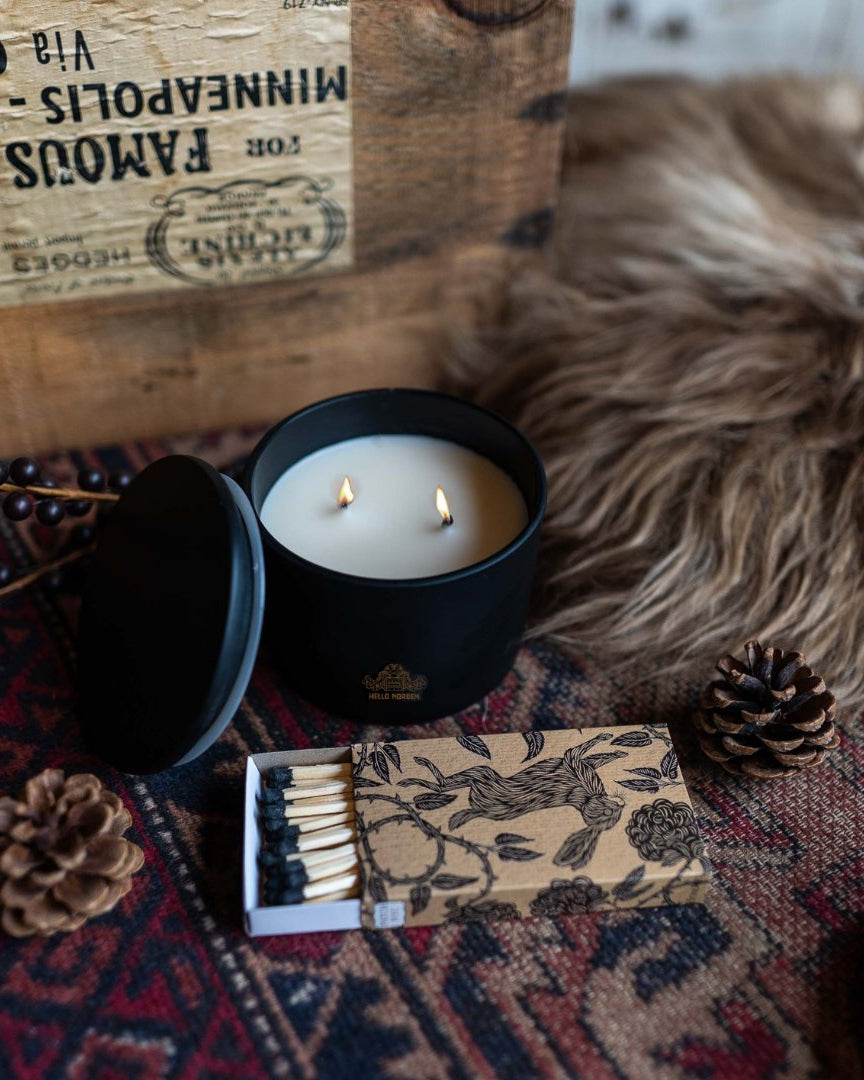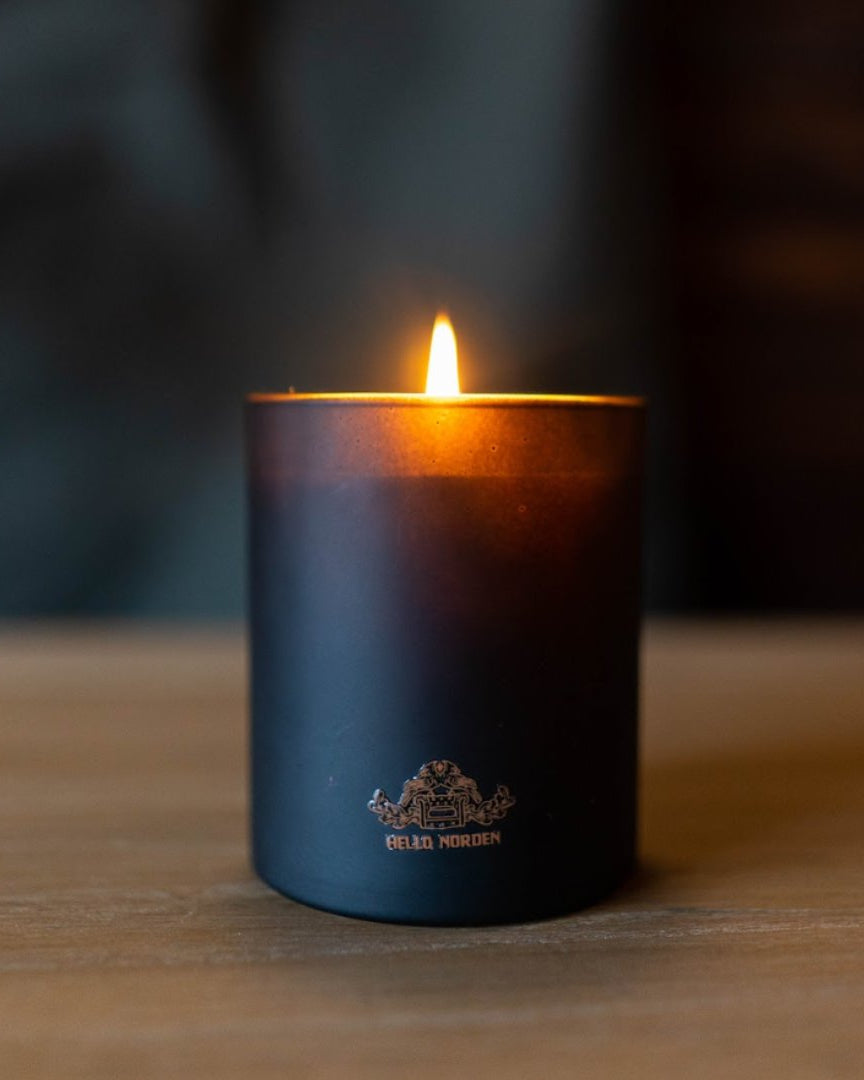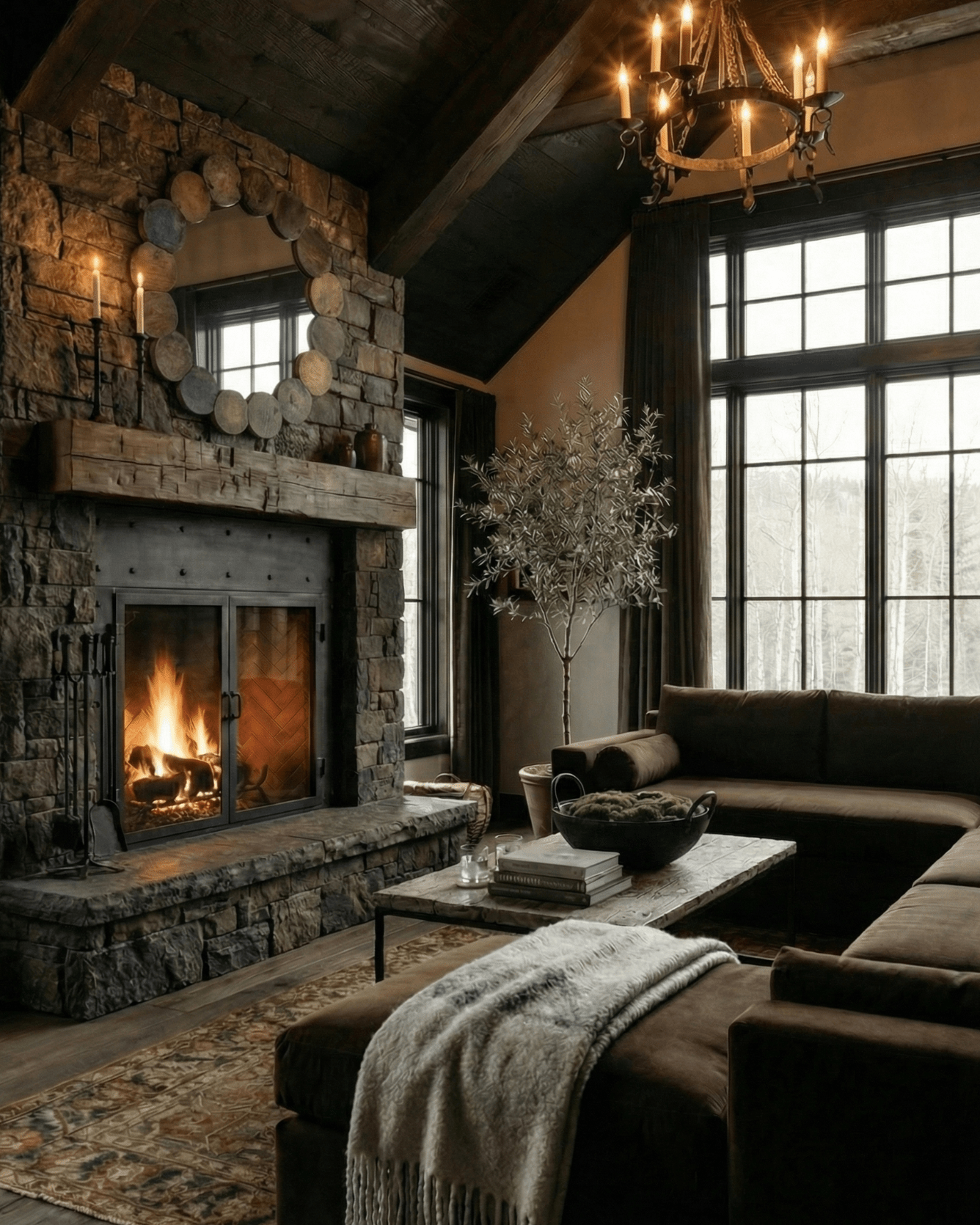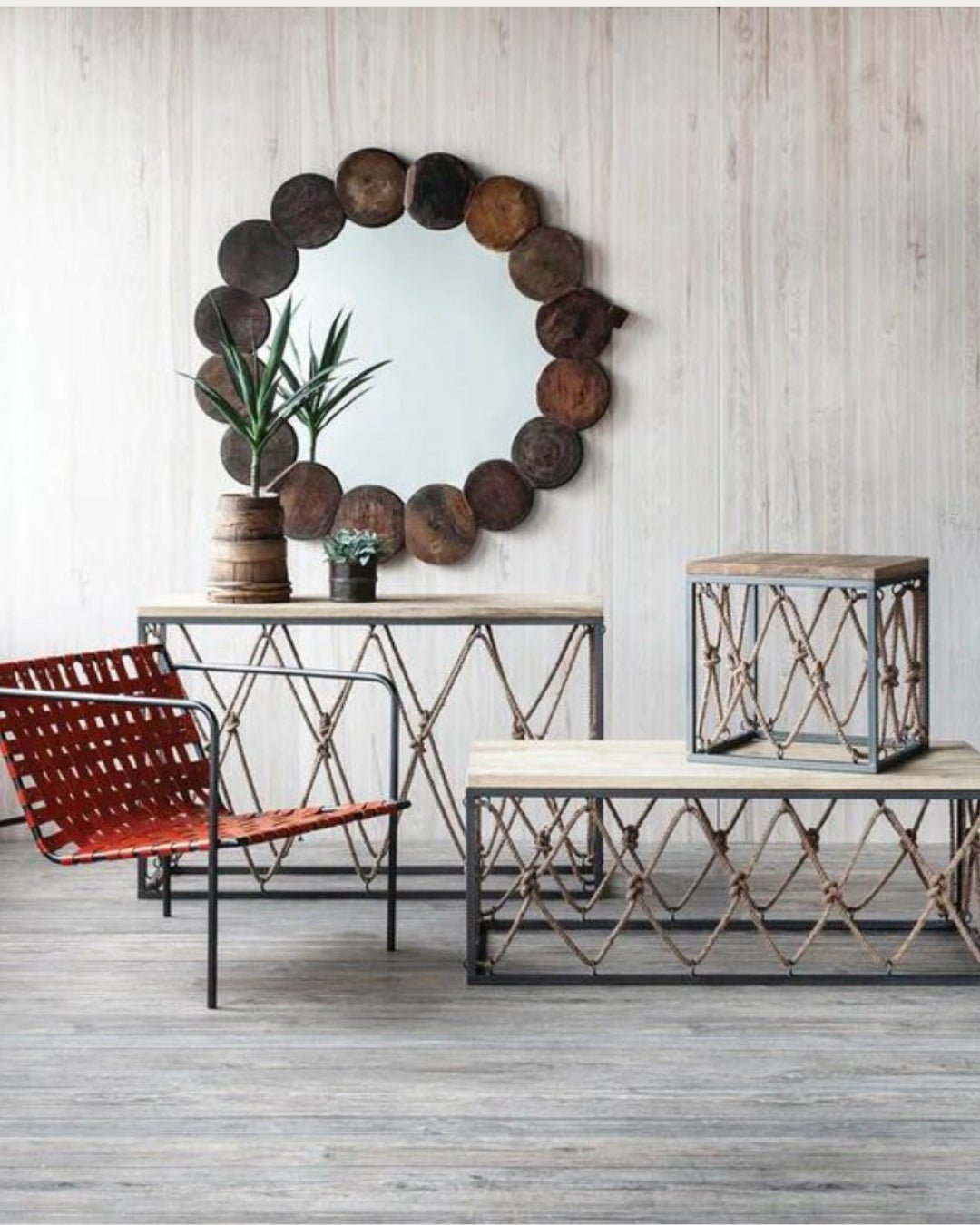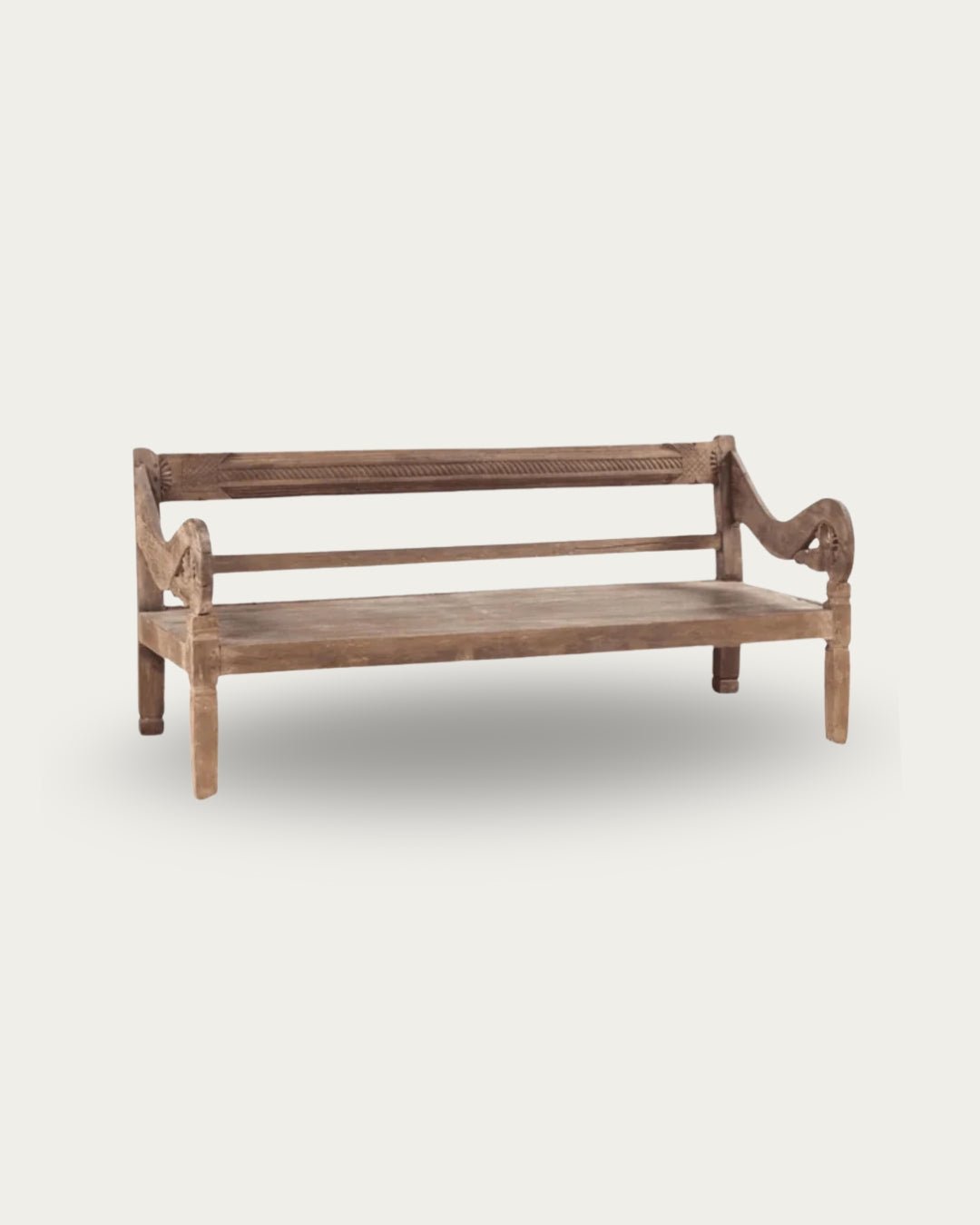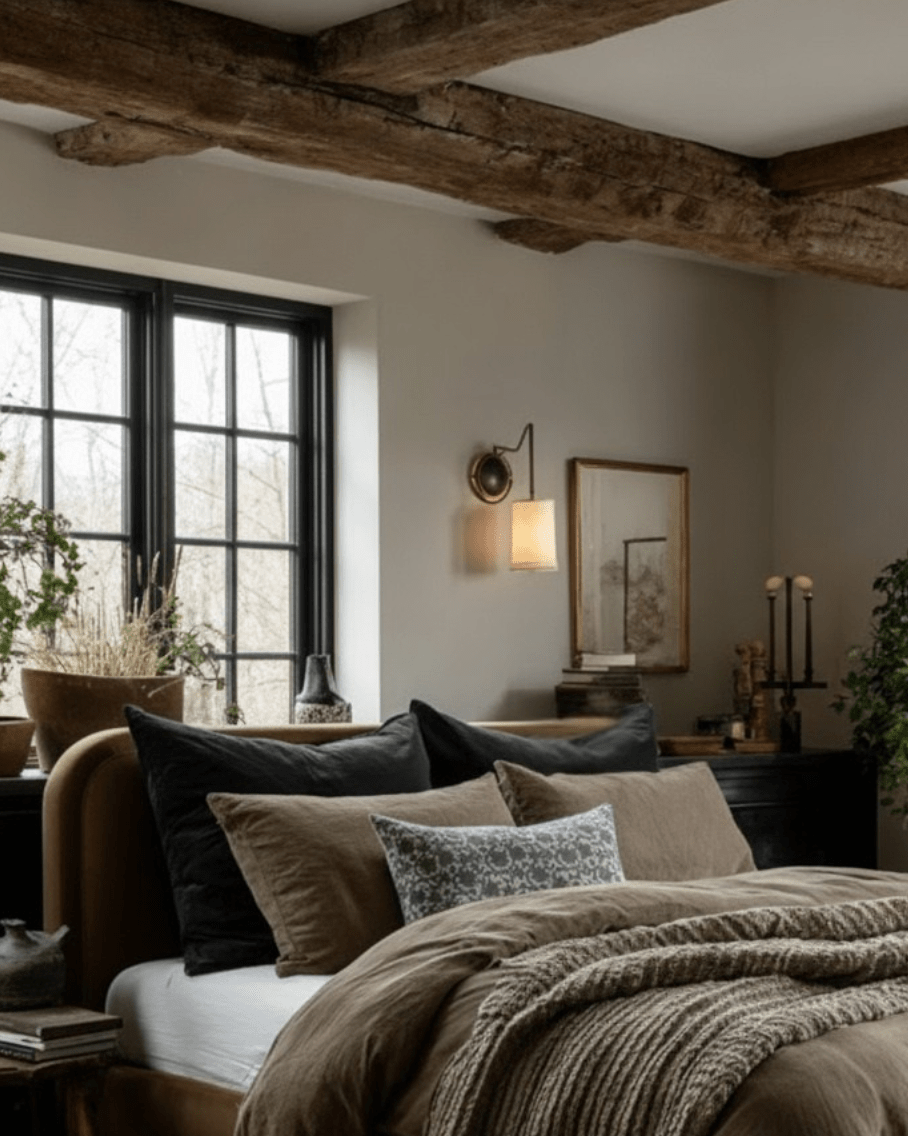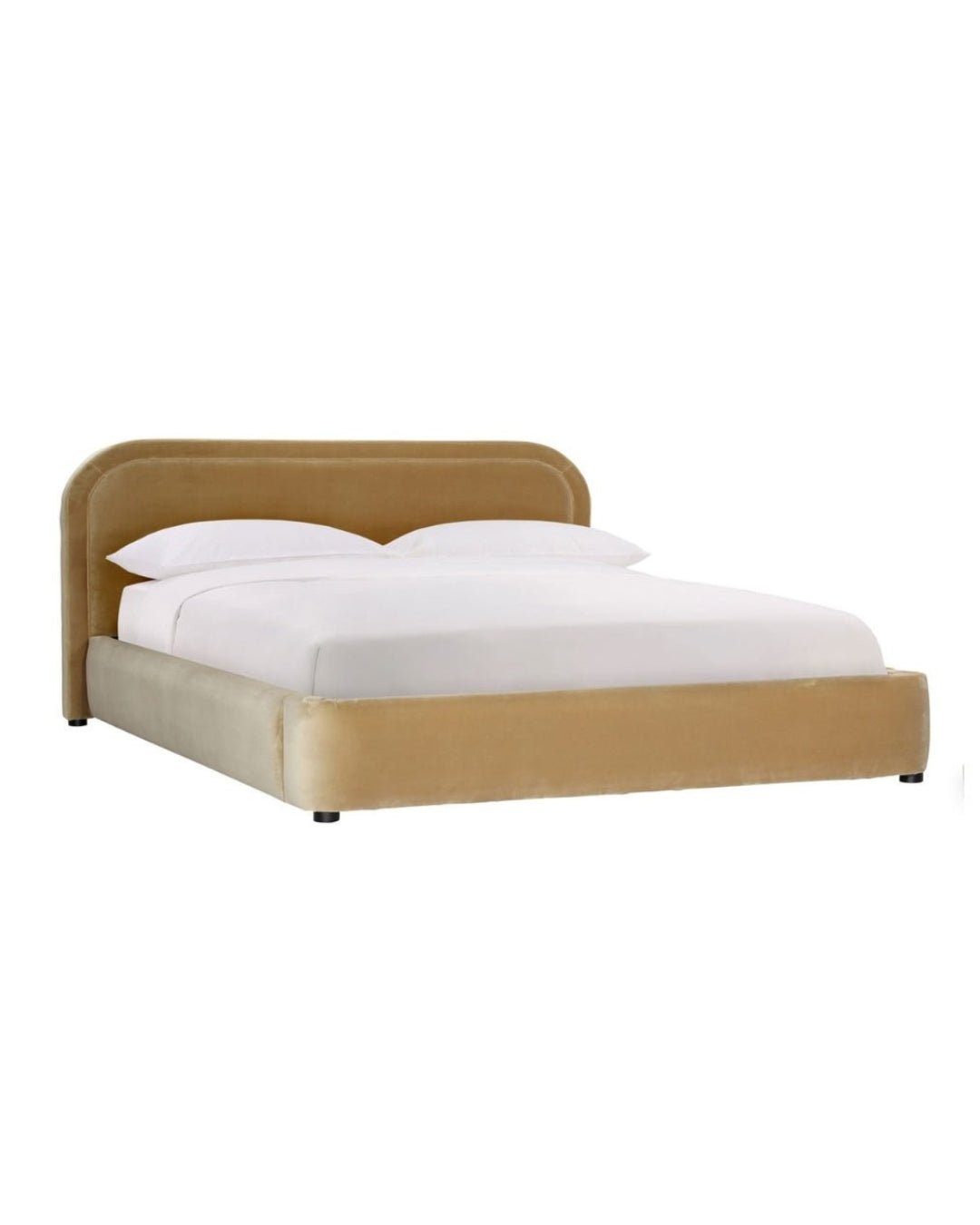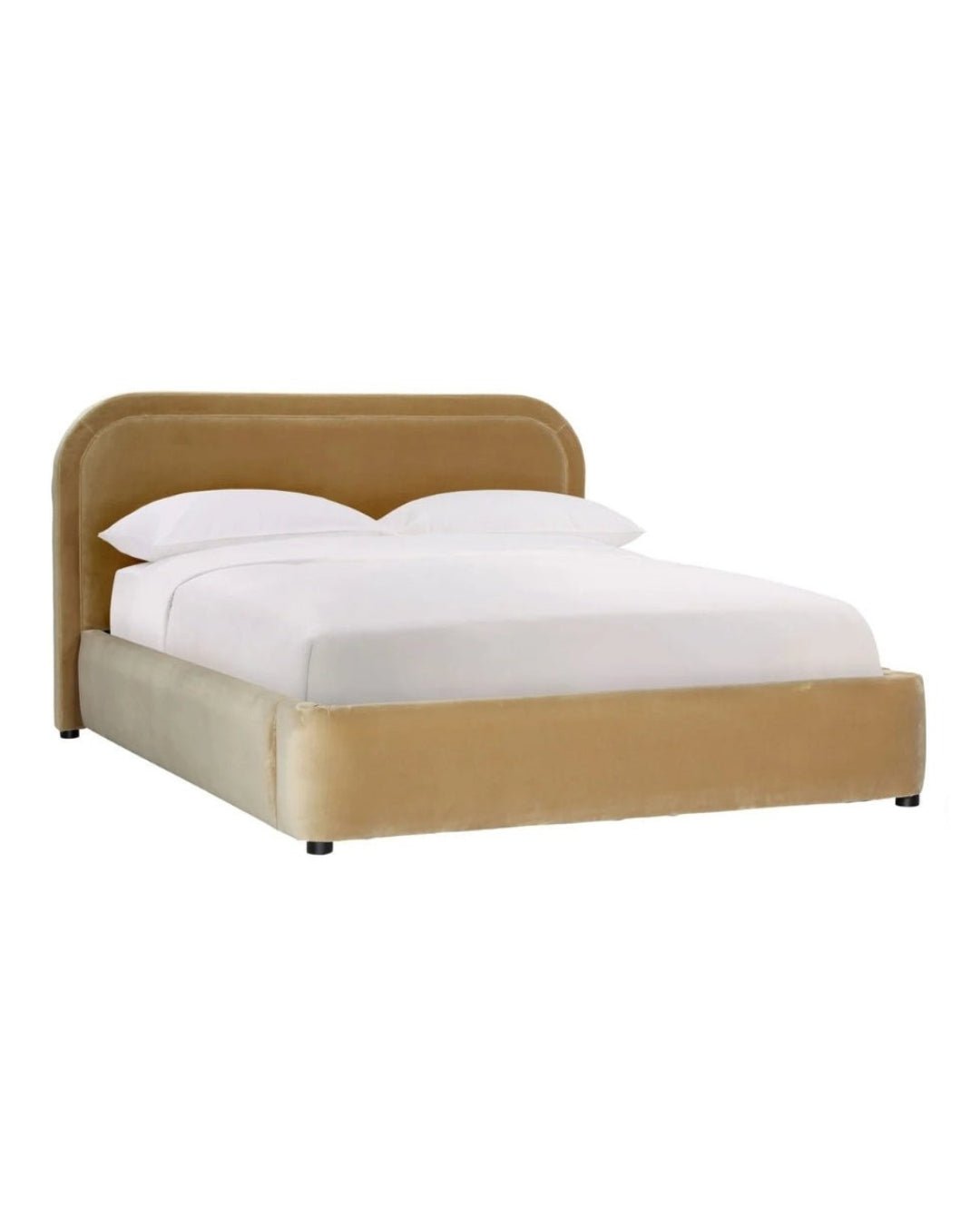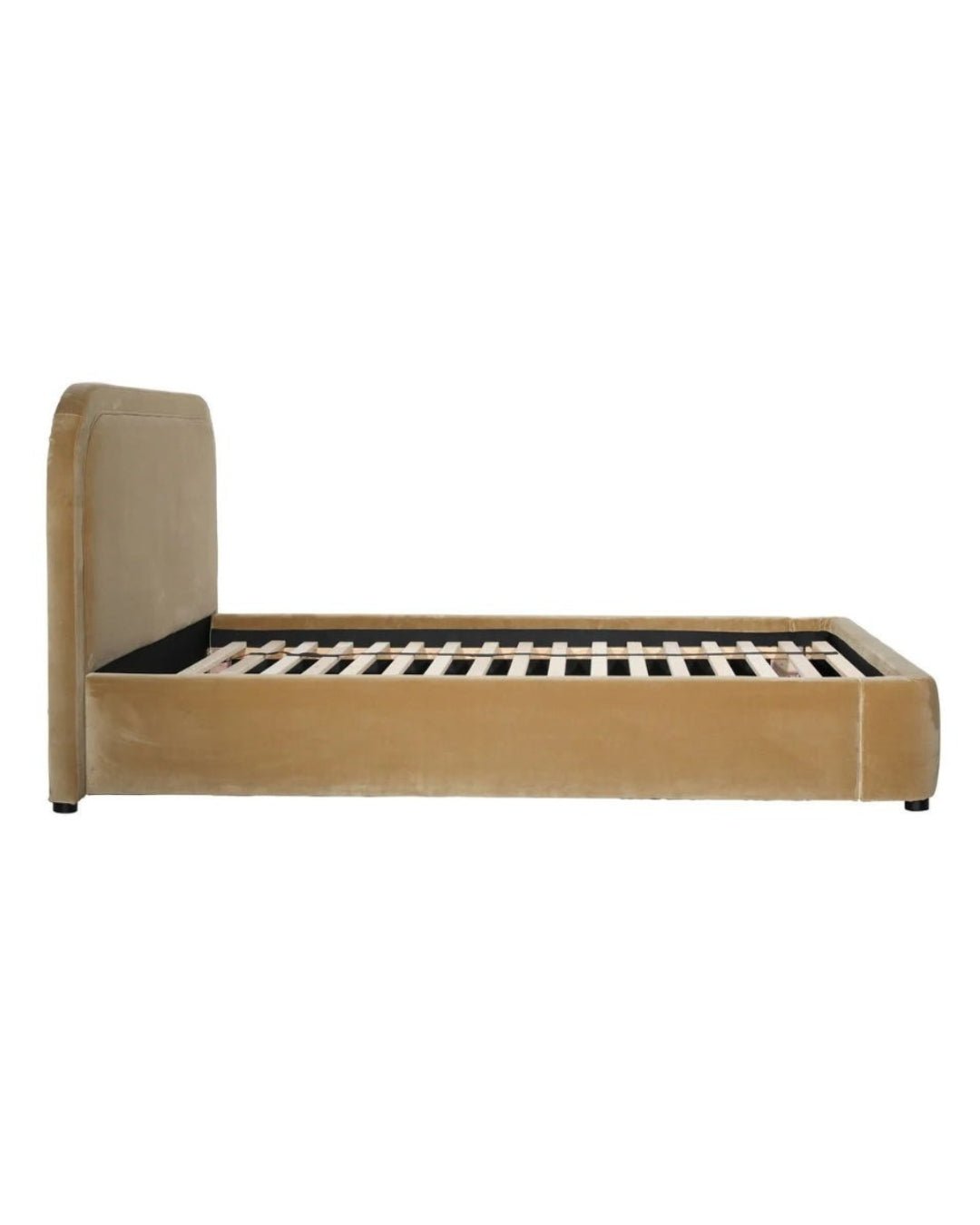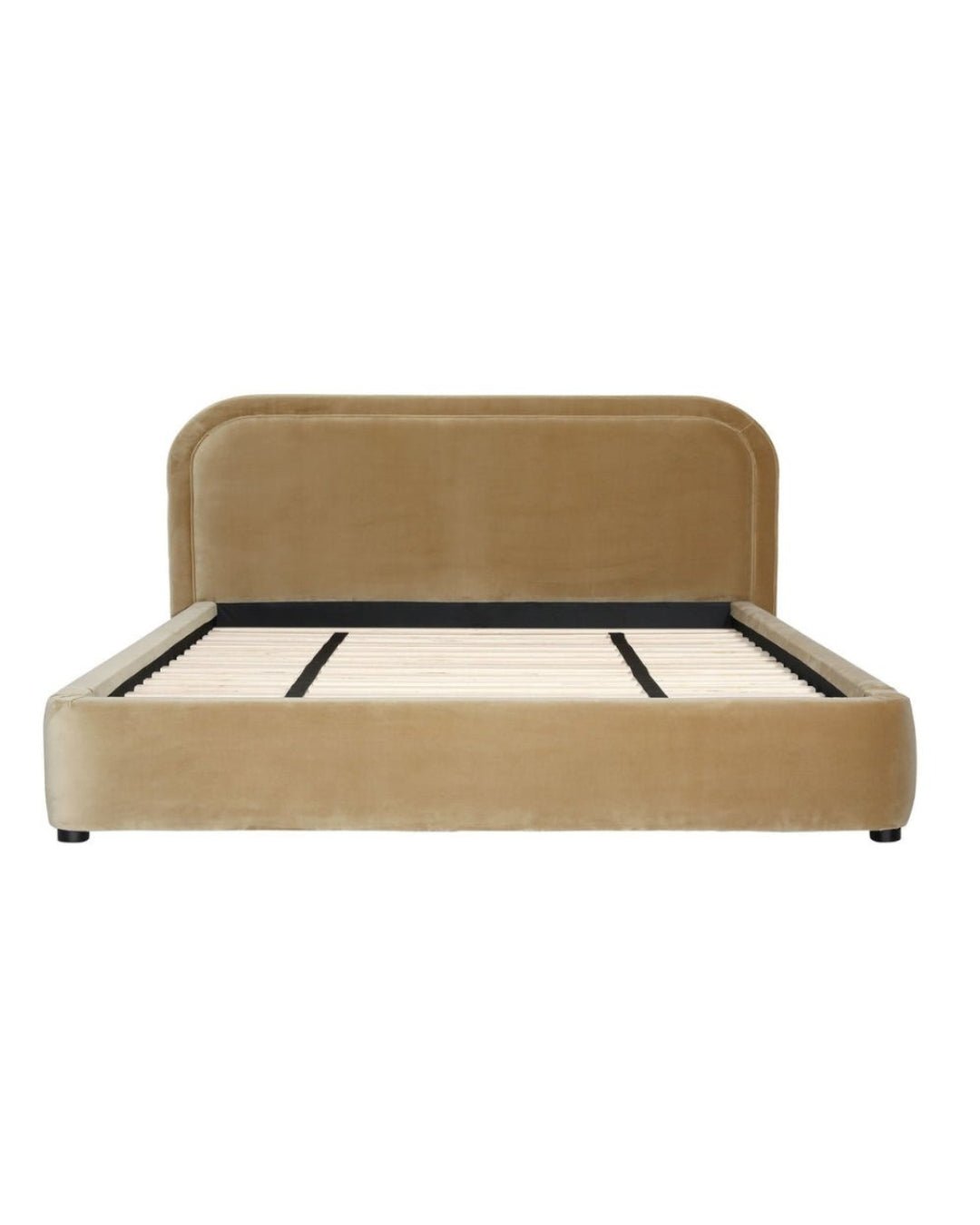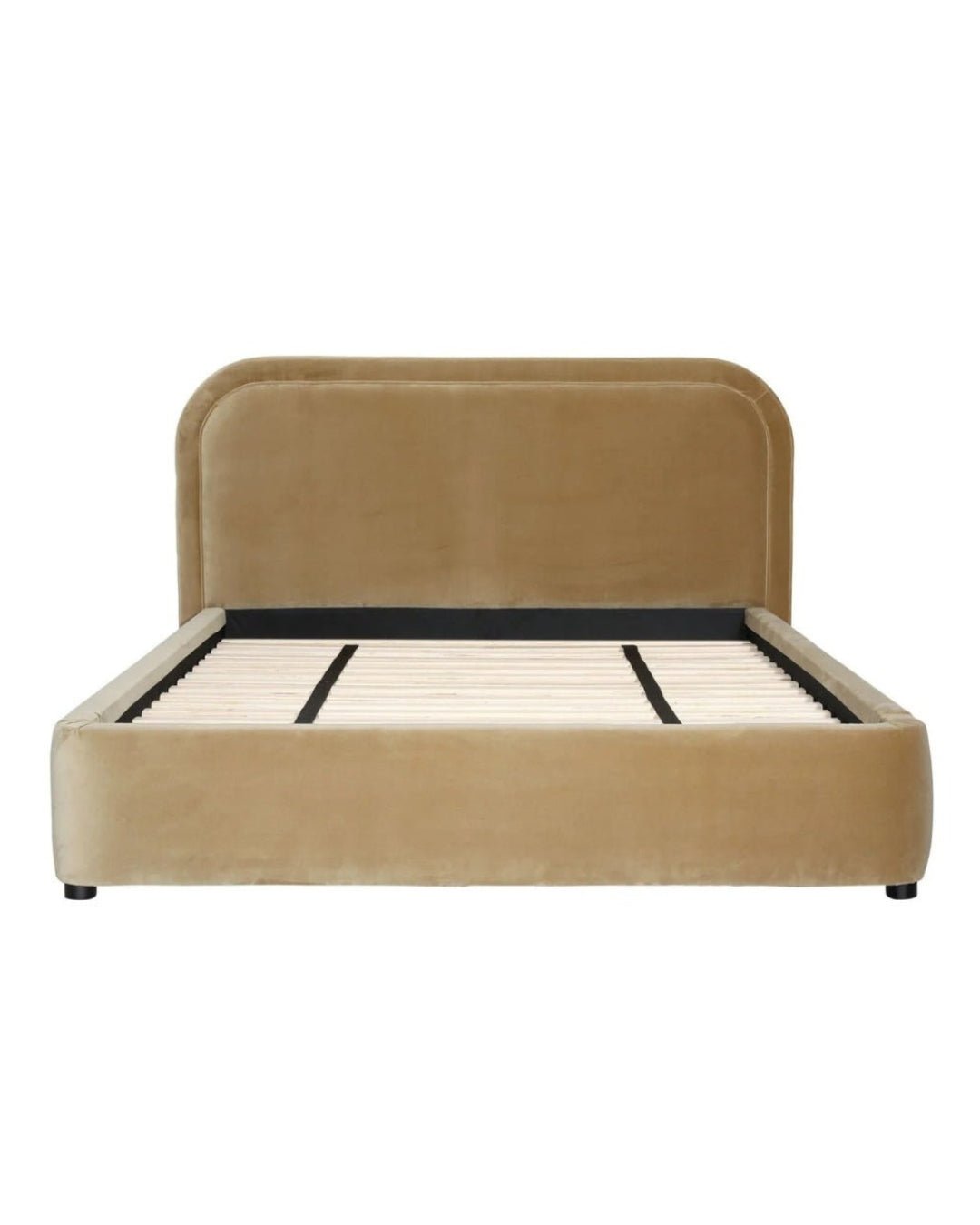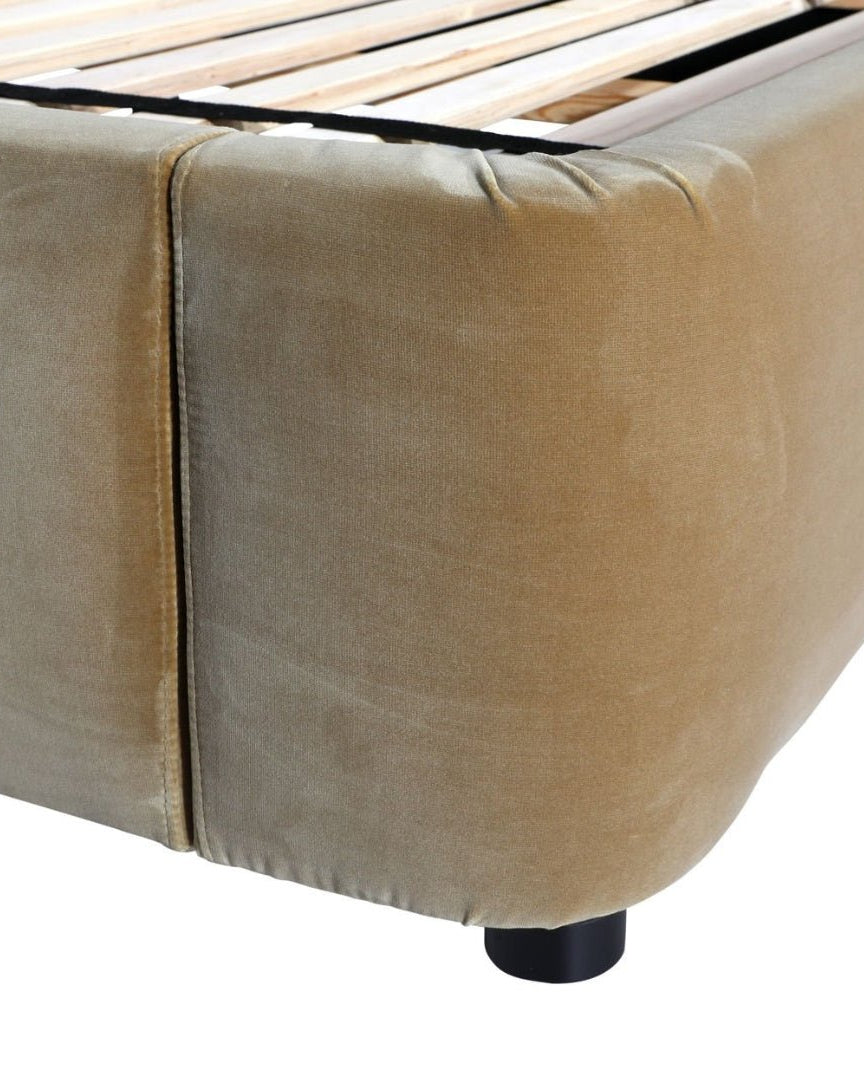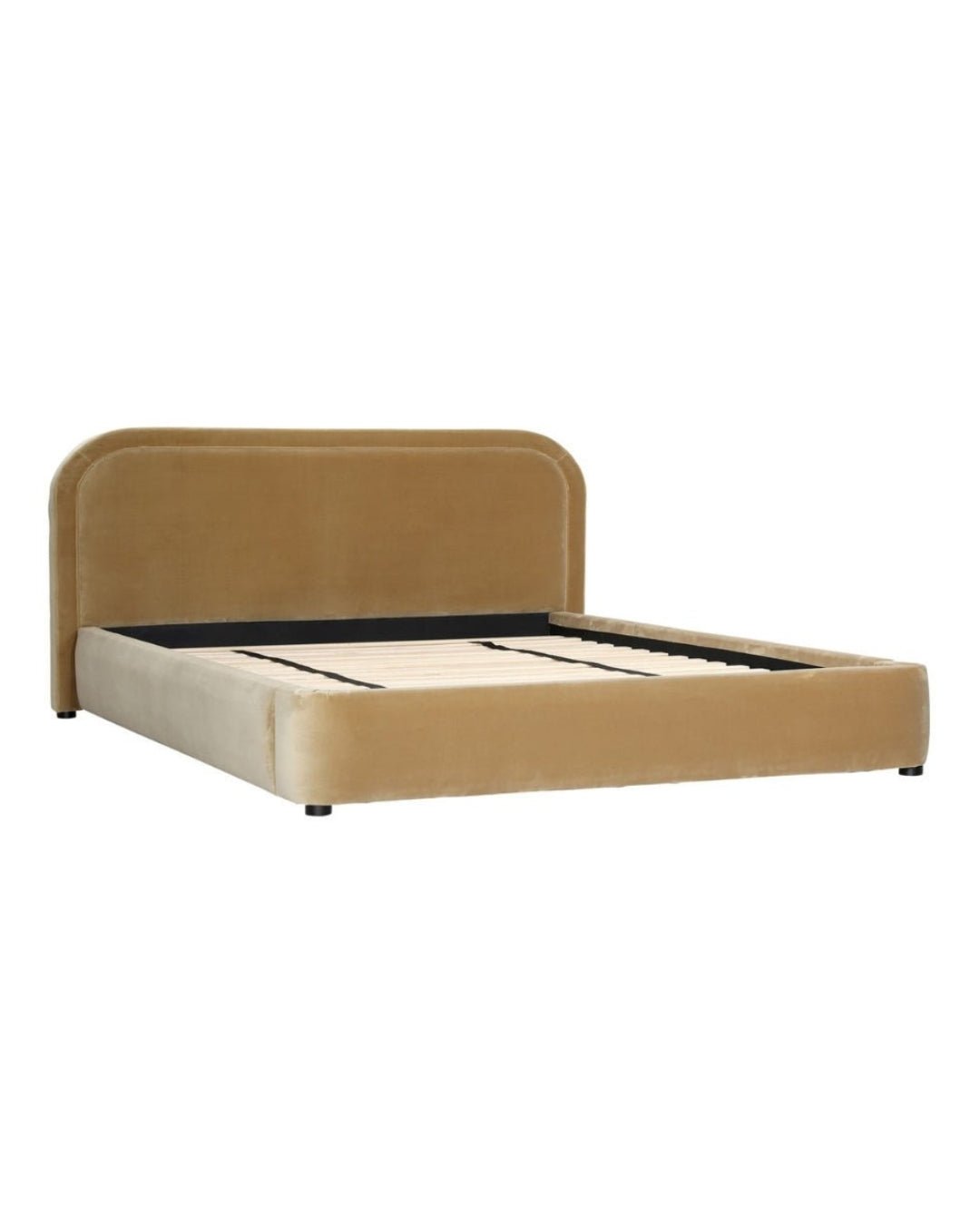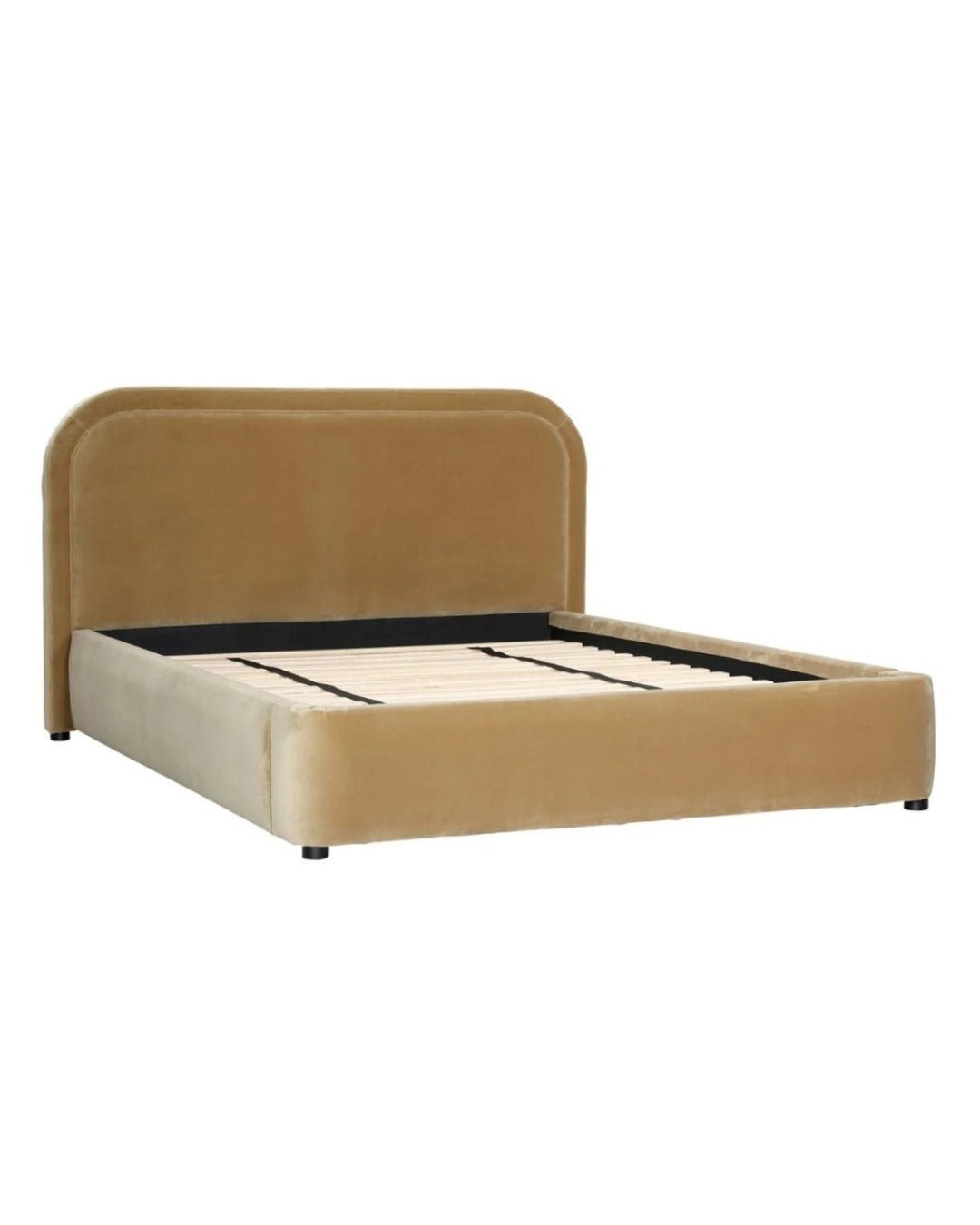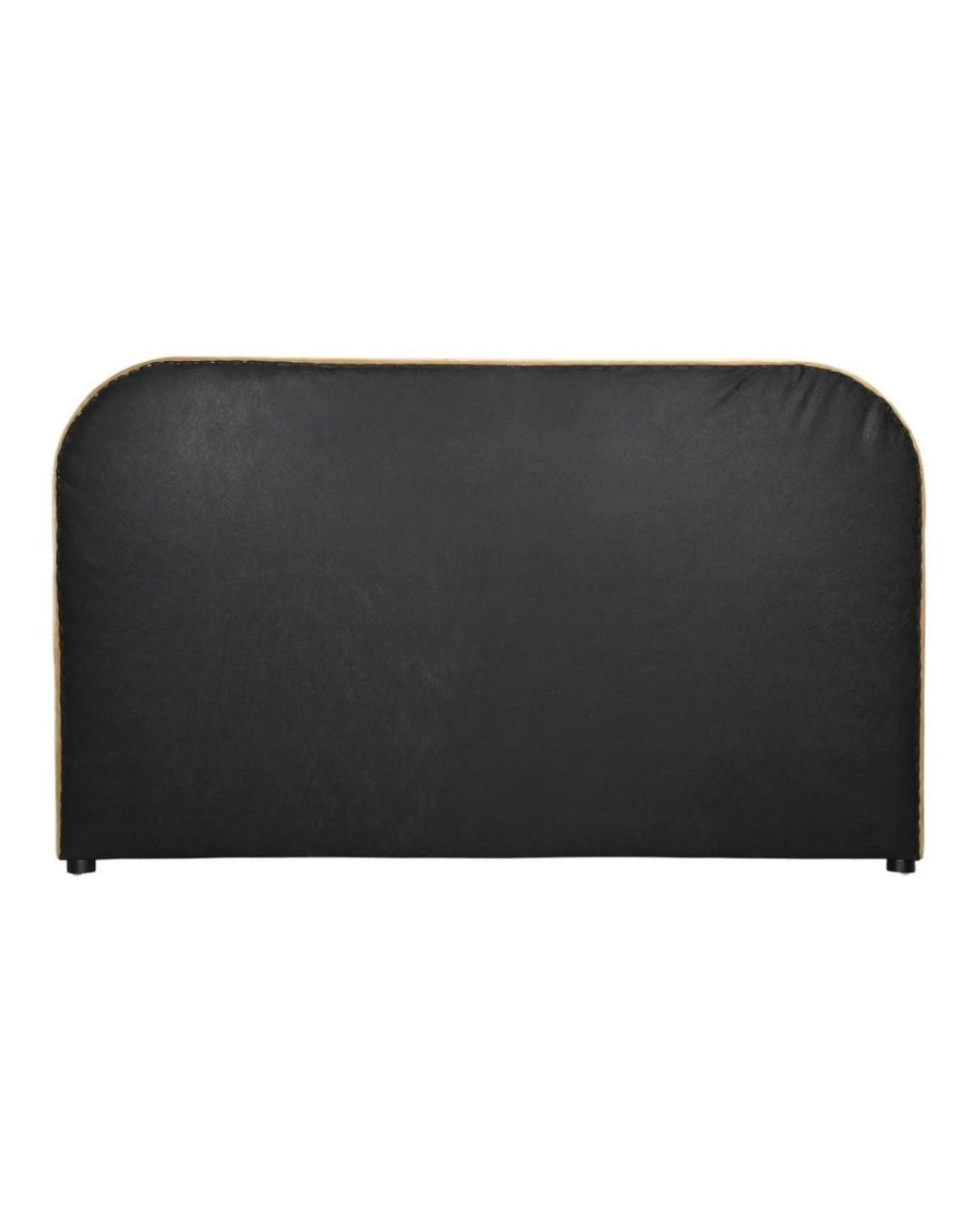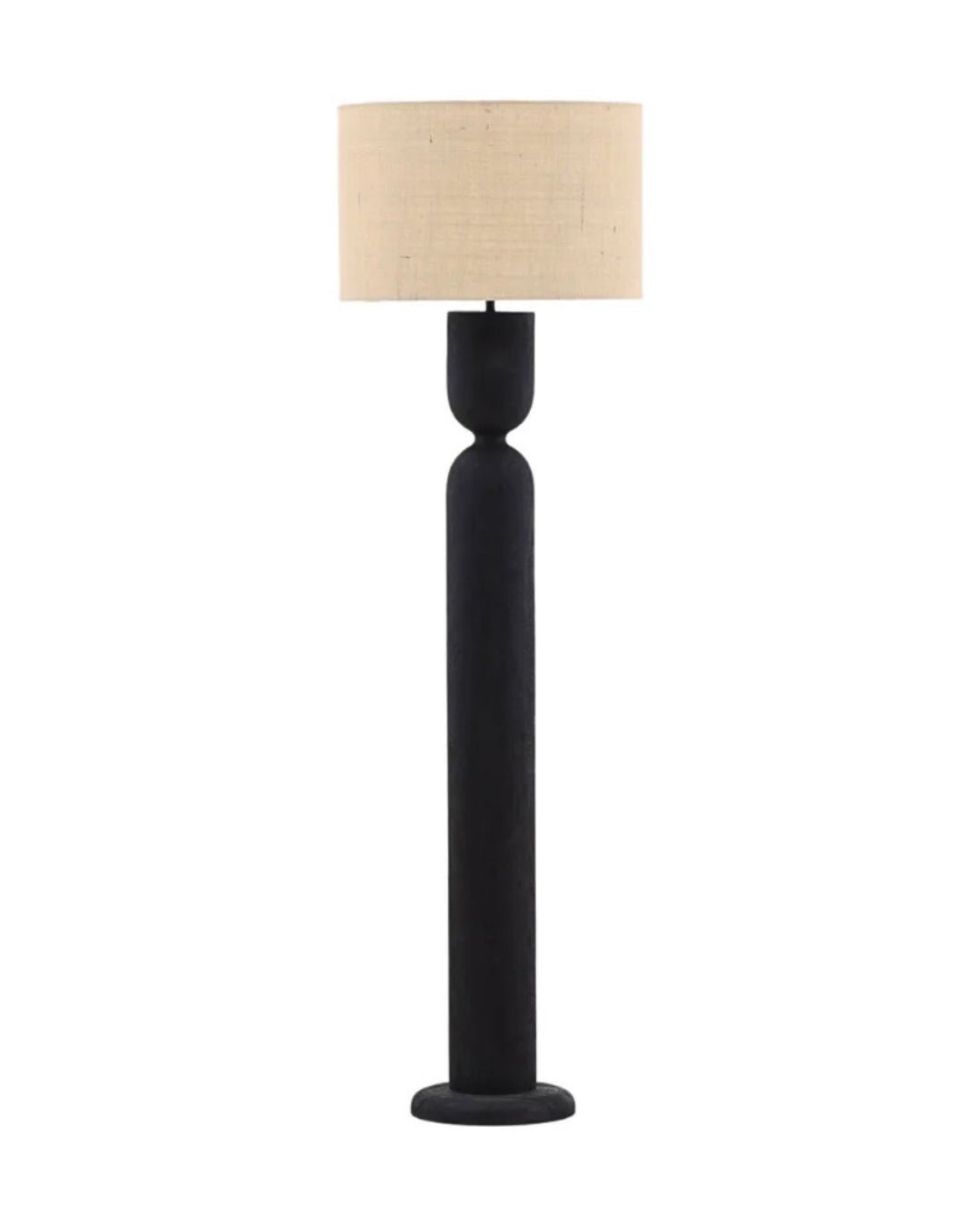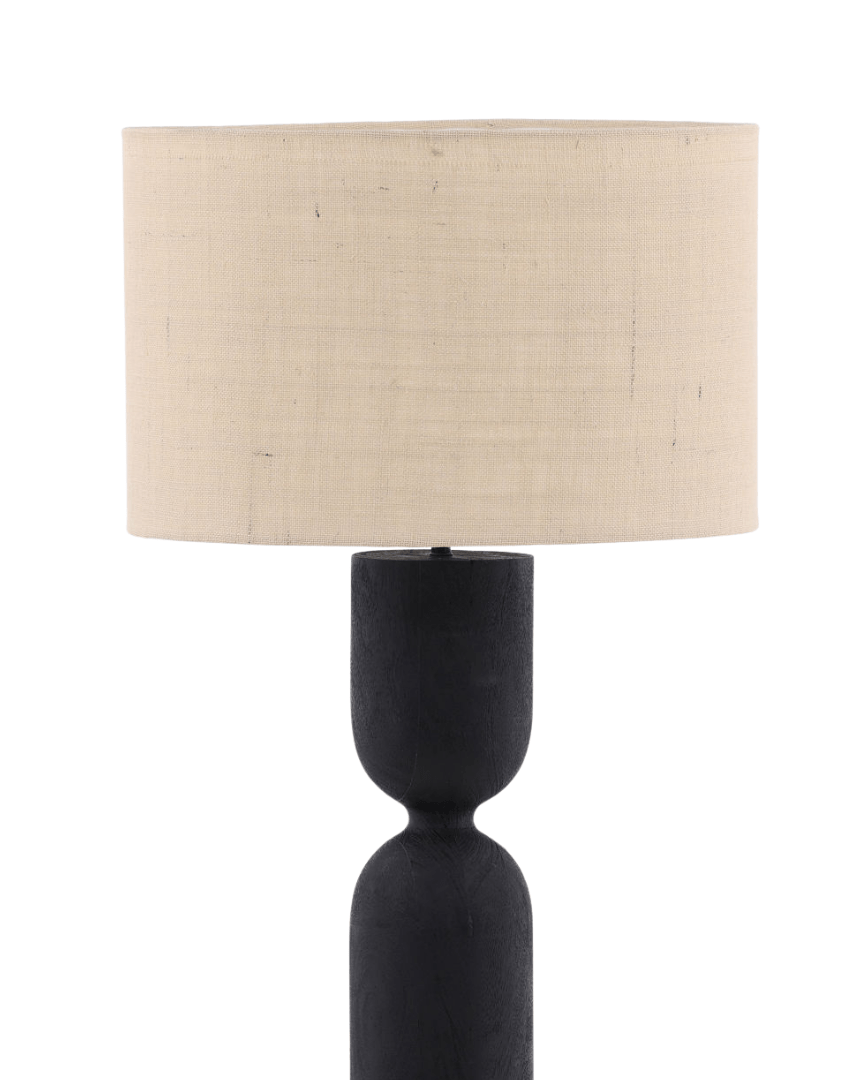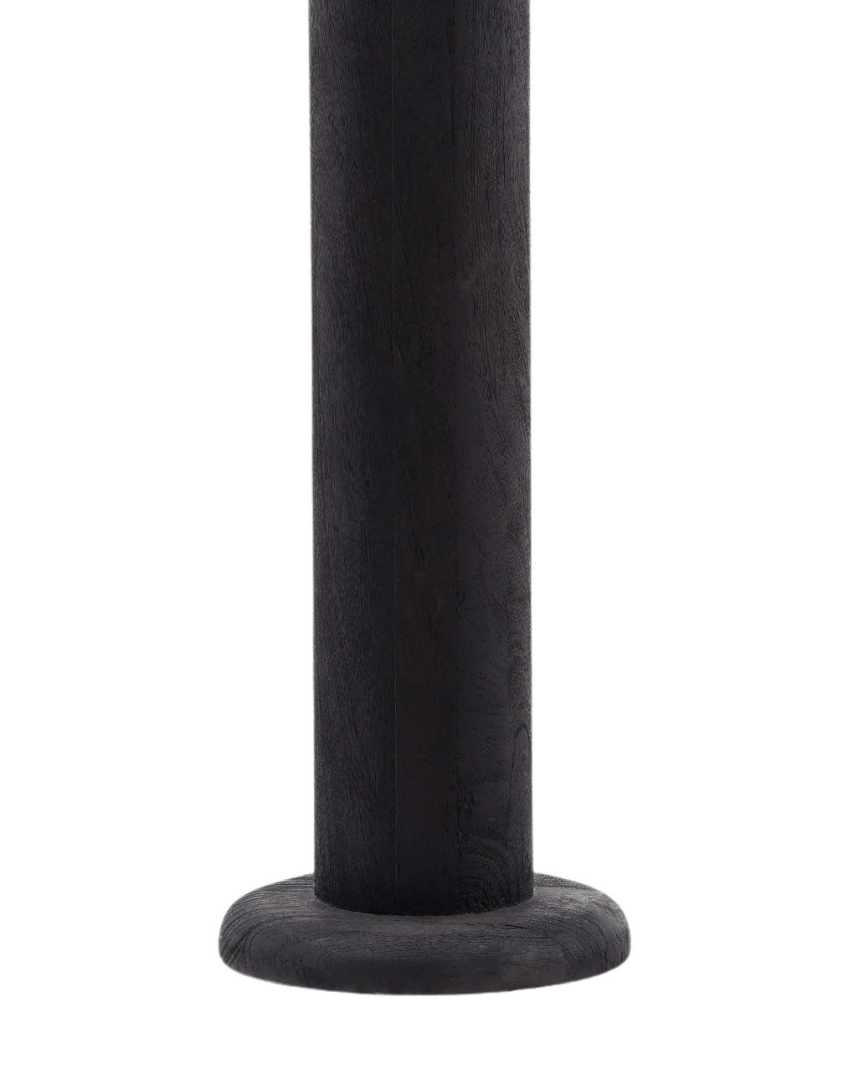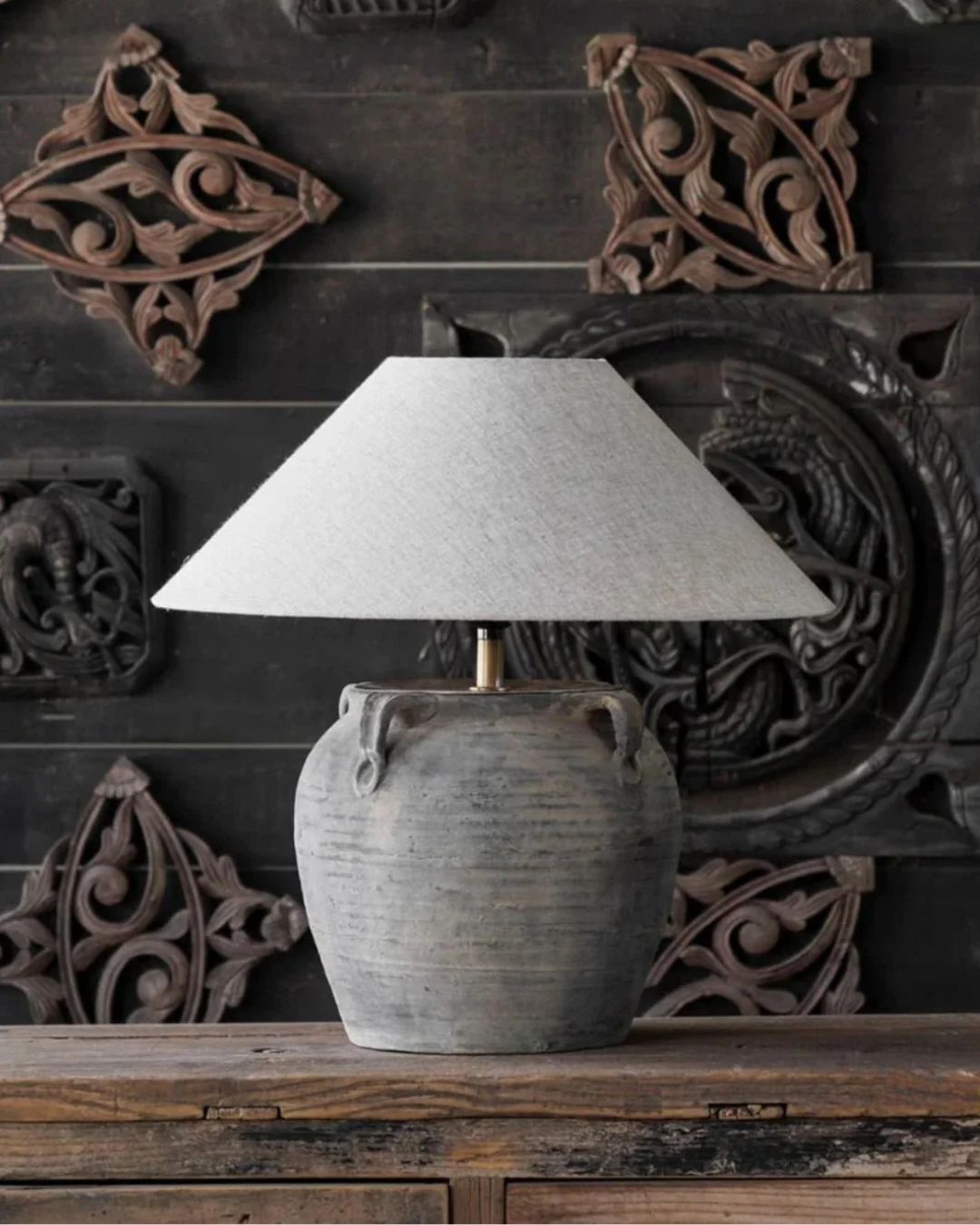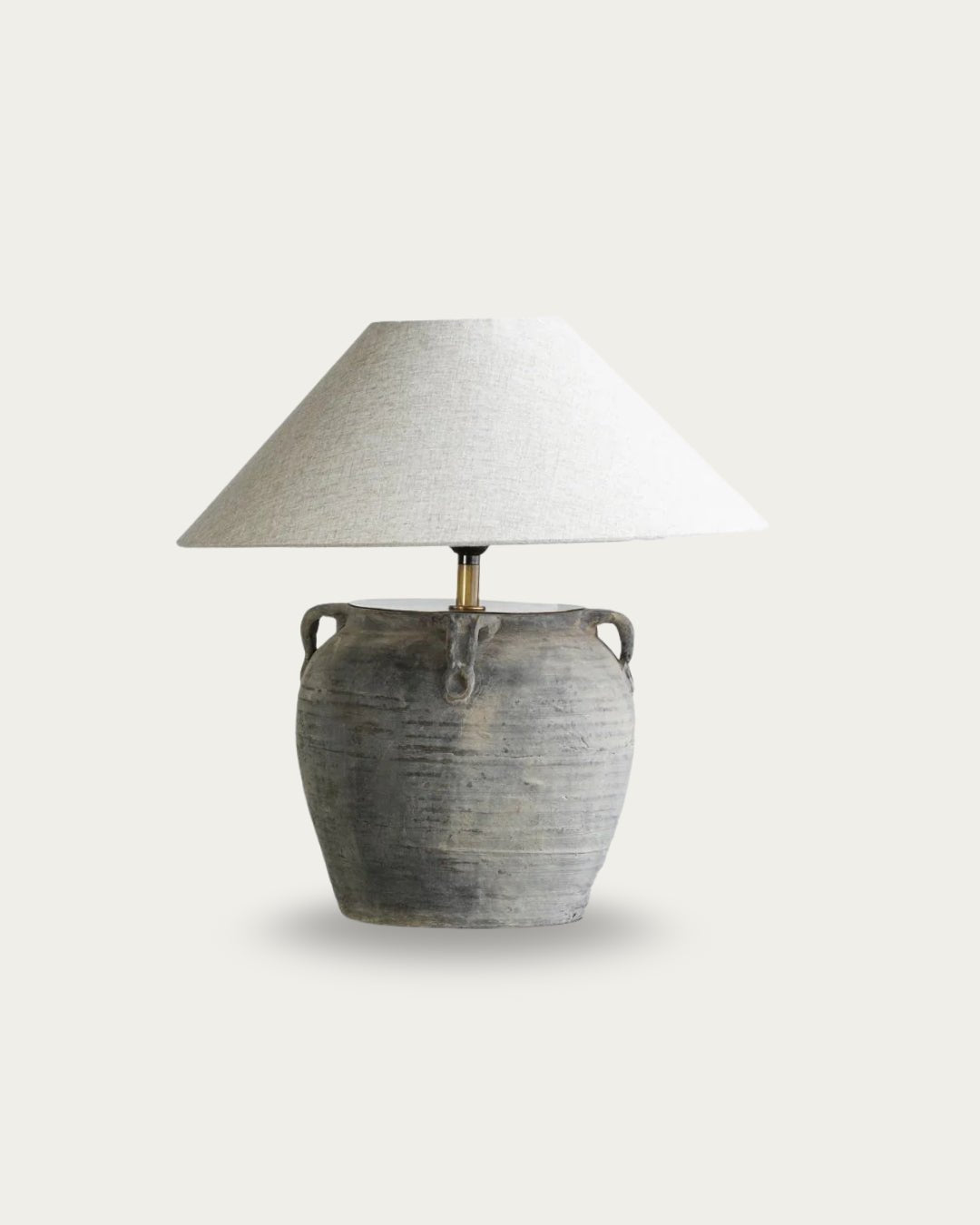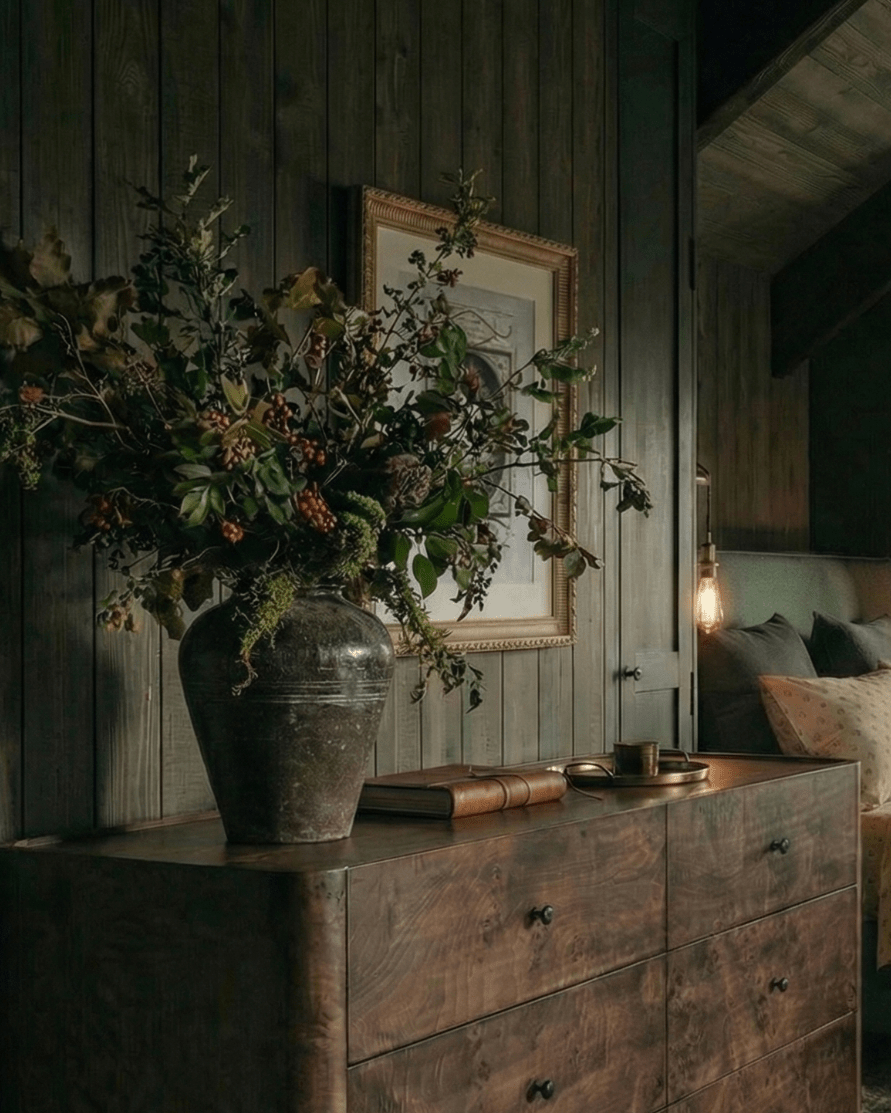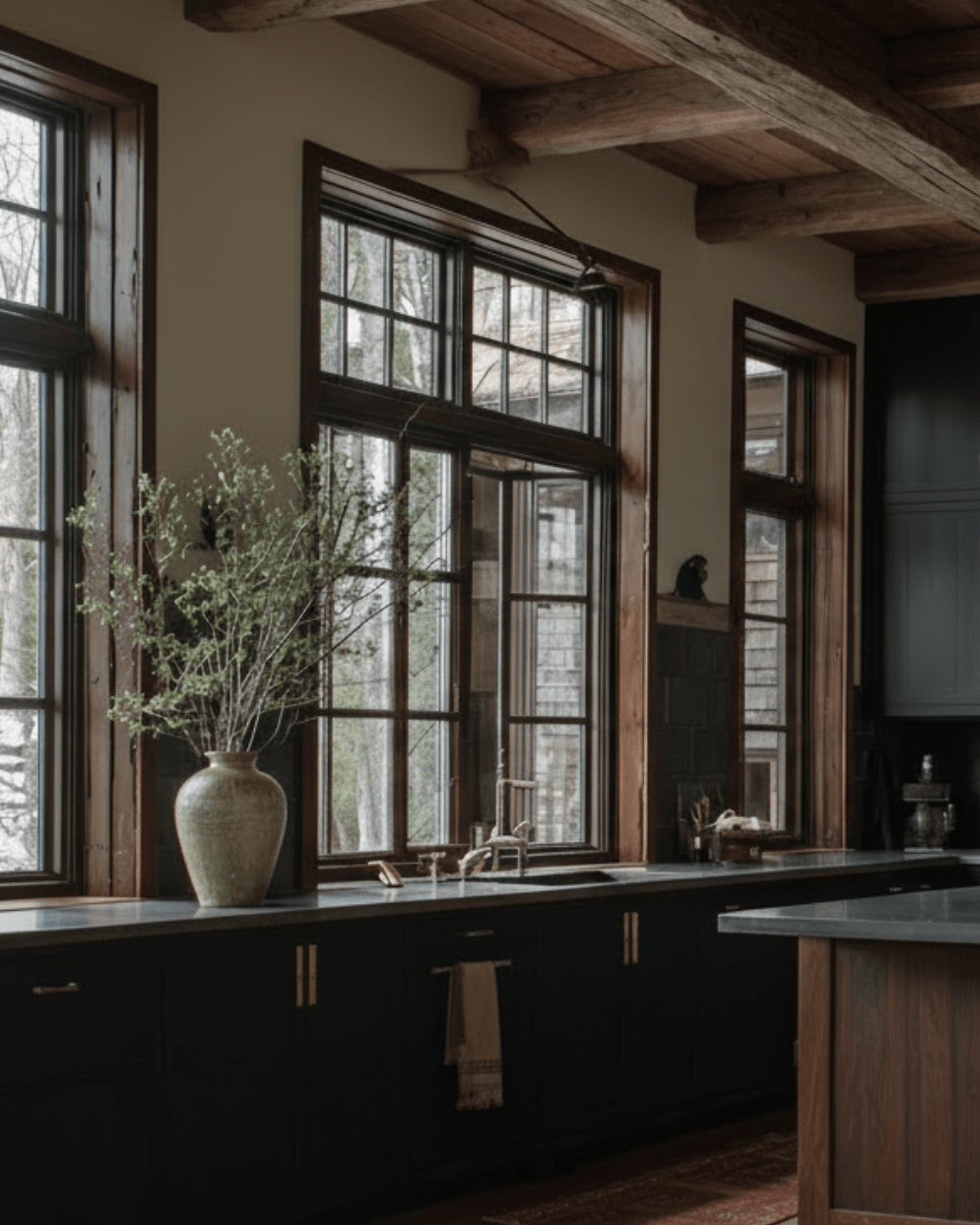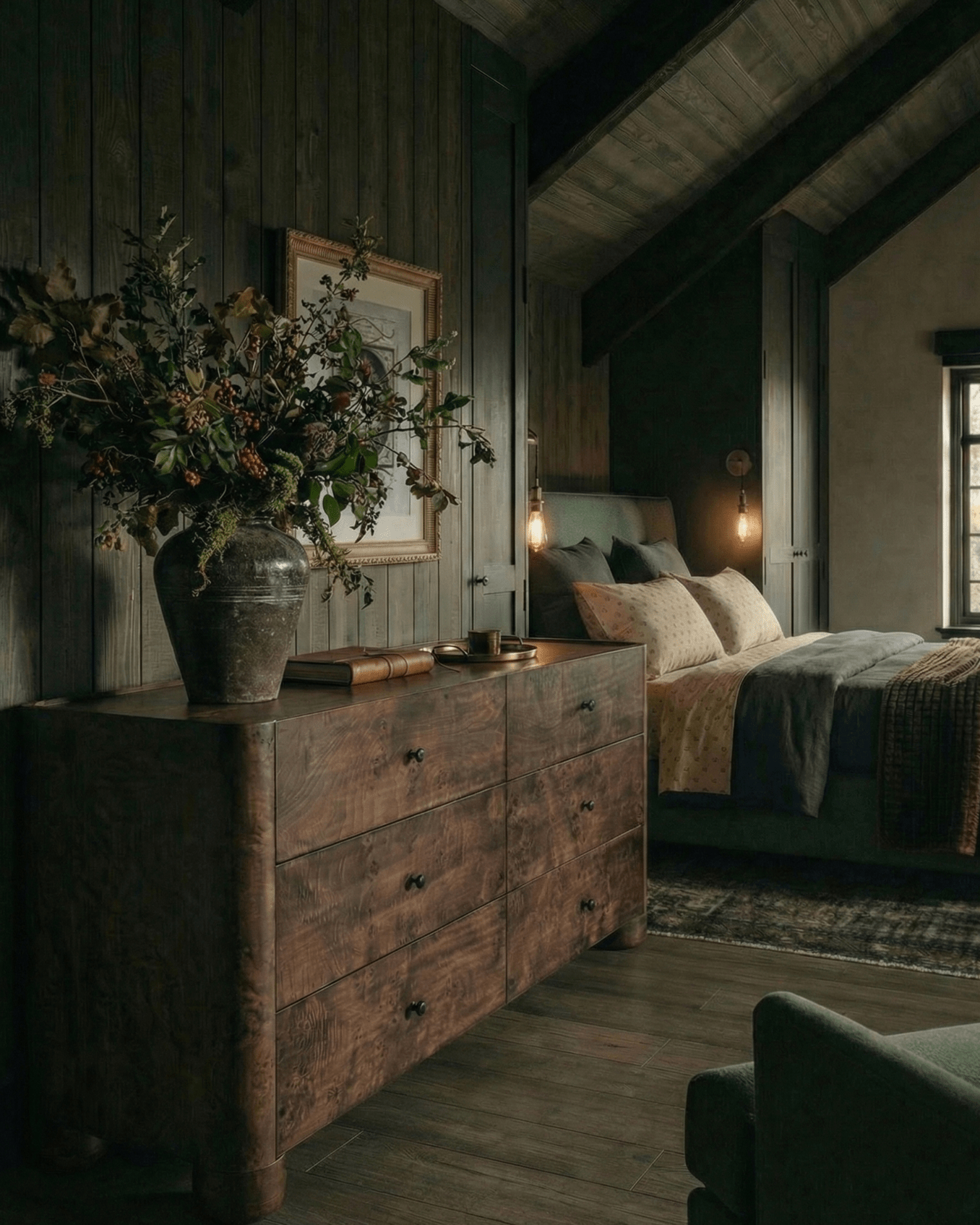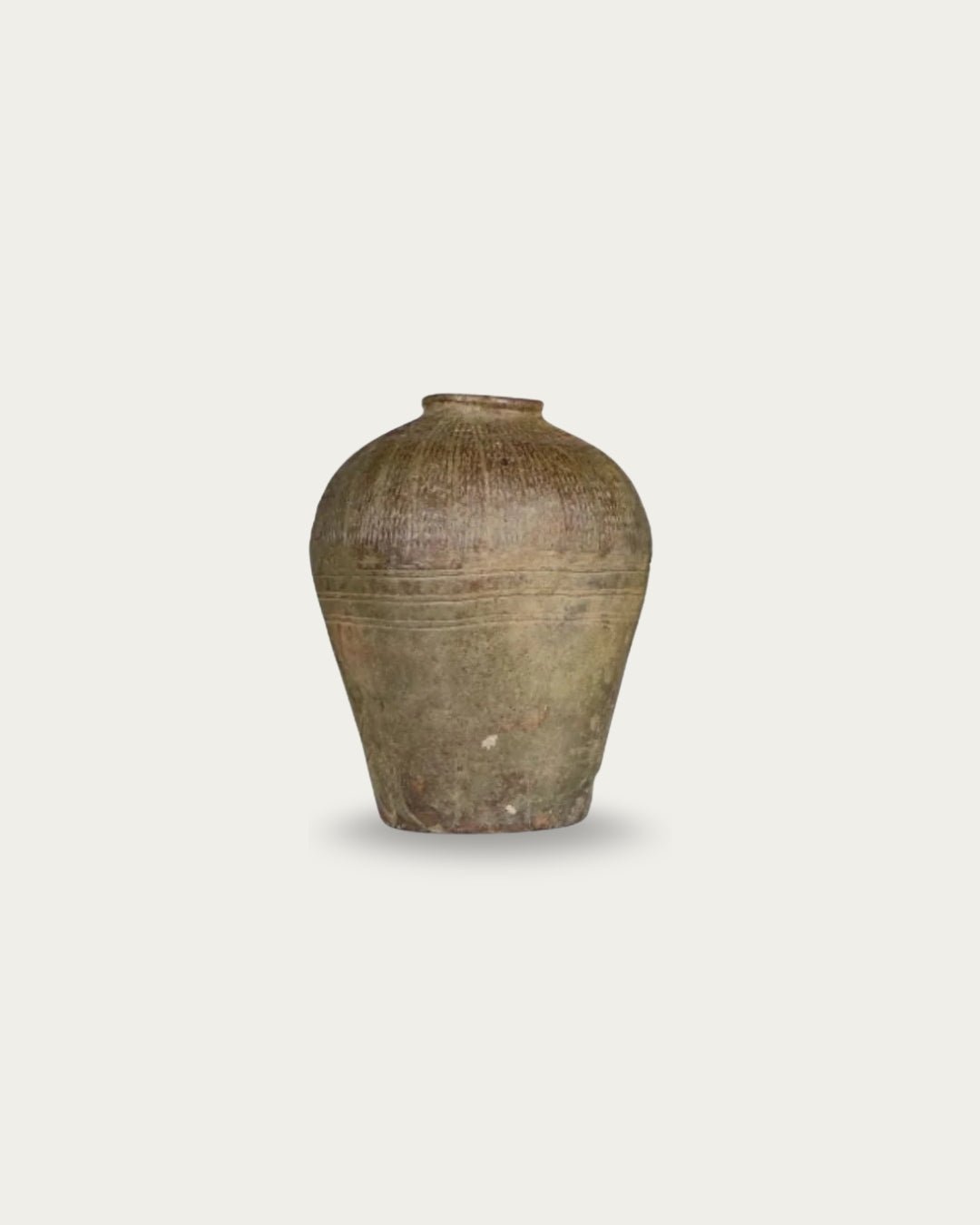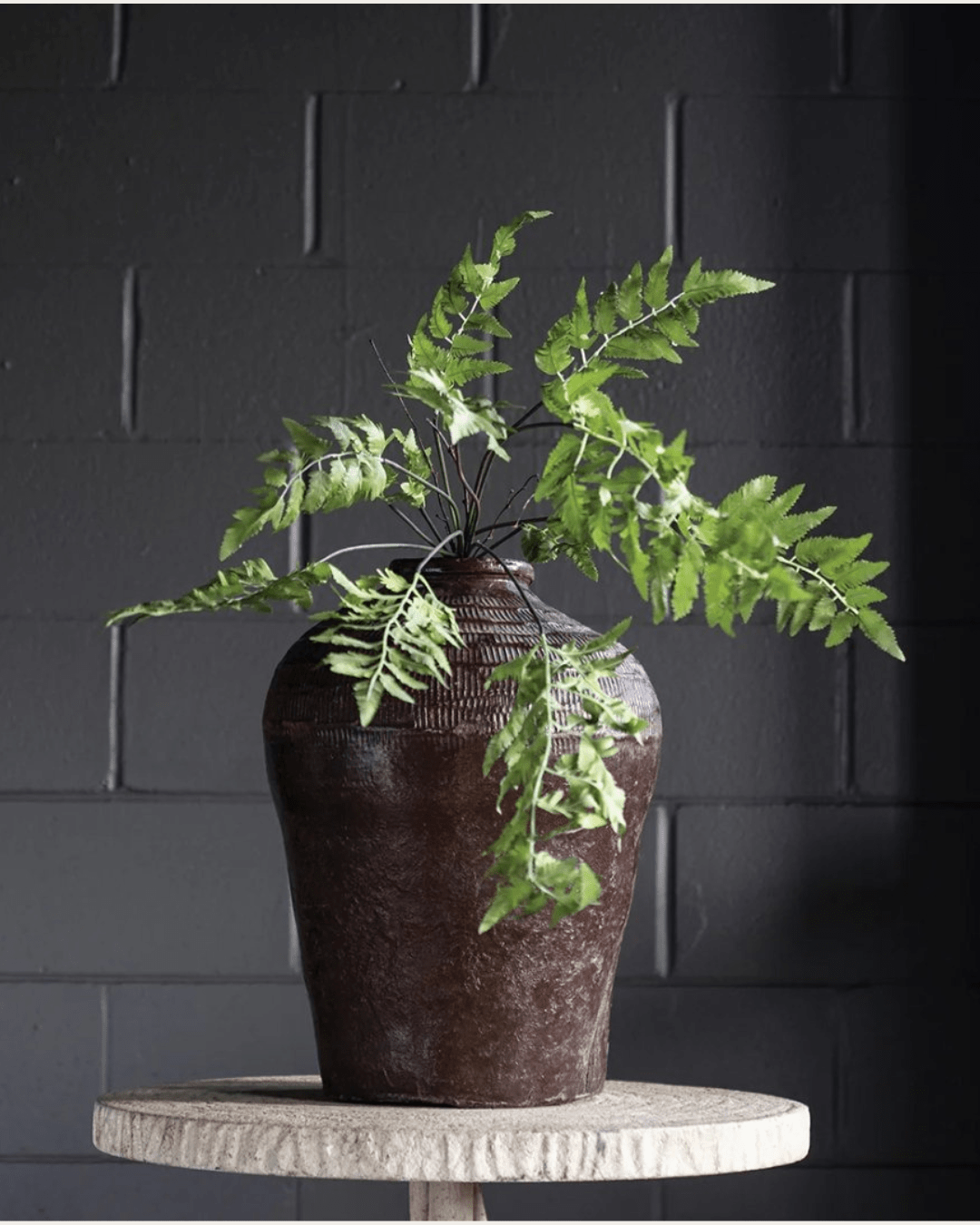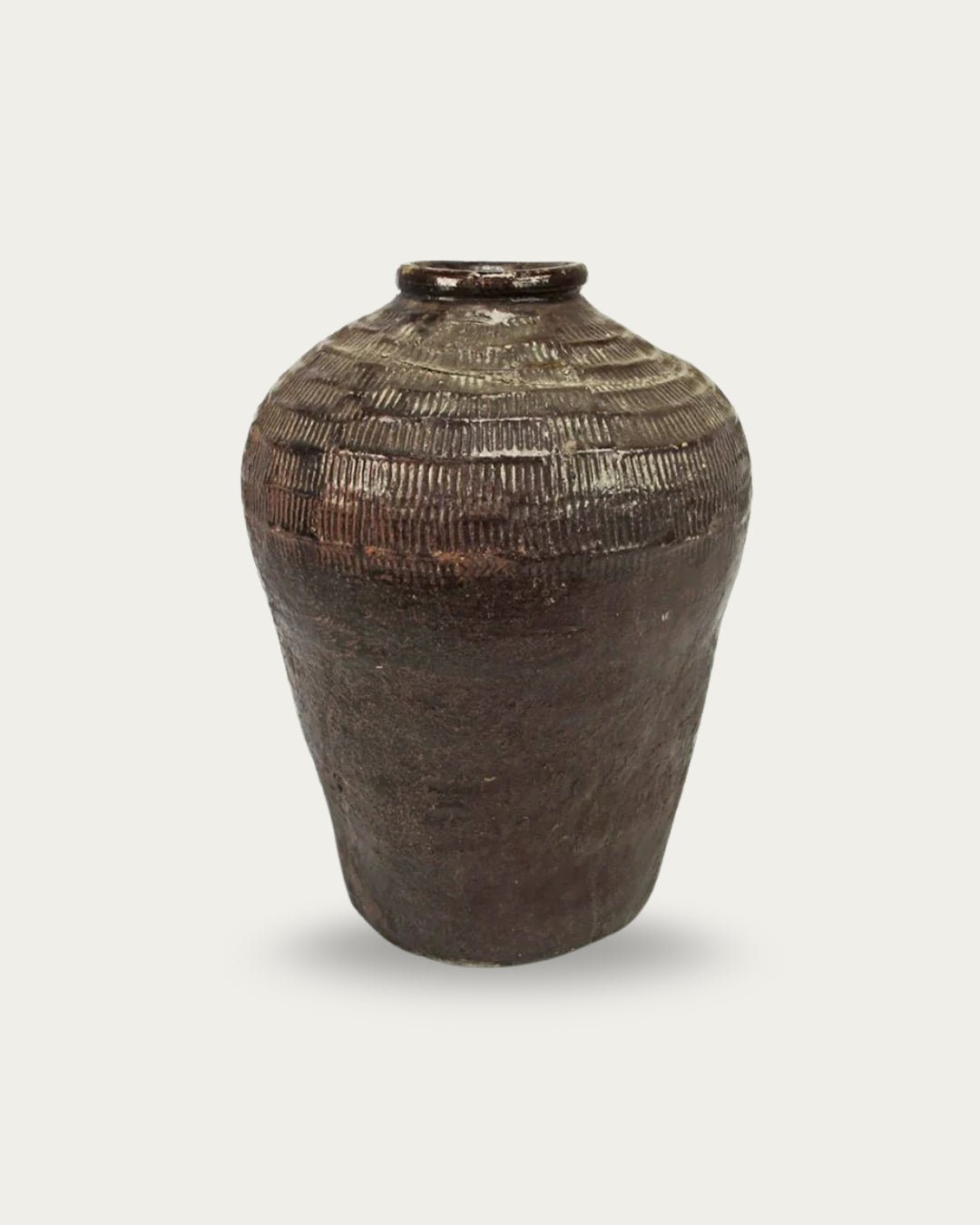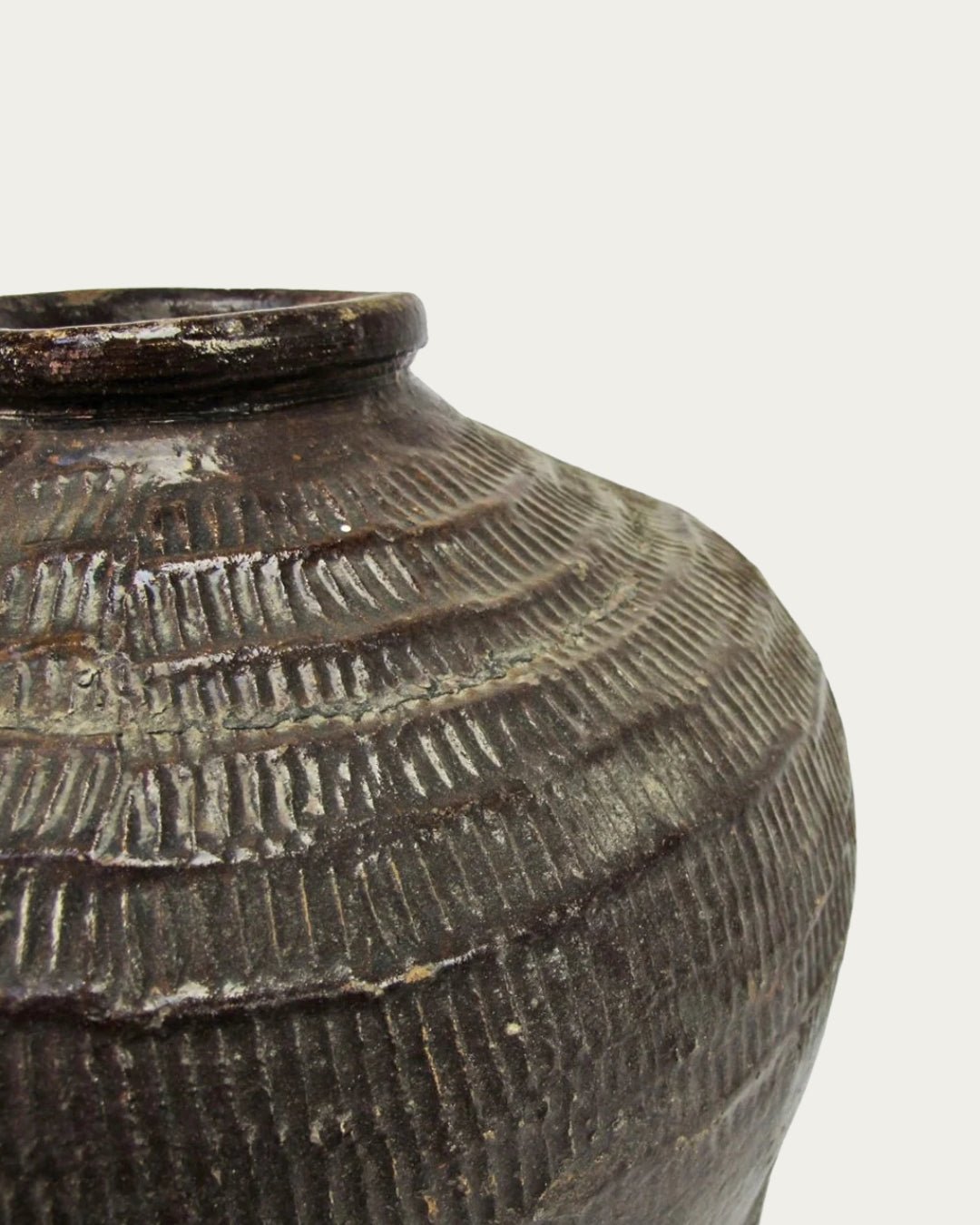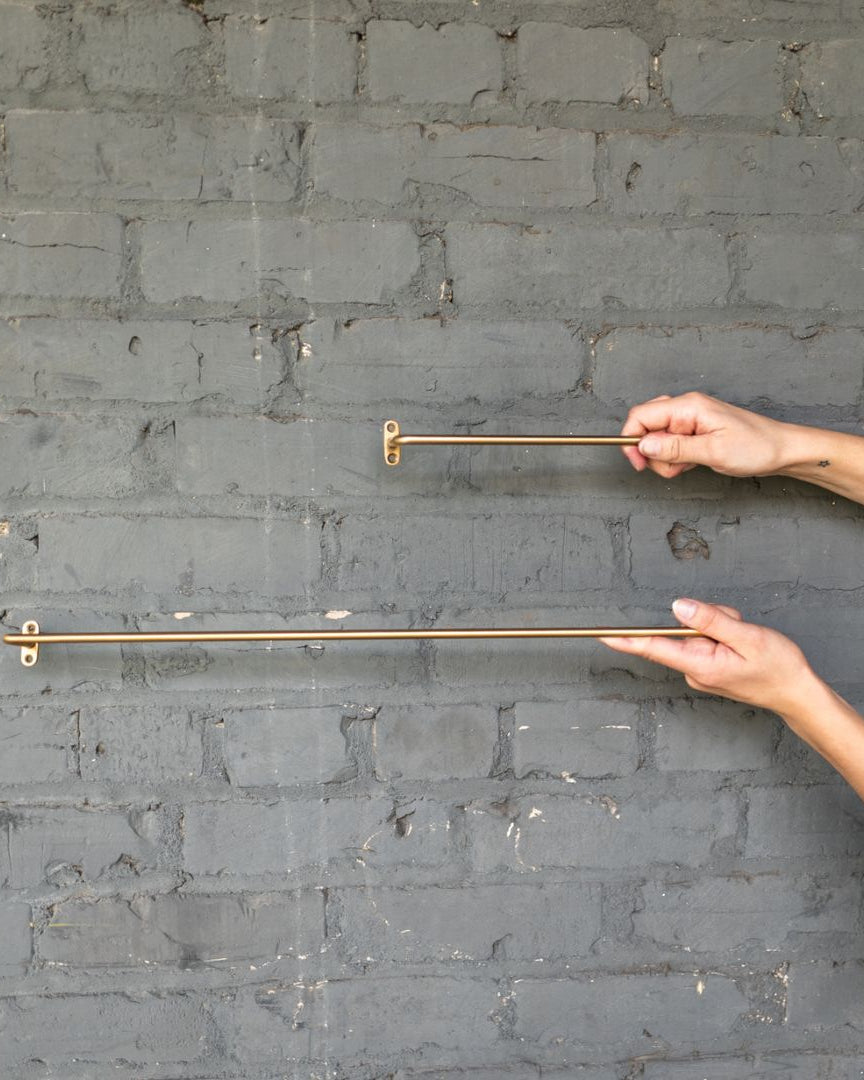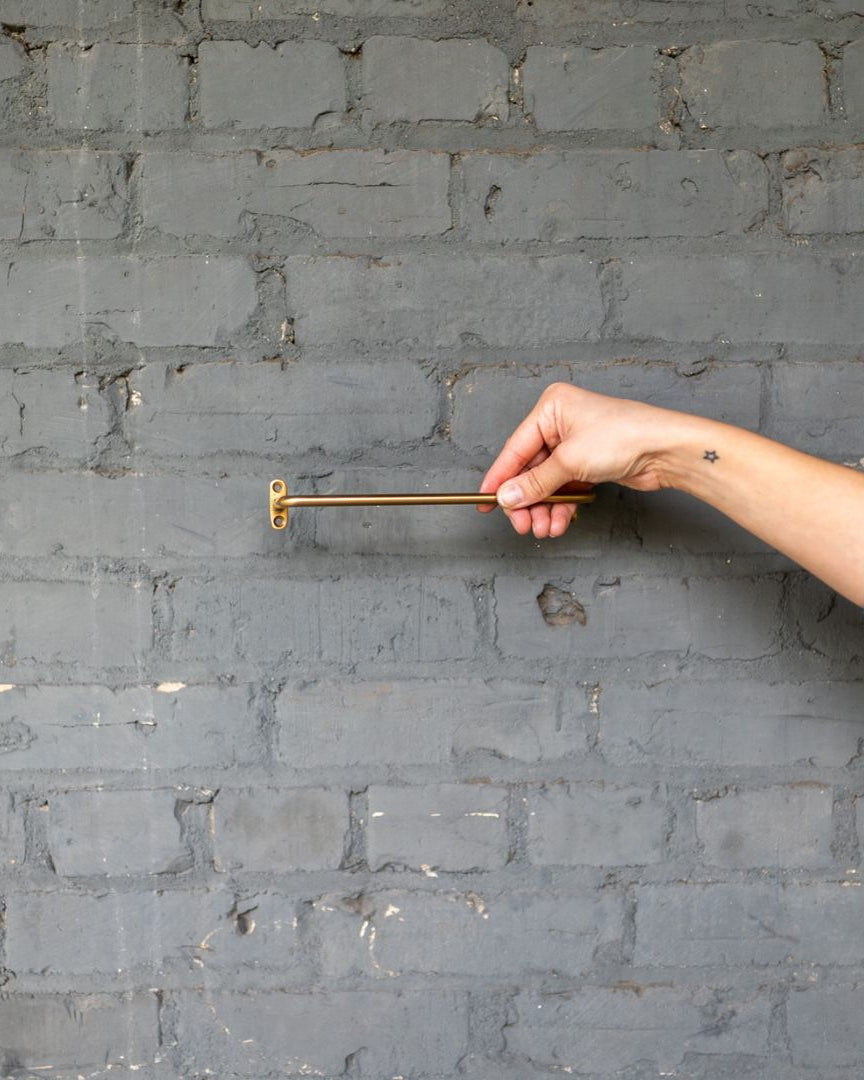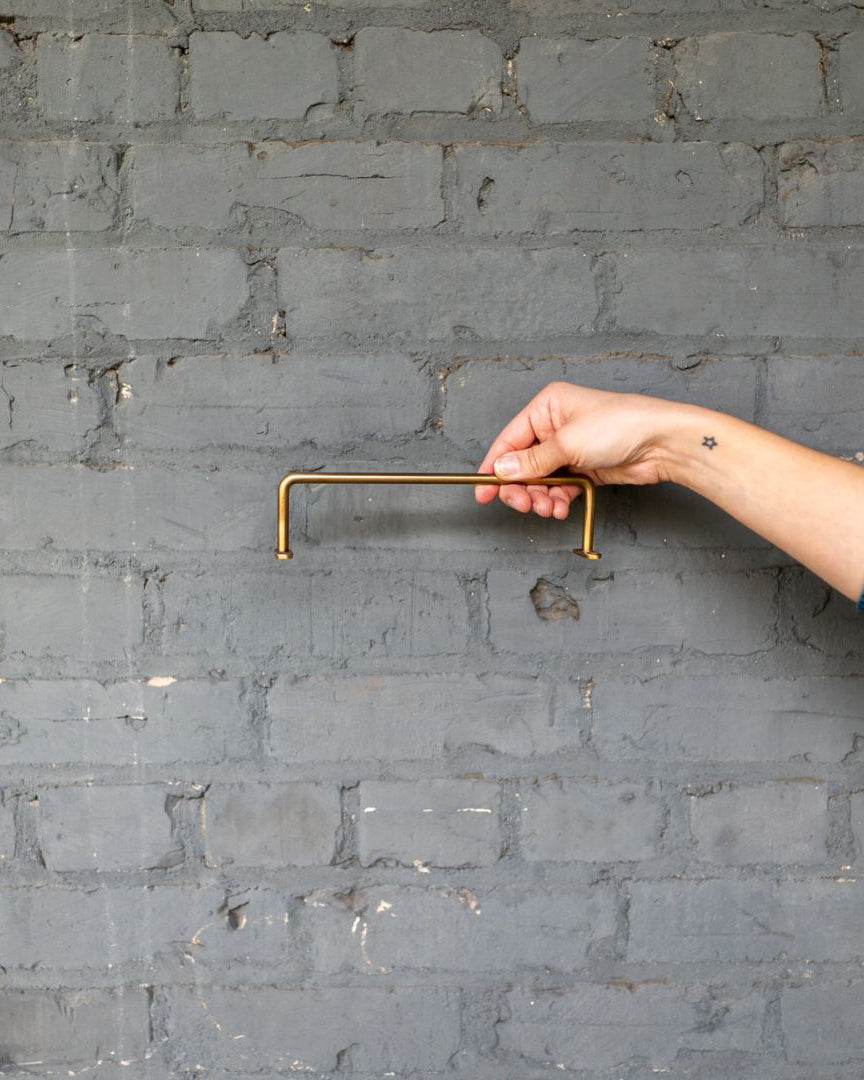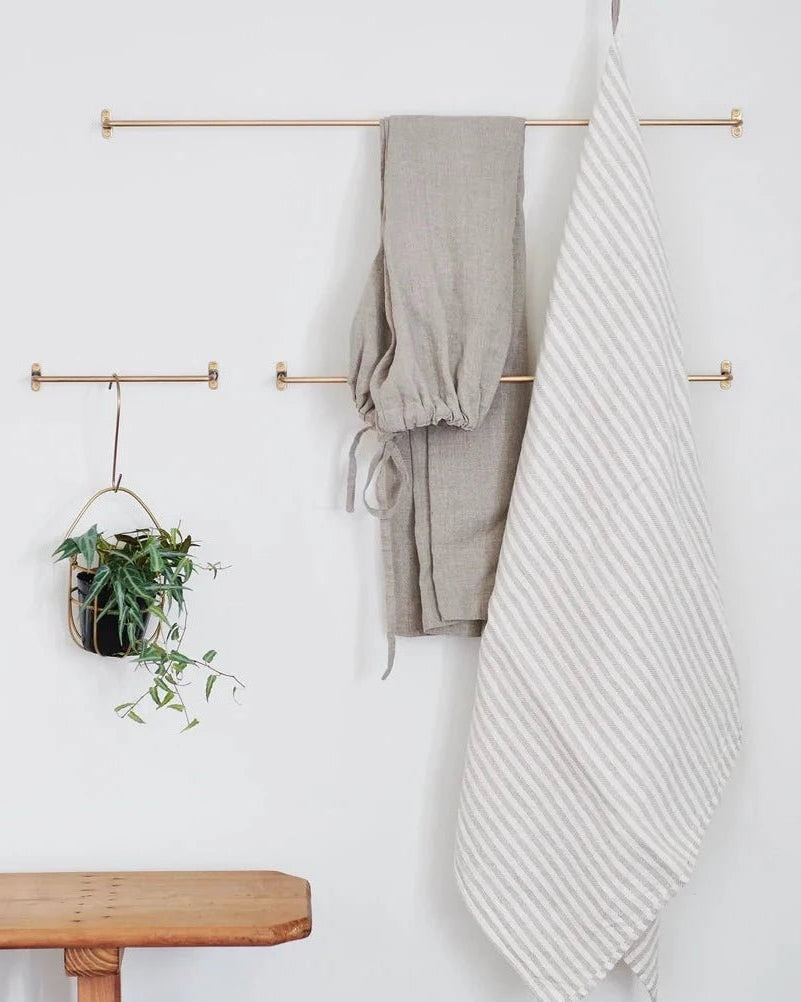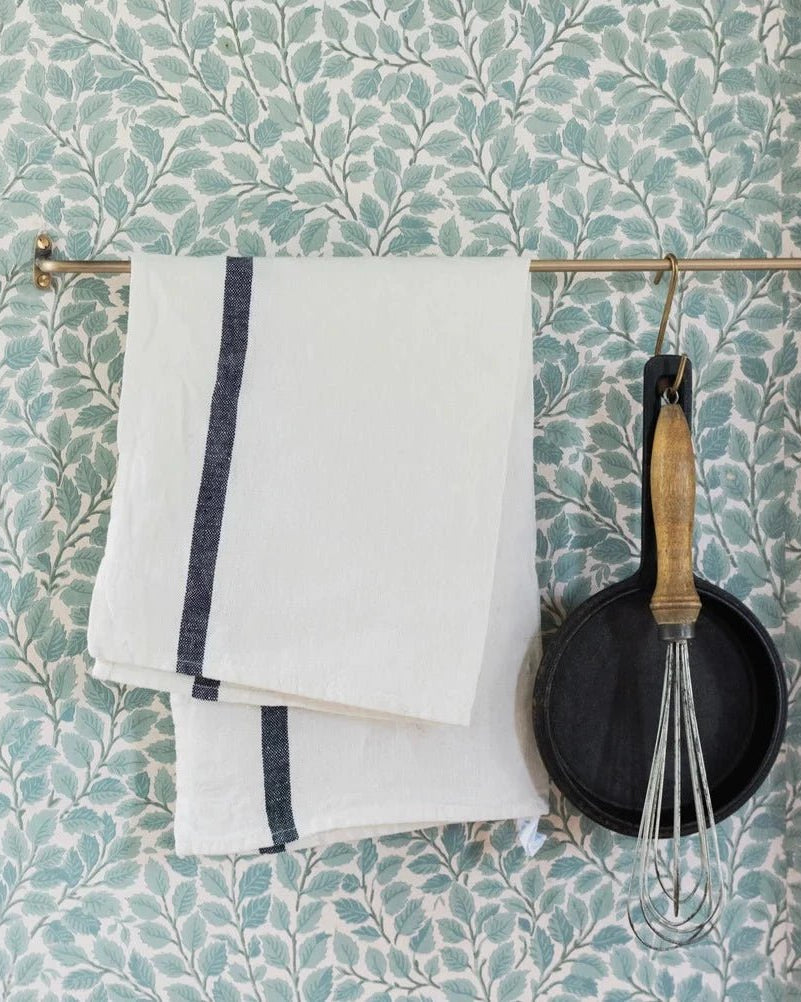The chair that sets the mood.

Some pieces sit quietly in the background. Others change everything. In the living room, accent chairs carry more weight than people give them credit for. They’re not just “extra seating” — they’re the objects that anchor a layout, soften the edges of a sofa, or shift the mood entirely.
Living room accent chairs aren’t accessories. They’re the punctuation in the sentence of a room. The period. The pause. The exhale.
What if the right chair could shift your whole room? Accent chairs anchor layouts, soften edges, and set the mood. From dark accent chairs to bold black designs, explore our living room accent chairs and find the one that defines your space.
Why Living Room Accent Chairs Matter
Without them, a room feels unfinished — sofa, coffee table, rug, done. But the right chair adds rhythm and proportion. It frames the space so the living room feels intentional, not accidental.
Low seating changes a room’s rhythm. That’s what the Rainor leather slipper chair does — its thick cushions and soft top-grain leather create comfort without crowding. The low profile keeps the space open while adding just enough weight to ground the layout.
On a nervous system level, accent chairs act like a resting point for the eye. They offer balance in scale and texture, which the body quietly translates as calm. It's a design that speaks in whispers.
The Psychology of Dark Furniture
Why Depth Feels Grounding
There’s a reason dark tones feel grounding in a room. The body interprets depth as safety — solid, weighted, secure. In a living room, dark accent chairs do the work of pulling energy downward, creating stability in a way pale tones can’t. Think of it like standing barefoot on the earth versus on a polished tile: one roots you, the other reflects you back.
When you introduce a dark chair into a space, you’re adding a visual anchor. It steadies the atmosphere, giving your nervous system permission to release tension. That’s why a single dark chair beside a sofa can make a room feel less scattered — it centers the layout without saying a word.
Black as Authority
Among dark hues, black accent chairs carry a particular authority. Black signals decisiveness, permanence, and structure. A black chair in the corner of a living room doesn’t disappear; it asserts itself. It says: this is where the eye can land, this is the pause point in the chaos.
That authority translates into emotional cues. Rooms with black furniture often feel more confident and collected, like someone has drawn a line of definition through the space. It’s not aggressive — it’s grounding through clarity. In a world of endless color options, black is the exhale.
Black furniture carries a decisiveness you can feel. Pieces like the Laneetra lounge chair, with hand-rubbed Italian leather and a slim iron frame, embody that kind of confidence. It doesn’t try to blend in — it defines the corner it occupies.
When to Lighten the Edges
Dark chairs can be powerful, but they need balance. Without contrast, they risk dragging a room into heaviness. This is where styling matters. Place a dark chair on a pale rug and suddenly the weight lifts. Add a throw in linen or boucle, and the surface feels less severe.
Your nervous system thrives on balance — a mix of depth and air, anchor and release. When styling living room accent chairs in darker palettes, think of it as a dance between shadows and light. The chair anchors, while the textures around it keep the energy moving.
Dark Accent Chairs: Grounding the Room
Caramel brown leather with a vintage patina instantly grounds a space — which is why the Igor brown leather club chair feels like a natural anchor in a living room. It’s the kind of piece that calls you to sit with a book or a late coffee and stay a while.
And then there’s the tall, wingback silhouette of the Hilda brown leather tufted chair. Upholstered in caramel-brown leather with subtle wear, it feels built for firesides and studies — structured enough to add gravitas, cozy enough to sink into.
Leather, boucle, or wood-framed dark chairs also add tactile cues. A heavy leather seat signals durability and presence; a deep boucle feels cocoon-like. Both tell the body: stay, you’re supported.
Creating Conversation Zones with Accent Chairs
The Angled Approach
A chair placed at a perfect 90-degree angle to a sofa often feels stiff, like furniture locked in place. But angle it slightly, and the mood shifts. The room becomes conversational, not confrontational. This is where accent chairs shine — they create the nuance that makes a space feel human.
The angled approach also works with nervous system cues. Sitting slightly turned toward someone else signals openness, while still offering the body the comfort of personal space. It’s subtle, but it changes the way conversations unfold in a living room.
A chair placed at a perfect 90-degree angle to a sofa often feels stiff, like furniture locked in place. But angle it slightly, and the mood shifts. The room becomes conversational, not confrontational. This is where accent chairs shine — they create the nuance that makes a space feel human.
The angled approach also works with nervous system cues. Sitting slightly turned toward someone else signals openness, while still offering the body the comfort of personal space. It’s subtle, but it changes the way conversations unfold in a living room.
Symmetry vs. Asymmetry
Two matching chairs flanking a sofa can feel polished and formal. One single chair off to the side creates informality and ease. Both work, but the choice changes the mood entirely. Living room accent chairs aren’t just functional; they’re tools for setting the tone of social interaction.
Asymmetry often feels more relaxed. It suggests flexibility, the kind of room where you can curl up with tea or sprawl with friends. Symmetry, on the other hand, signals order and intention — perfect for rooms where structure brings comfort.
Positioning Around Coffee Tables
Coffee tables act as social anchors, but chairs dictate how they’re used. Pull a chair slightly in, and it becomes part of the conversation circle. Leave more space, and the chair reads as a solo retreat.
Styling is about proportion here. A smaller side chair may sit closer without overwhelming the layout, while a bold club chair needs breathing room. Positioning is less about rules and more about creating an energy flow — one where your nervous system says: yes, this feels right.
Black Accent Chairs: Bold Statements in Quiet Rooms
There’s something about black accent chairs that feels definitive. They don’t just join the conversation — they set the tone.
Black frames and upholstery create sculptural silhouettes, especially when placed against lighter walls or rugs. They bring drama without noise, confidence without clutter.
Think of a black chair in three moods:
- Minimalist: A clean-lined frame that disappears until you sit in it.
- Moody Modern: Deep black leather or velvet paired with warm wood.
- Sculptural: Oversized arms or curves that become art in the room.
Not every black chair fades into the background. The Helvi accent chair, with its black teak frame and goat hide cushion, is unapologetically sculptural. Each variation in the hide makes it unique — a functional seat that reads almost like art.
Black doesn’t have to mean cold. When layered with throws, pillows, or natural materials around it, it becomes the grounding element that lets everything else breathe.
Styling Black Accent Chairs for Every Mood
Minimal and Modern
Sometimes a black chair needs no layers. A clean, sculptural silhouette sitting against a pale wall becomes its own artwork. Minimal styling works best when the room already has enough texture — the black chair then becomes the period at the end of the sentence.
This pared-down approach is especially strong in modern interiors. One black accent chair with no fuss communicates confidence. It says: this piece doesn’t need decoration; it’s already doing the work.
Textural and Layered
On the other end of the spectrum, black can also be softened. Add a sheepskin throw, a patterned pillow, or a boucle cushion and the entire energy shifts. Suddenly, what could have felt stark becomes enveloping.
Layering also introduces contrast, which keeps the nervous system engaged without overstimulation. Black paired with tactile softness reads as safe and approachable — the grounding weight of dark color cushioned by sensory cues of comfort.
Sculptural Statements
When a living room needs one bold anchor, something like the Oscar leather club chair holds the weight. Upholstered in rich chocolate leather, it has depth and presence, patina that will only deepen with time, and enough comfort to hold its role as both sculpture and seat.
These pieces work best in rooms that need a focal point. Instead of crowding a space with accessories, let one sculptural chair carry the weight. Your nervous system doesn’t need a dozen objects to process — just one strong presence that anchors the rest.
Styling Accent Chairs by Light and Texture
Texture changes how black reads in a room. Channel-tufted leather against sleek ashwood, like on the Gustav black leather chair, creates rhythm while keeping the palette moody. Place it under a lamp and the shadows highlight every line of stitching.
The same silhouette can soften when reimagined in fabric. The Gustav chair trades leather for upholstery but keeps the mid-century frame. It’s lighter, warmer, and shifts the conversation from serious to approachable.
Balance Through Contrast
Pairing a dark or black chair with lighter textiles creates visual rhythm. A caramel sofa against a black leather chair feels bold but balanced. A pale rug under a dark accent chair stops it from sinking into the floor.
The Role of Lighting
Place a lamp beside a dark chair and watch the mood shift. Pools of light on leather or boucle change the way texture reads — suddenly the piece is less about “darkness” and more about depth.
And if the chair holds the weight, lighting does the shaping. A single lamp can carve out intimacy, spotlight texture, or turn a corner into a comforting space. Explore our lighting collection to see how the right glow transforms a room.
Layering Comfort
Even the boldest black chair softens with the right layers. A sheepskin draped over the back, a patterned pillow tucked into the corner, or a textured rug beneath it — these add the sensory cues that tell the body: sit, stay, rest.
Accent Chairs Across Rooms (Not Just the Living Room)
Bedroom Corners
Bedrooms benefit from a “third zone” beyond the bed and dresser. Place a dark or black accent chair in a corner, and you suddenly have a ritual spot for reading, journaling, or easing into rest.
This isn’t about adding clutter. It’s about creating a small, intentional pause in the room — a place where the body learns it can downshift. A bedroom chair becomes less about design and more about regulation.
Bedrooms deserve more than just a bed and dresser. A high-backed piece like the Molly lounge chair creates a corner for reading or winding down. Its rounded back and arms wrap you in softness — exactly what the body wants at the end of the day.
Entryway Anchors
Entryways are often overlooked, but a single accent chair can change the flow. It becomes a literal pause point: the place you sit to remove shoes, drop a bag, or transition from outside to inside.
First impressions matter. An antique-finished piece like the Borje accent chair brings presence into an entryway without overwhelming it. The armless design and brass button details make it feel like a nod to the past — an instant pause point as you walk in.
A dark accent chair in this space does double duty. It grounds the energy of the entry while also offering function. Instead of a purely decorative bench, you have a piece that communicates welcome and support.
Studies and Libraries
Leather club chairs are natural fits for studies or libraries. They bring gravitas to the space, signaling quiet concentration and depth. A black or dark brown chair paired with a side table practically demands a book and a glass of wine.
Studies call for depth, and the Vendela leather accent chair delivers with real leather stretched over a teak frame. Its low-slung silhouette invites long reading sessions, blending comfort with quiet authority.
Here, the chair isn’t just seating. It’s mood architecture — shaping the way you experience the room.
Vintage and Artisan Accent Chairs
The Patina of Time
Vintage pieces carry weight beyond their form. Scratches, softened leather, and worn edges all speak of lives lived before yours. In a living room, a vintage accent chair becomes more than a seat; it’s a story.
Patina has a regulating effect too. Your nervous system reads those marks as familiarity, as proof that the chair has endured. In a world of pristine surfaces, age is grounding.
Handmade Touch
Artisan-made chairs add another layer of resonance. When you see the joinery, the stitching, the evidence of a maker’s hand, the piece feels less manufactured and more personal.
Some pieces carry stories in their details. The Snorri accent chair, with its textured fabric and gently sloping arms, bridges vintage lines with modern practicality. It’s understated but memorable, a chair that blends in until you sit — and then it surprises you.
These chairs are conversation starters — not just for guests, but for yourself. They remind you that home can be both beautiful and human, not just styled for a photograph.
Collectible Potential
Accent chairs are small enough to experiment with but substantial enough to become heirlooms. Choosing well-built chairs in dark leather, boucle, or wood means you’re investing in pieces that last across style shifts.
They’re collectible in the best sense — not because they’re rare, but because they’ll still feel right decades from now. A good chair ages with you.
Accent Chairs as Ritual Spaces
Morning Light Corners
Place a chair near a window, and it becomes a ritual in itself. Morning coffee tastes different when taken in a chair bathed in natural light. This is where living room accent chairs overlap with daily rhythm — they become part of how you move through your day.
The nervous system thrives on predictable cues. A chair placed in the same spot each morning reinforces the body’s rhythm: wake, pause, begin.
Evening Retreats
At night, accent chairs transform again. A fireside chair or a seat under a dim lamp signals it’s time to wind down. Dark chairs in particular help here, their weight pulling the energy of the room lower, closer to rest.
Evening retreats don’t require a new layout — just intention. A chair becomes the container for slowing down, for transitioning into quiet.
Layering with Ottomans
Pairing chairs with ottomans extends the ritual. Suddenly, you’re not just sitting; you’re reclining, sinking, releasing. Ottomans also act as grounding tools, giving the body a place to stretch without leaving the cocoon of the chair.
Accent chairs with ottoman read differently in every room, but the effect is the same: they slow you down.
How to Choose the Right Accent Chair for Your Living Room
Choosing a living room accent chair is less about matching and more about balance. A few things to keep in mind:
- Proportion: Balance your sofa. Oversized sofa → slim chair. Low-profile sofa → heavier chair.
- Mood: Decide if you want the chair to anchor (dark), soften (plush), or shift (bold color).
- Texture: Leather for grounding, boucle for softness, velvet for drama.
- Placement: Angled for conversation, tucked in a corner for ritual, or floating as a sculptural piece.
The right chair isn’t about filling a gap — it’s about changing the energy of the room the second it’s placed.
The Practical Checklist for Choosing Dark Accent Chairs
Scale and Proportion
The first question: does the chair balance your sofa? A large sectional often calls for a more substantial accent chair, while a smaller sofa may pair best with a slim occasional chair.
Proportion creates harmony. Get it wrong, and the nervous system reads imbalance, which can feel unsettling. Get it right, and the whole room breathes.
Comfort and Use
A chair isn’t just a look — it’s a feel. Decide early if you want the piece to function as a lounge (deep seat, ottoman, plush upholstery) or as a conversational perch (upright back, firm structure).
Comfort is subjective, but clarity of use ensures the chair doesn’t become a decorative extra. Choose for how you’ll actually live in it.
Mood and Placement
Finally, ask: what mood do you want this chair to set? A black leather club chair will ground a room in seriousness. A boucle occasional chair in cream will soften it. Placement then amplifies that mood — tucked in a corner, angled by a sofa, or floating as sculpture.
Bold doesn’t have to mean sharp. The Akima Leather Lounge Chair, with its oversized seat and tan leather curves, brings comfort as much as drama. Solid ash legs ground it, while the plush upholstery invites hours of use.
For something softer, the rounded form of the Kalle Accent Chair adds sculptural playfulness. Available in multiple tones, it works as a solo statement or in pairs for symmetry.
The best accent chairs aren’t neutral bystanders. They’re pieces that shift how a room feels the moment they’re placed.
The Final Word
Dark or light, leather or boucle, structured or sculptural — accent chairs set the tone. They’re the difference between a living room that looks styled and one that feels alive.
From grounding dark tones to bold black silhouettes, from plush rituals to vintage anchors, the right accent chair changes how you experience your home.
Explore Hello Norden’s full collection of living room accent chairs — the ones that anchor, soften, and shift a room in ways bigger furniture never could.
FAQ: Living Room Accent Chairs
- What is the purpose of an accent chair in a living room?
Accent chairs are more than “extra seating.” They anchor a layout, add rhythm to a room, and shift the mood instantly. A single accent chair can turn a corner into a reading nook, soften the edges of a sofa, or create balance in an open space. In short, they give structure and personality where the sofa can’t do it alone.
- How do I choose the right size accent chair for my living room?
Proportion is everything. If your sofa is oversized, a slim accent chair might look lost. If your sofa is petite, an oversized club chair may overwhelm the layout. The rule of thumb? Chairs should complement, not compete. Look at seat height, arm width, and overall depth — the best living room accent chairs feel like part of a conversation, not an interruption.
- Should accent chairs match my sofa?
Not necessarily. In fact, matching everything can make a living room feel flat. Accent chairs are designed to introduce contrast — in texture, tone, or silhouette. A leather sofa with a boucle chair, a linen sectional with a black accent chair…these combinations add depth. The key is cohesion: find one common thread (like wood tone, fabric weight, or color temperature) so the pieces feel connected without being identical.
- What colors work best for accent chairs?
It depends on the mood you’re after. Dark accent chairs bring grounding and authority, especially in larger spaces. Black accent chairs are sculptural and modern, working best when you want bold definition. Lighter tones feel softer and more approachable. If your living room already has plenty of neutrals, a dark or black accent chair can act as a statement piece without overwhelming the space.
- Are accent chairs comfortable enough for everyday use?
Yes — but it depends on the design. A slim, upright chair might be perfect for short visits and conversations, while a wide lounge chair with an ottoman invites long evenings. Comfort is subjective, so think about how you’ll actually use it. Will it be a reading chair, a fireside chair, or a guest seat? Match the chair’s depth and cushioning to its role in your home.
- Can I use accent chairs in pairs?
Absolutely. A single chair creates informality, while a pair adds symmetry and order. Two chairs facing a sofa is a classic setup that encourages conversation. A pair angled in front of a fireplace feels balanced and intentional. The choice comes down to the mood: pairs lean structured, singles lean relaxed.
- How do I style dark or black accent chairs without making the room feel heavy?
Contrast is your friend. Pair dark or black chairs with lighter rugs, layered throws, or reflective surfaces. A boucle pillow or a linen drape can soften the edges of a black frame. Balance is key — the chair grounds, while the surrounding textures lift. This push and pull keeps the room moody without slipping into overly dark.
- Where else can I use accent chairs besides the living room?
Accent chairs adapt beautifully across the home. In bedrooms, they create ritual corners by windows or beside dressers. In entryways, a single chair acts as both function and anchor. Studies and libraries come alive with dark leather club chairs that signal quiet focus. Anywhere you want a pause point, an accent chair can carry the weight.
- What’s the difference between a lounge chair and an accent chair?
All lounge chairs can be accent chairs, but not all accent chairs are designed for lounging. Accent chairs are defined by their role — adding contrast, function, and personality to a room. Lounge chairs, like oversized club chairs or slipper chairs, lean more toward comfort and depth. In most living rooms, you’ll see both: one for the statement, one for the sink-in.
- How do I know if an accent chair will age well?
Materials tell the story. Top-grain or full-grain leather will develop patina, making dark accent chairs even richer over time. Solid wood frames hold shape across decades. Boucle and high-density fabrics withstand daily wear better than delicate weaves. Choose pieces crafted with real materials, and they’ll outlast trends while still carrying story and comfort.





